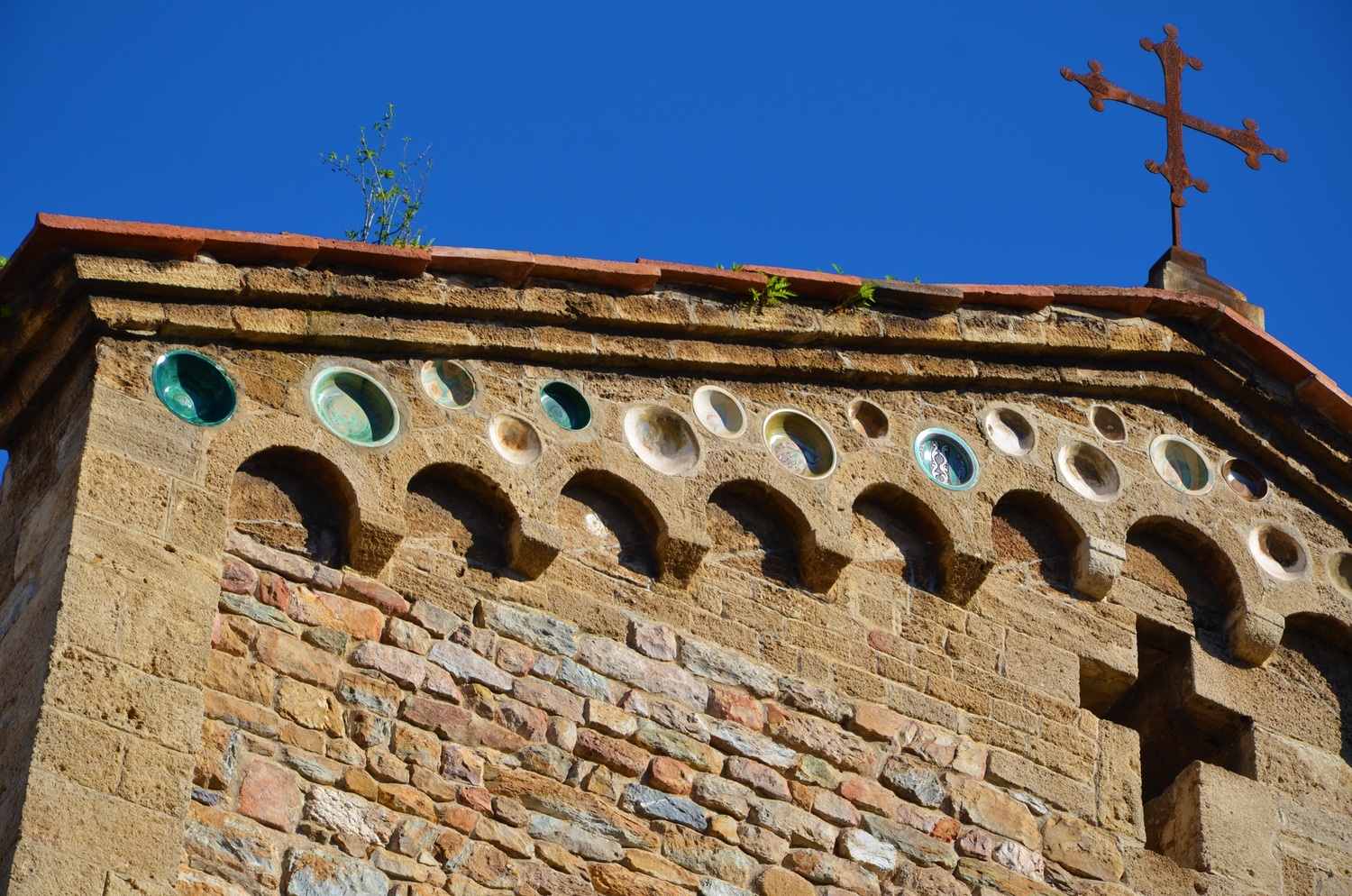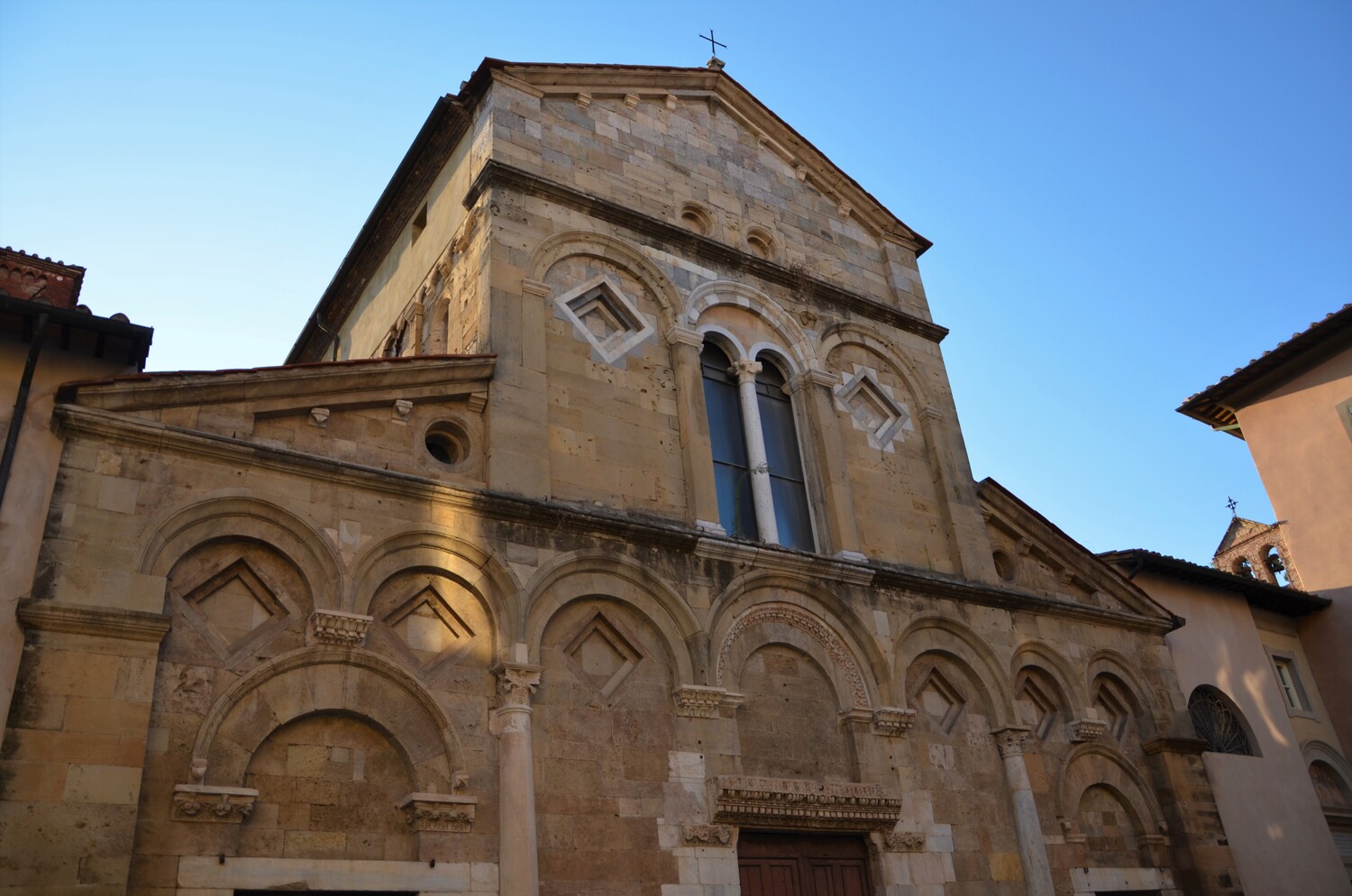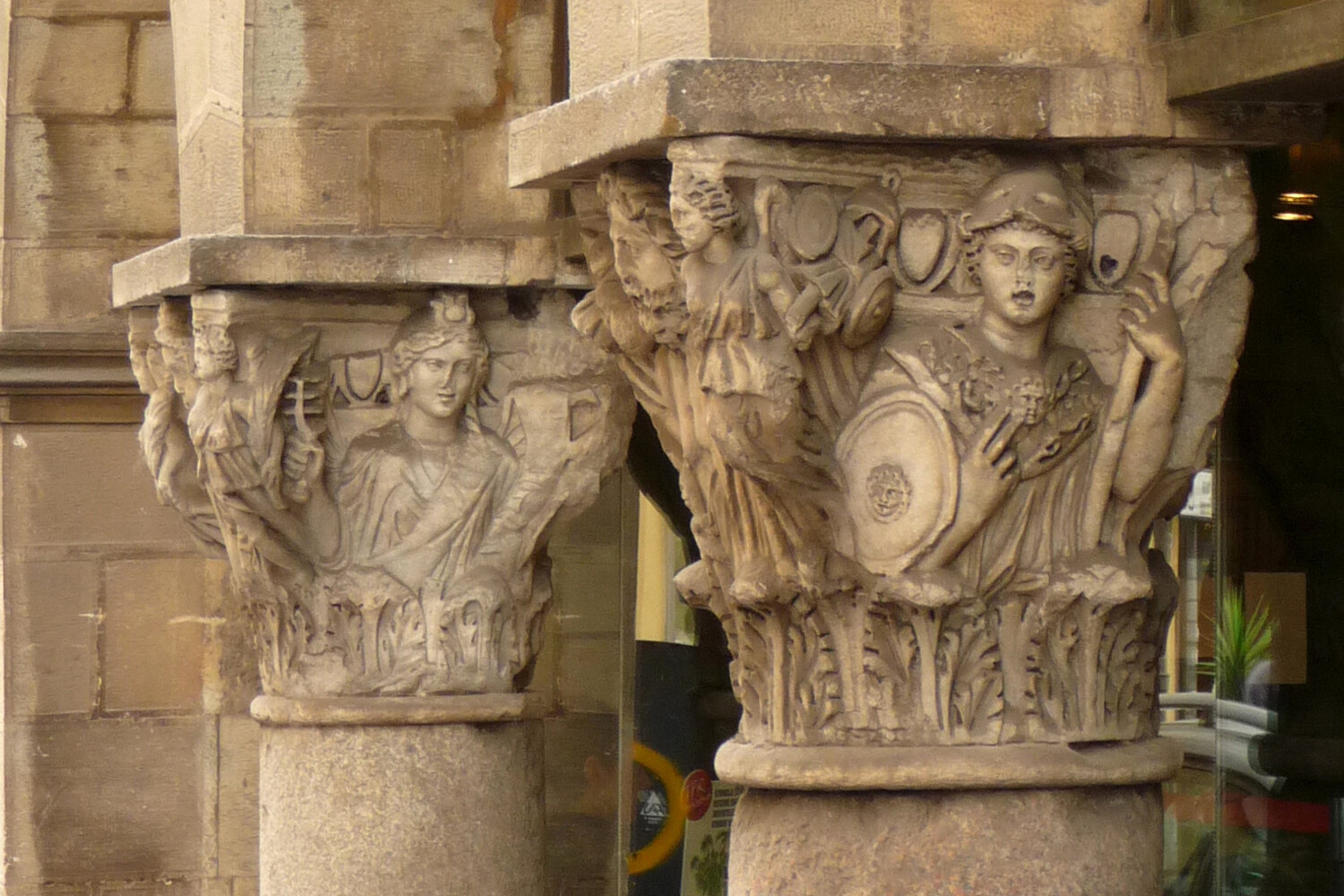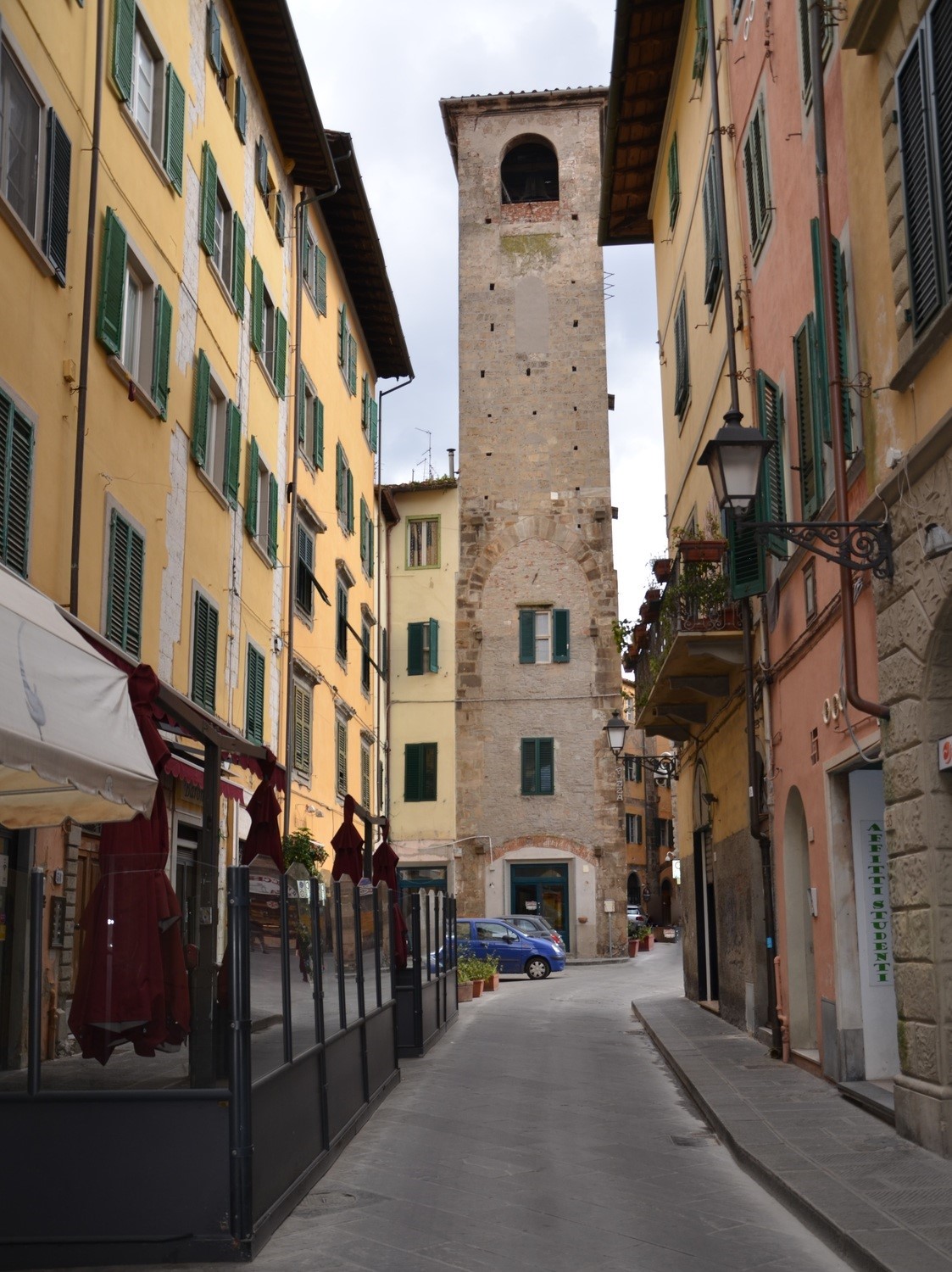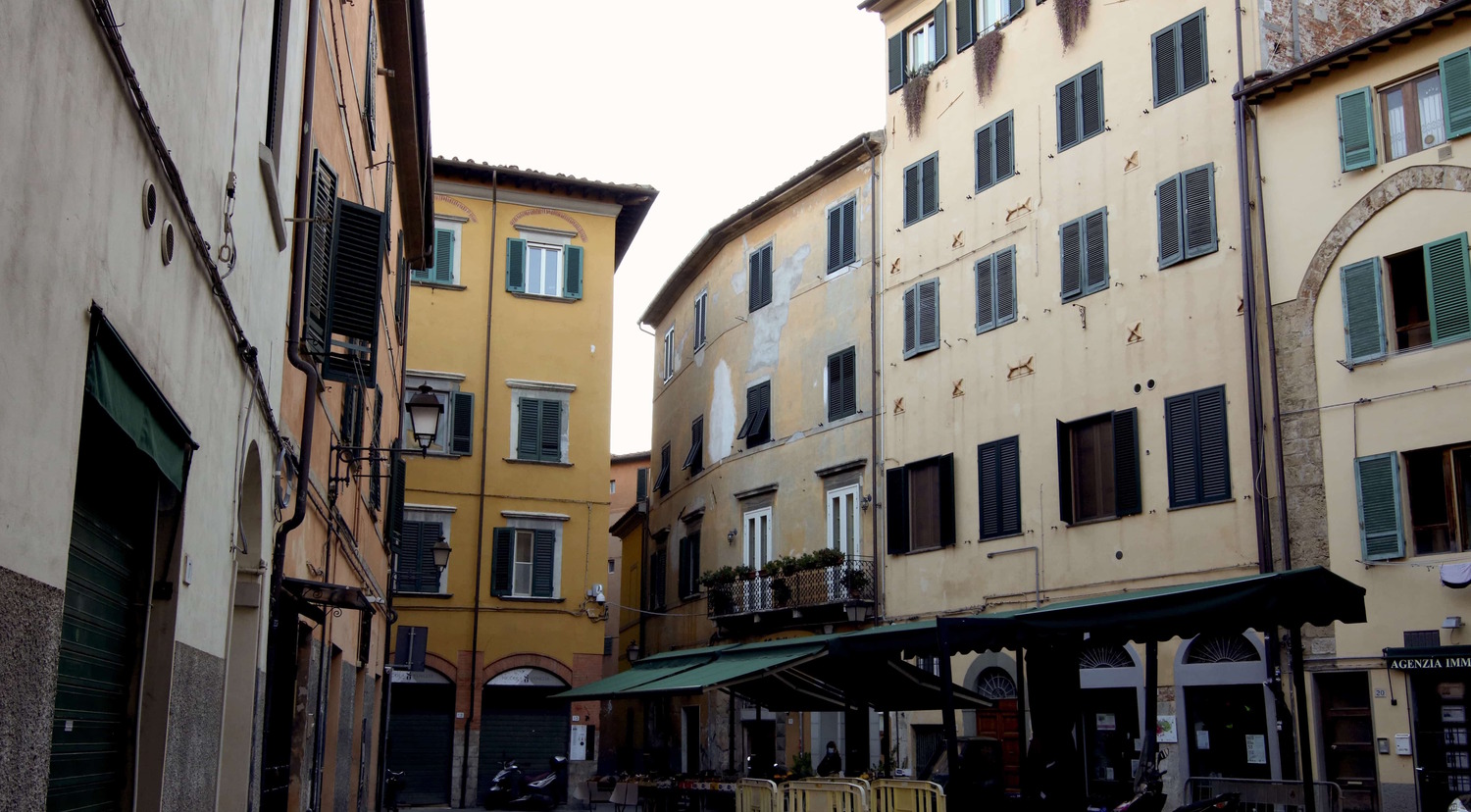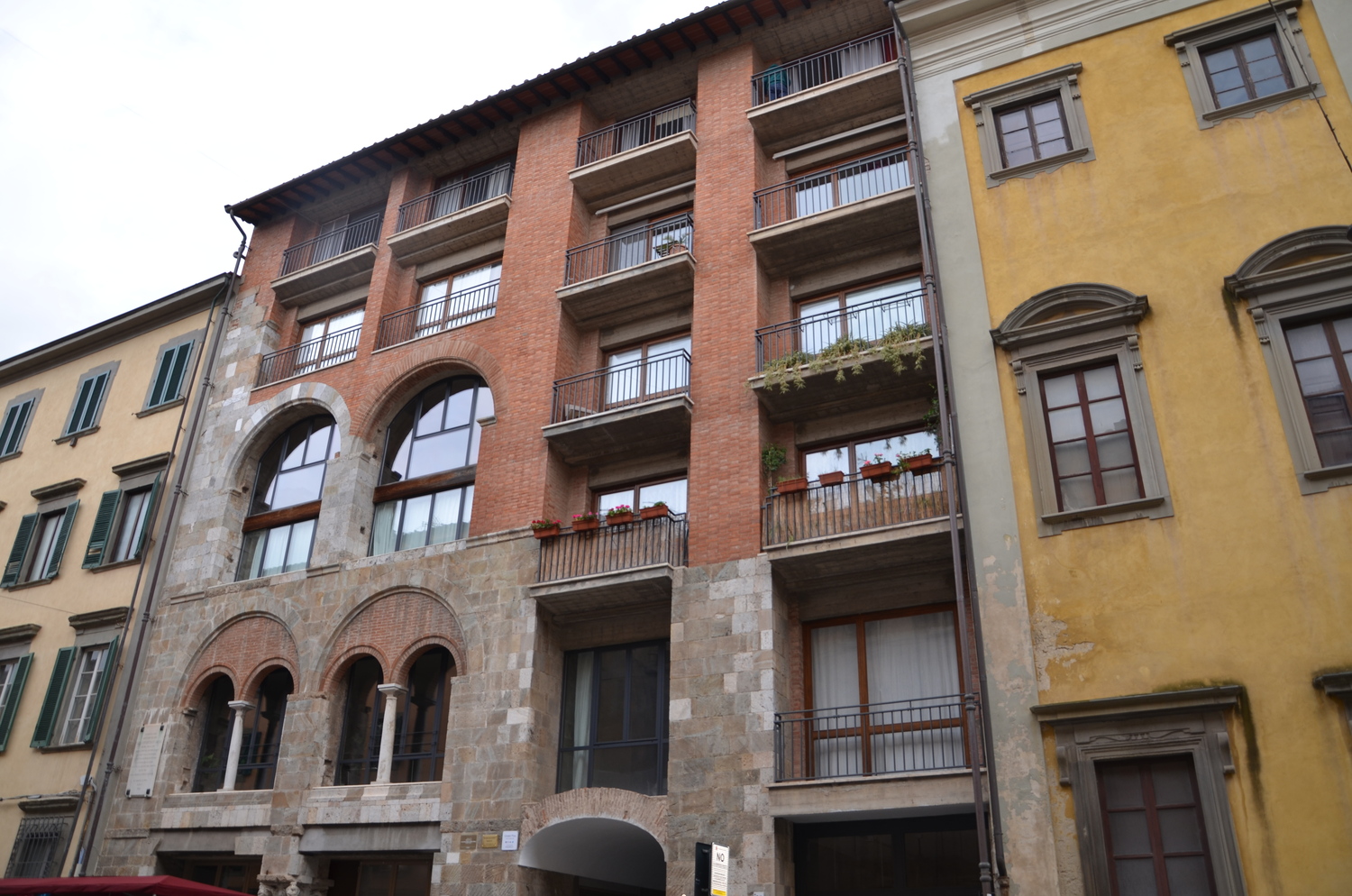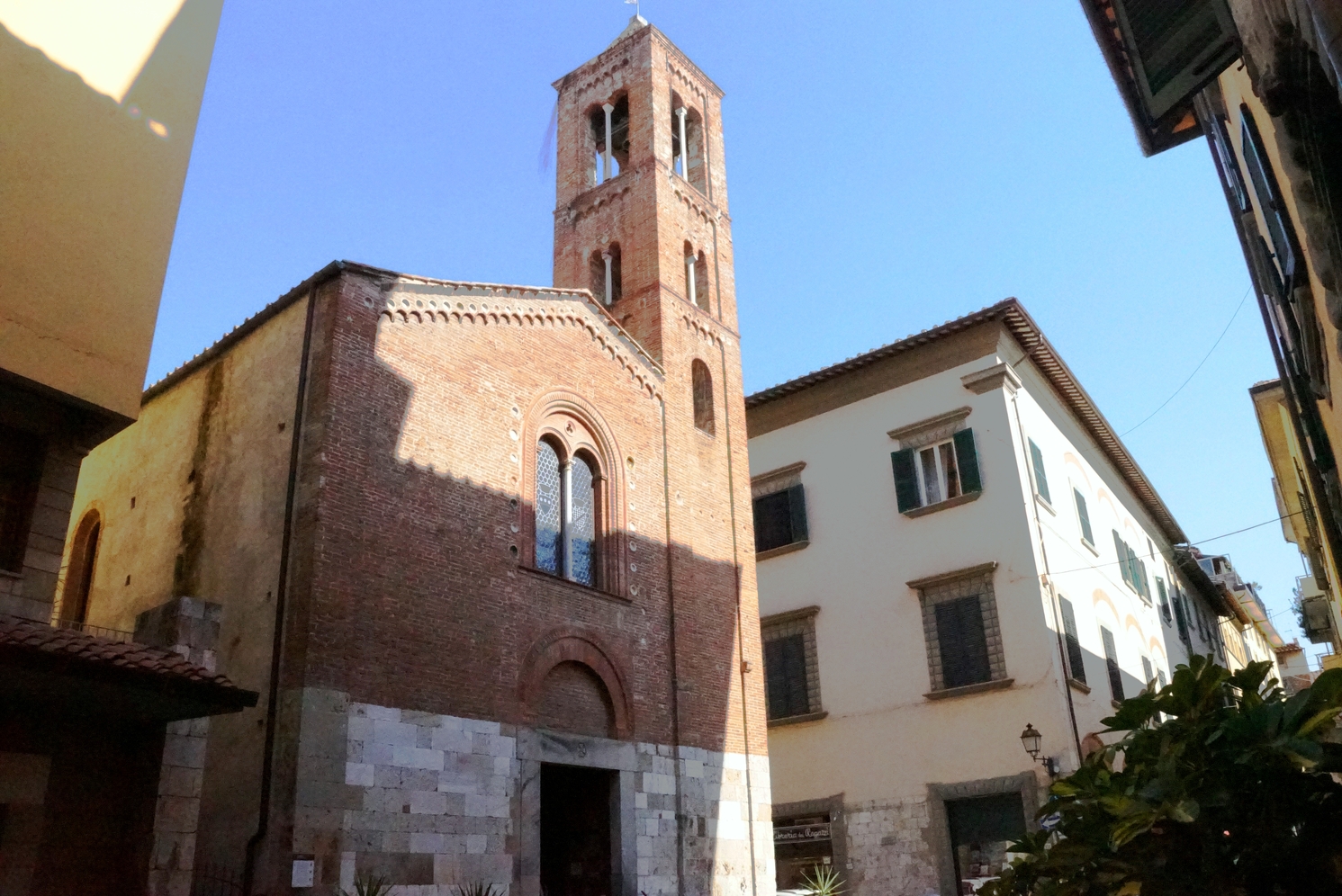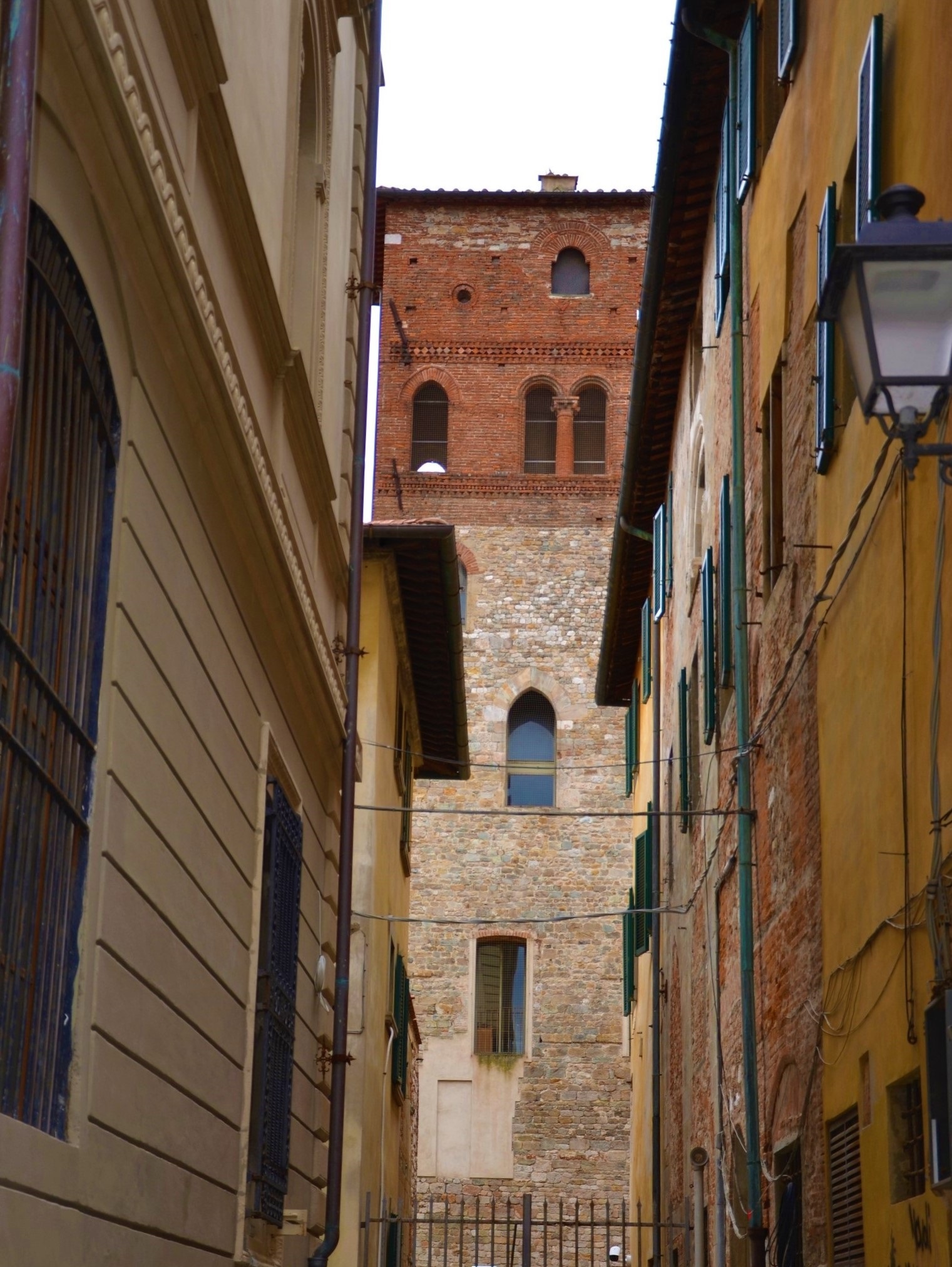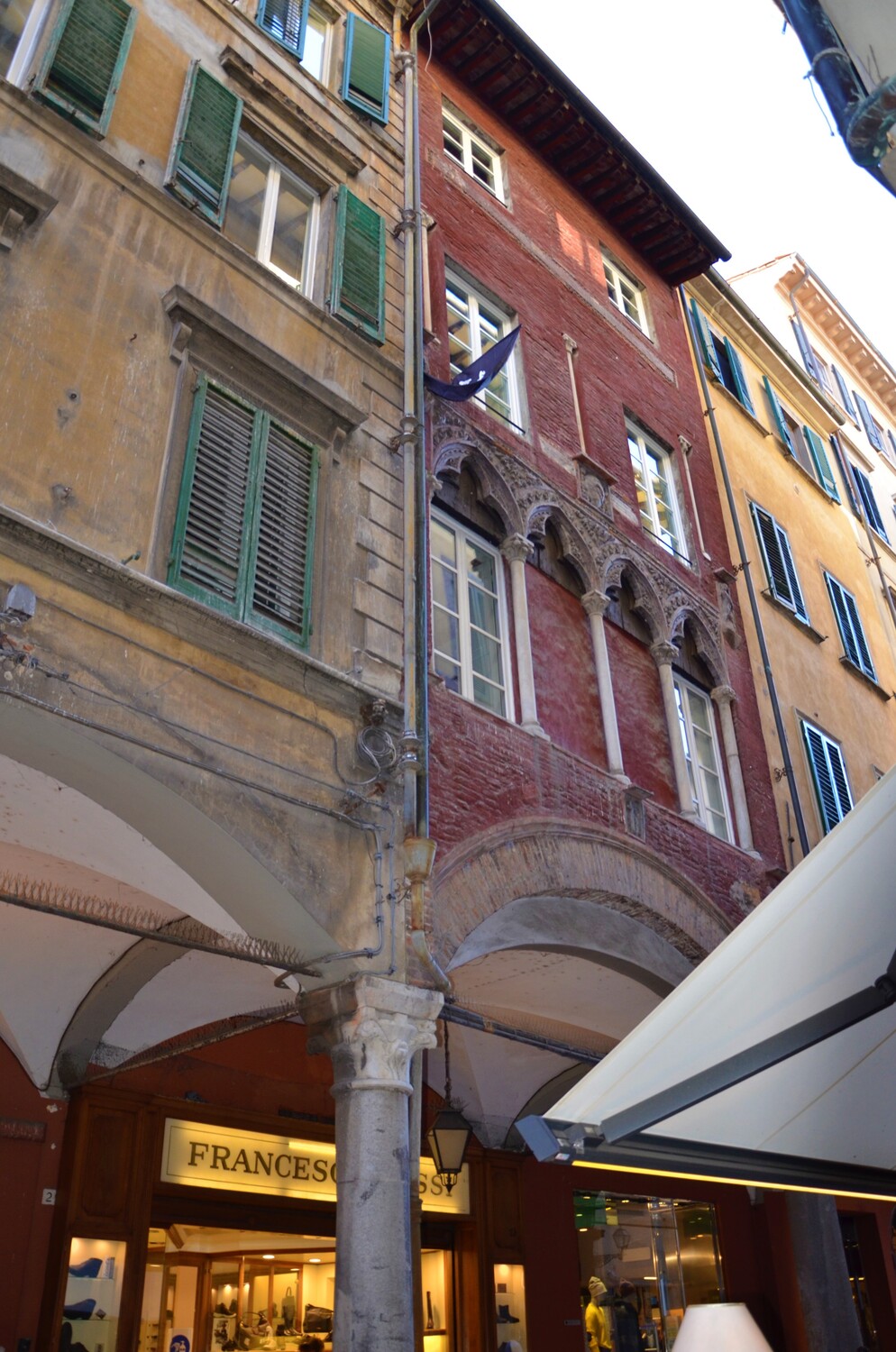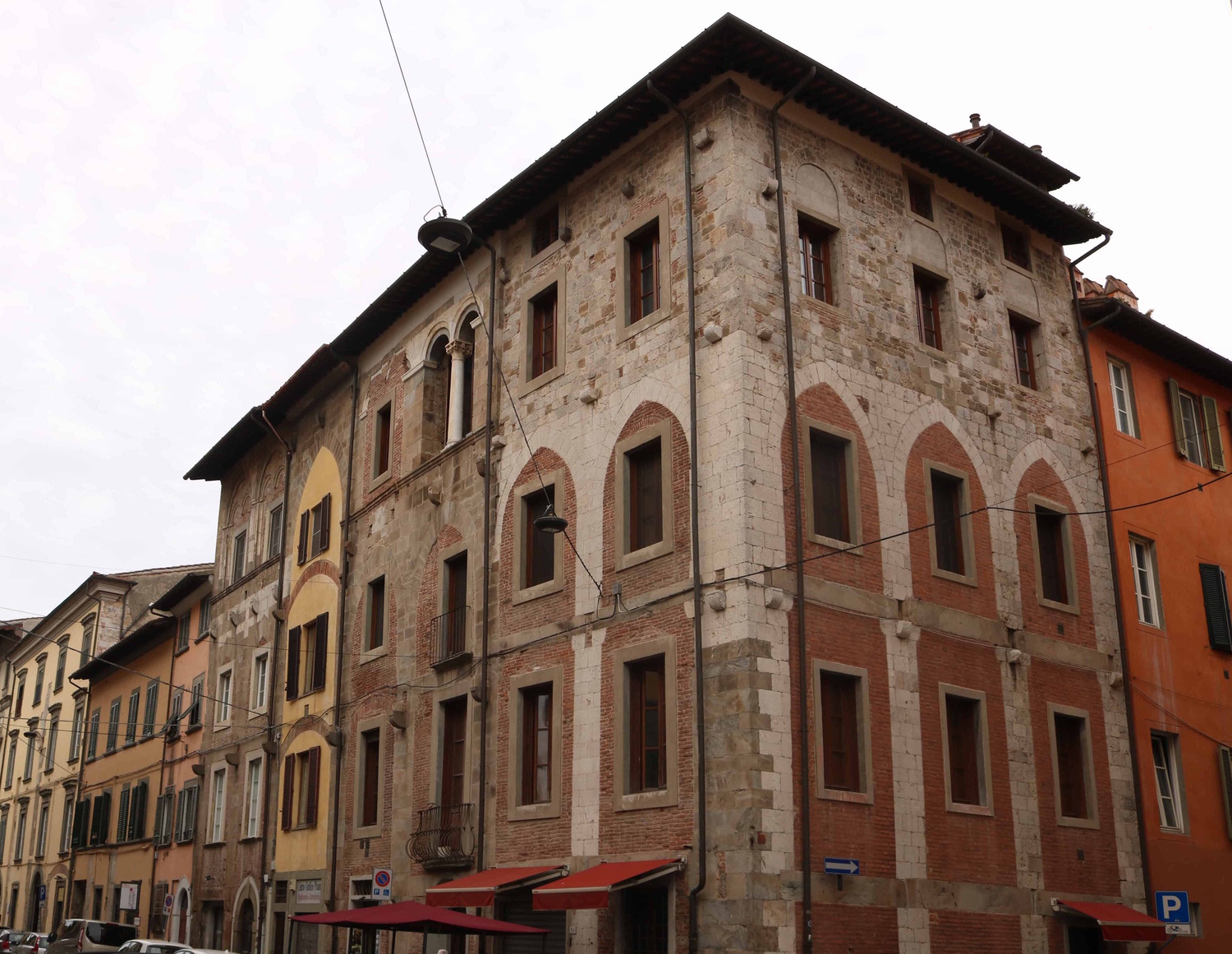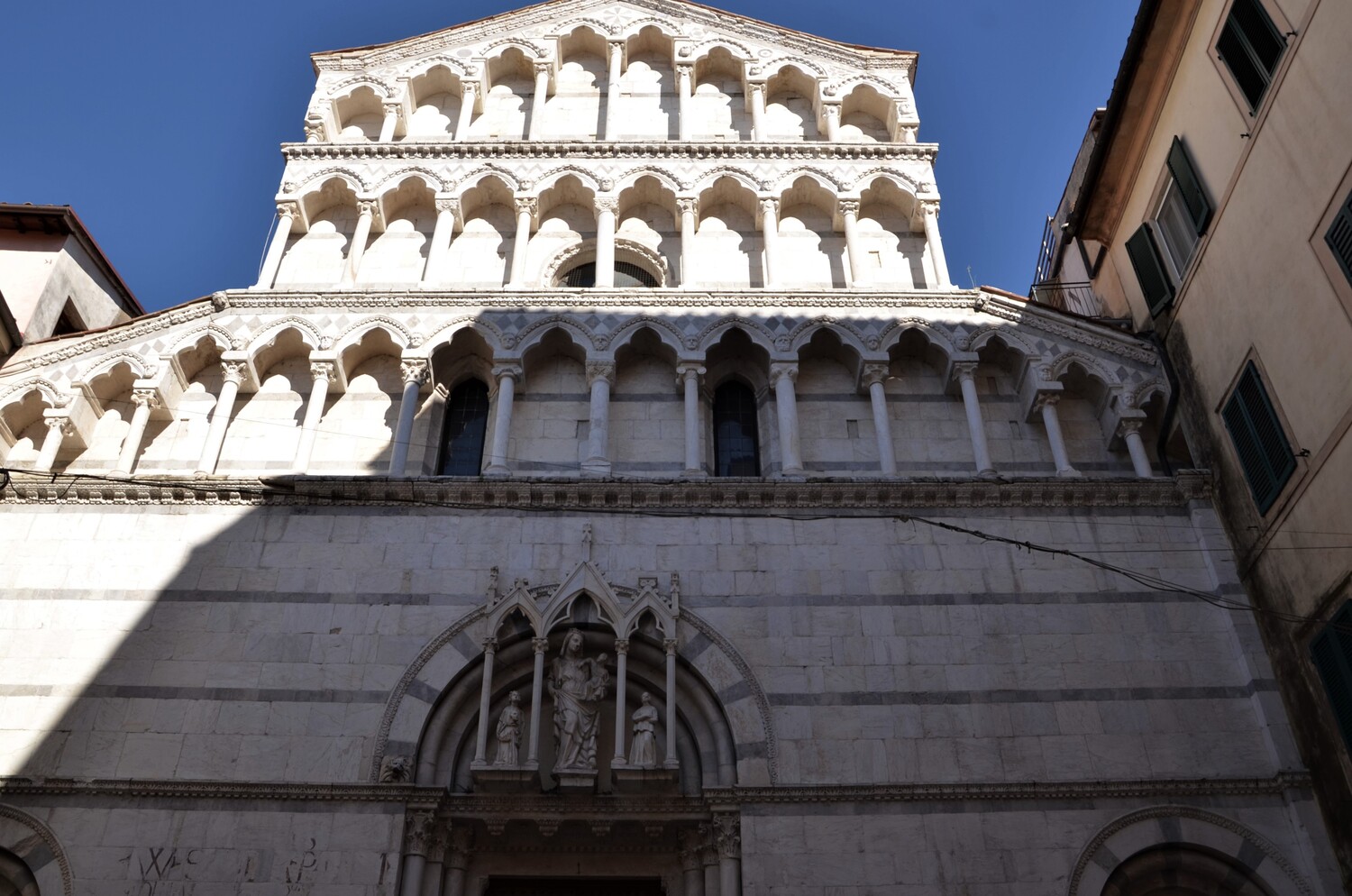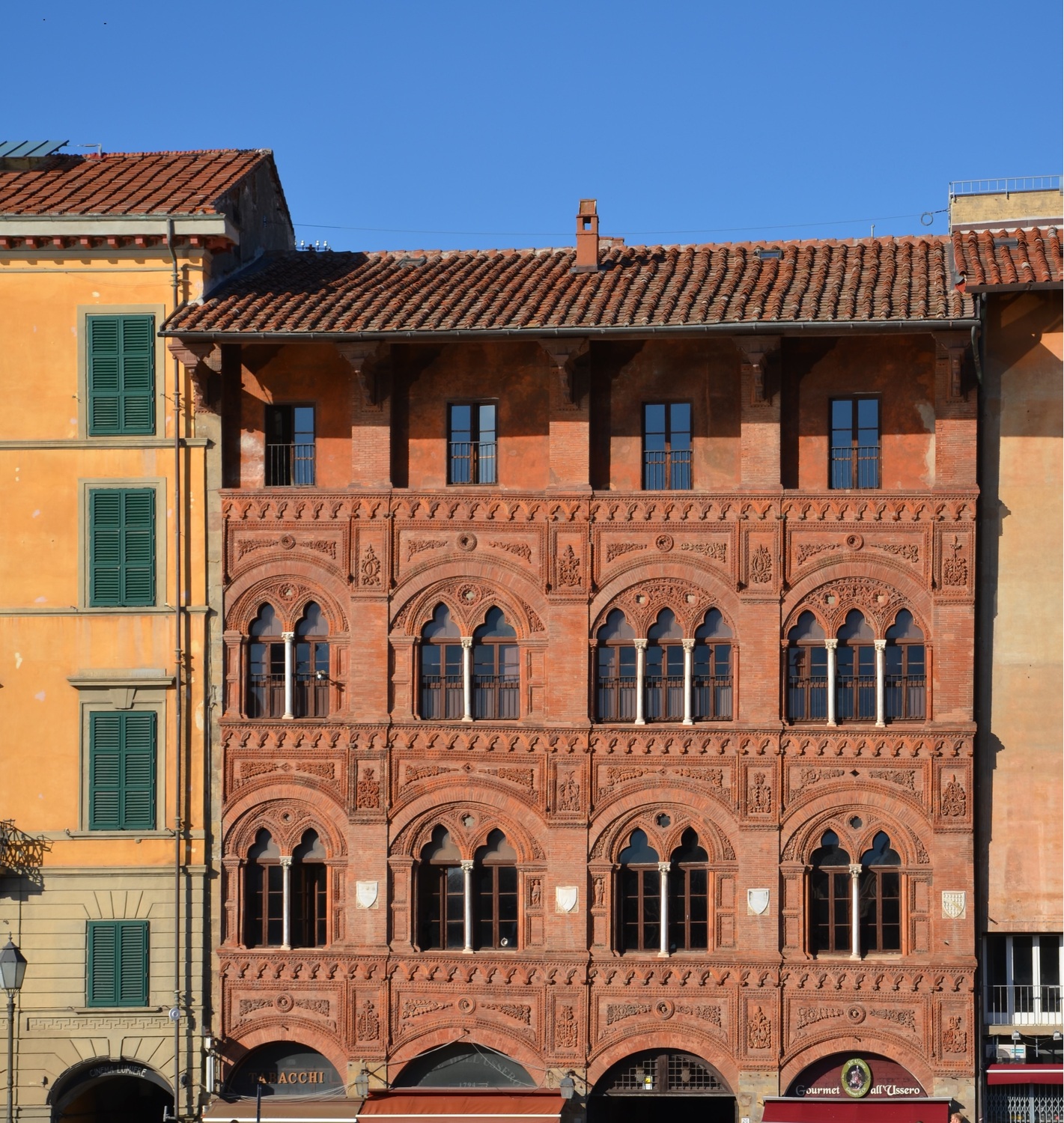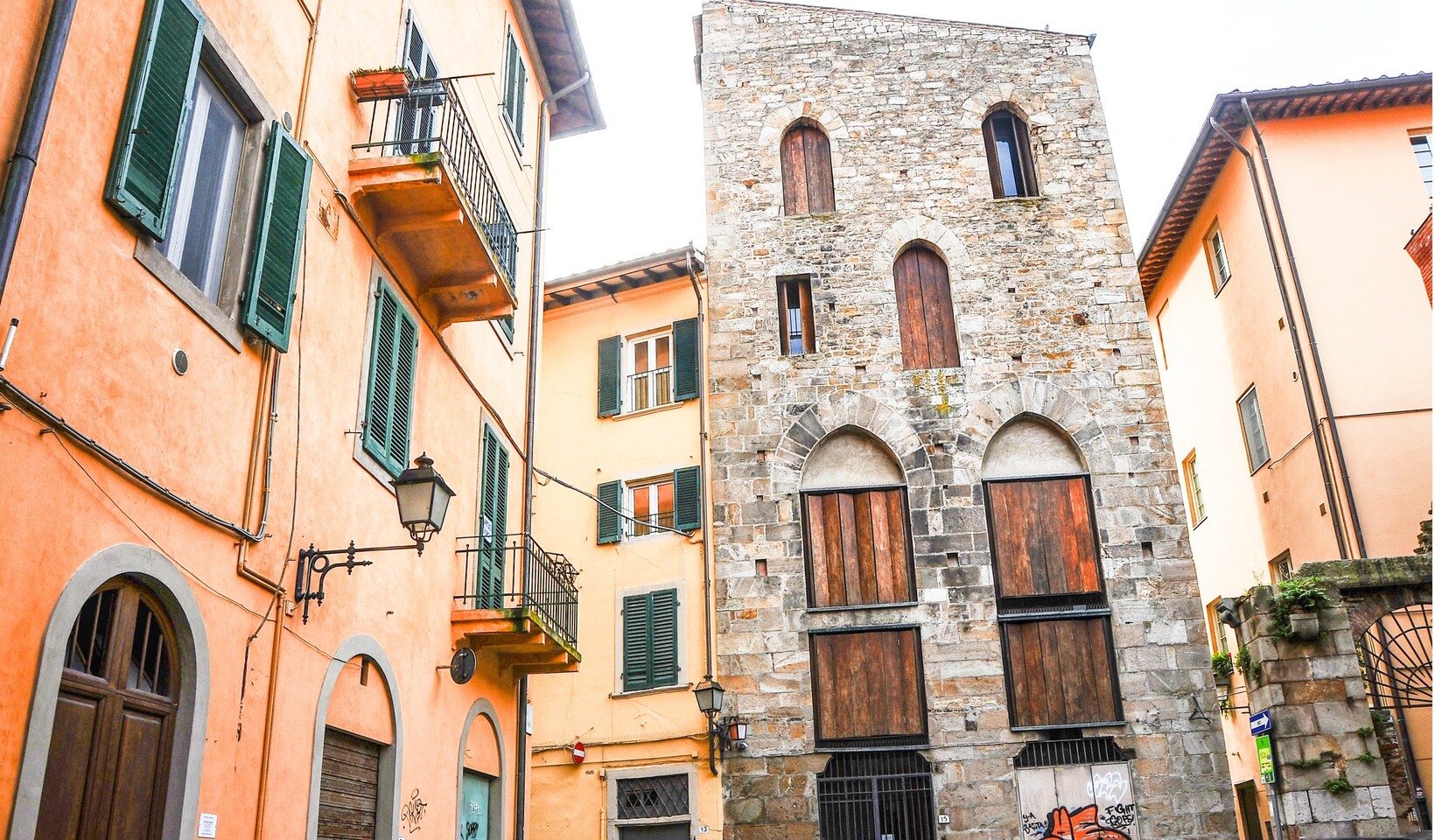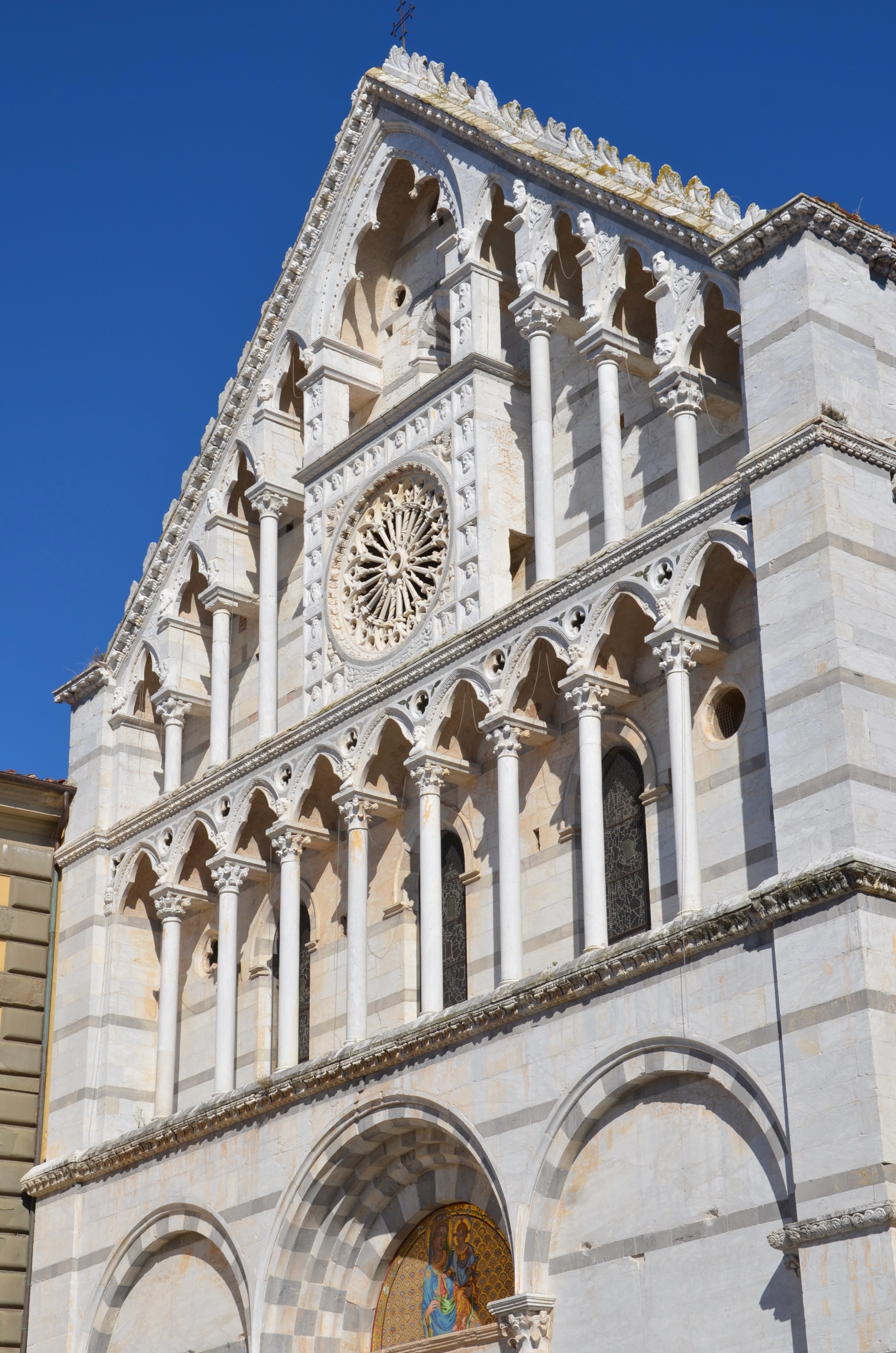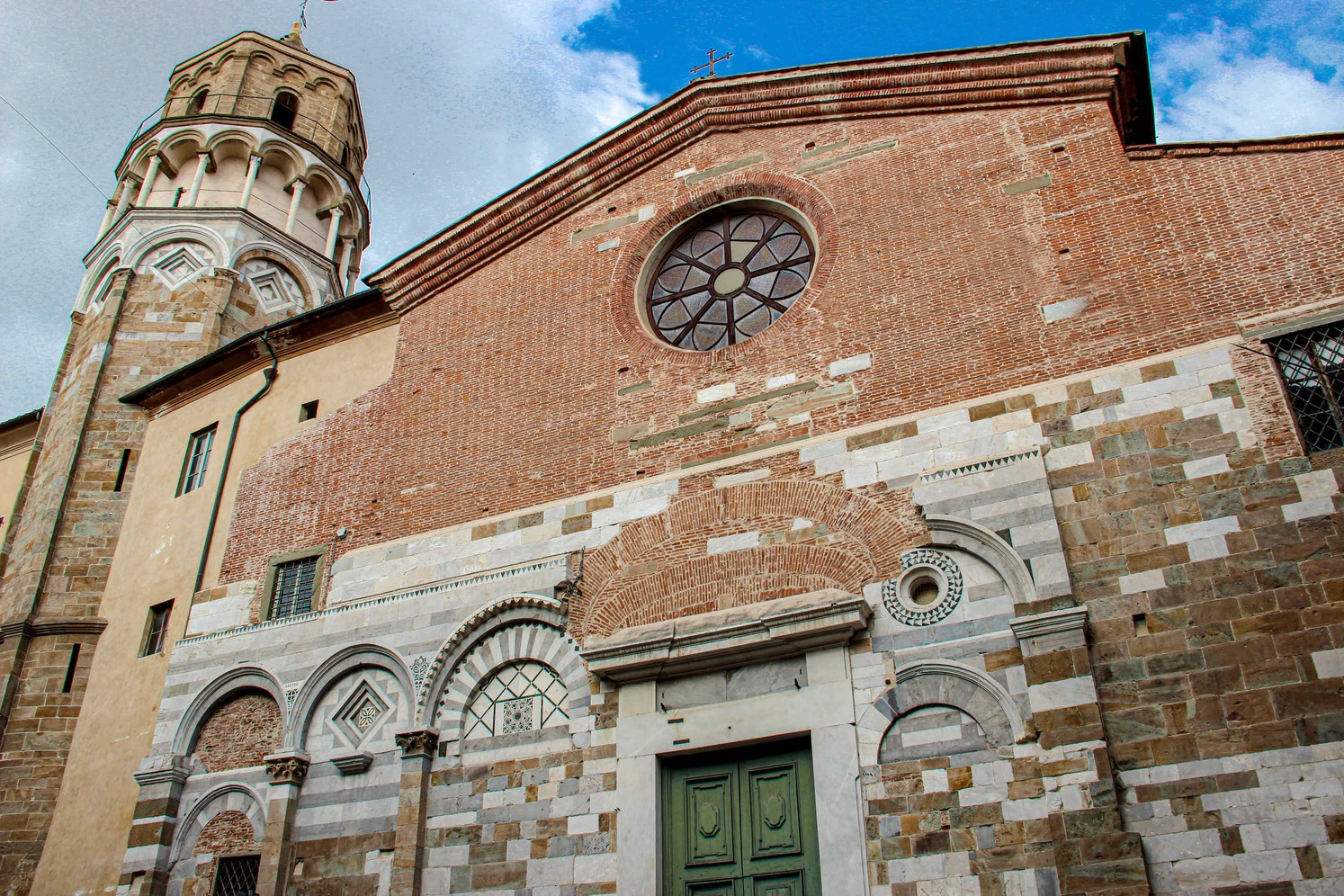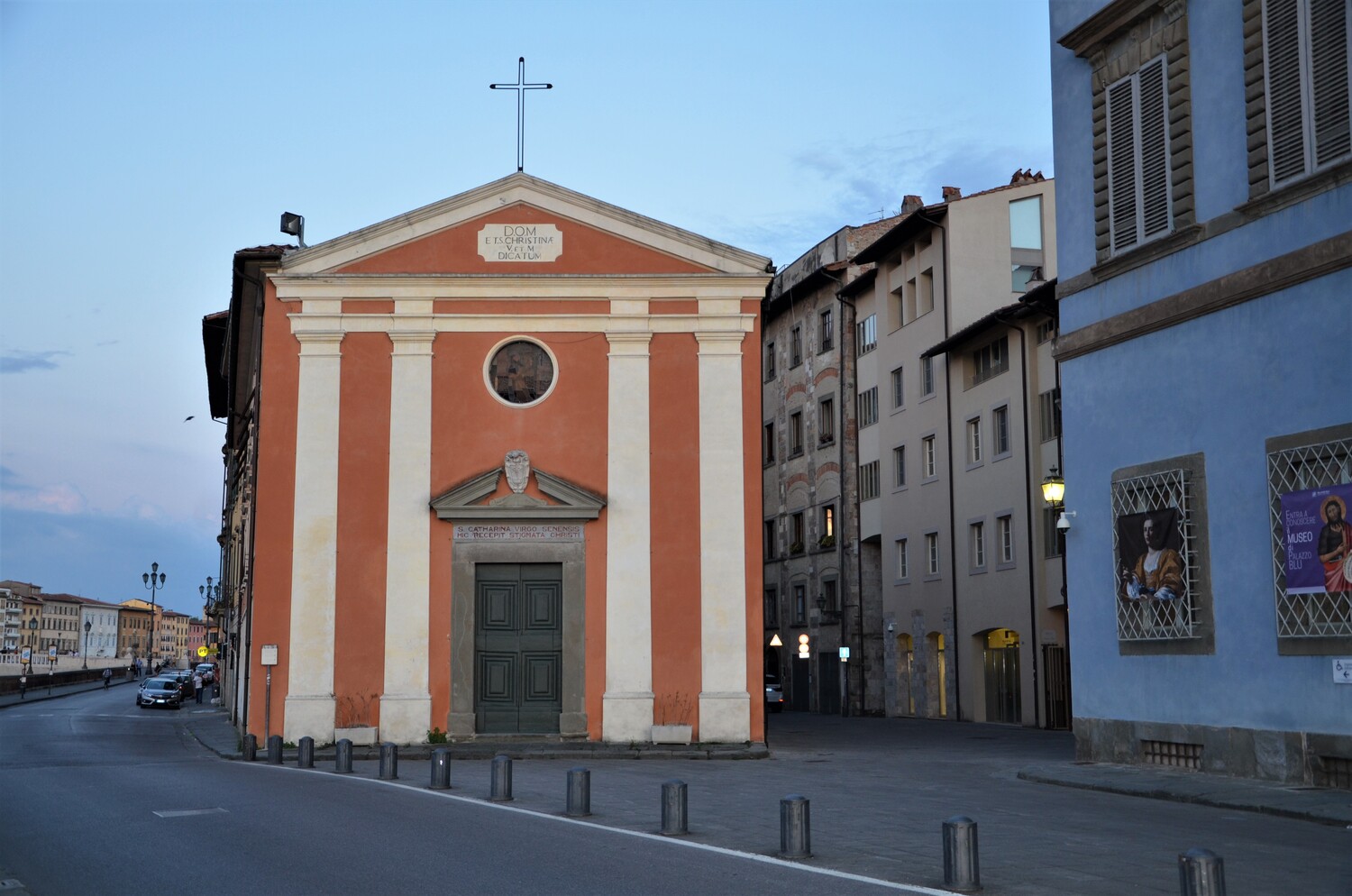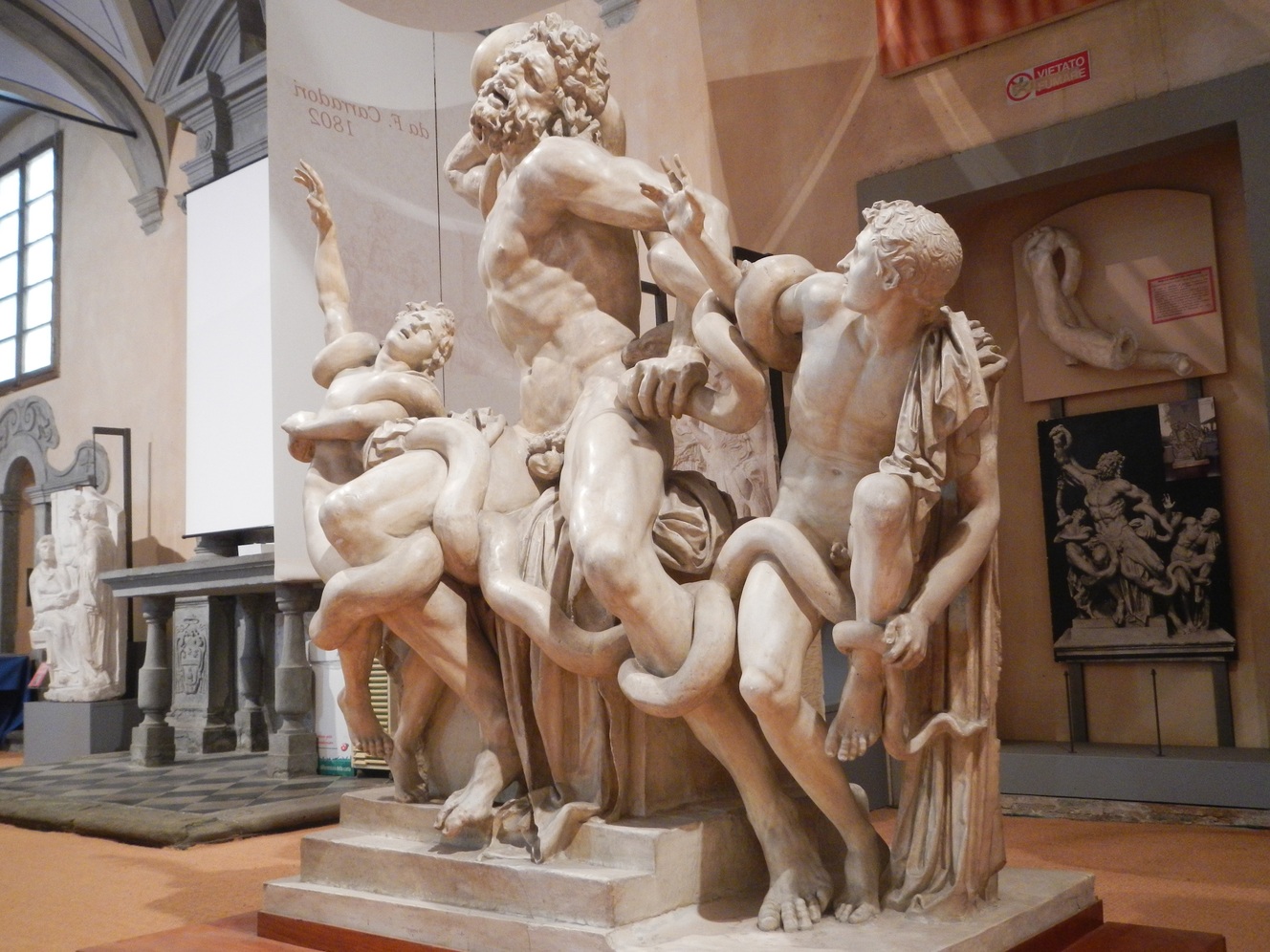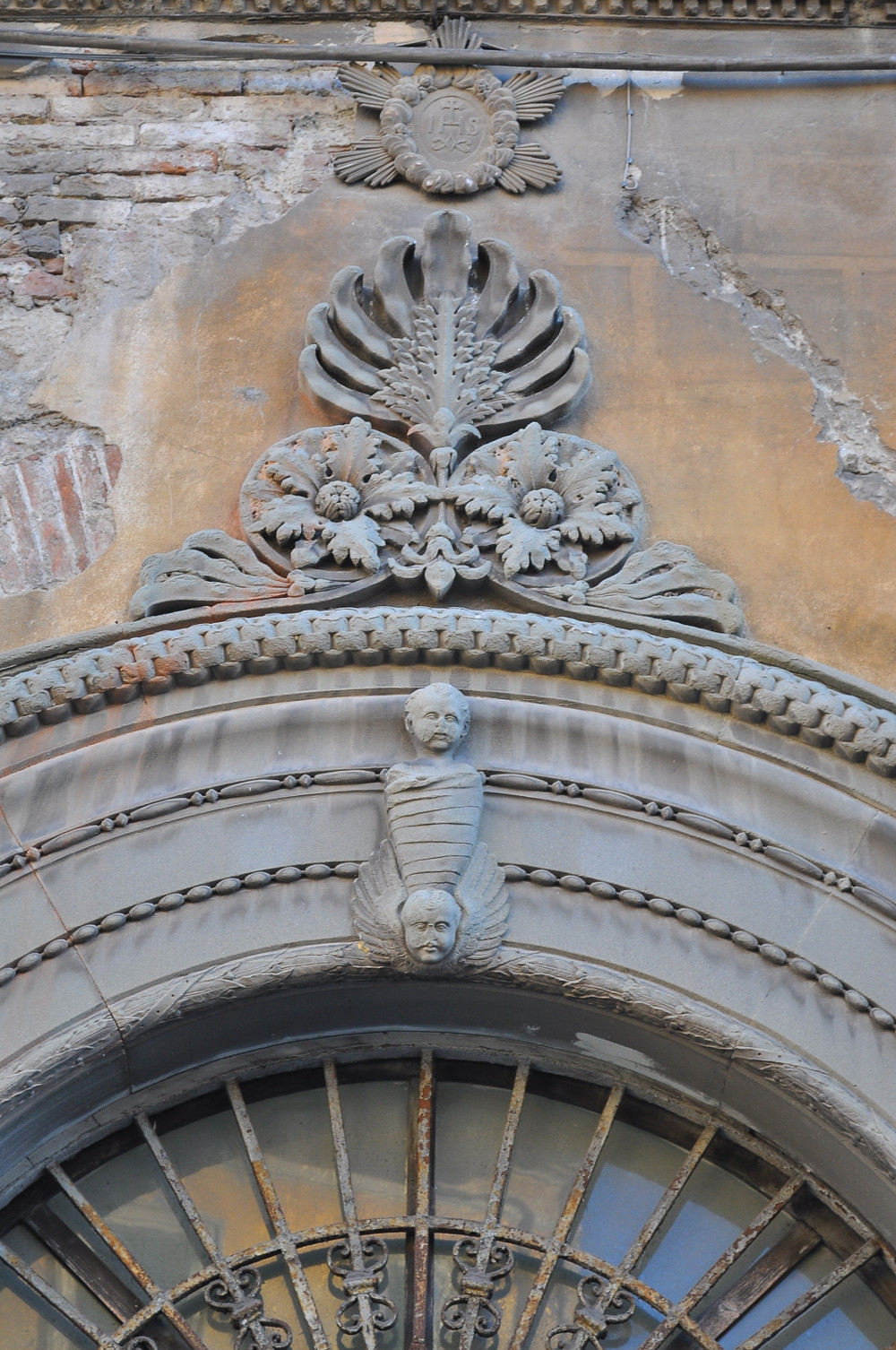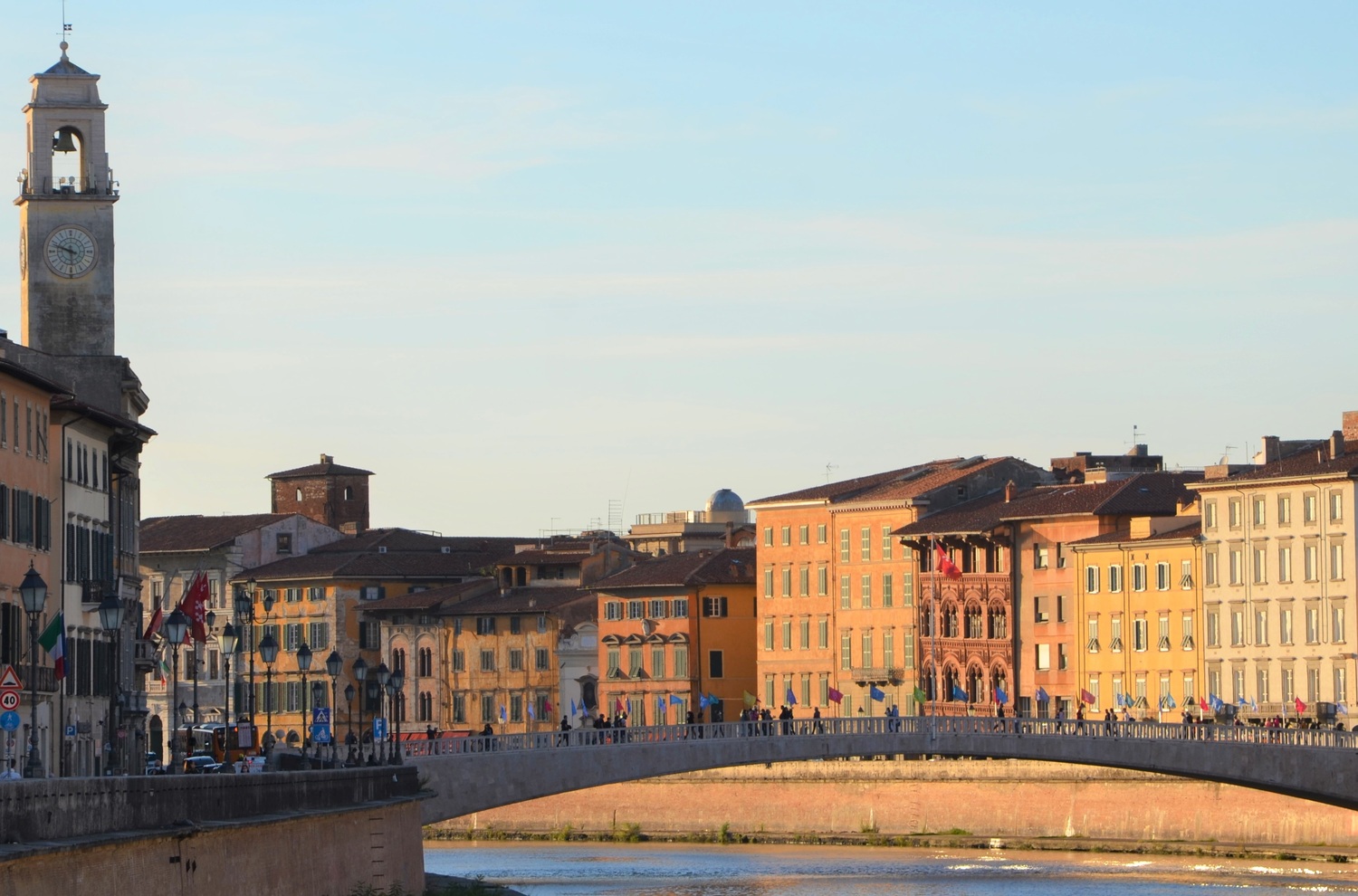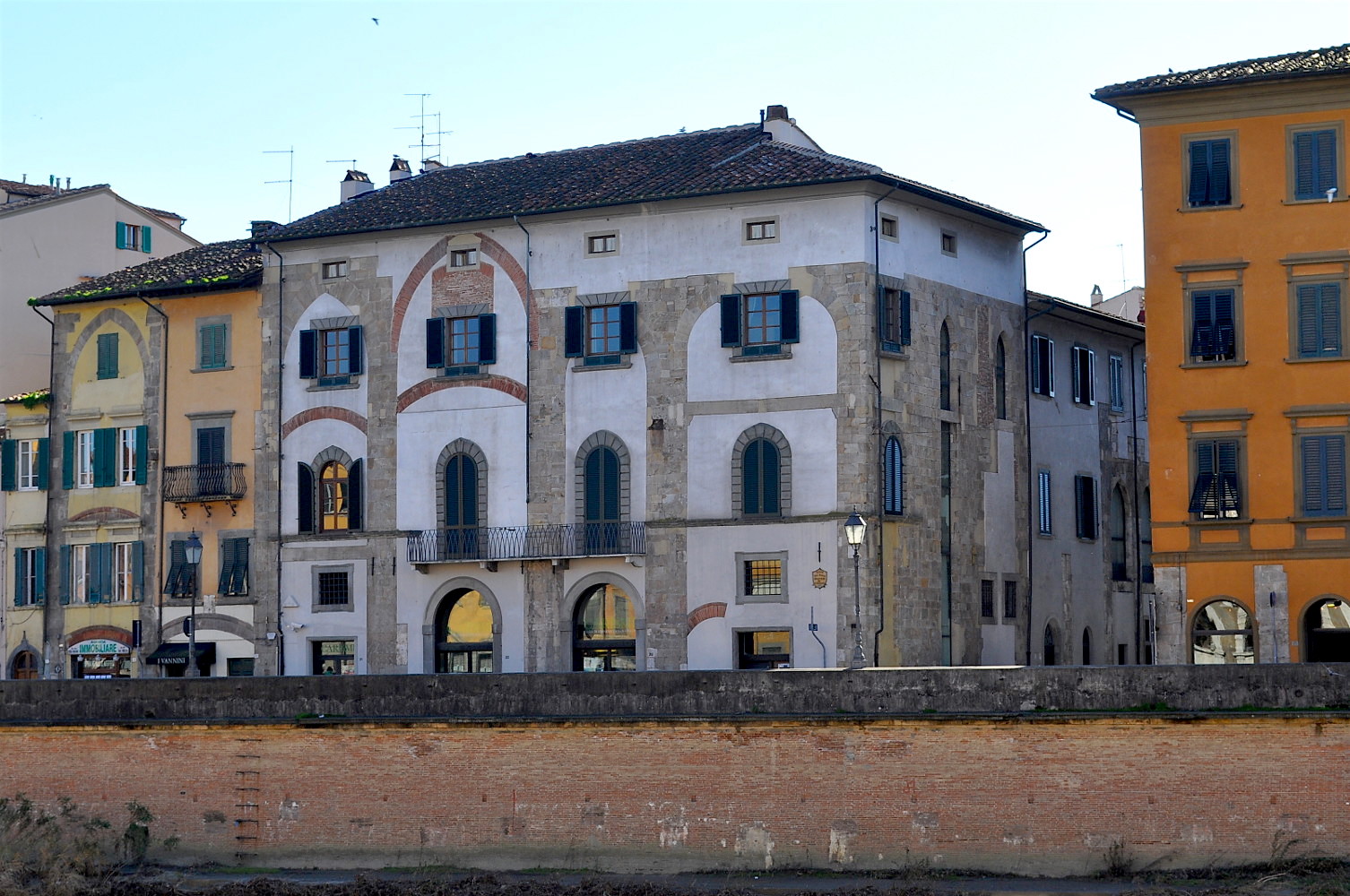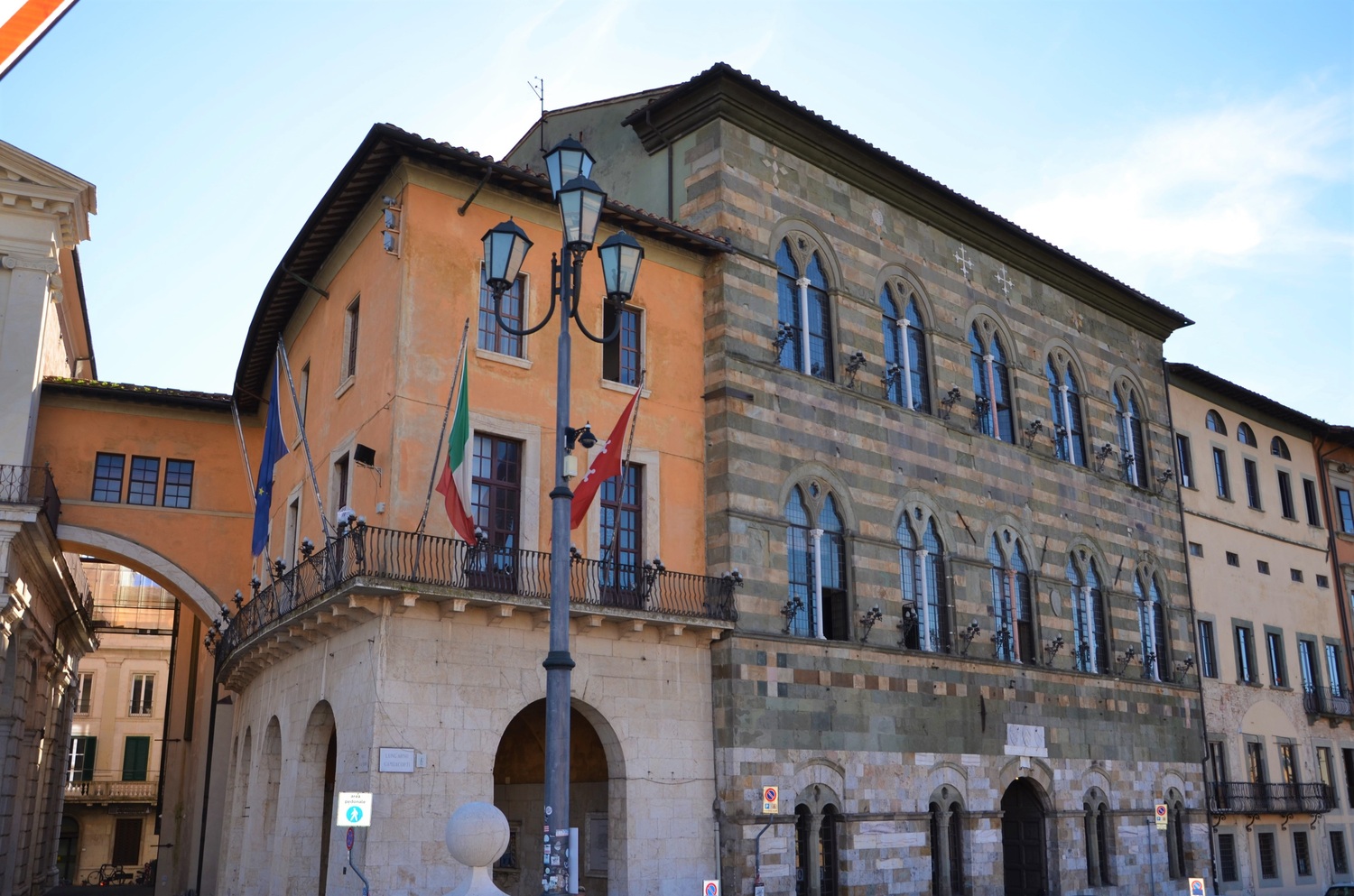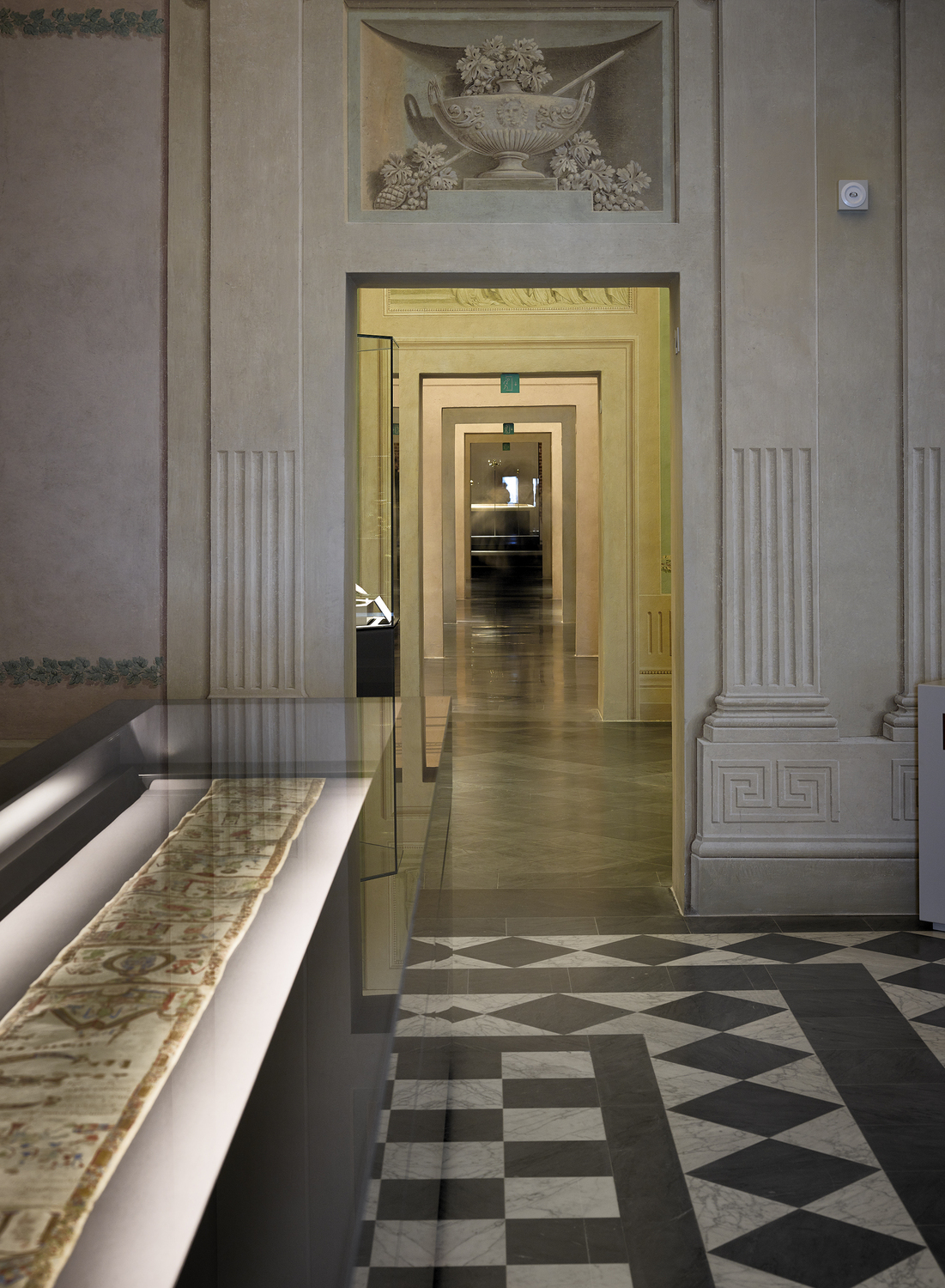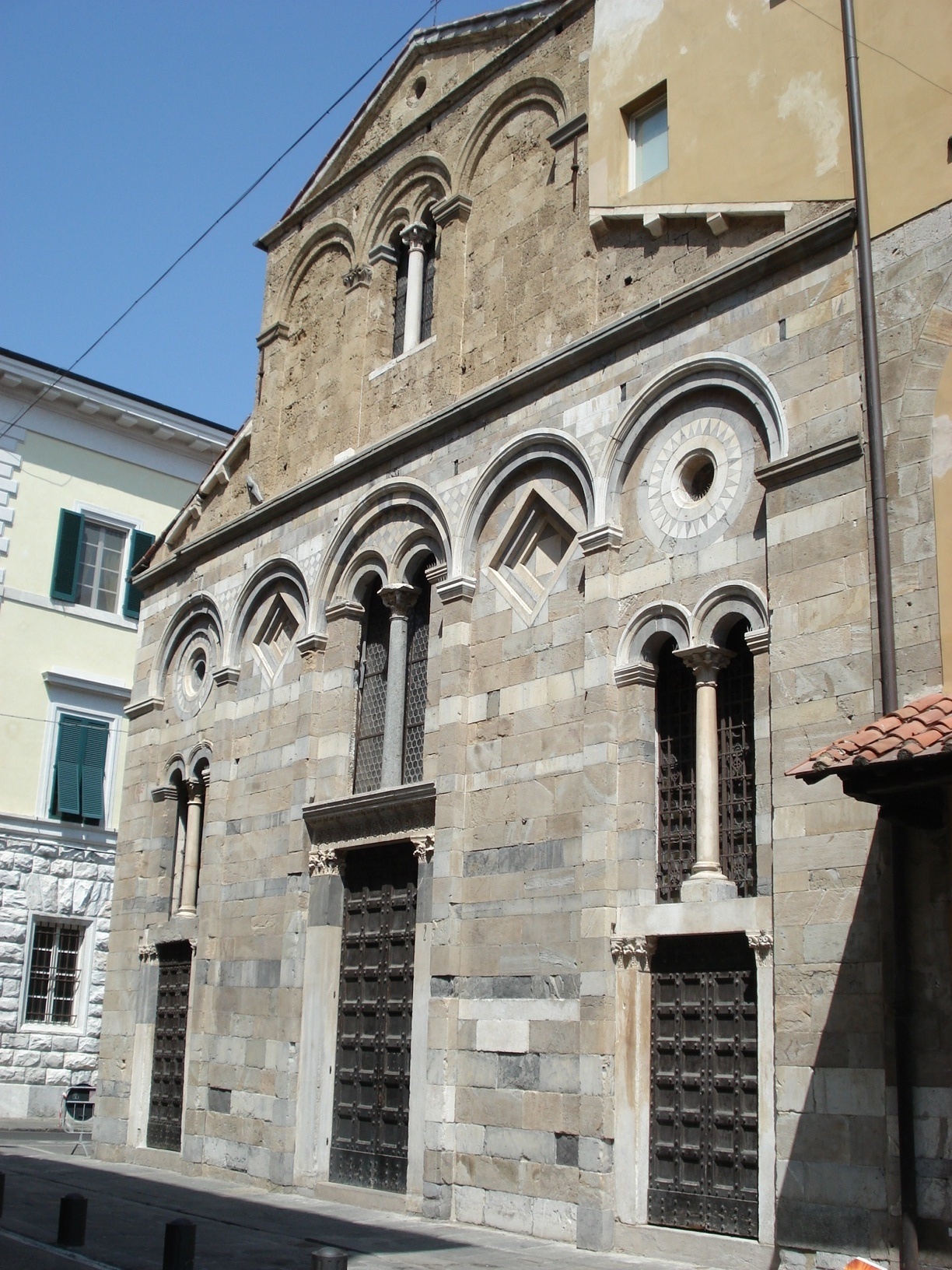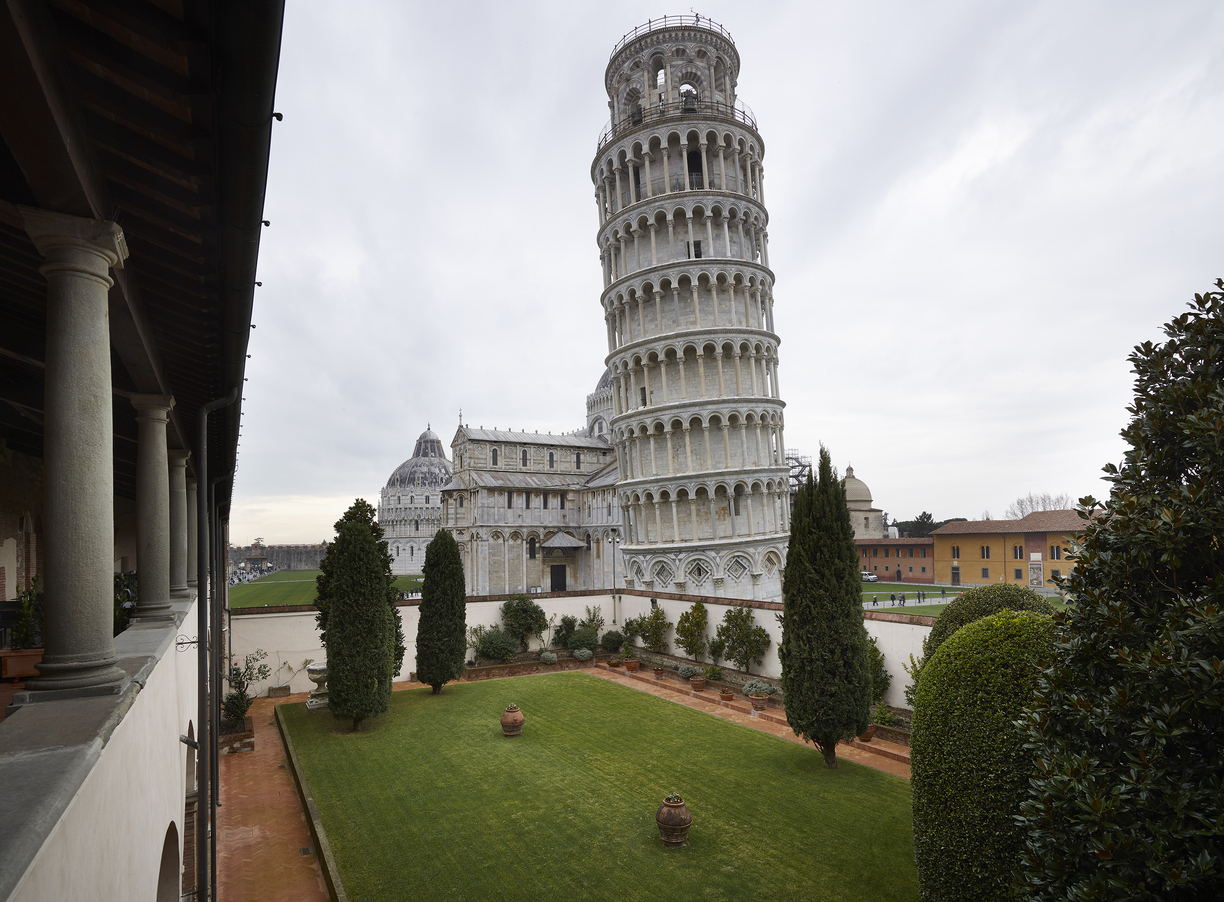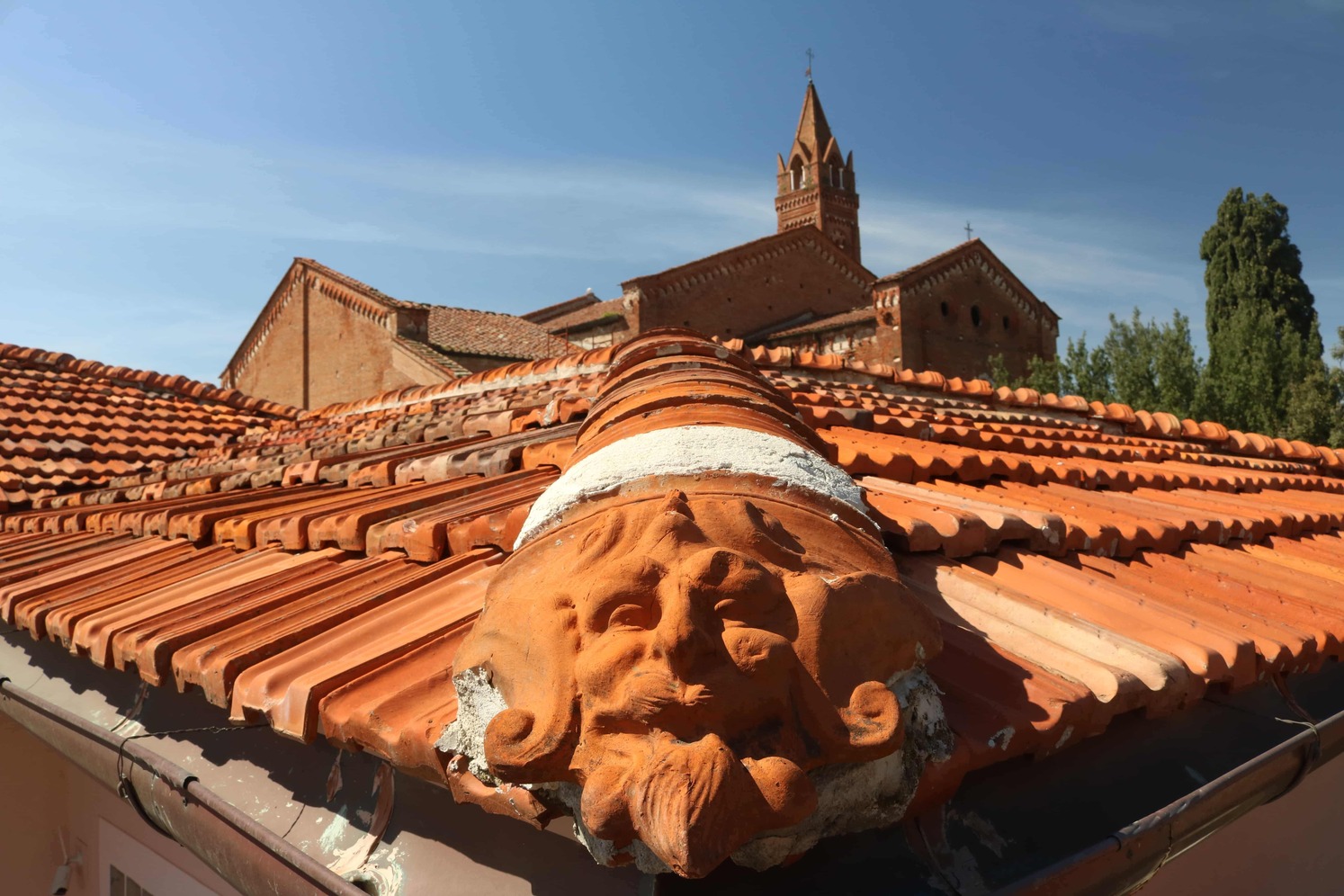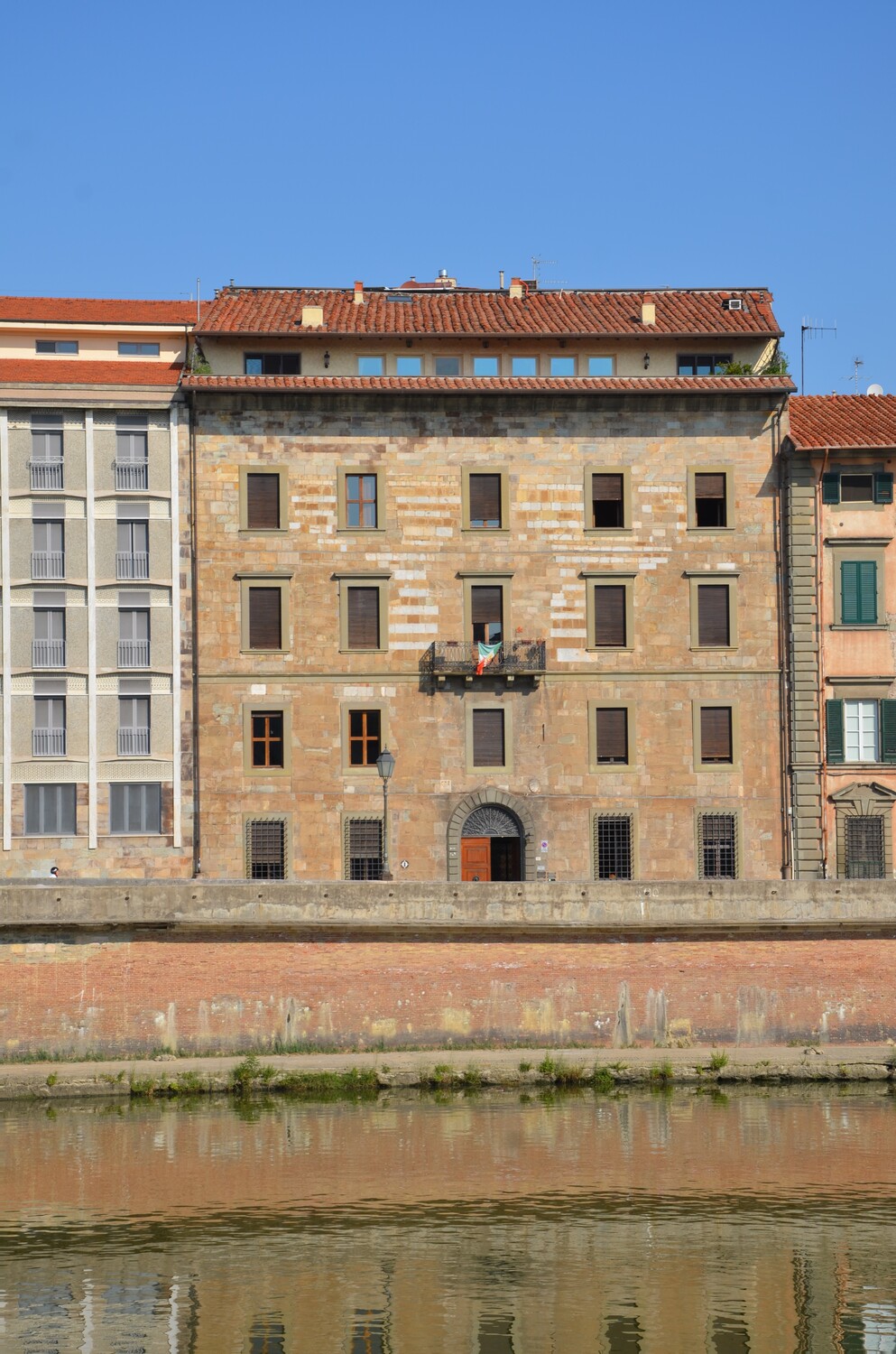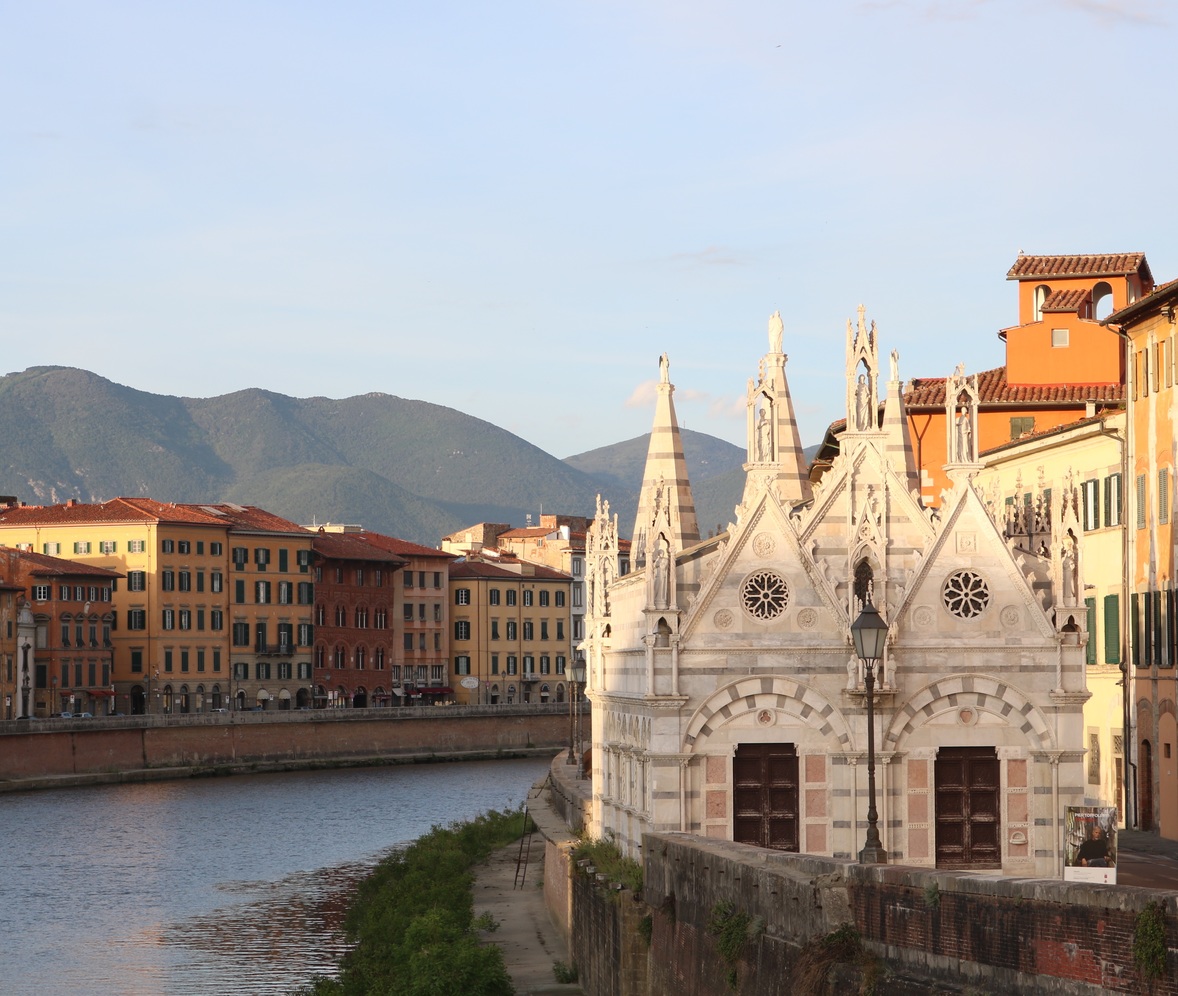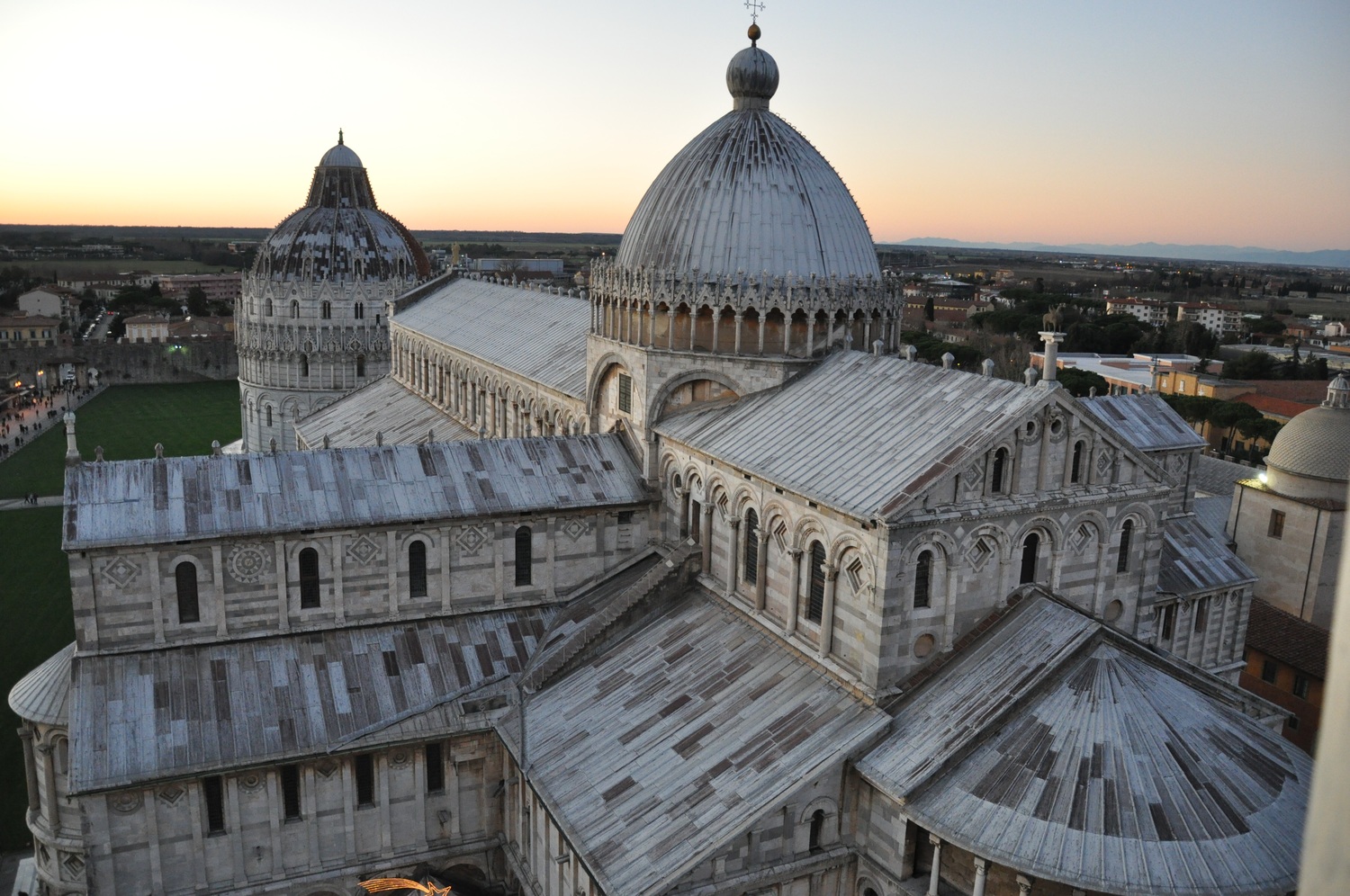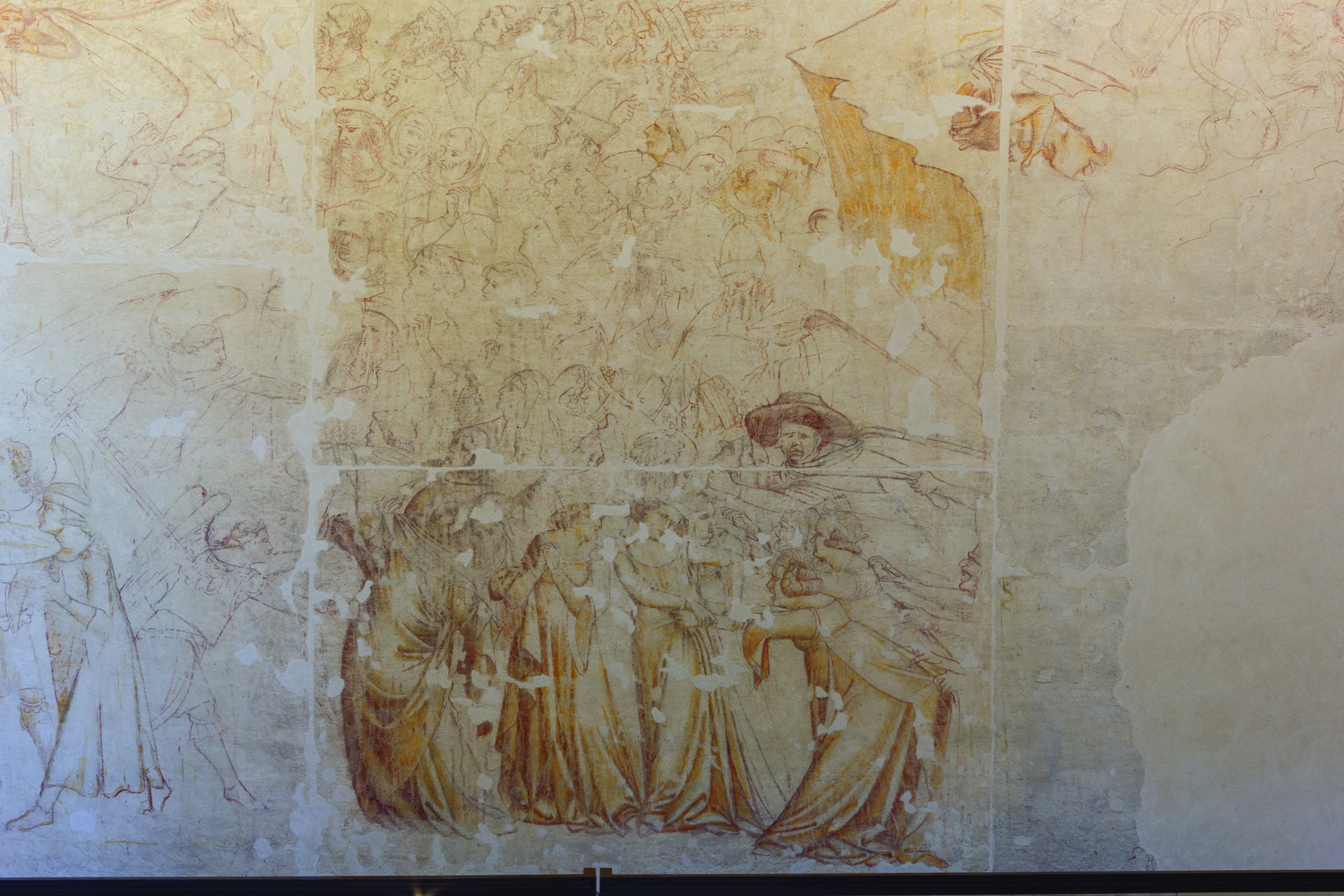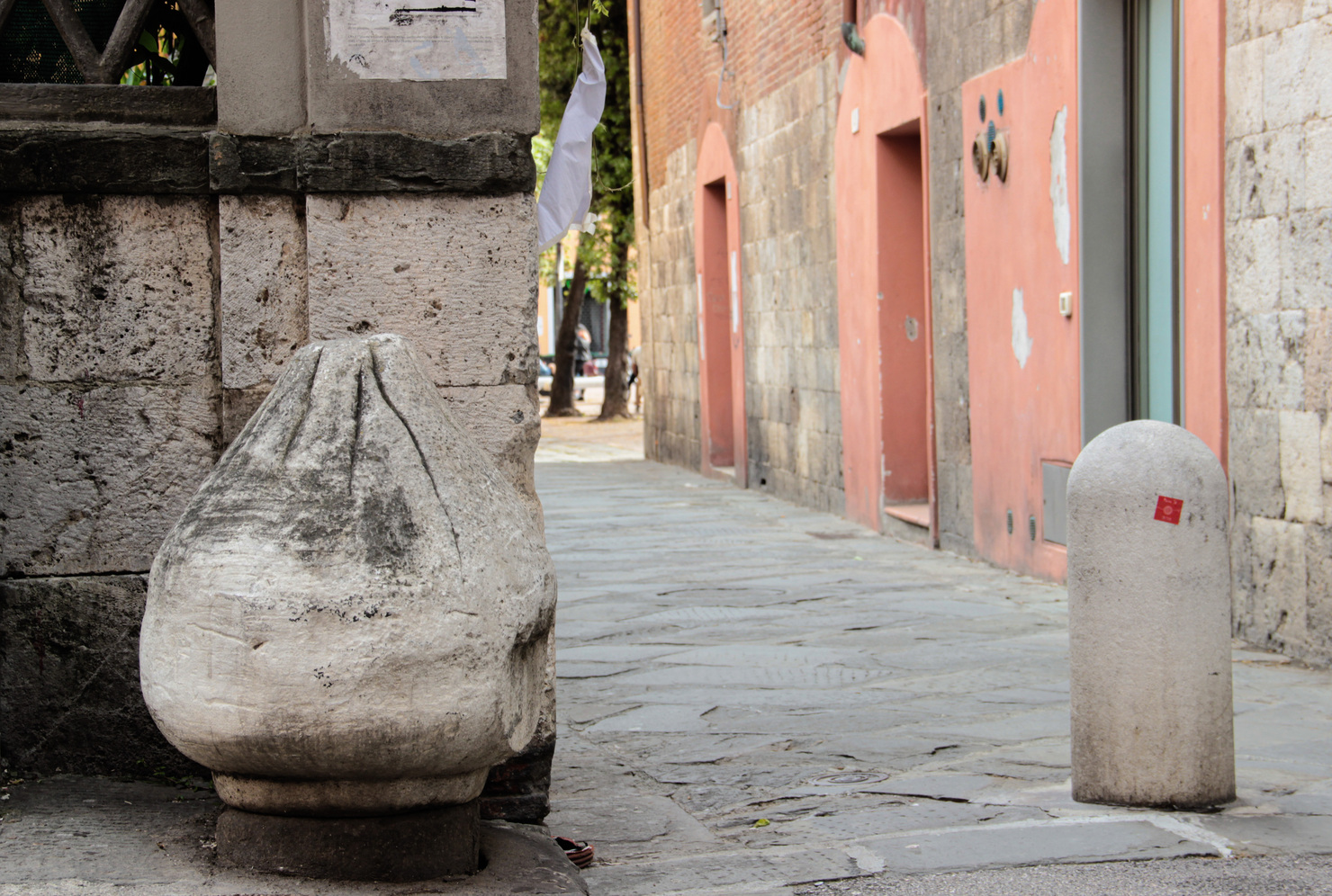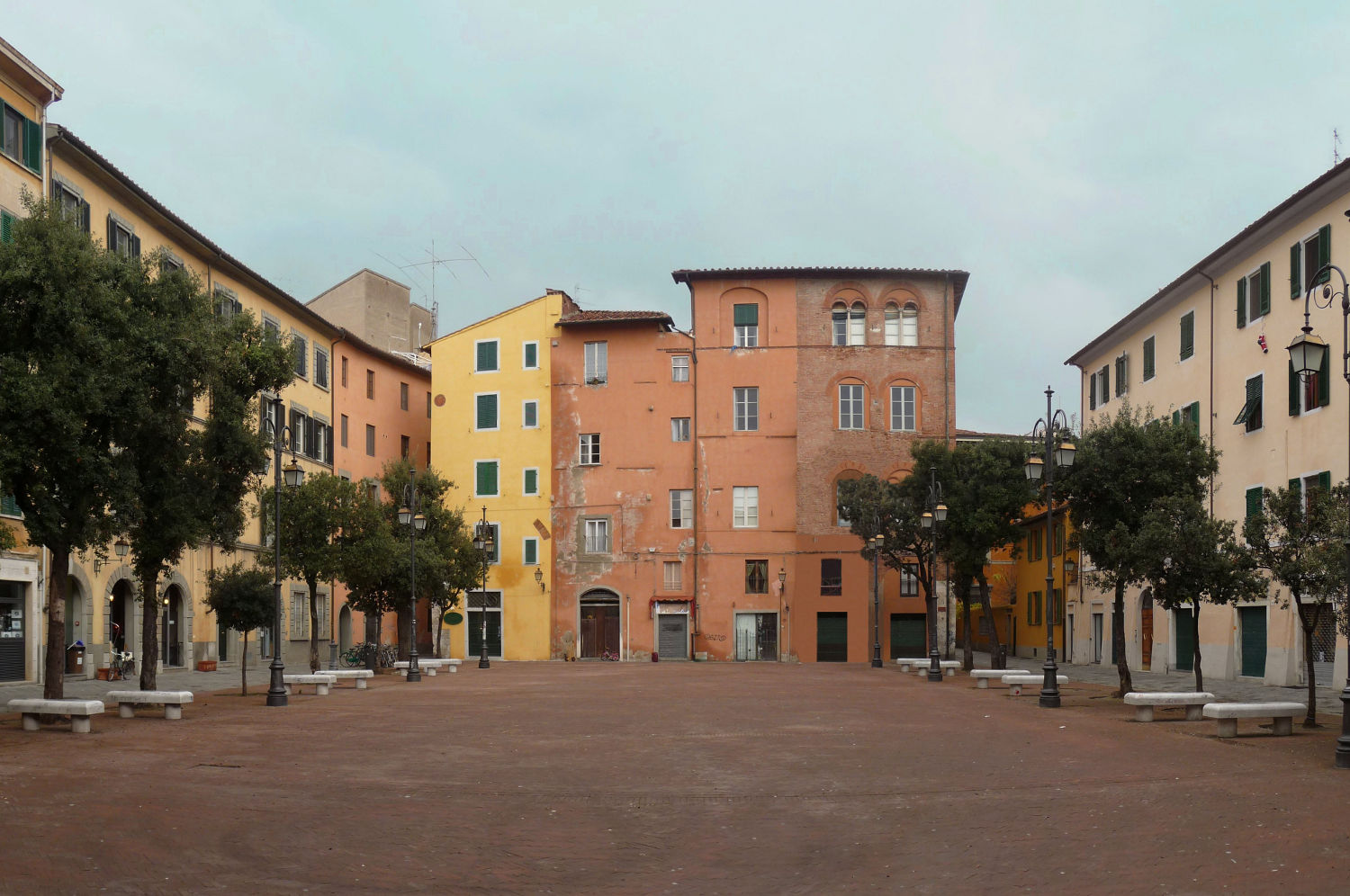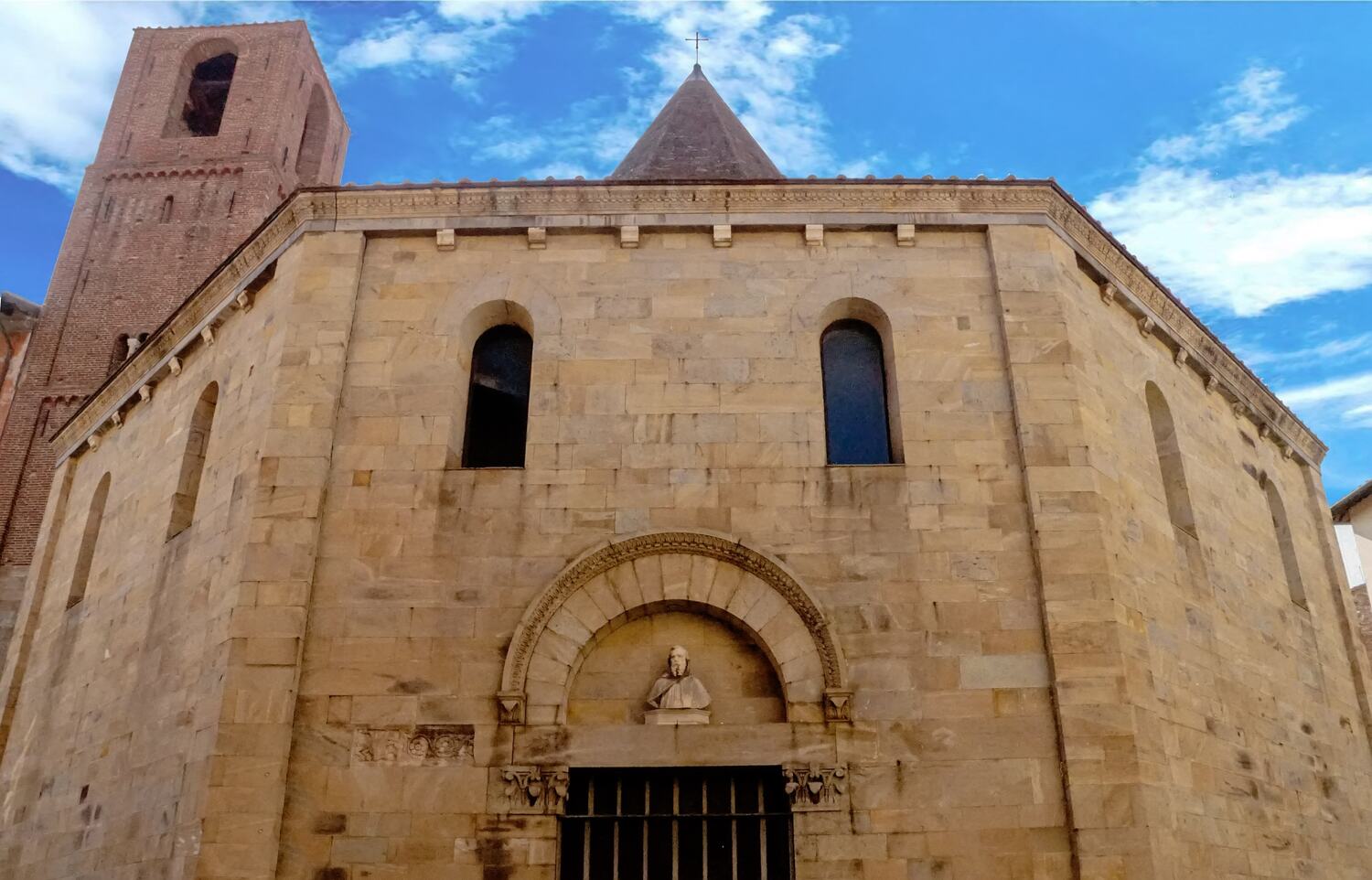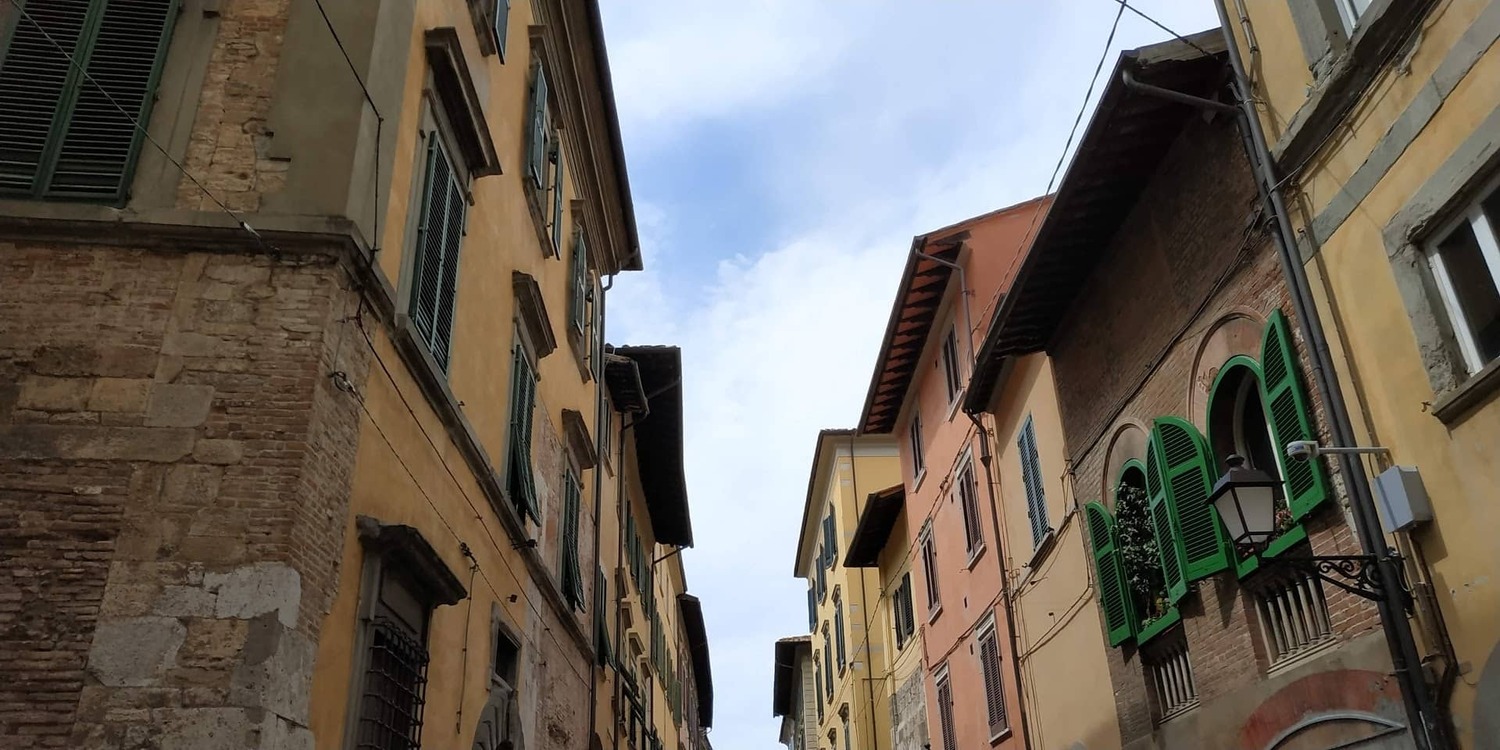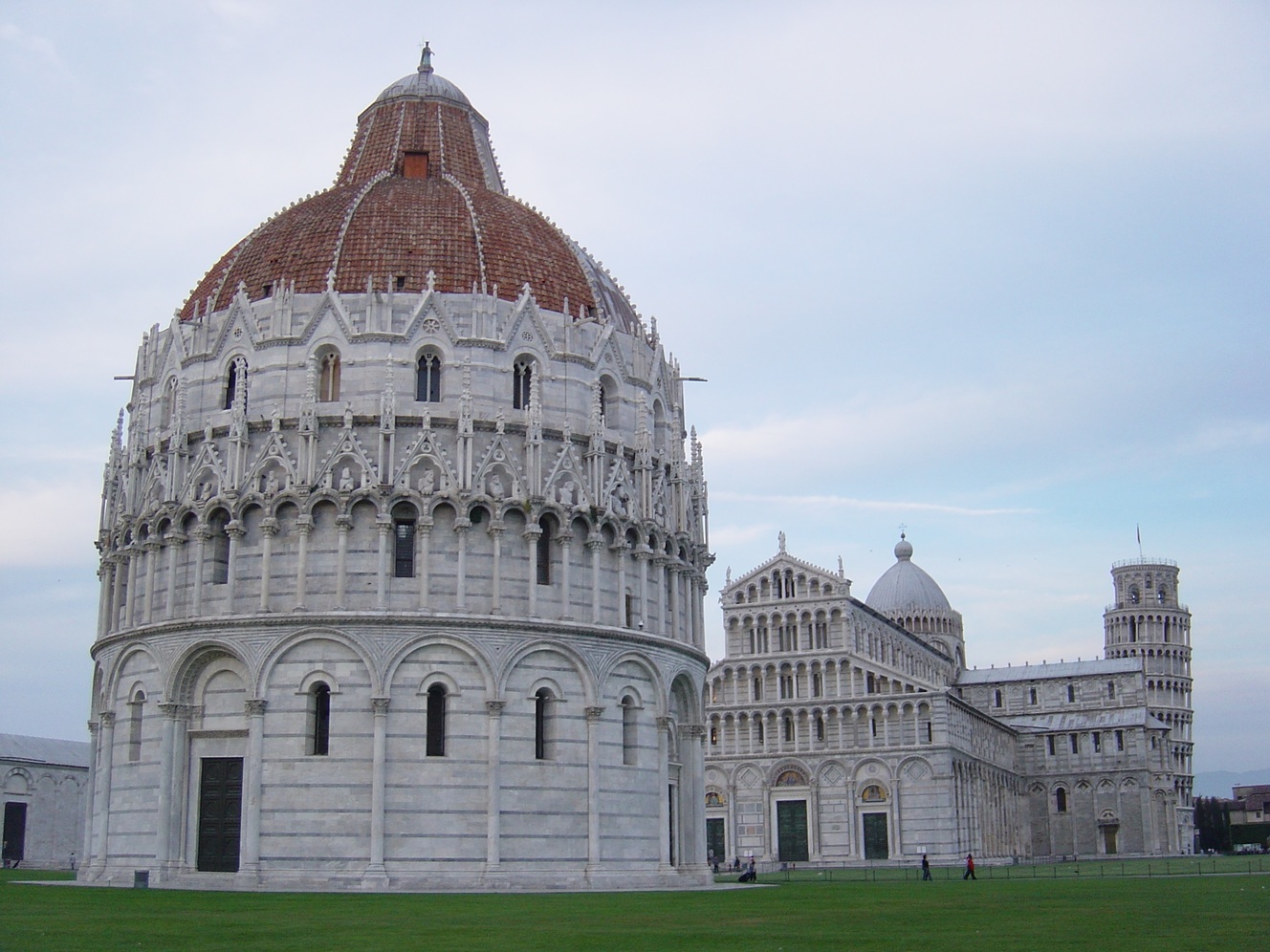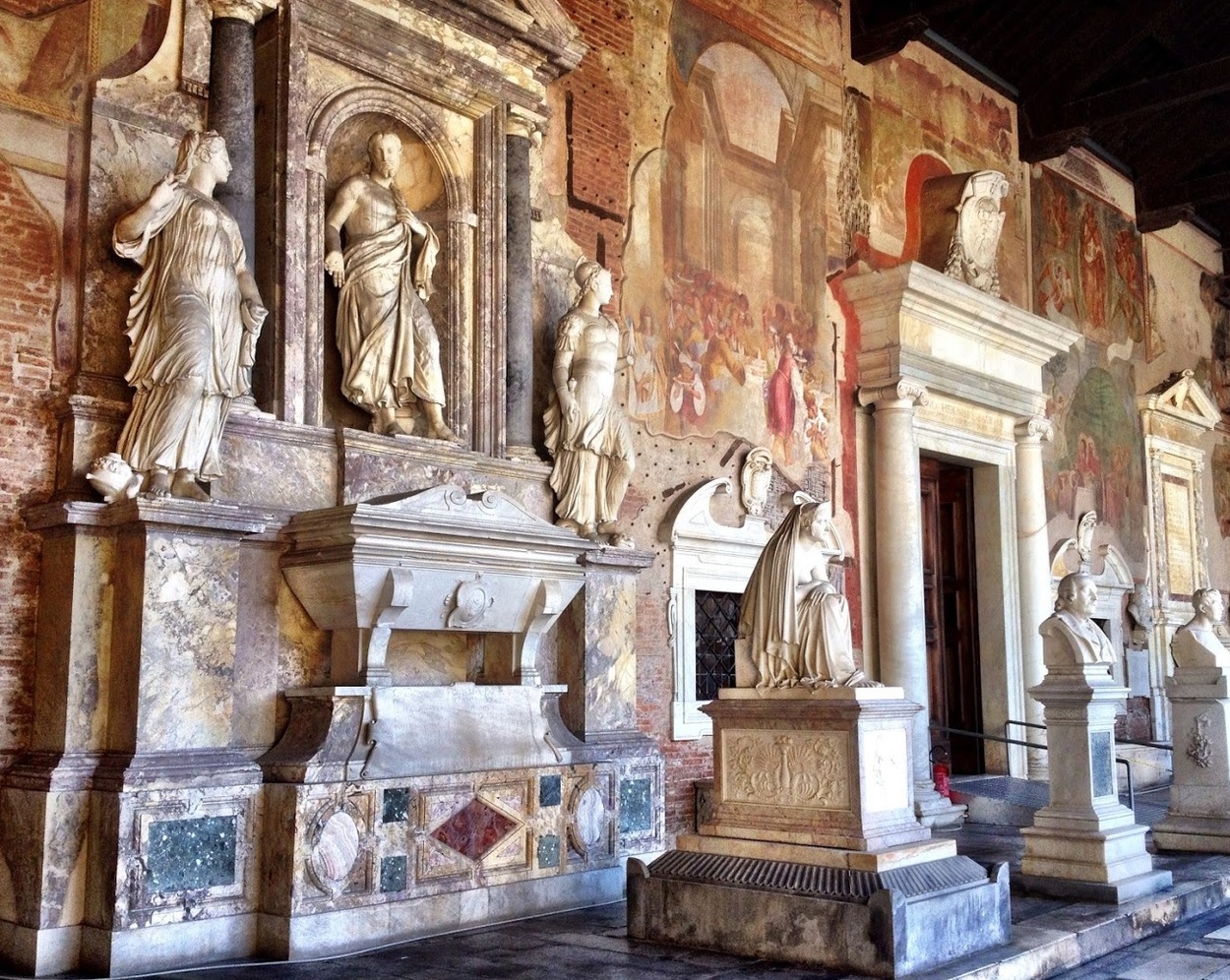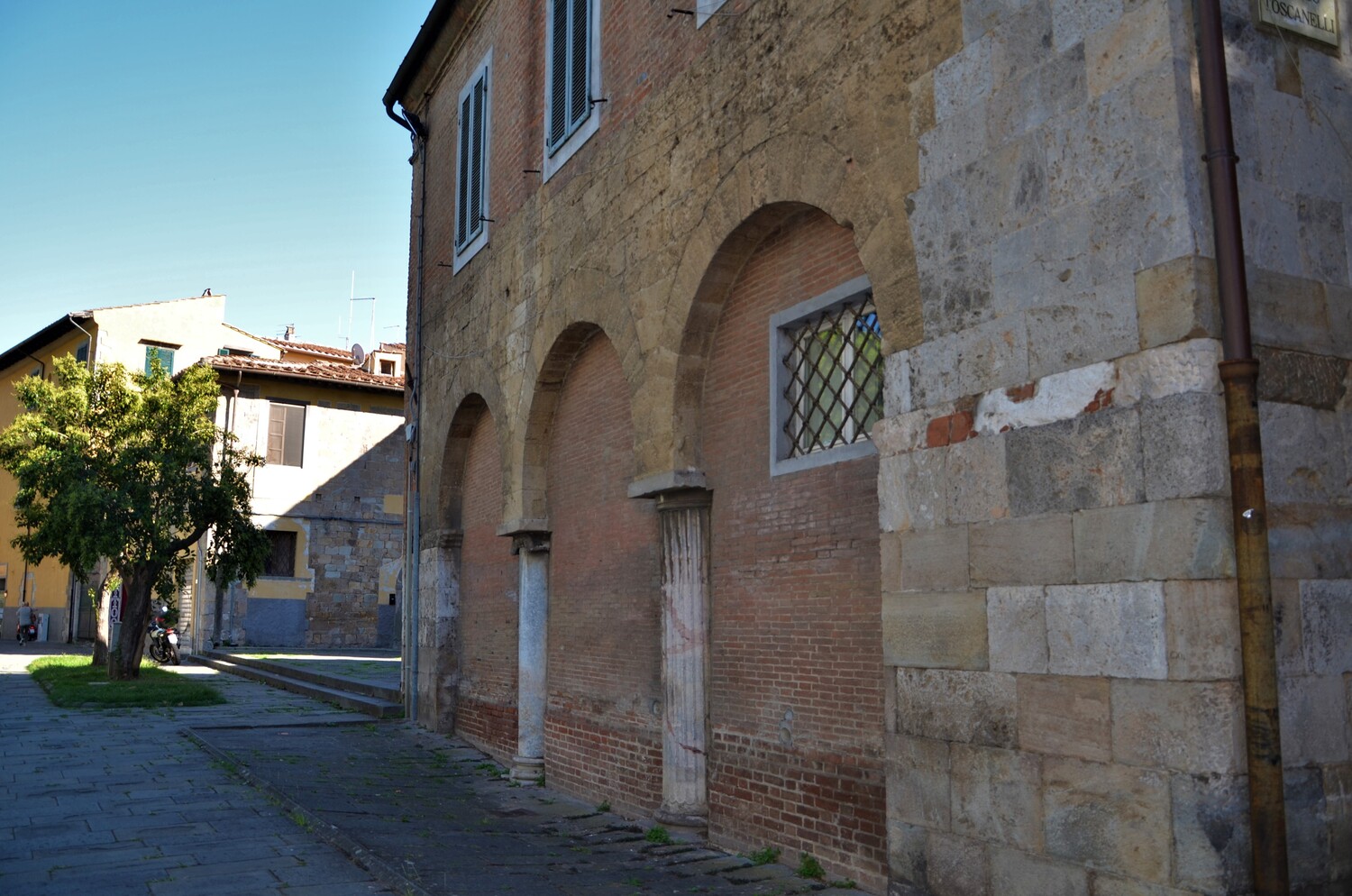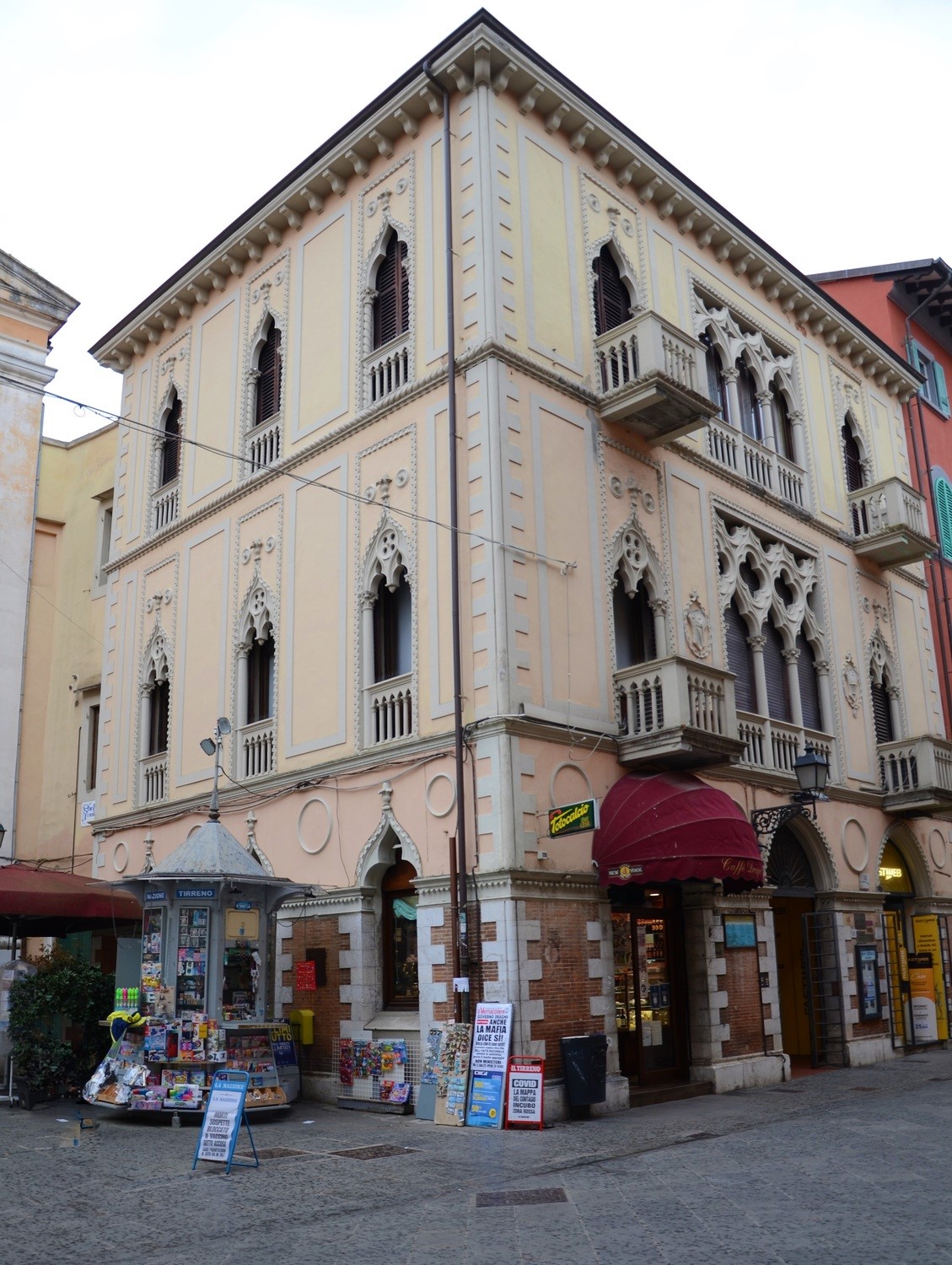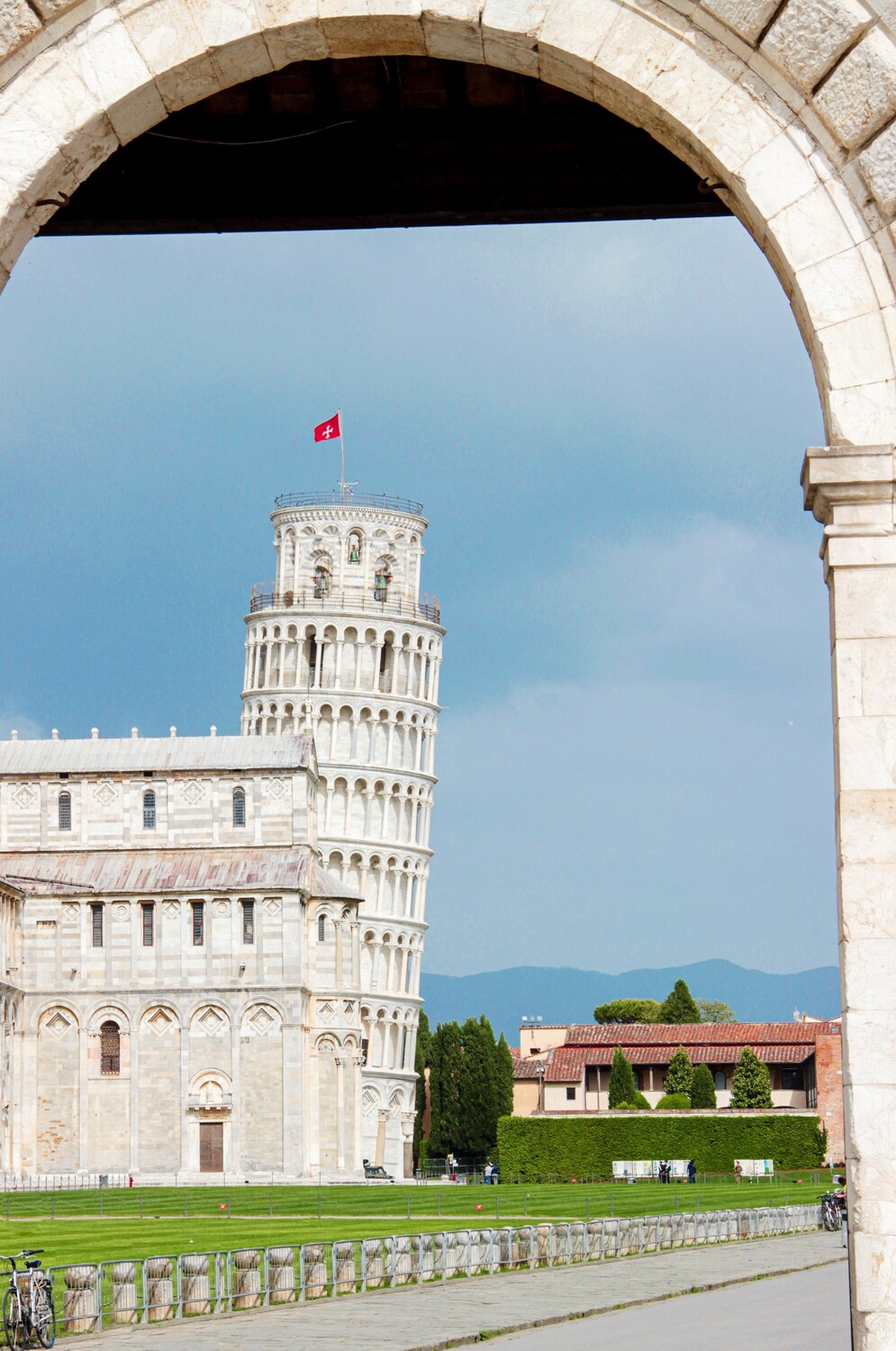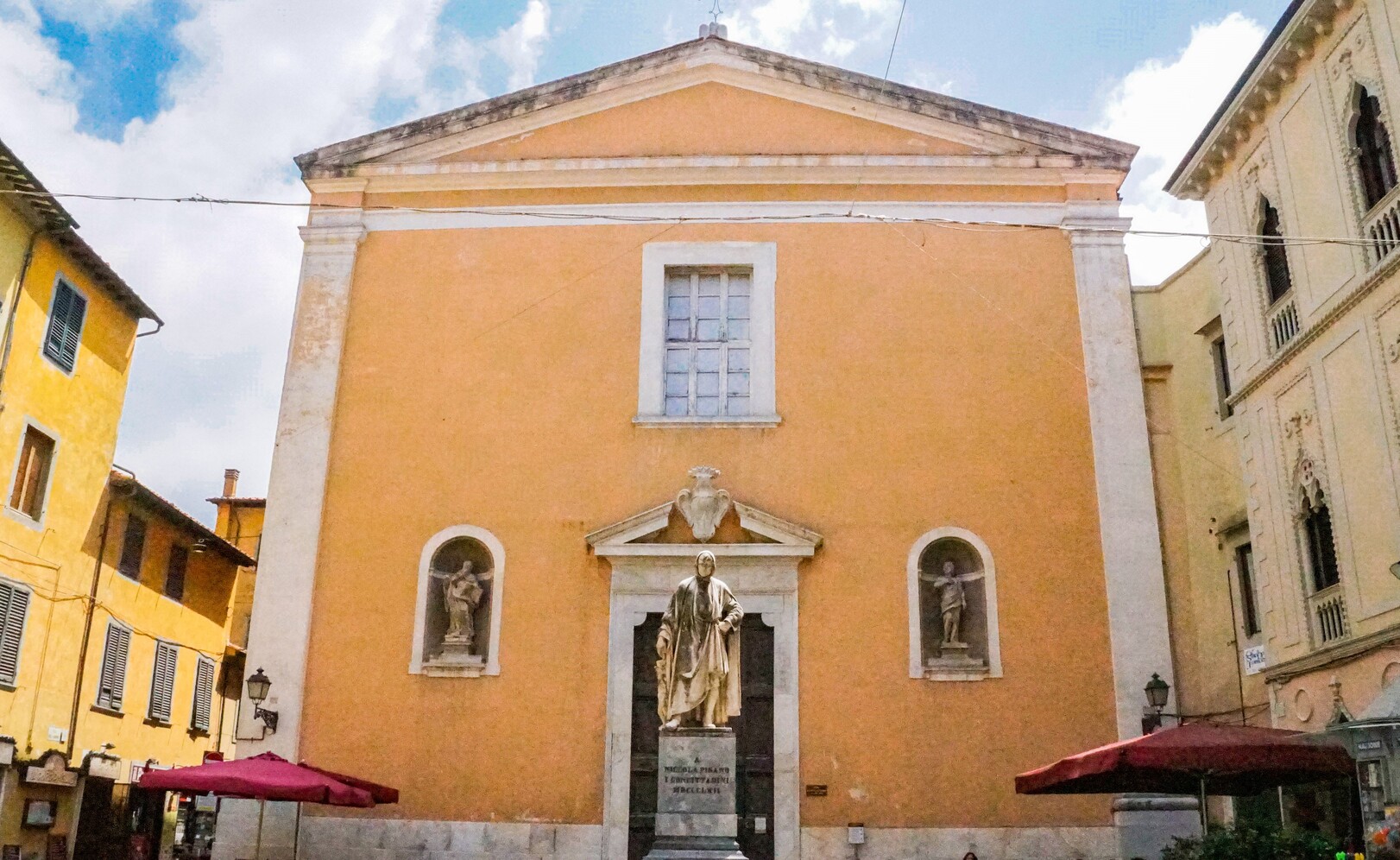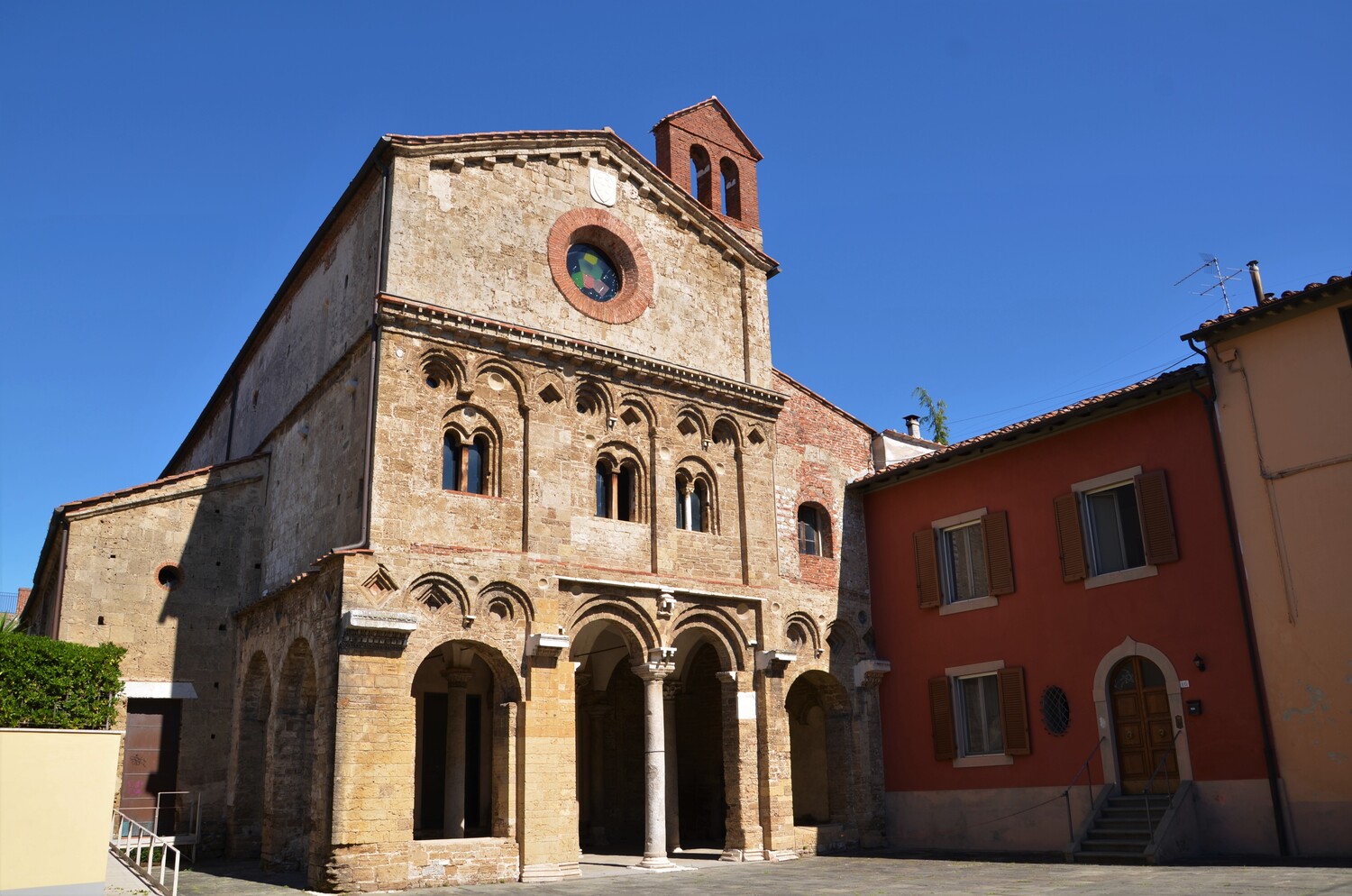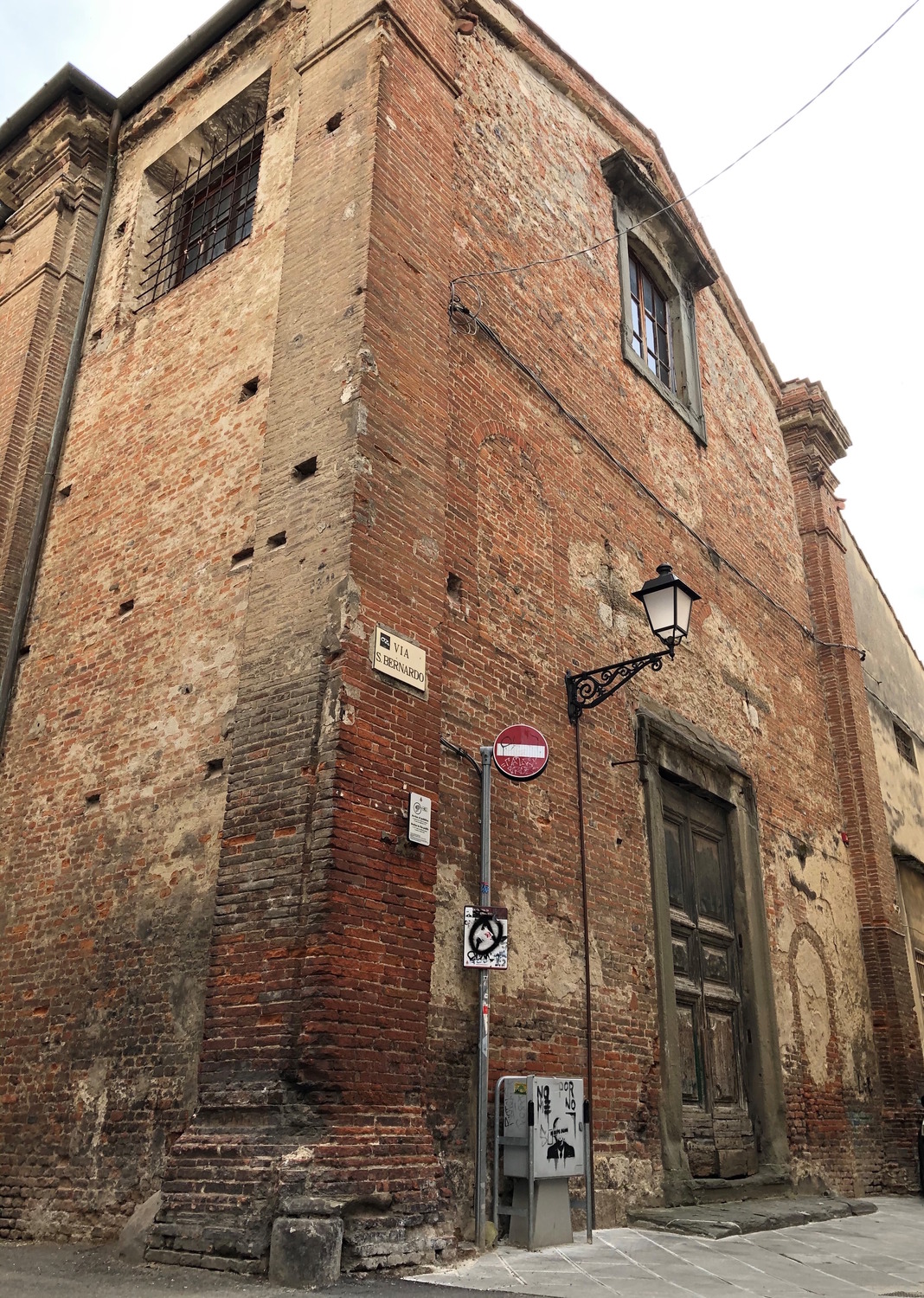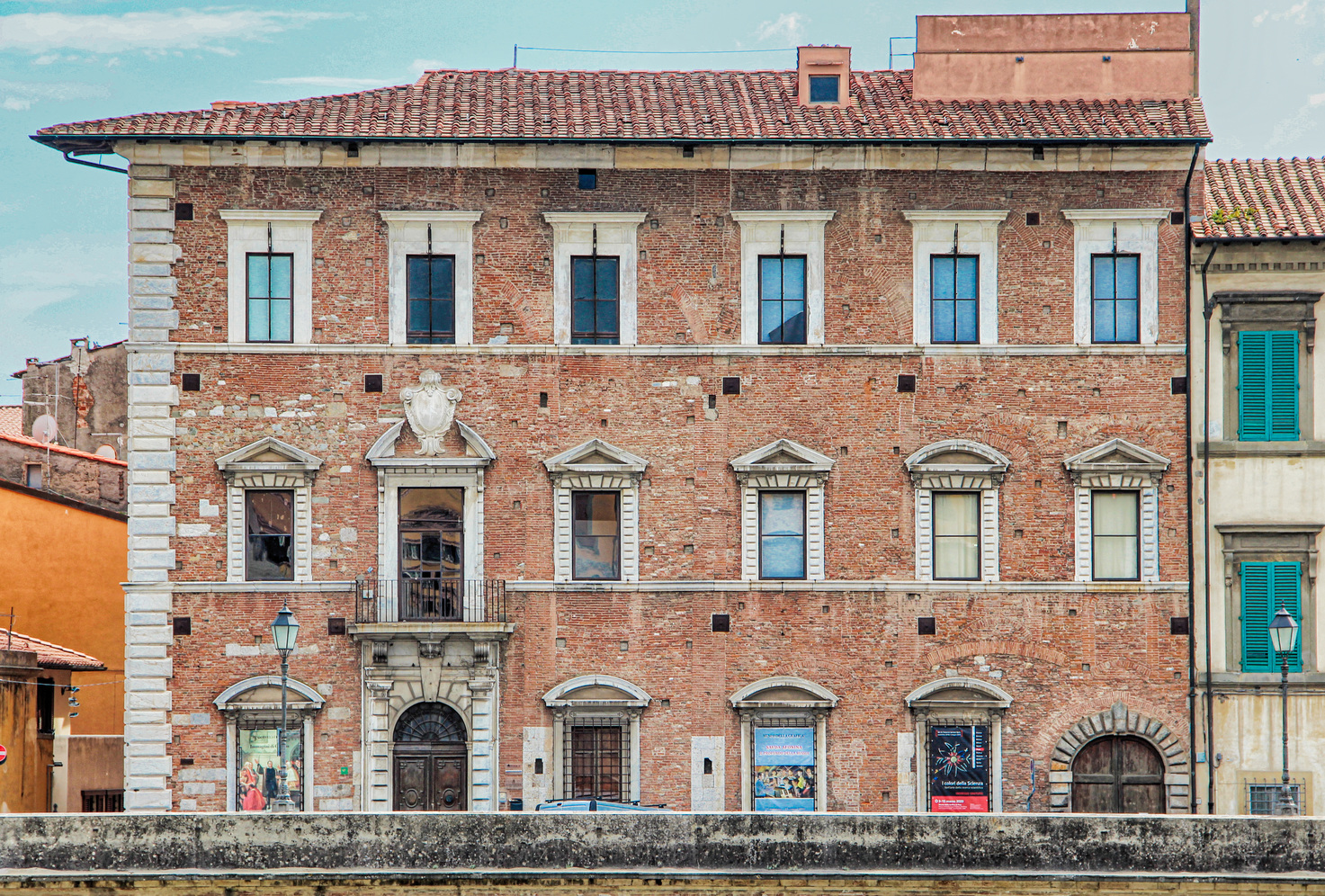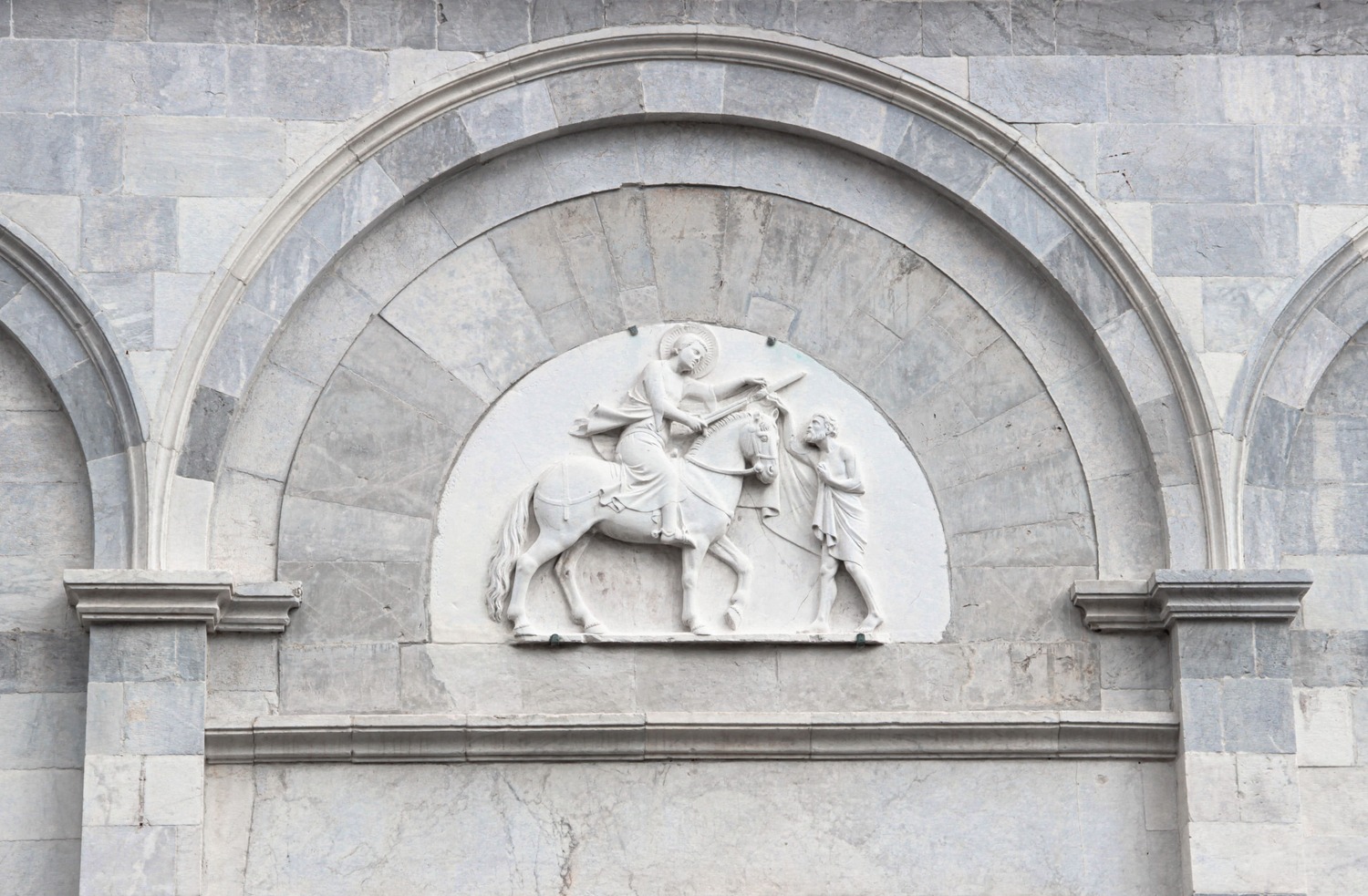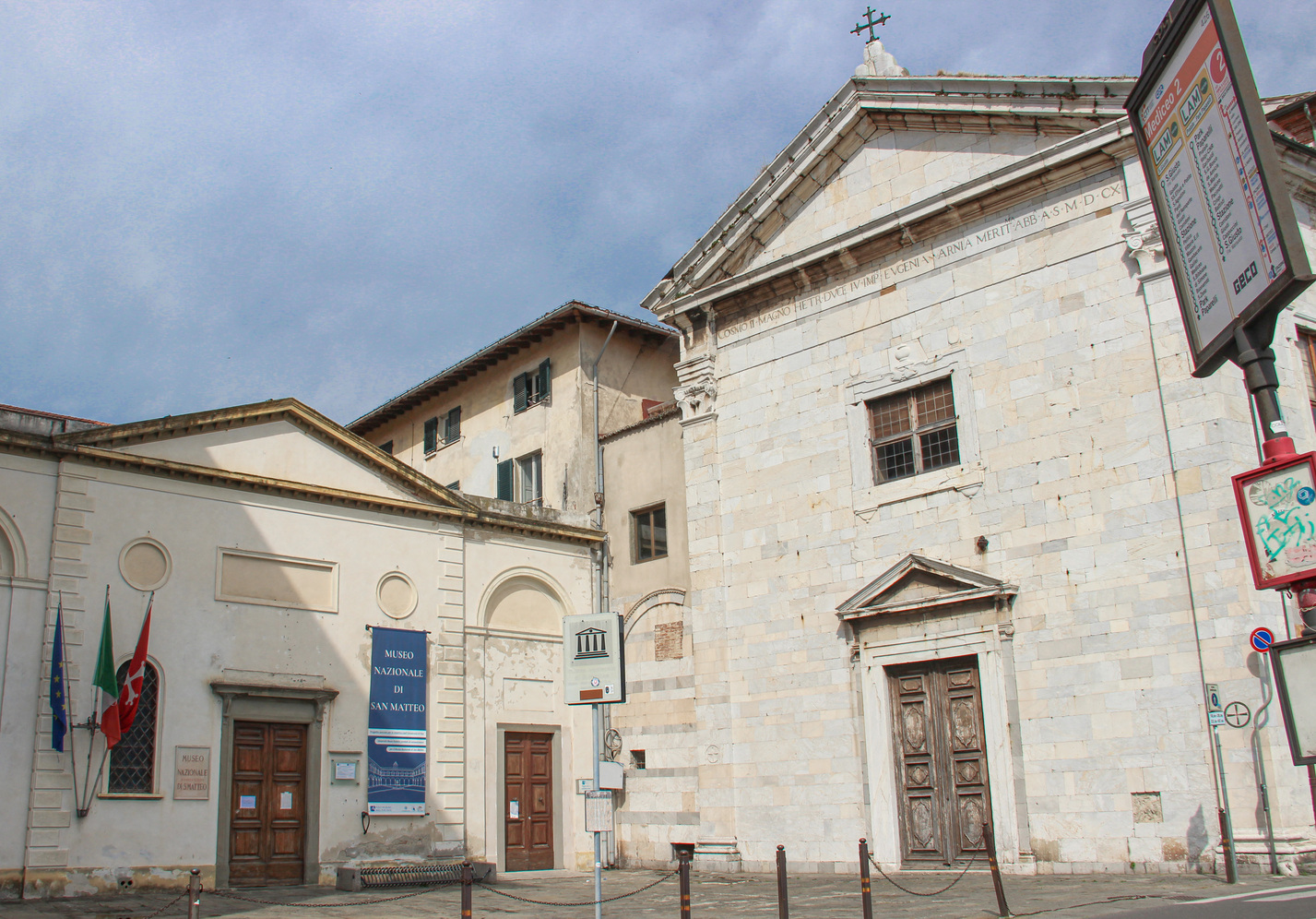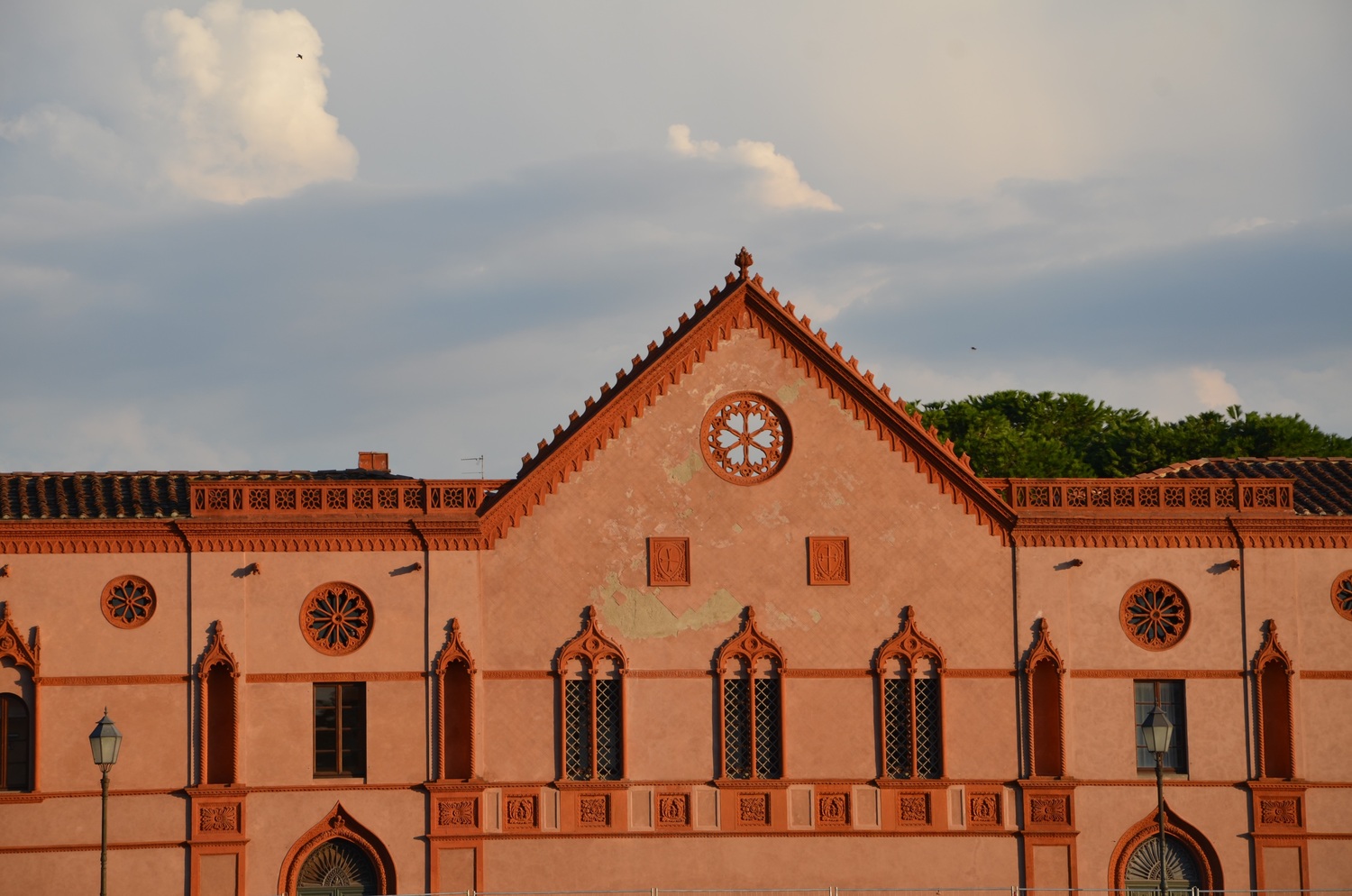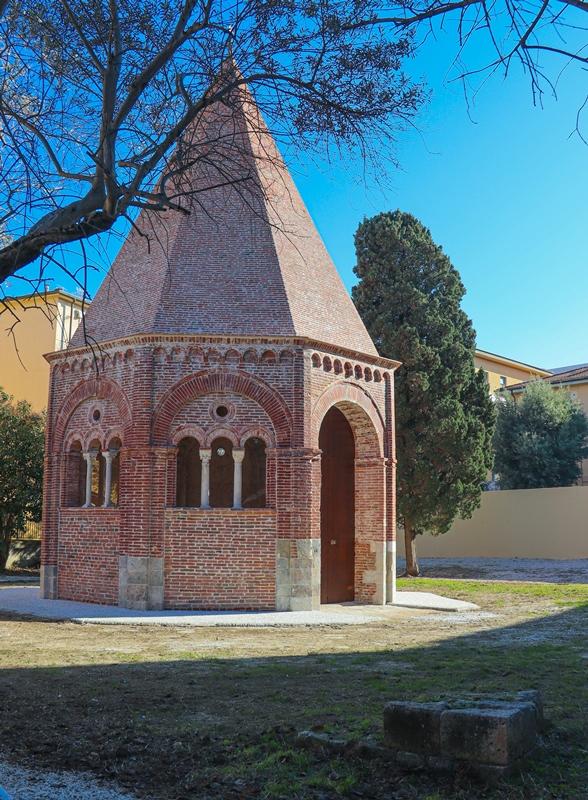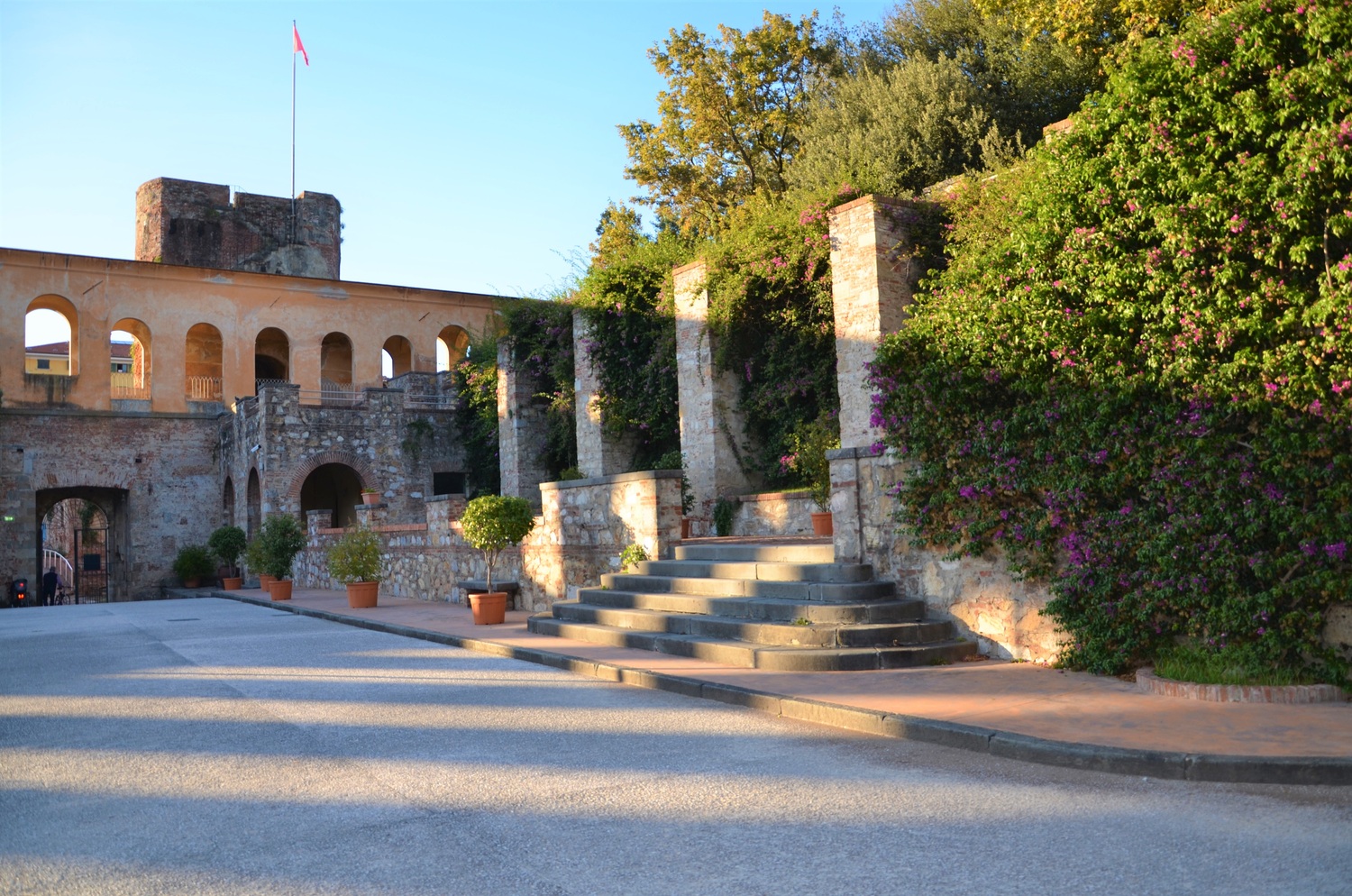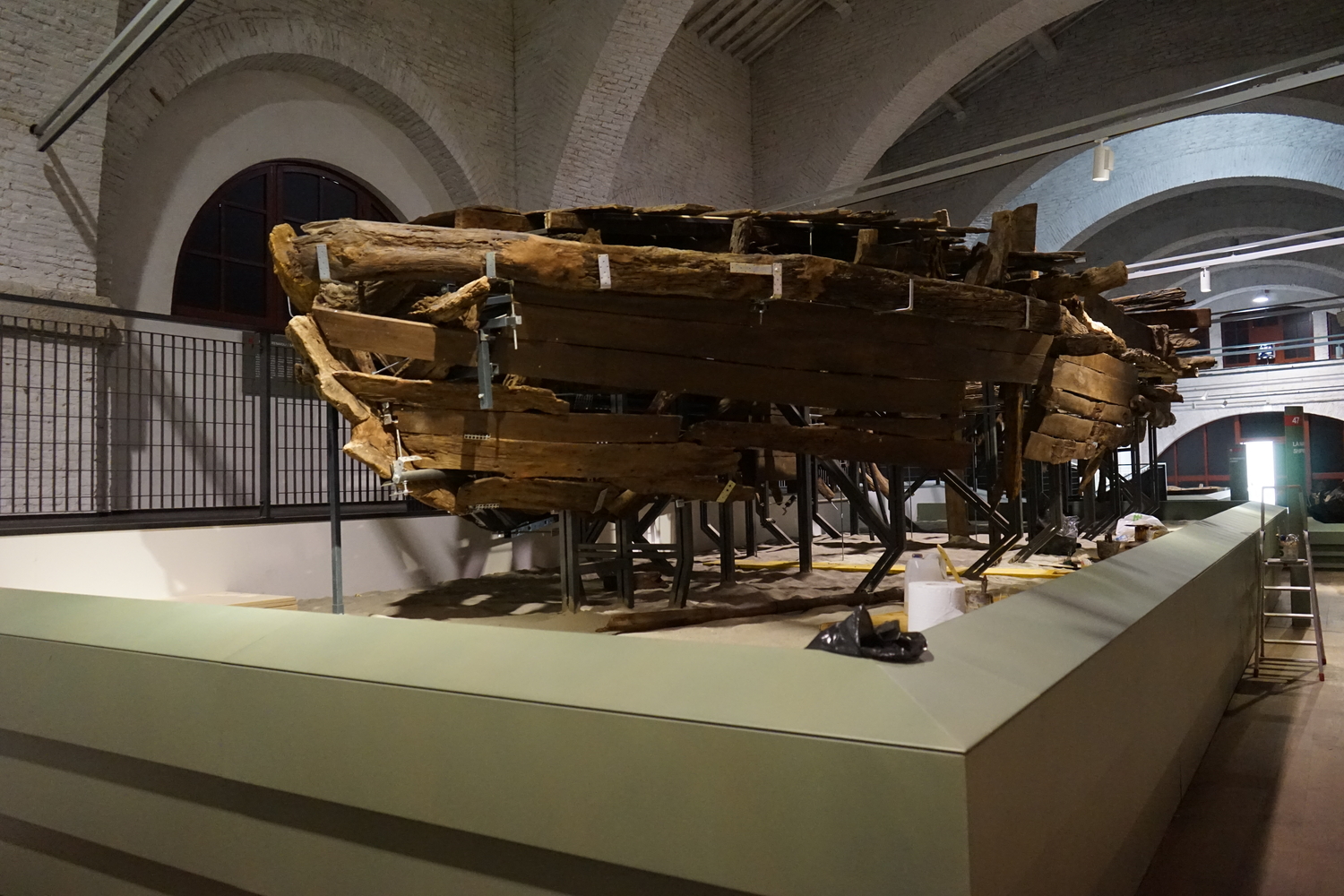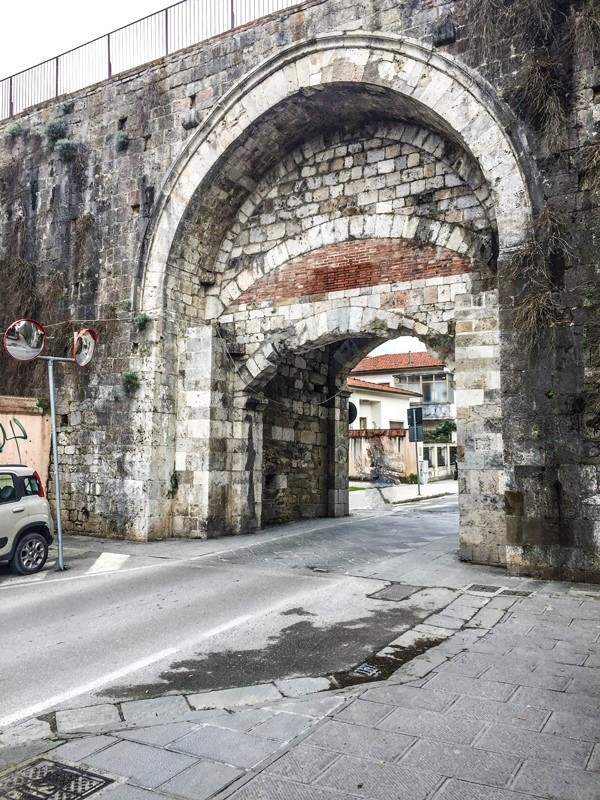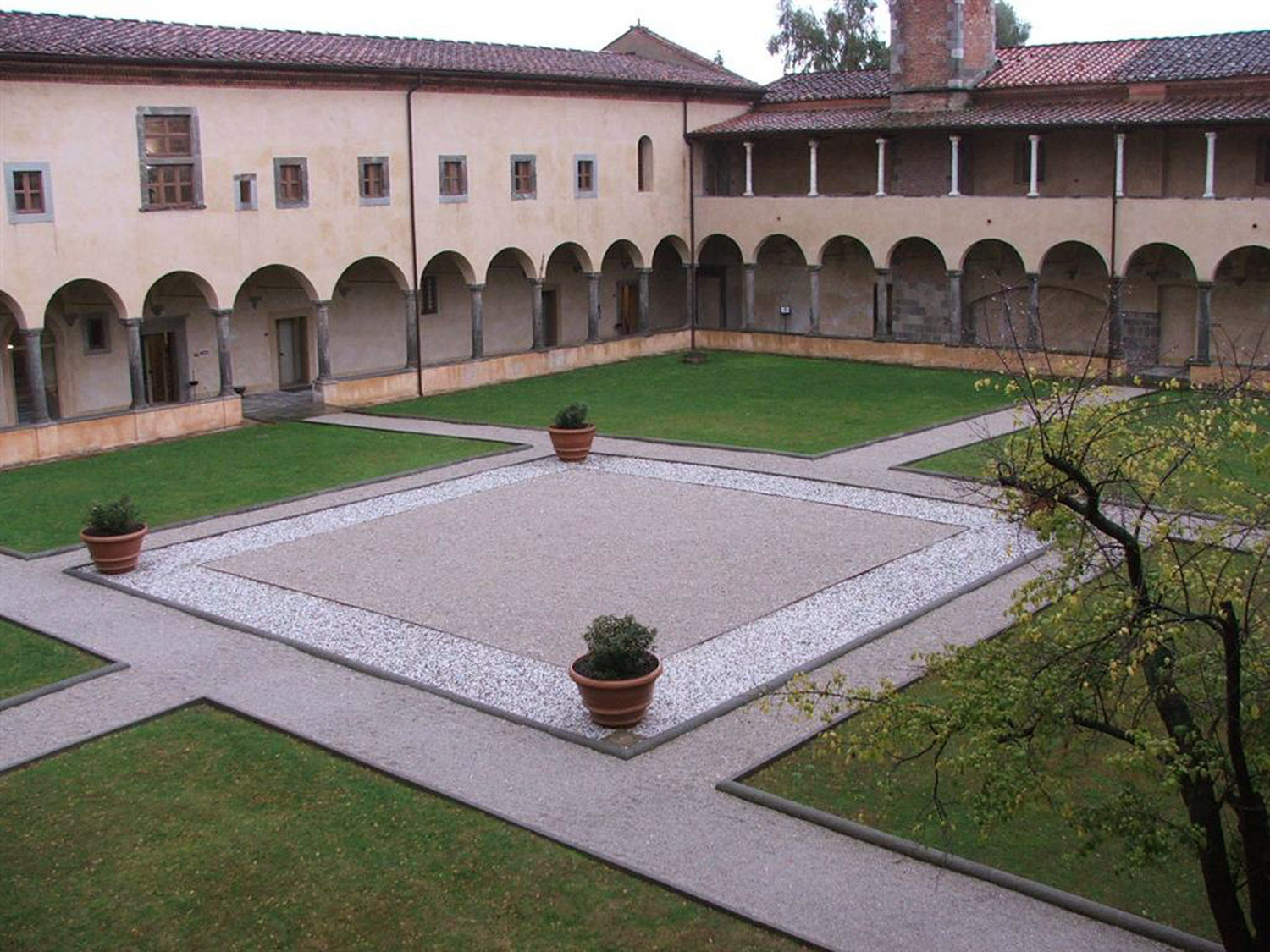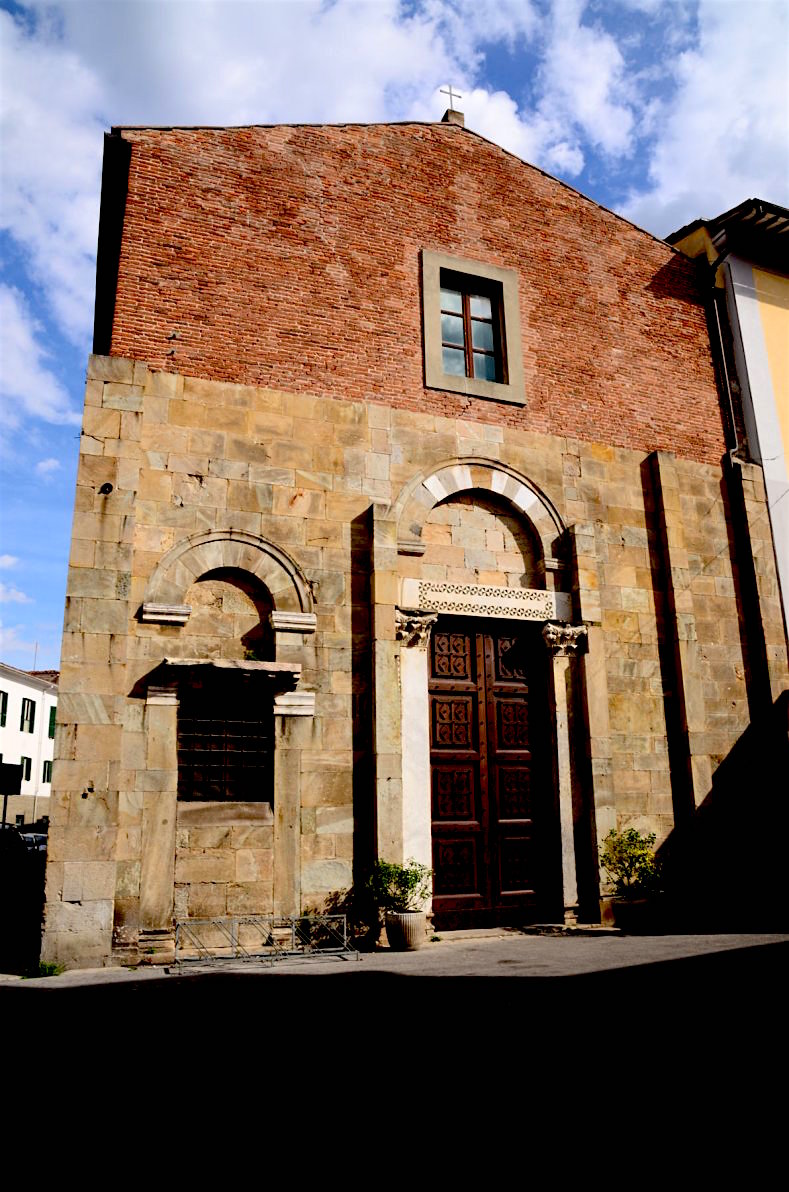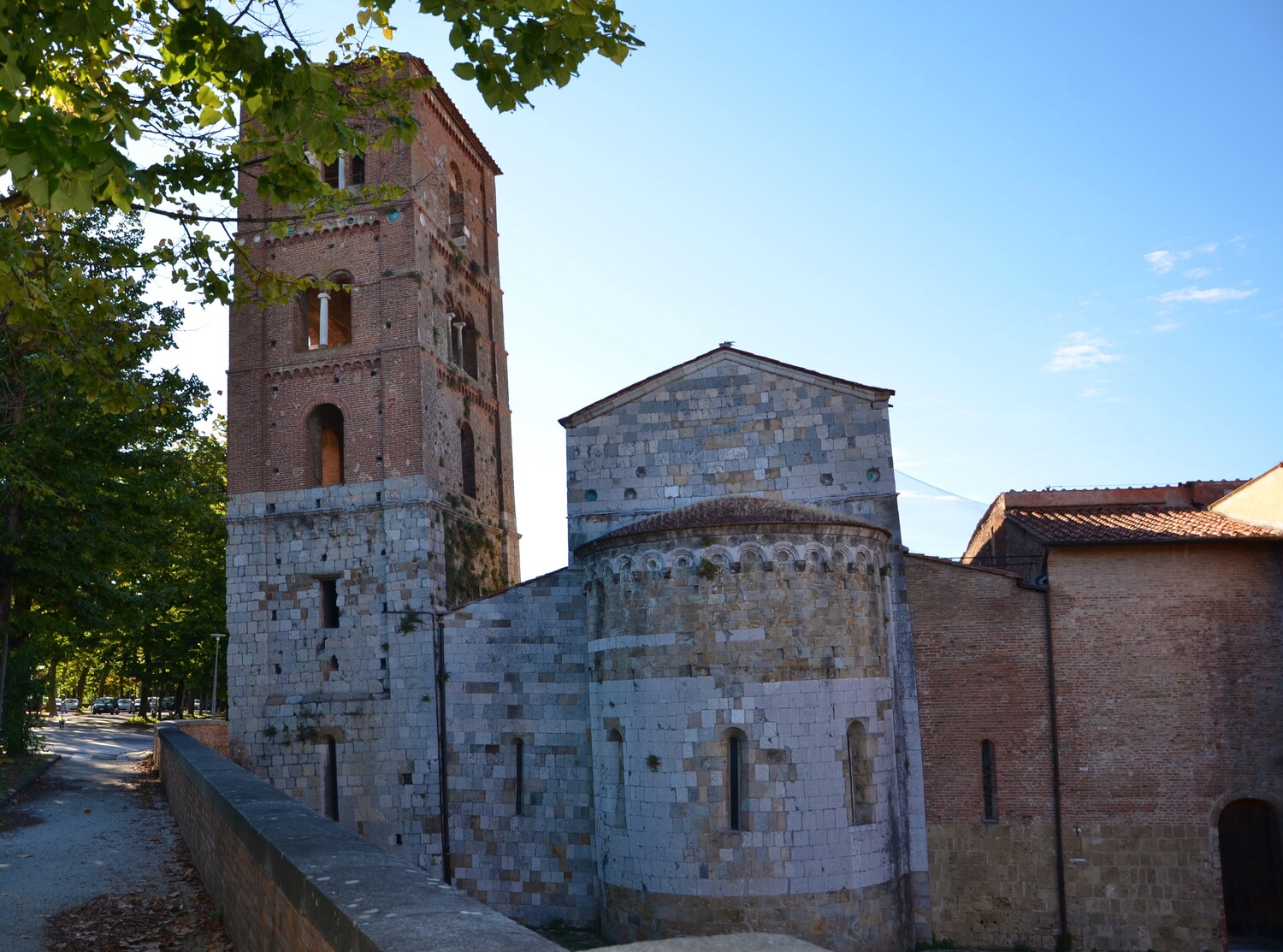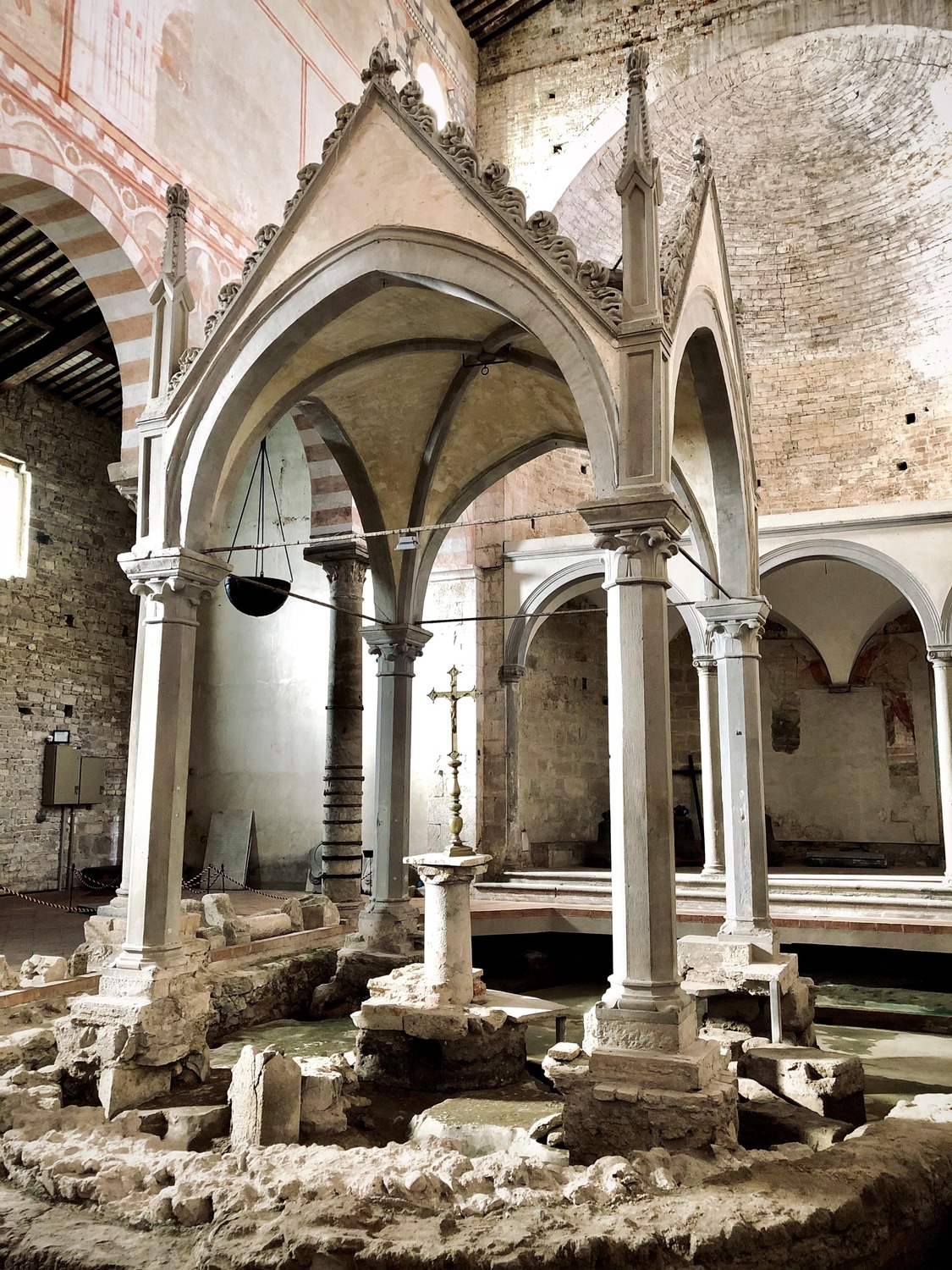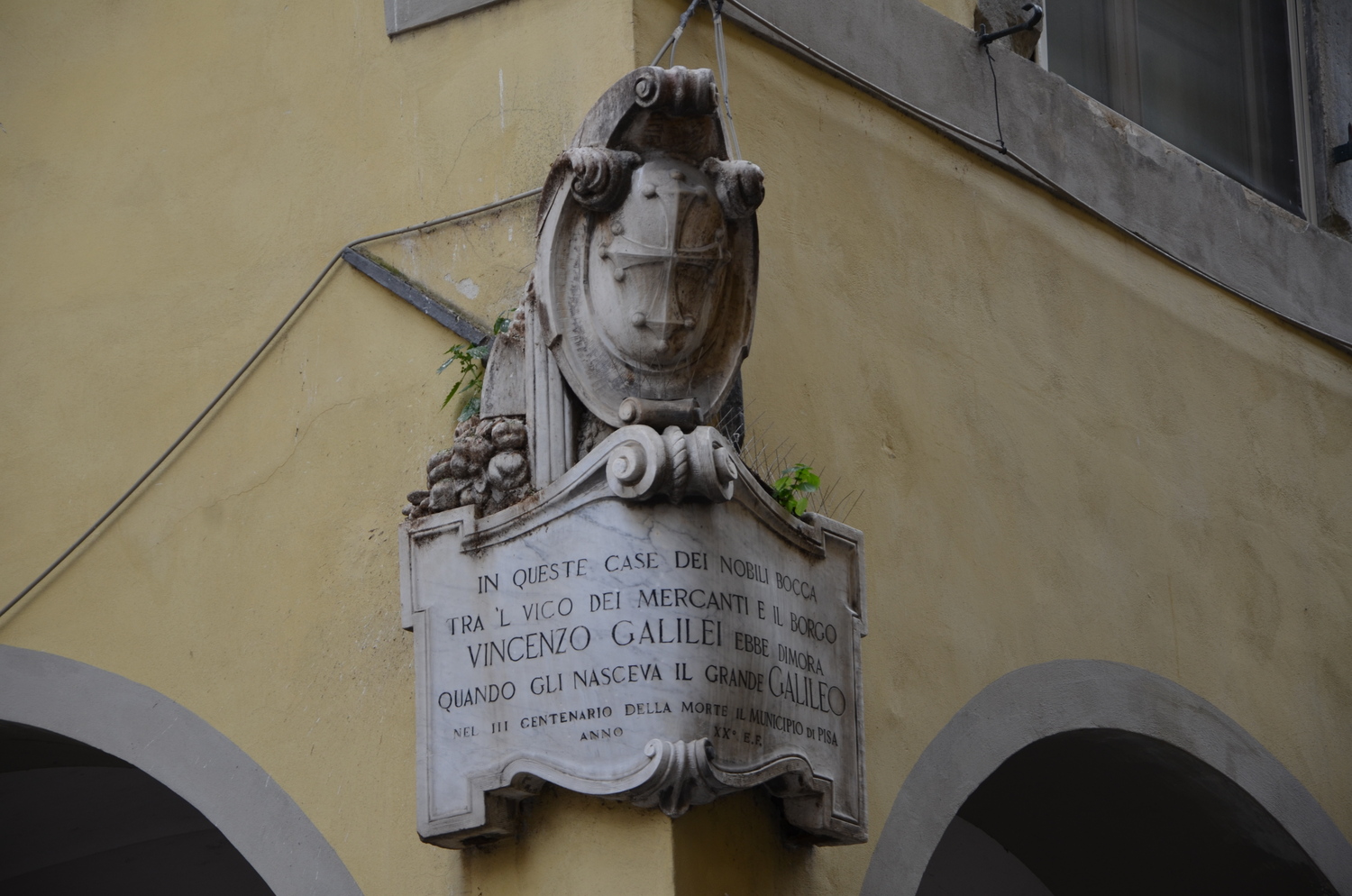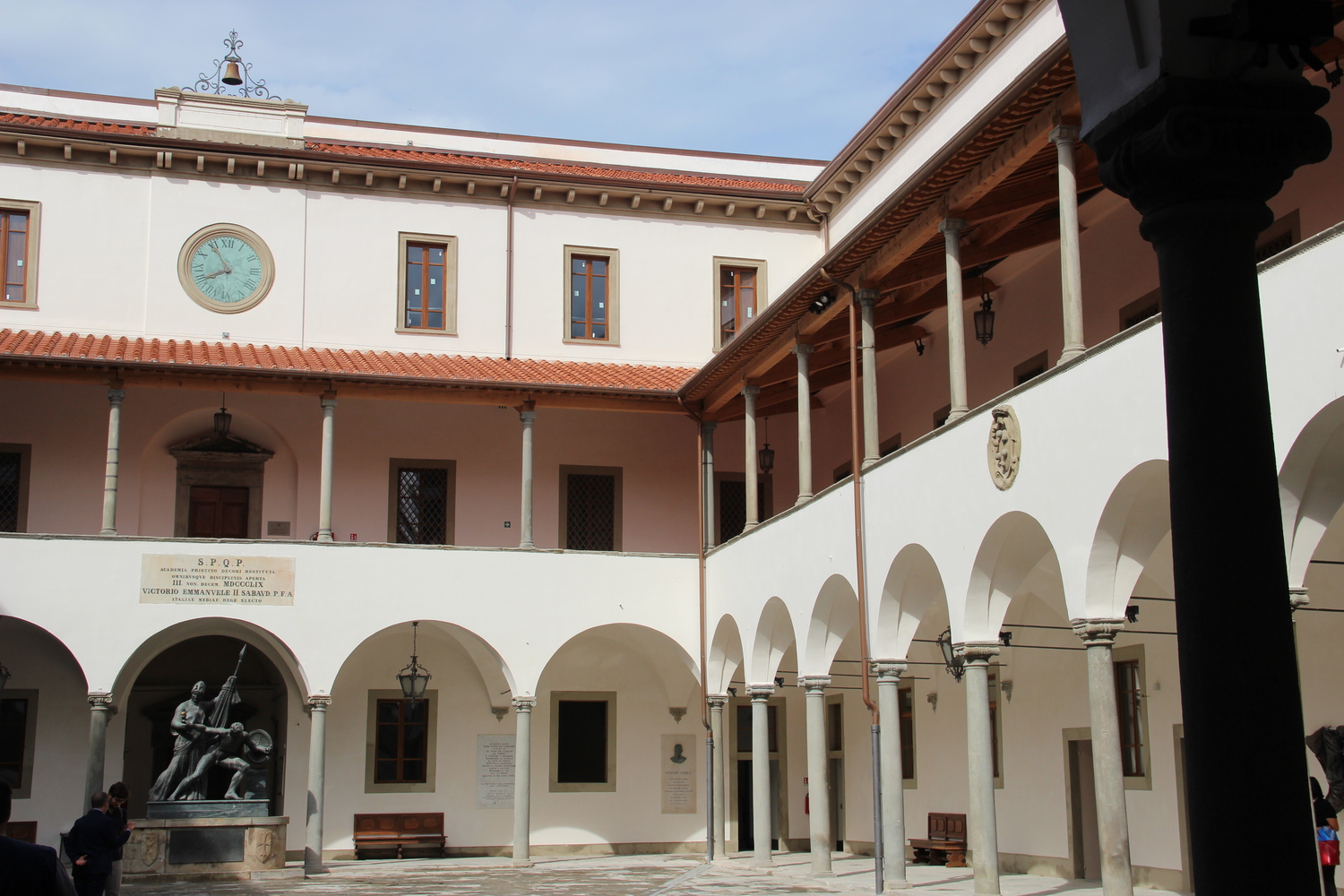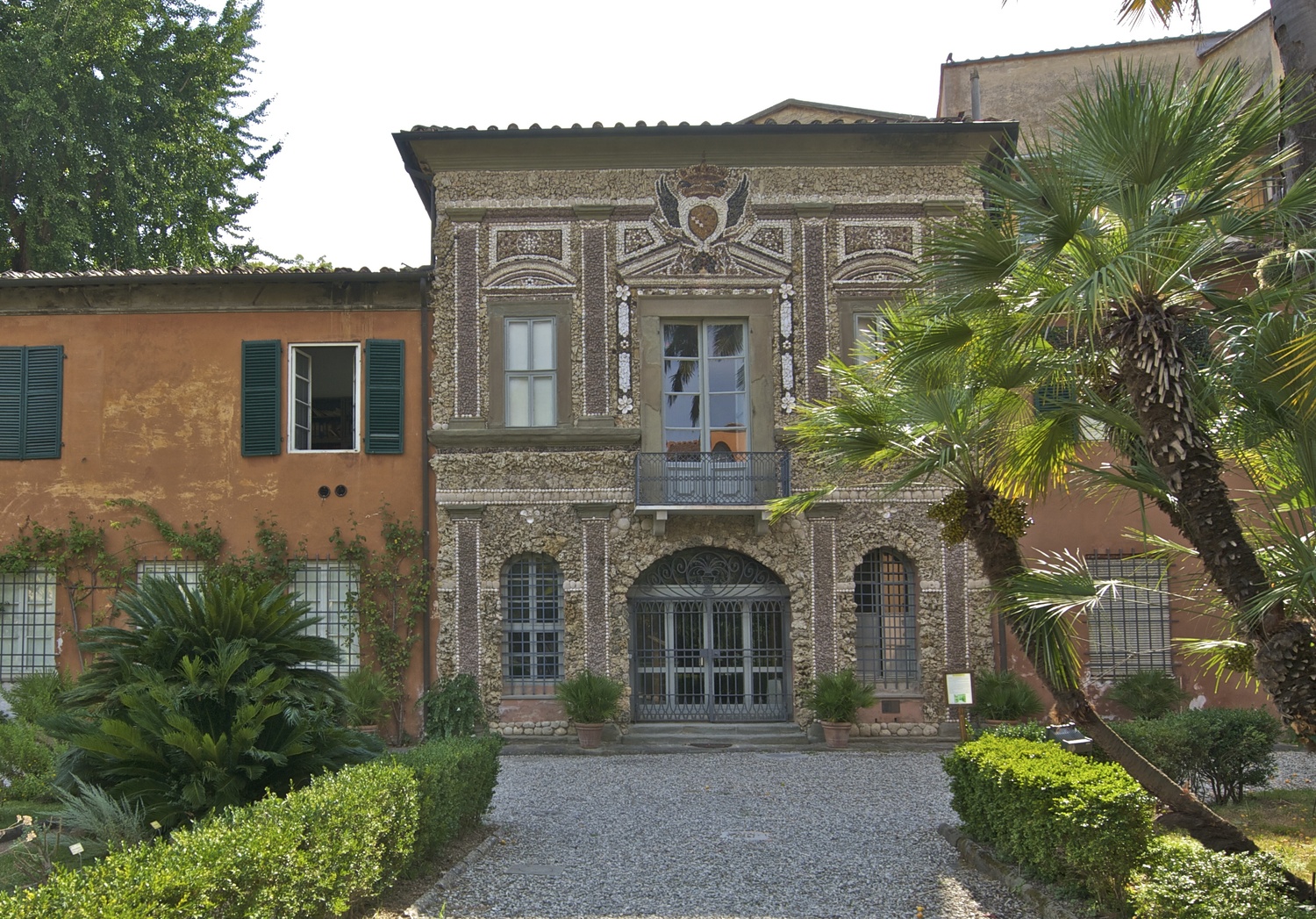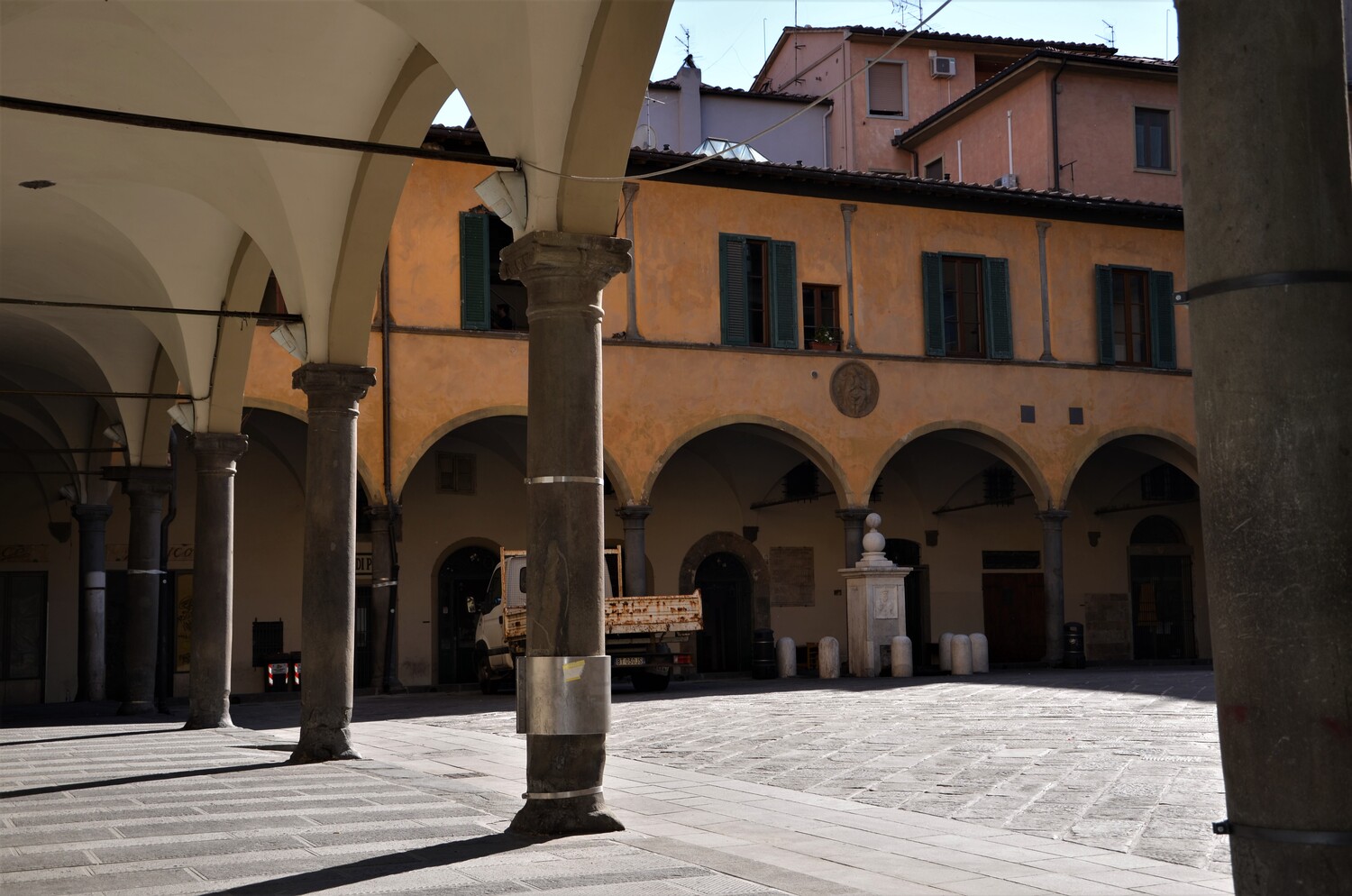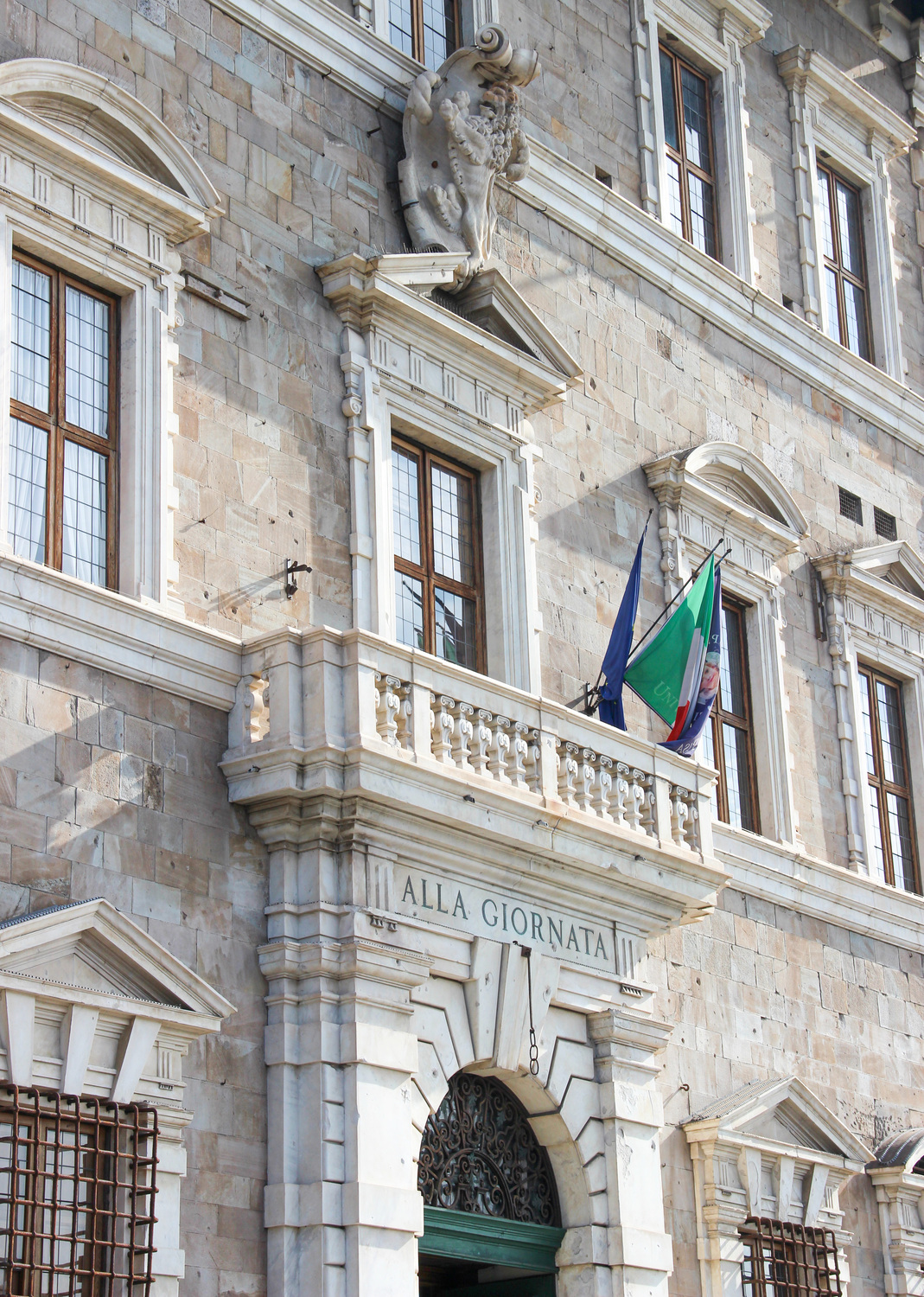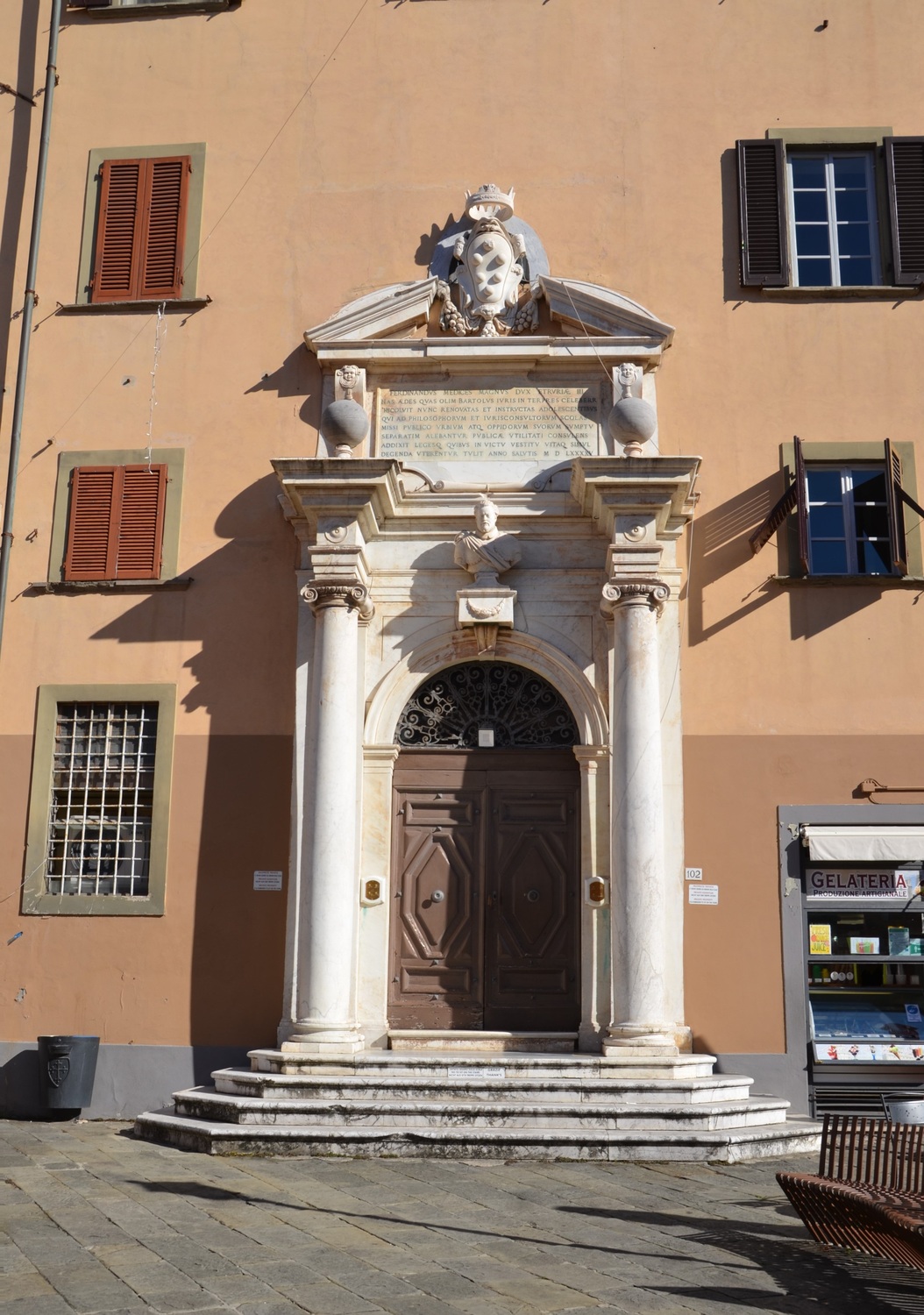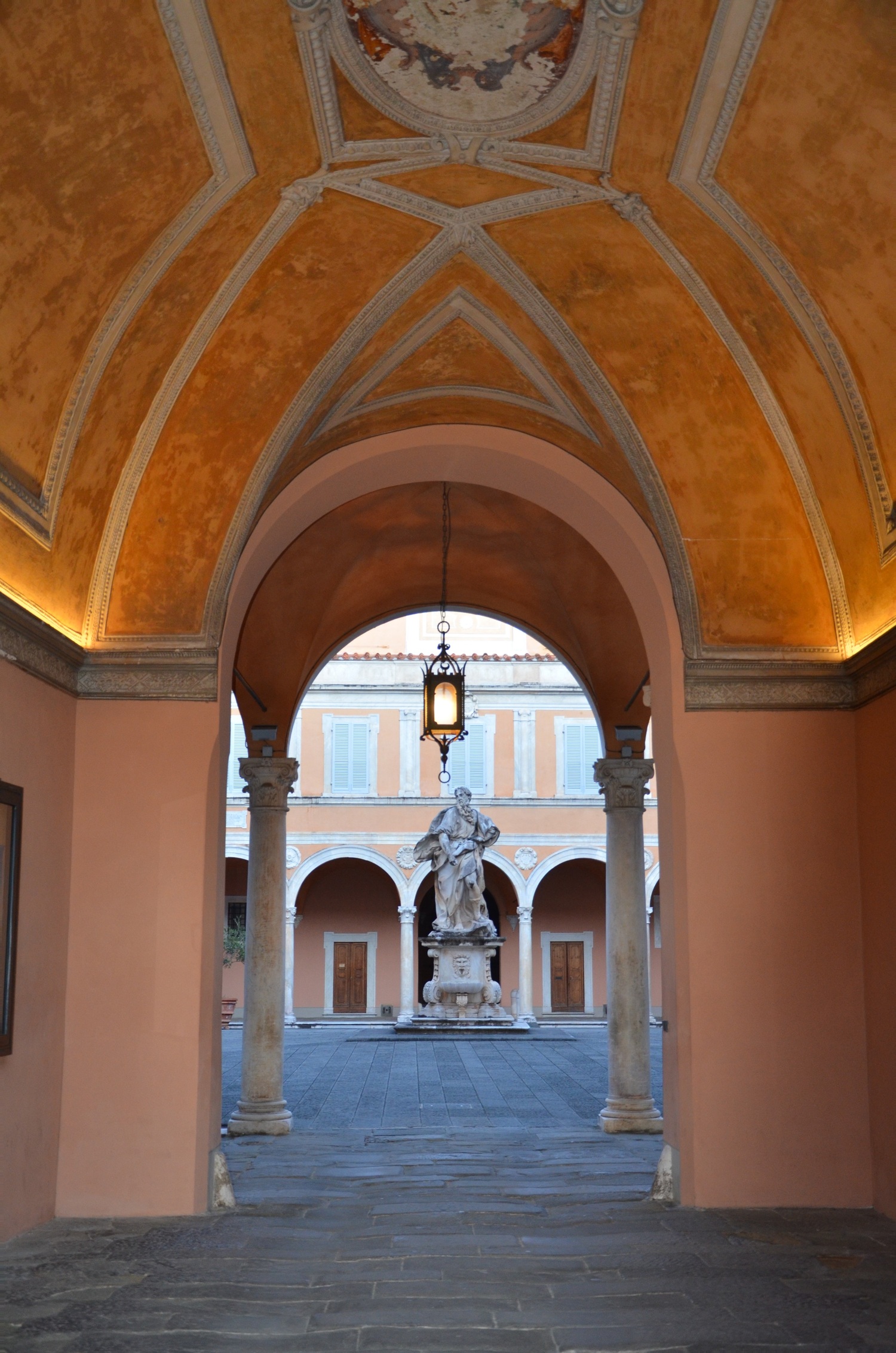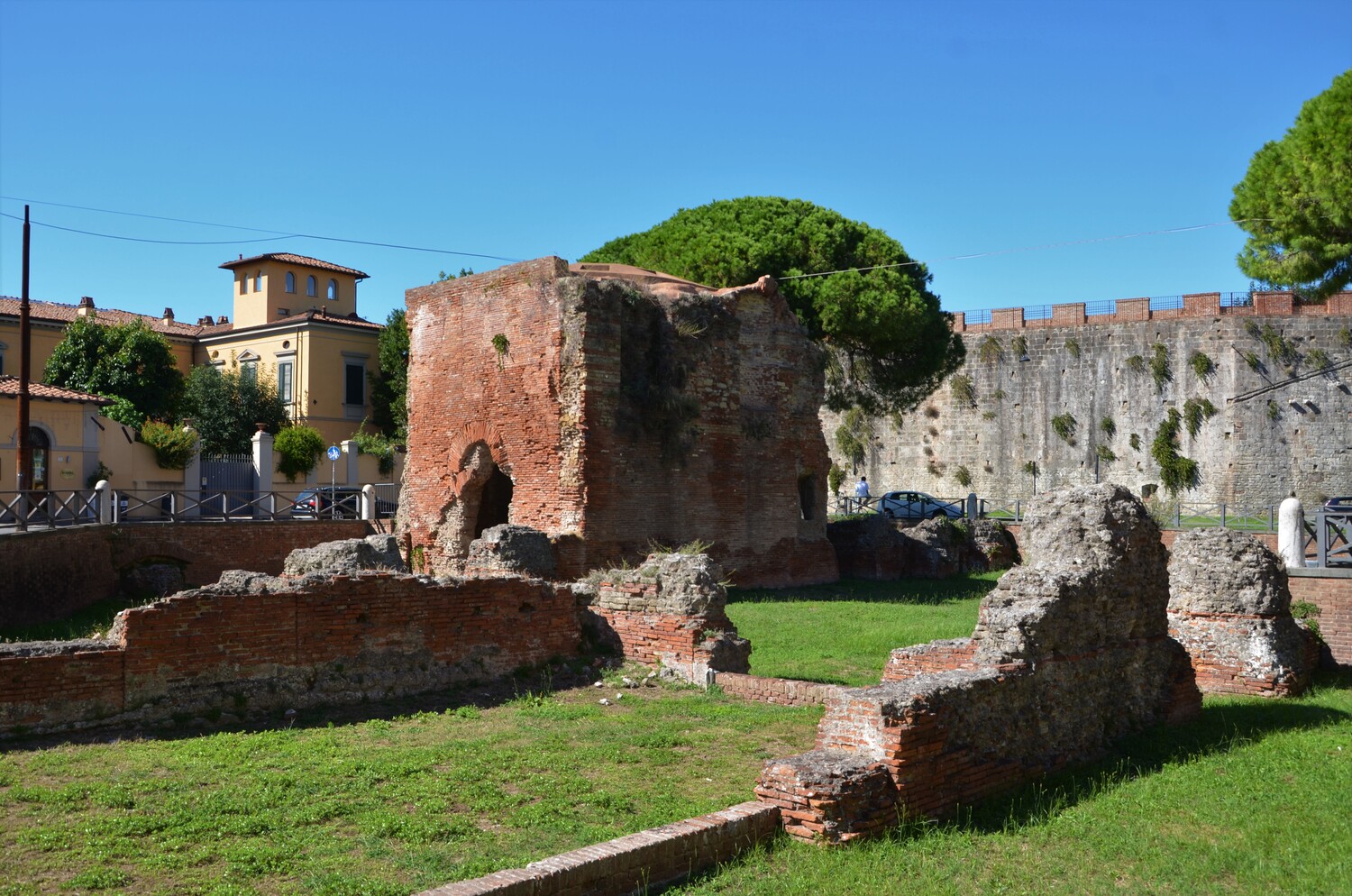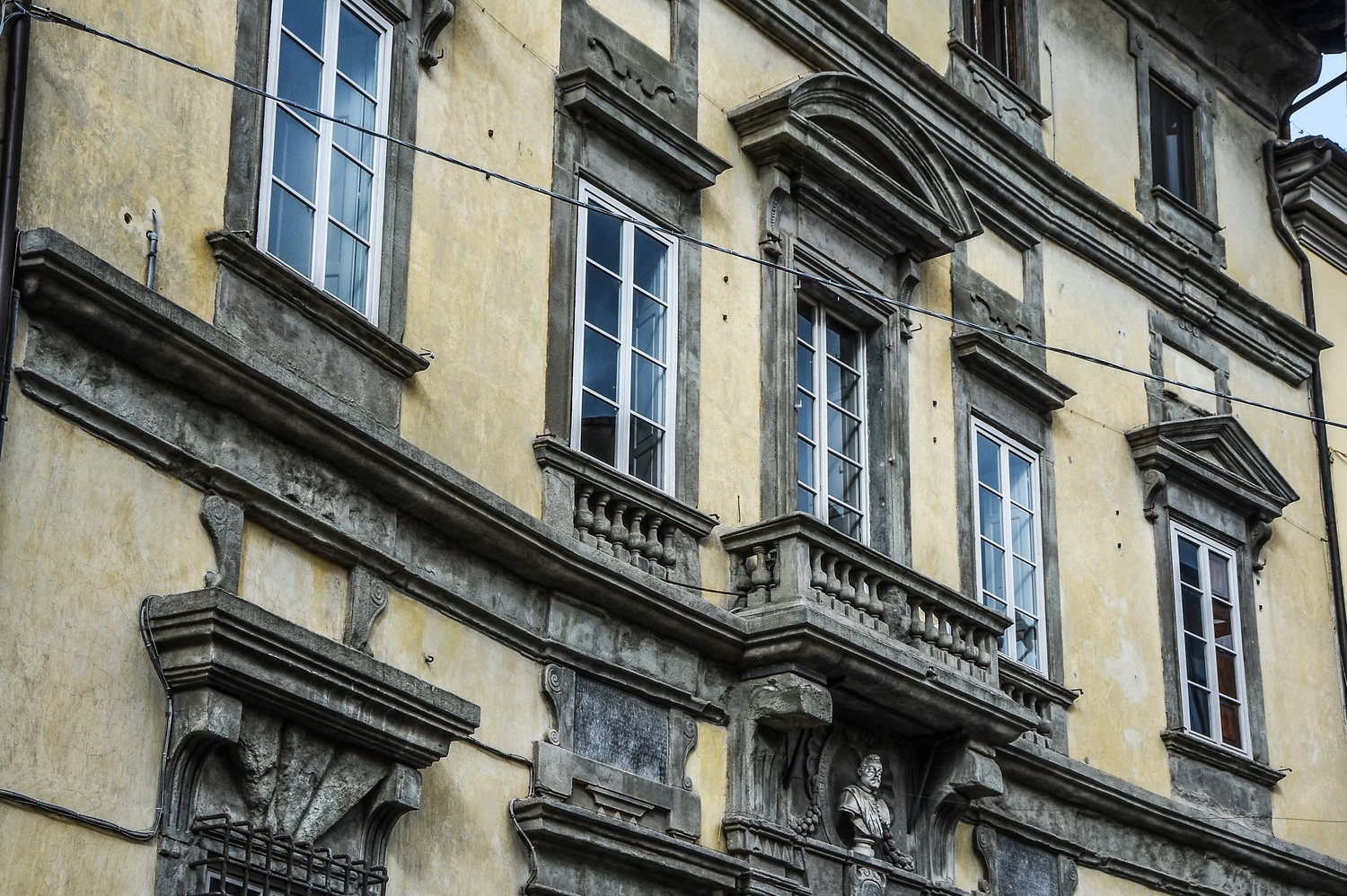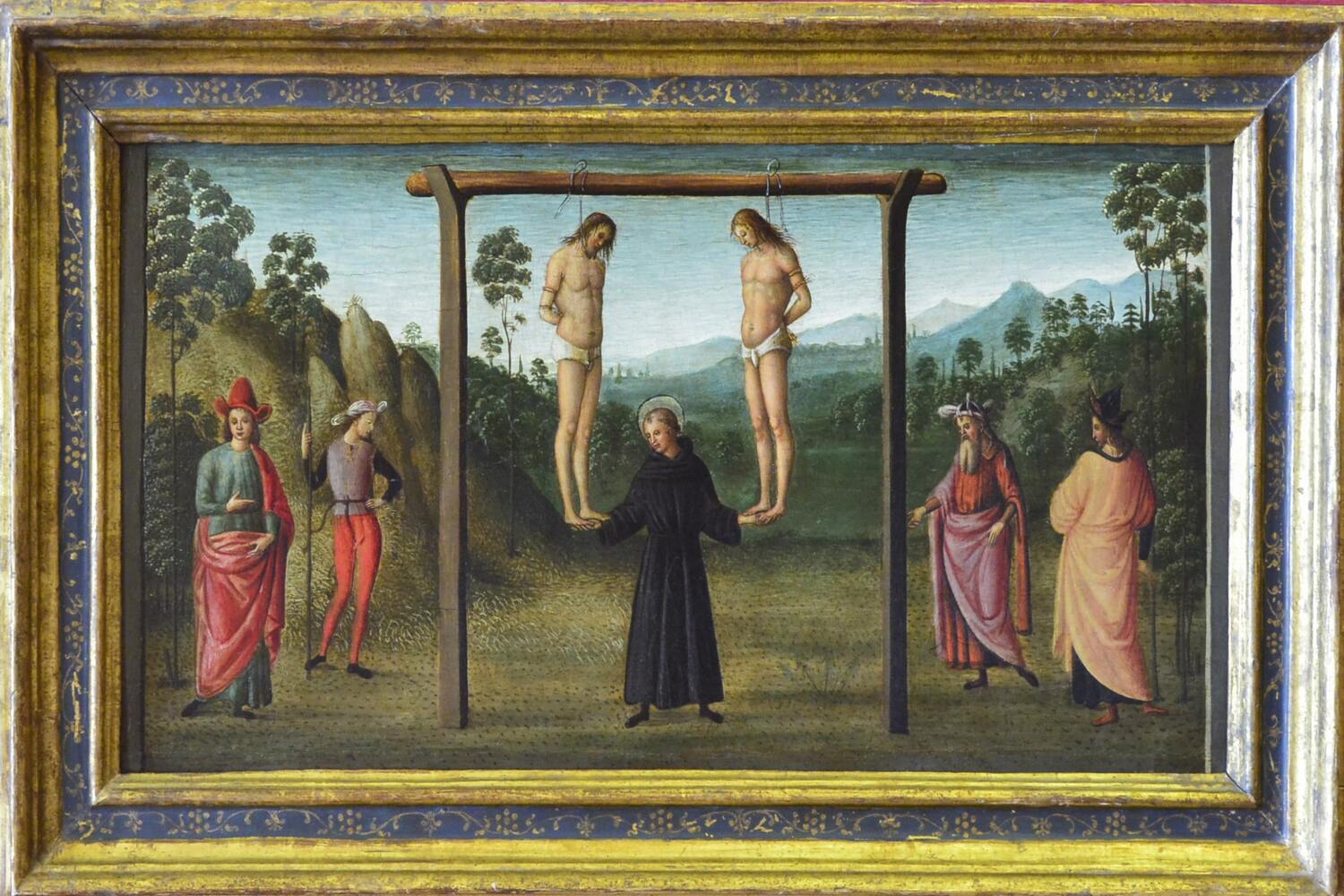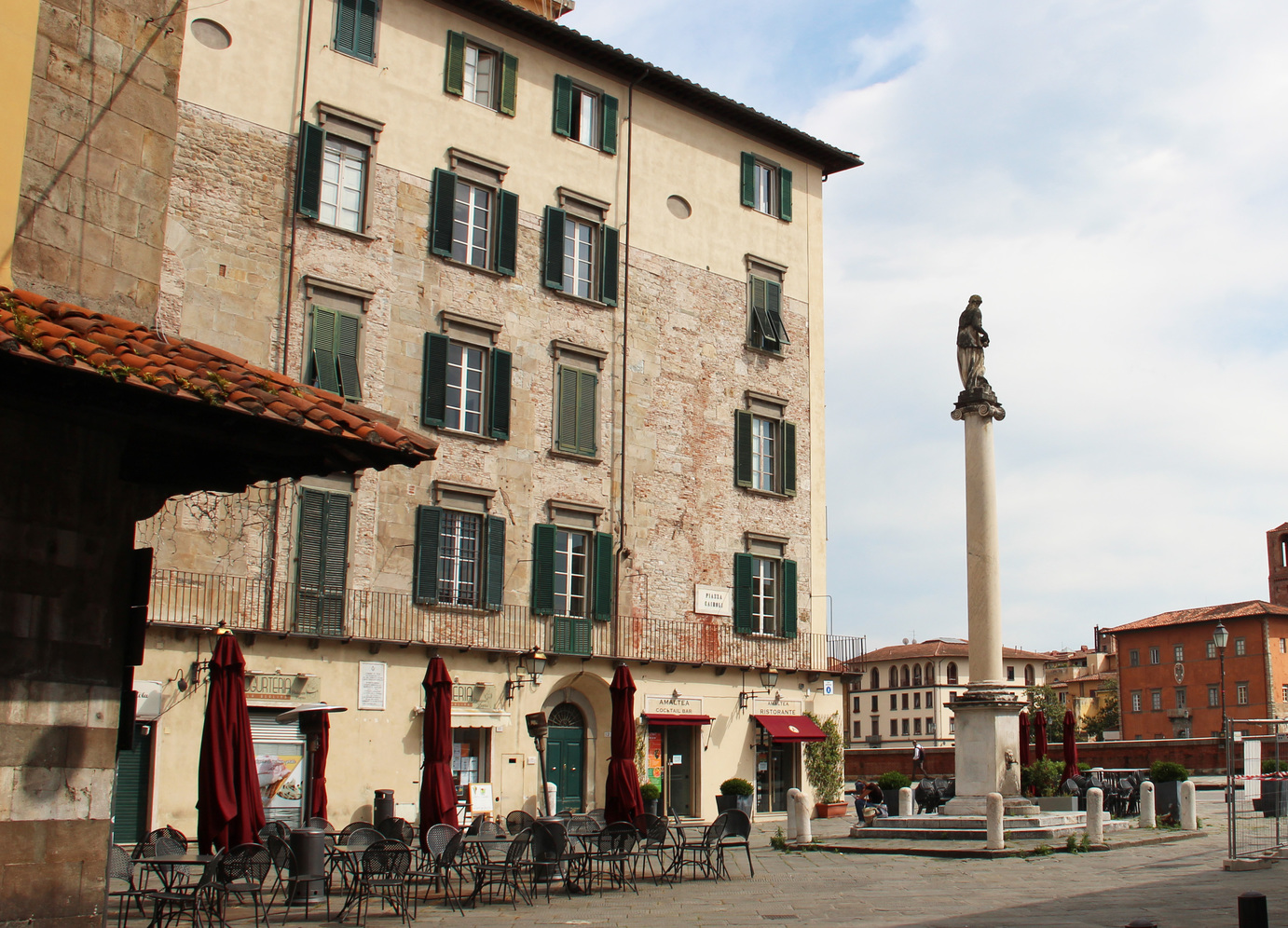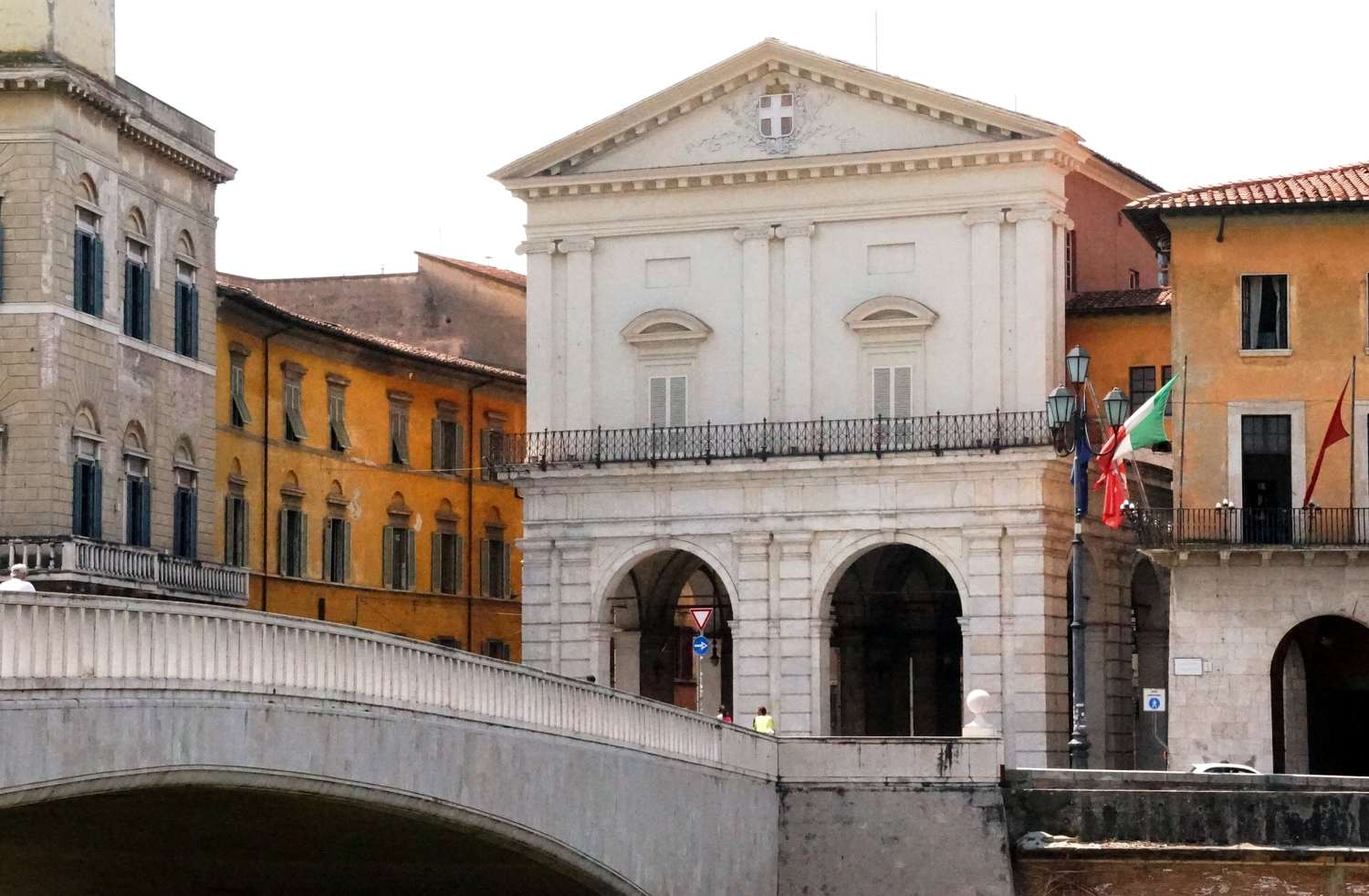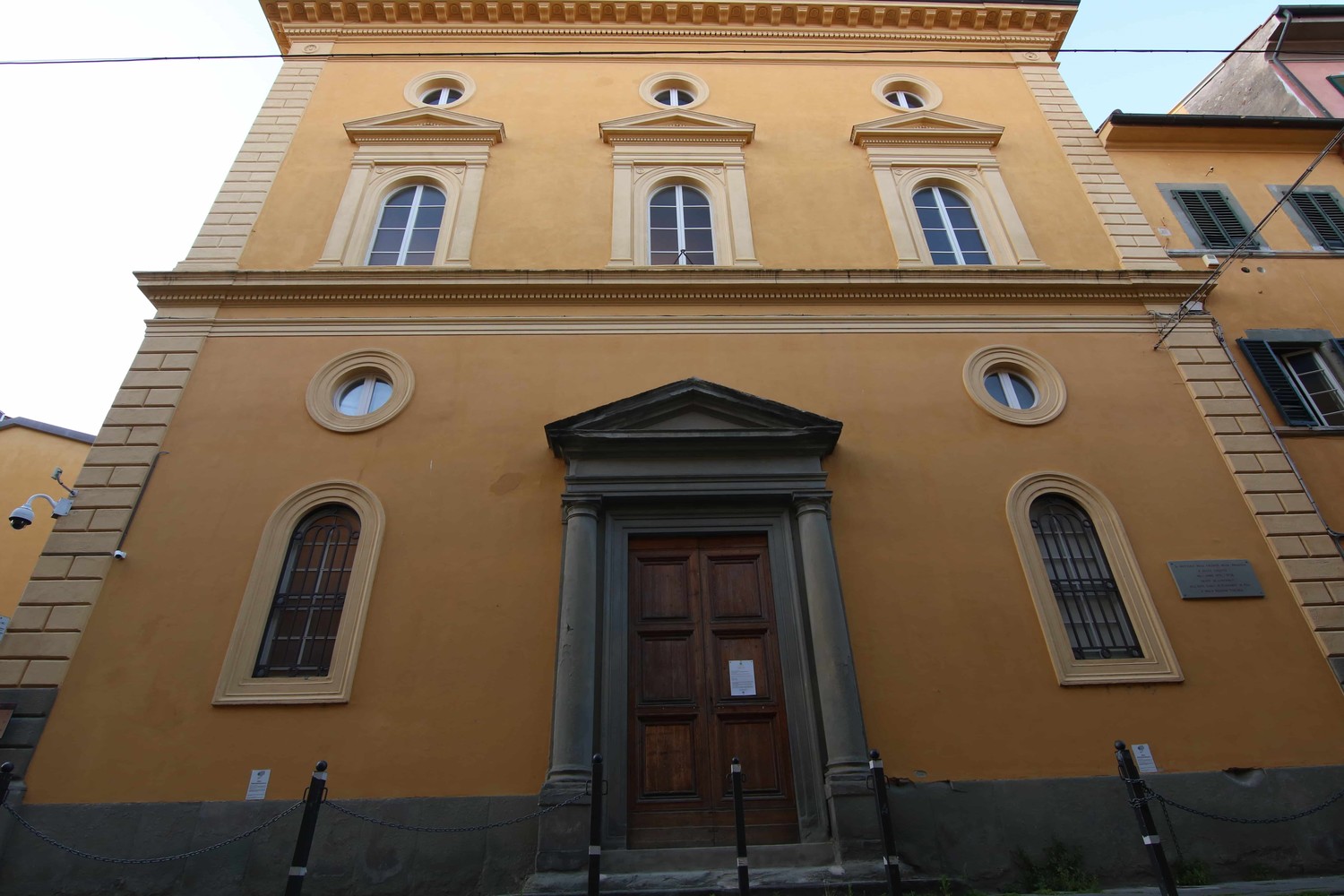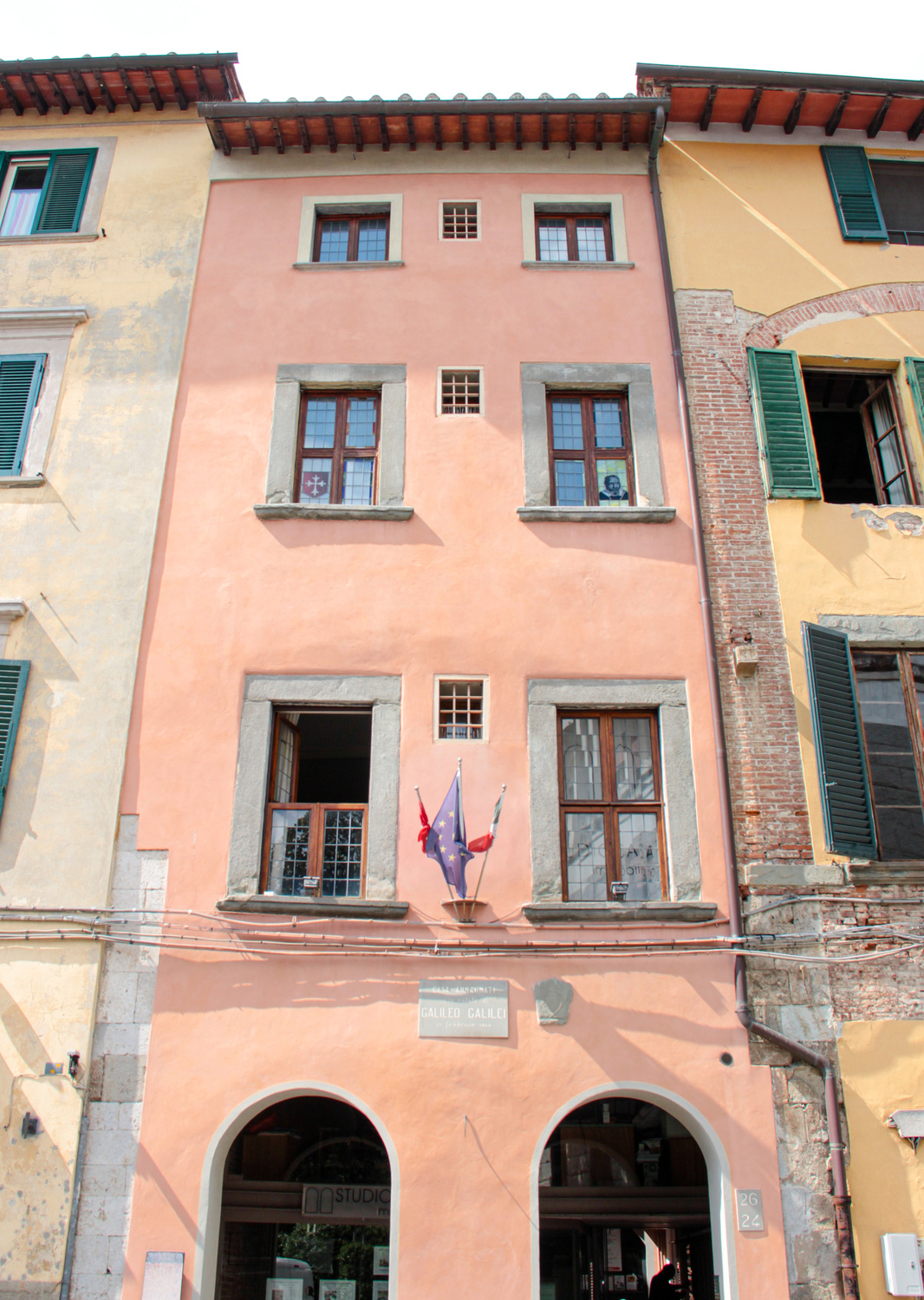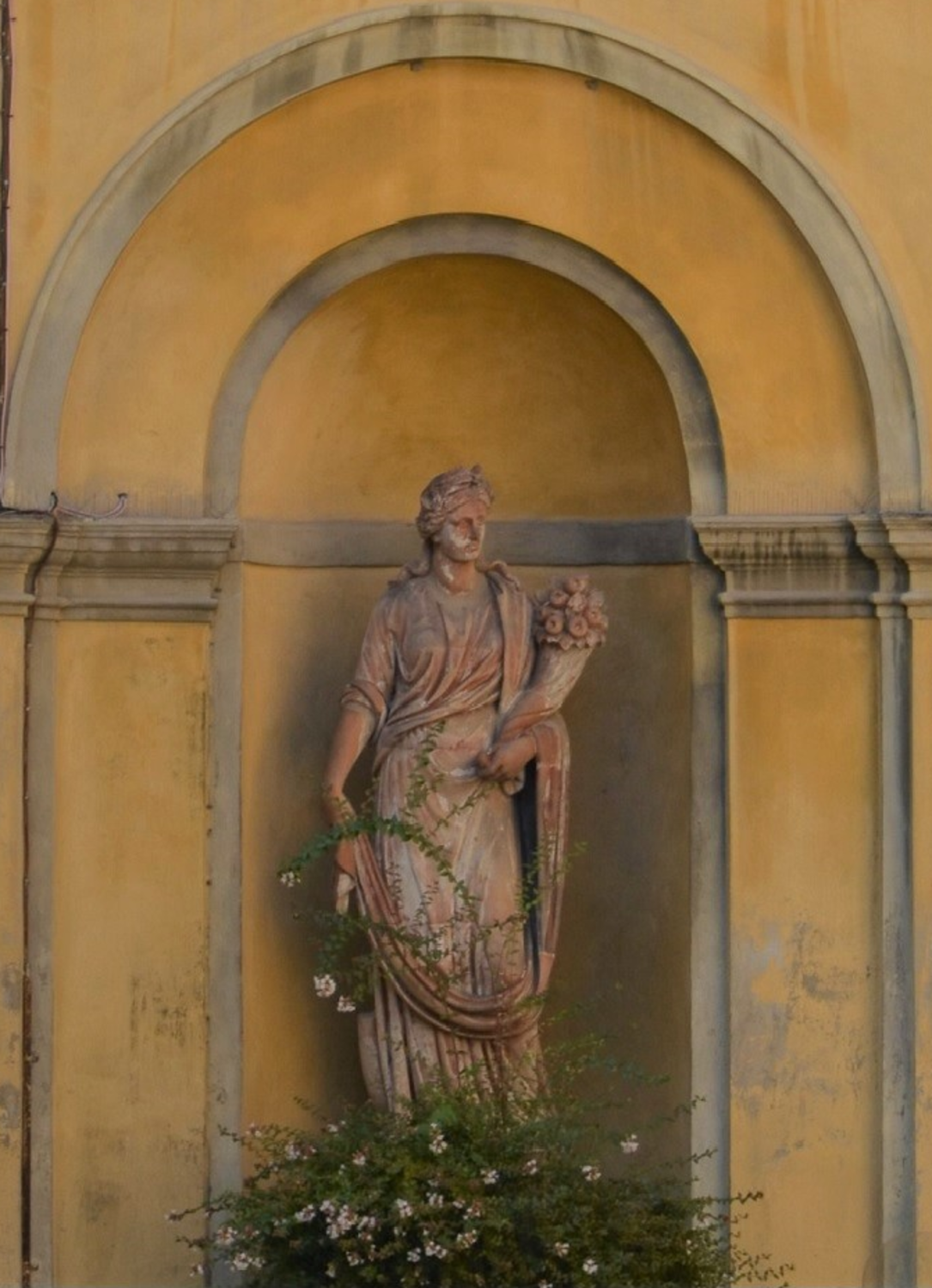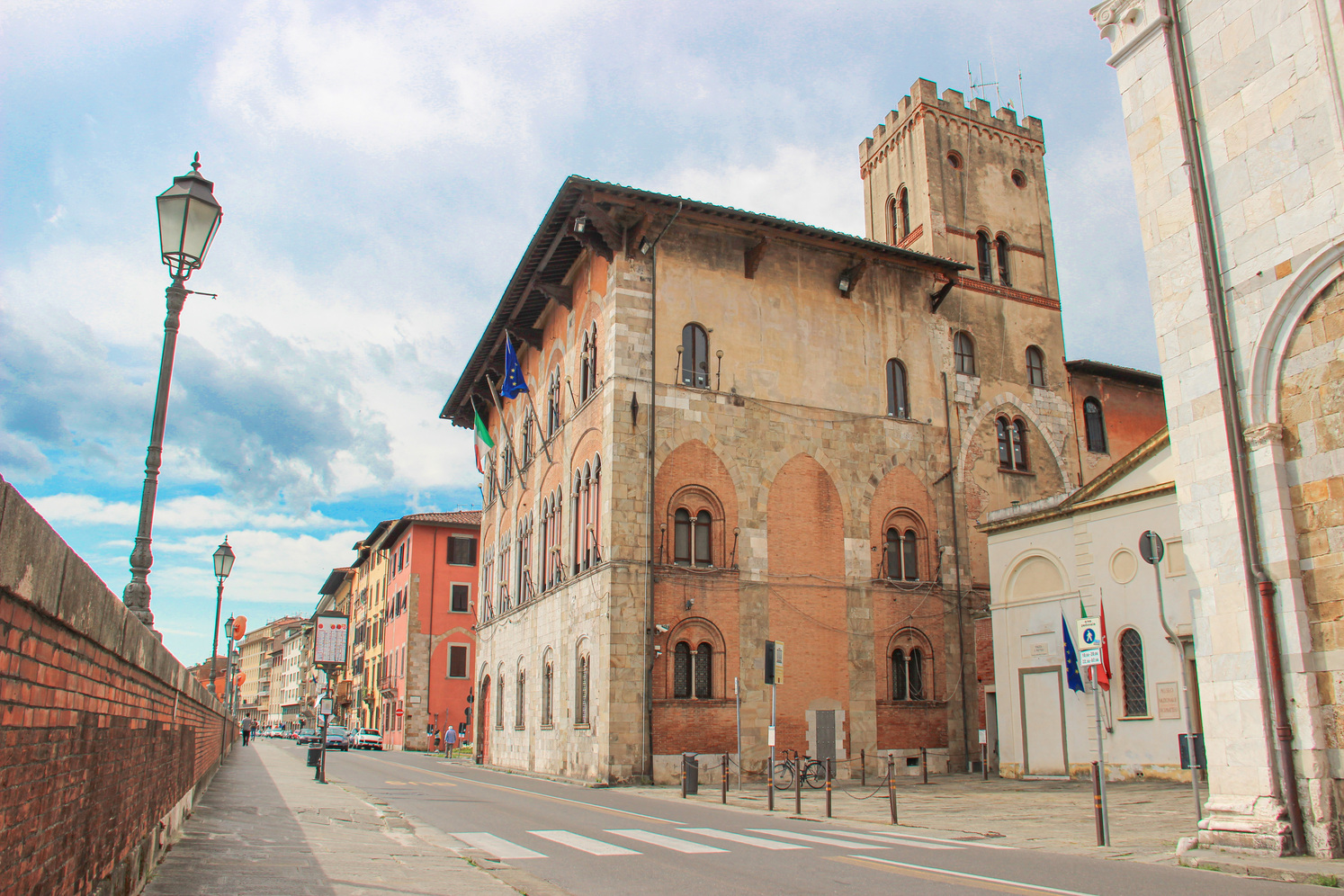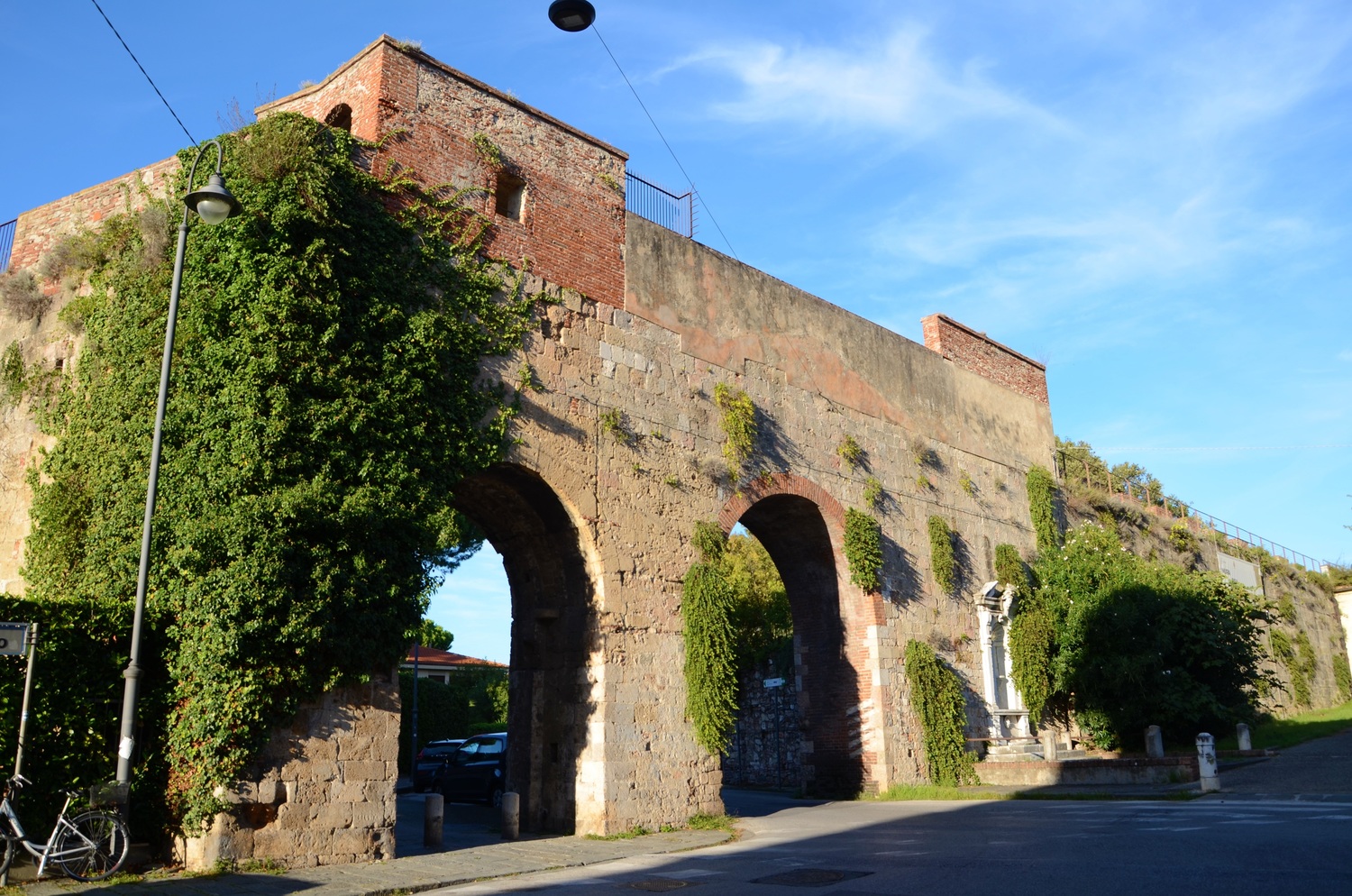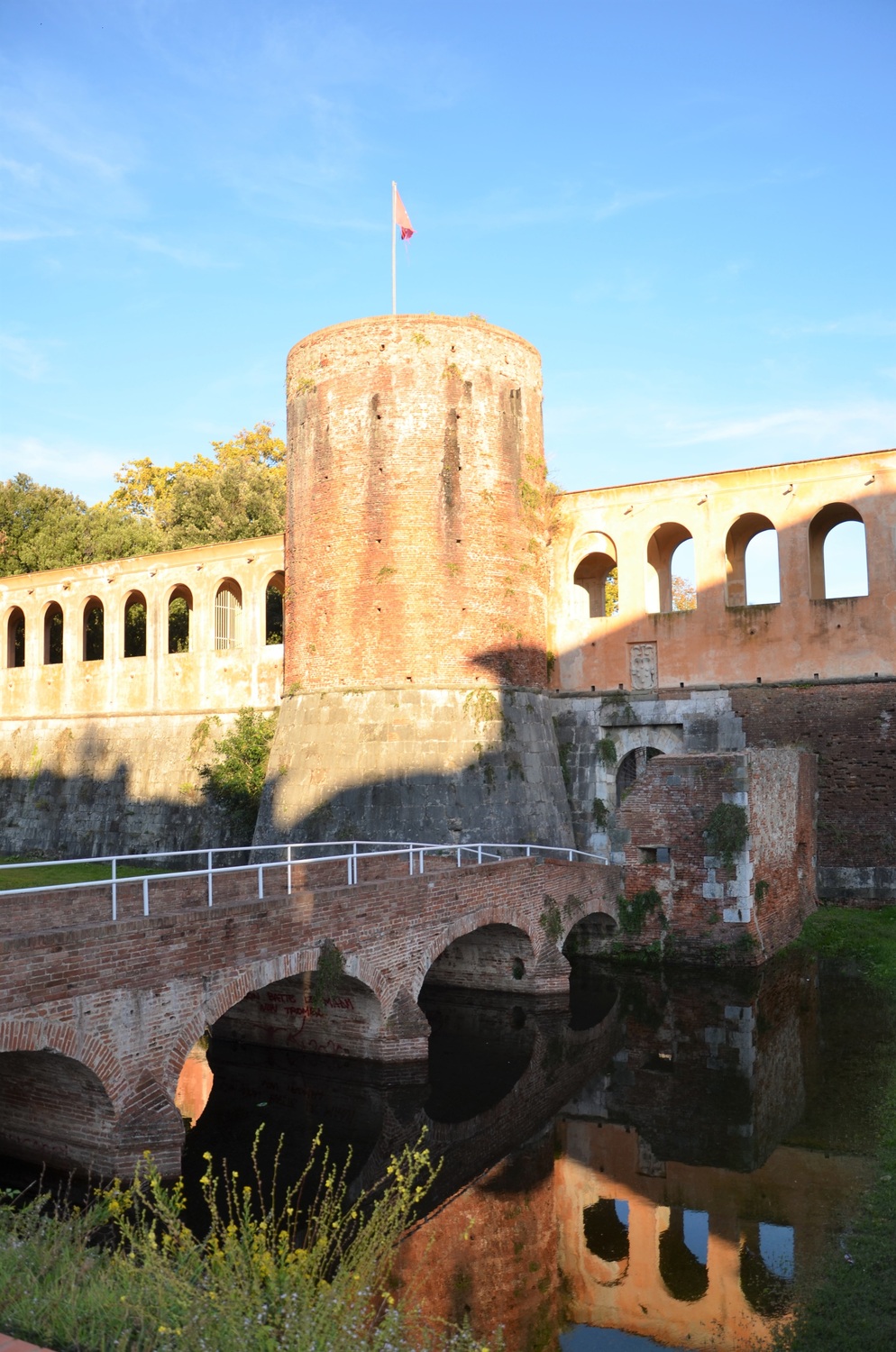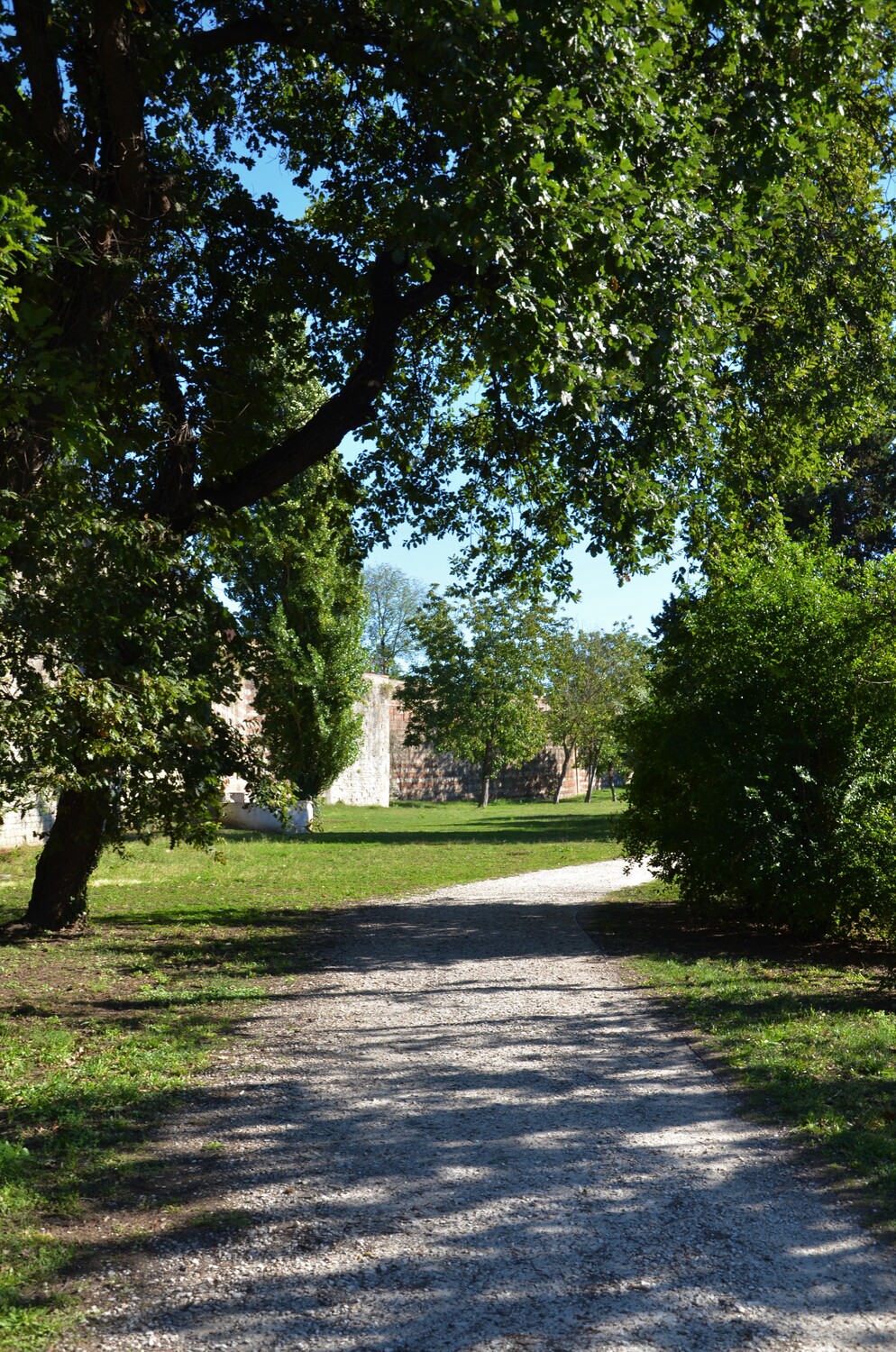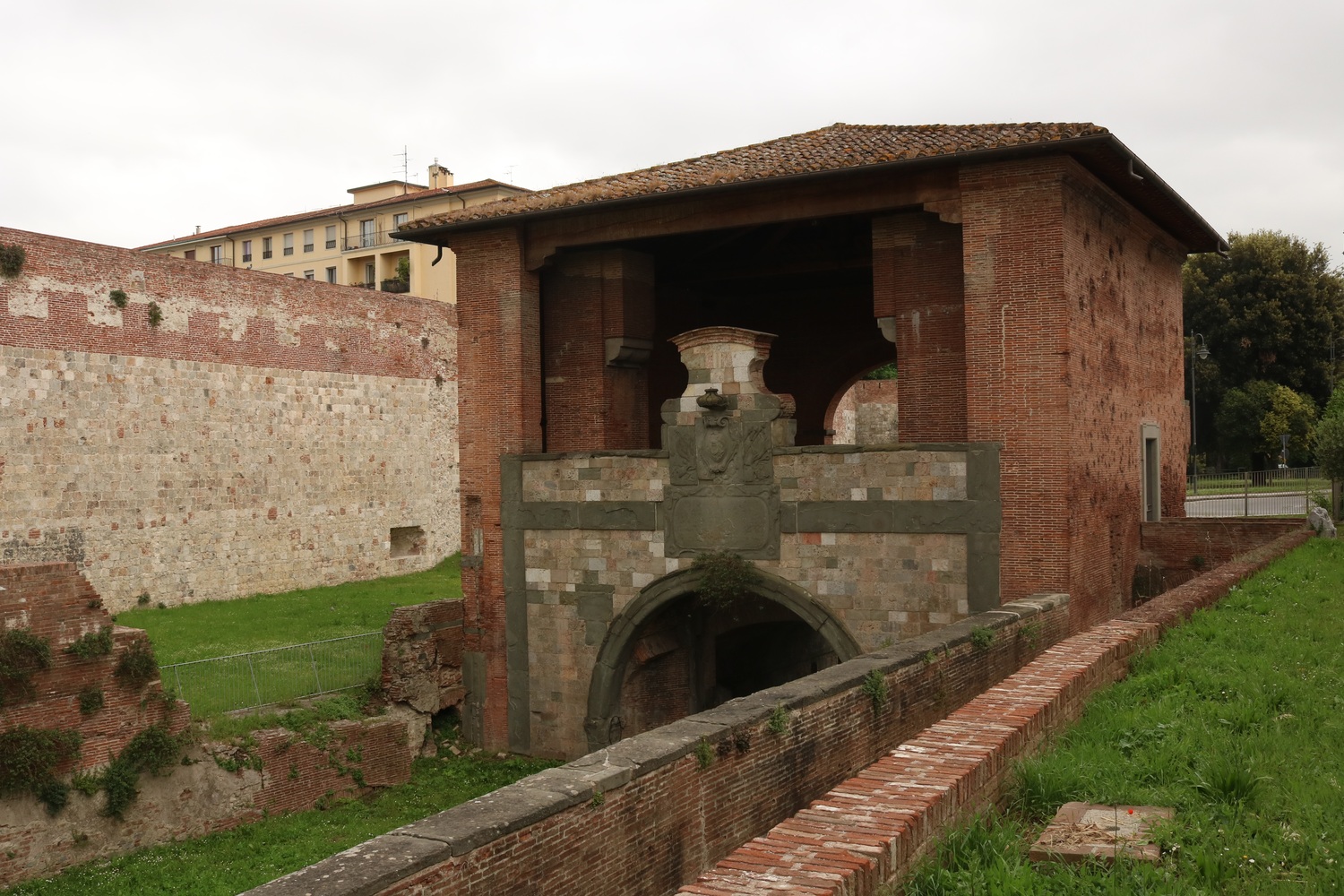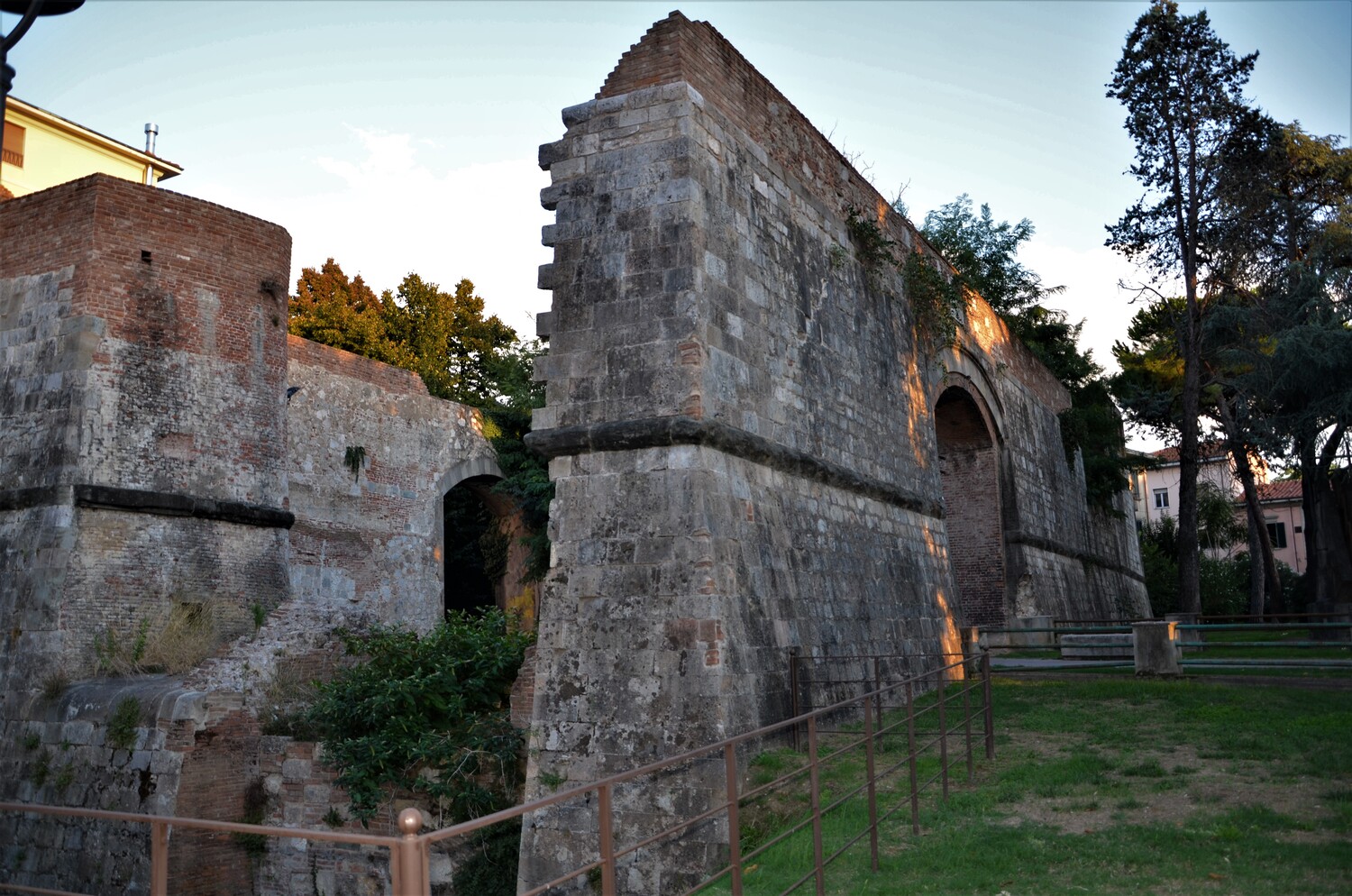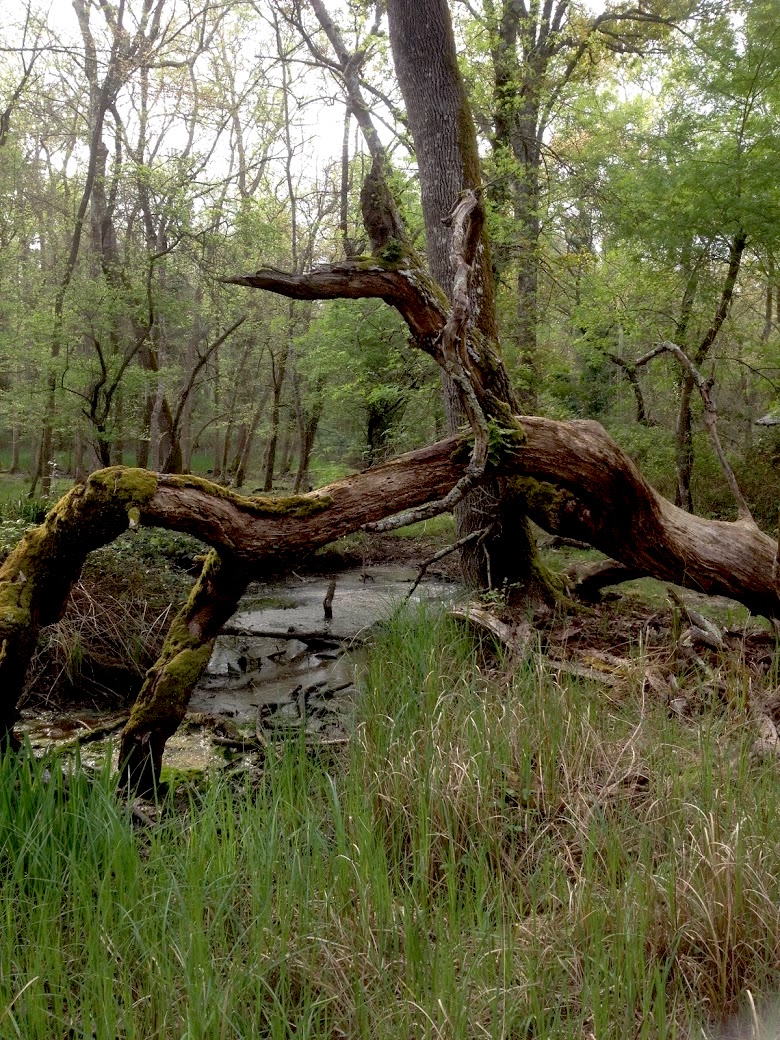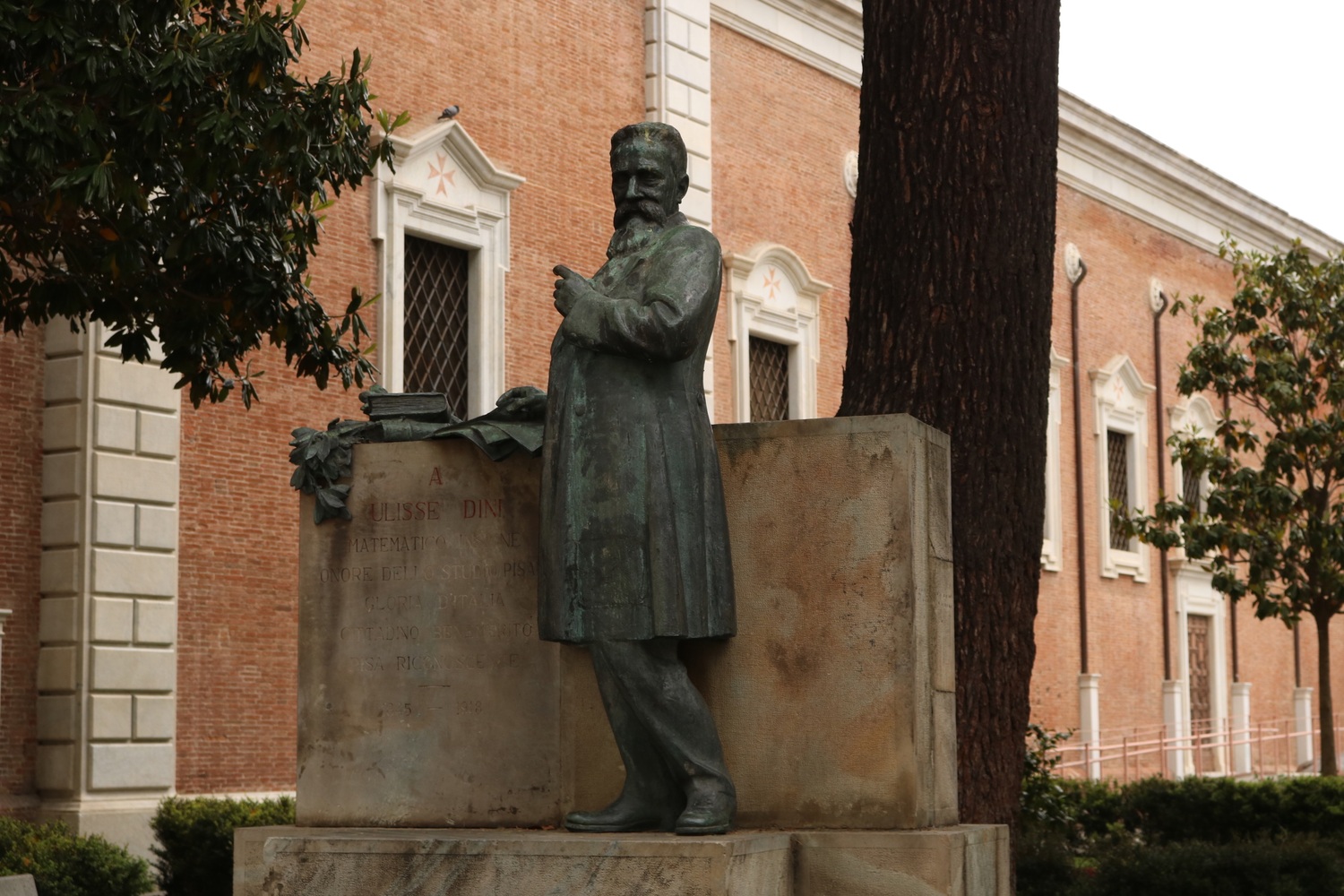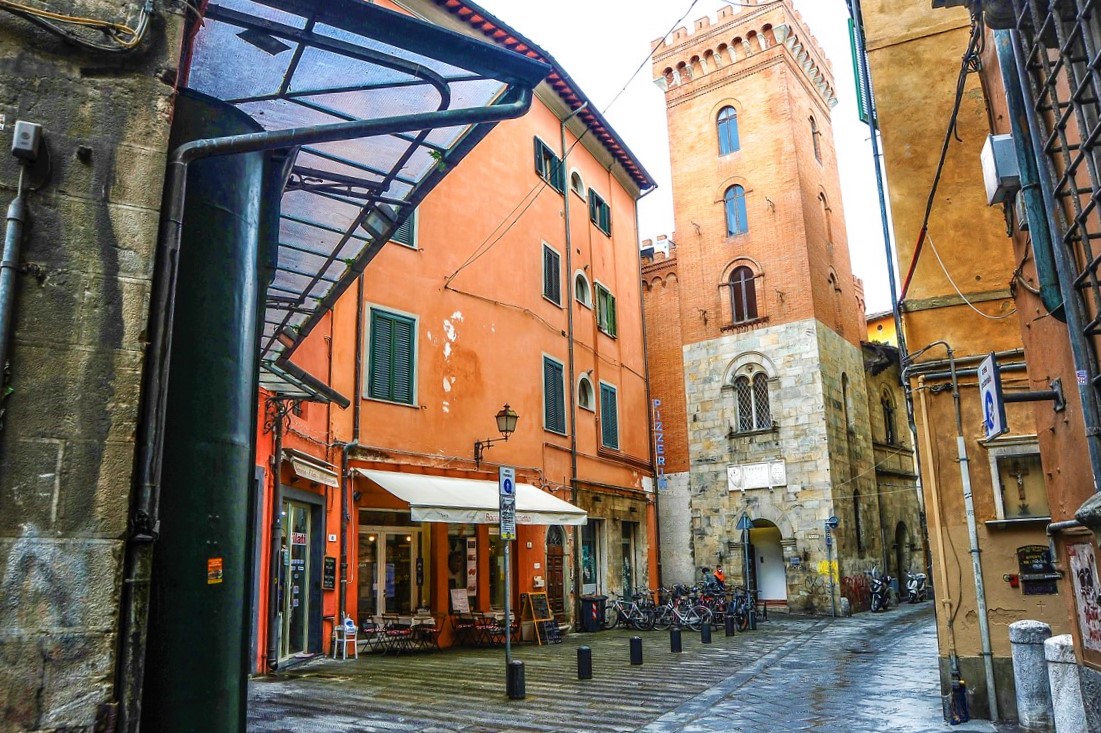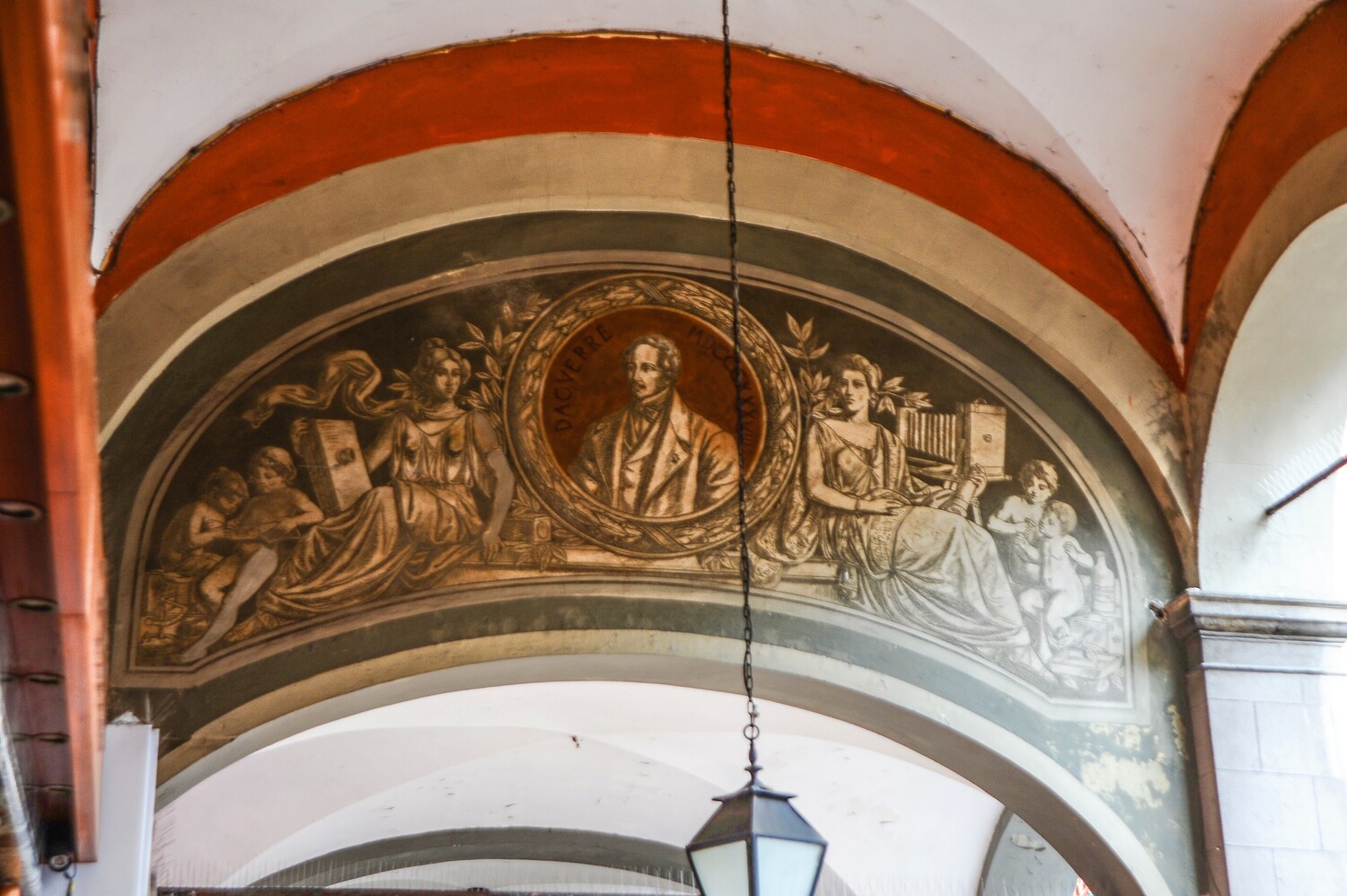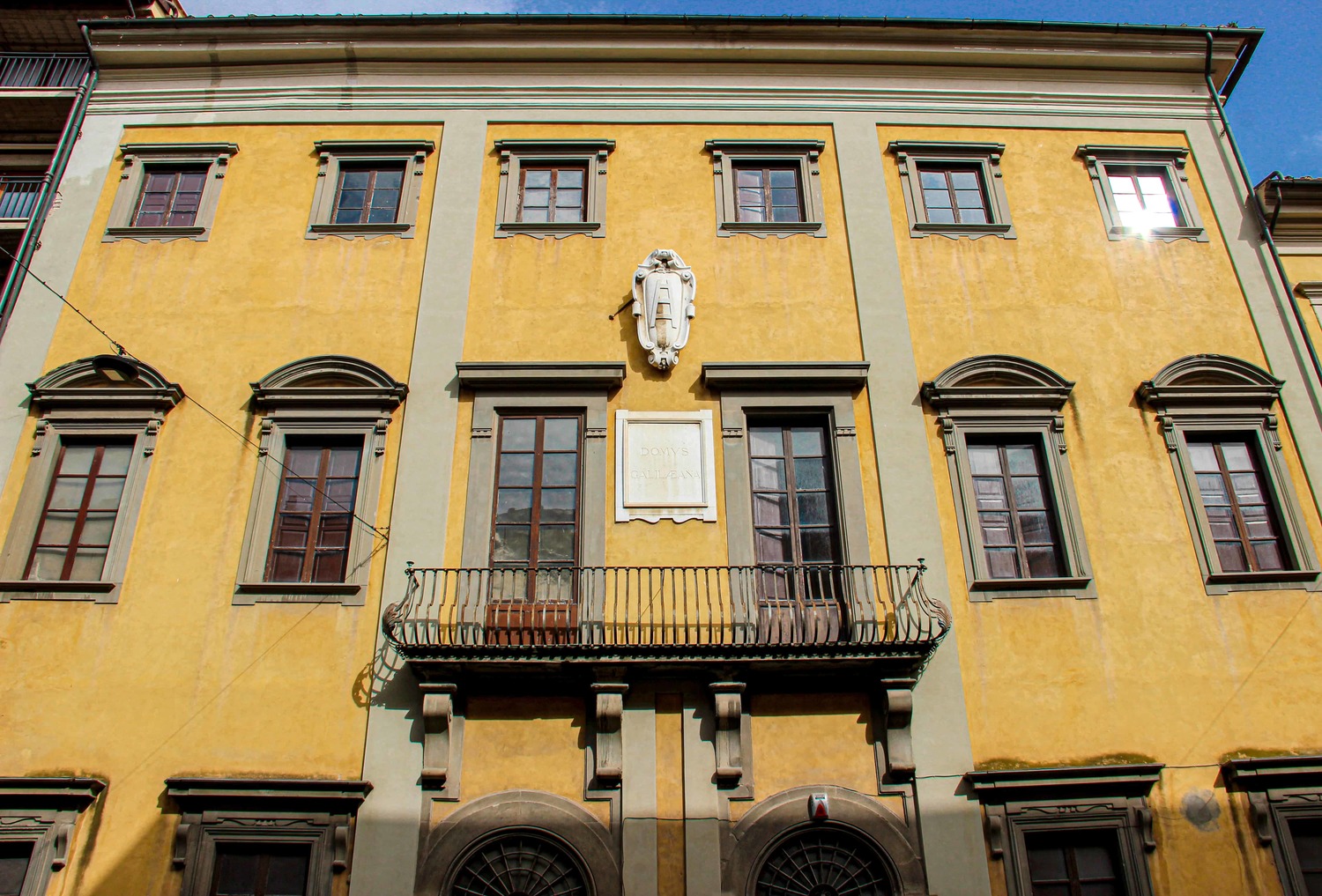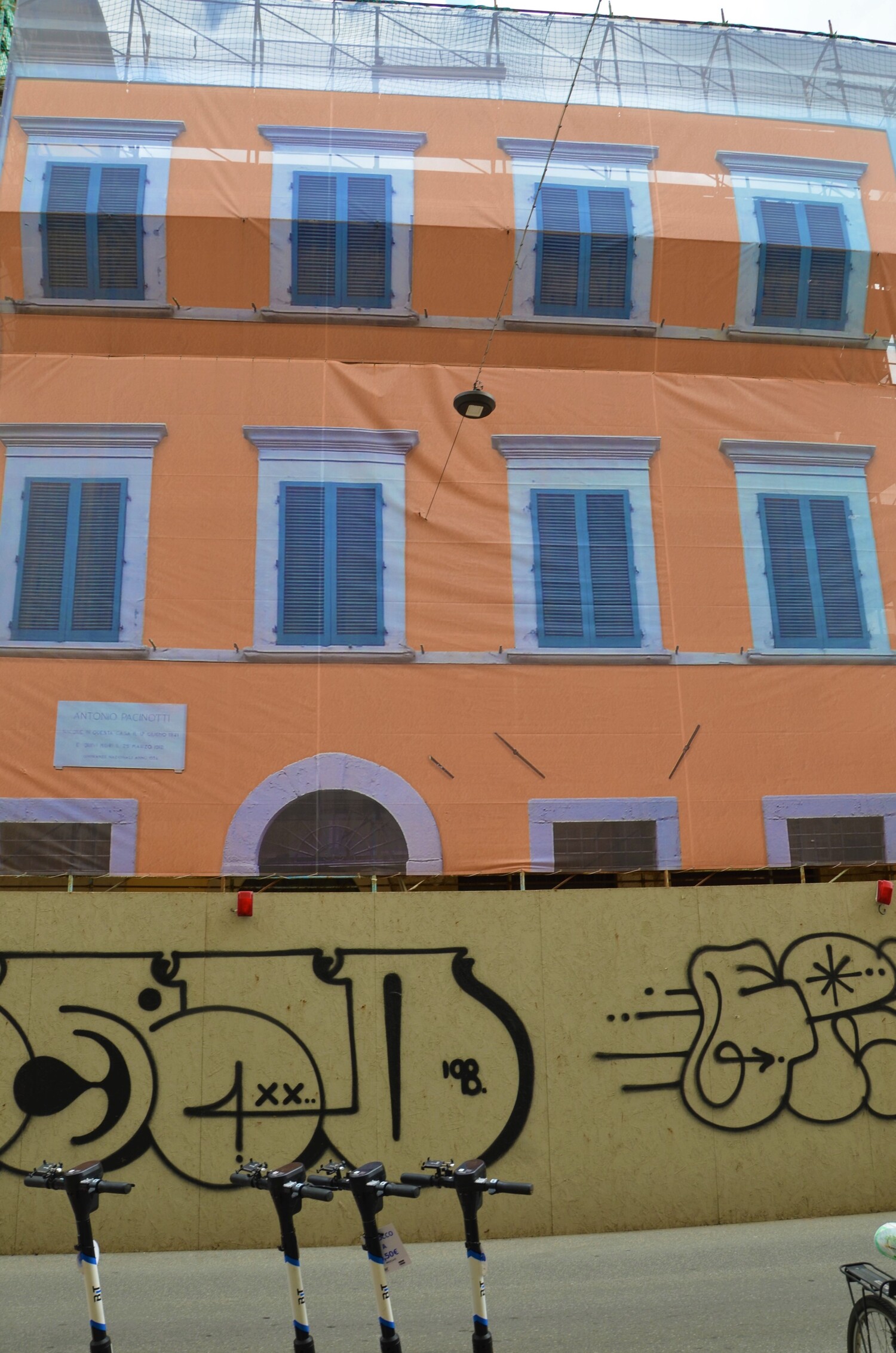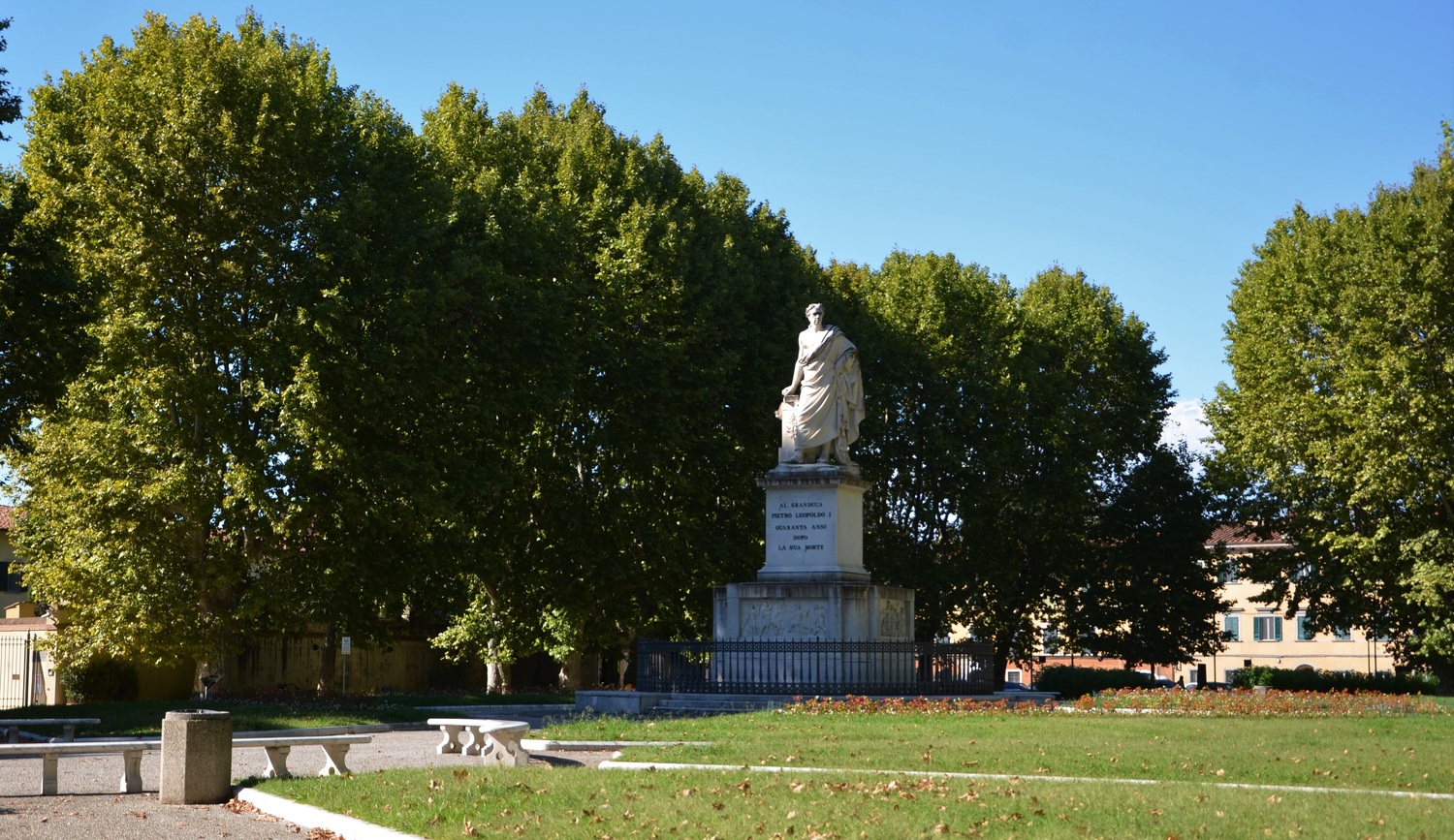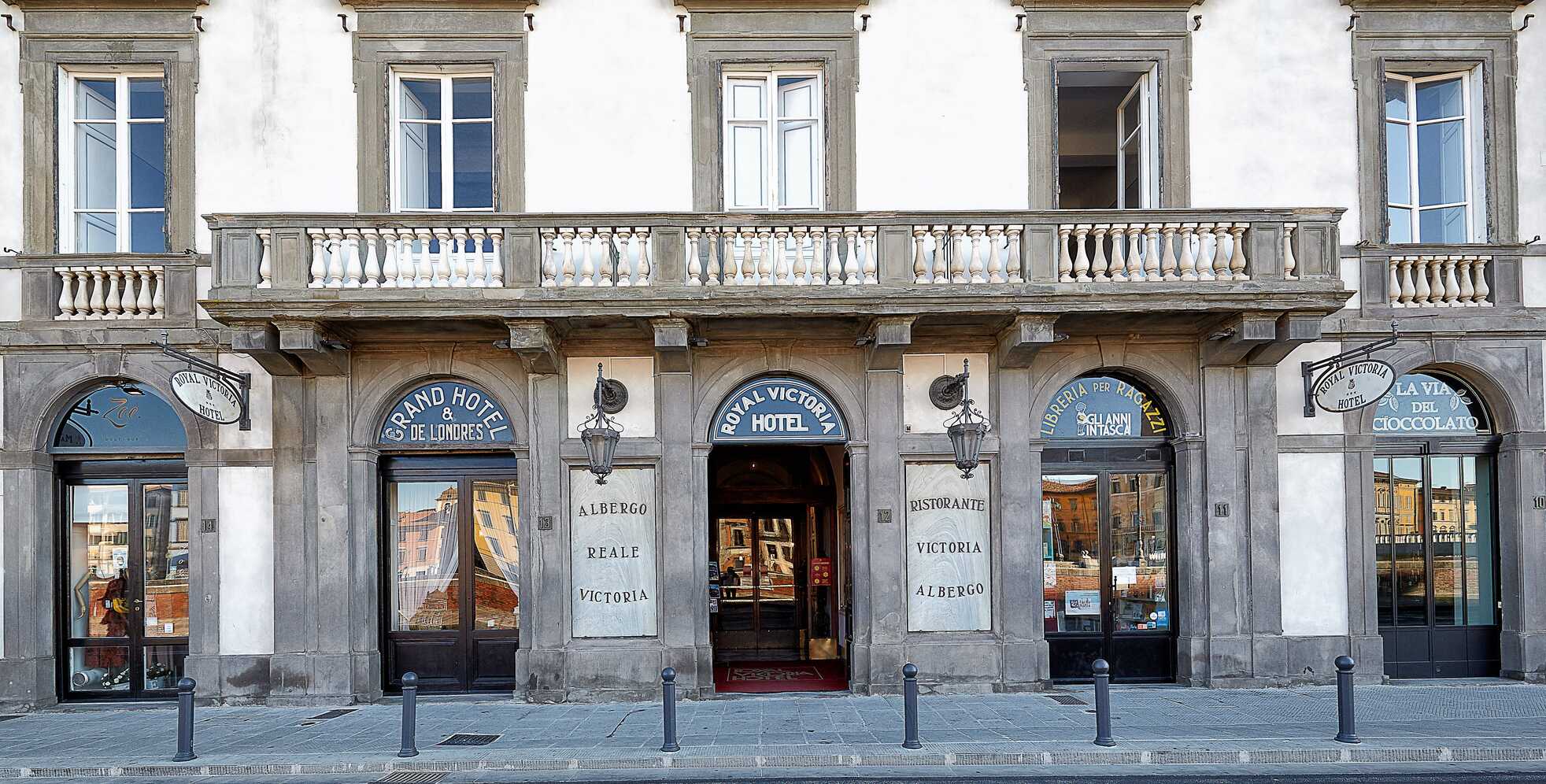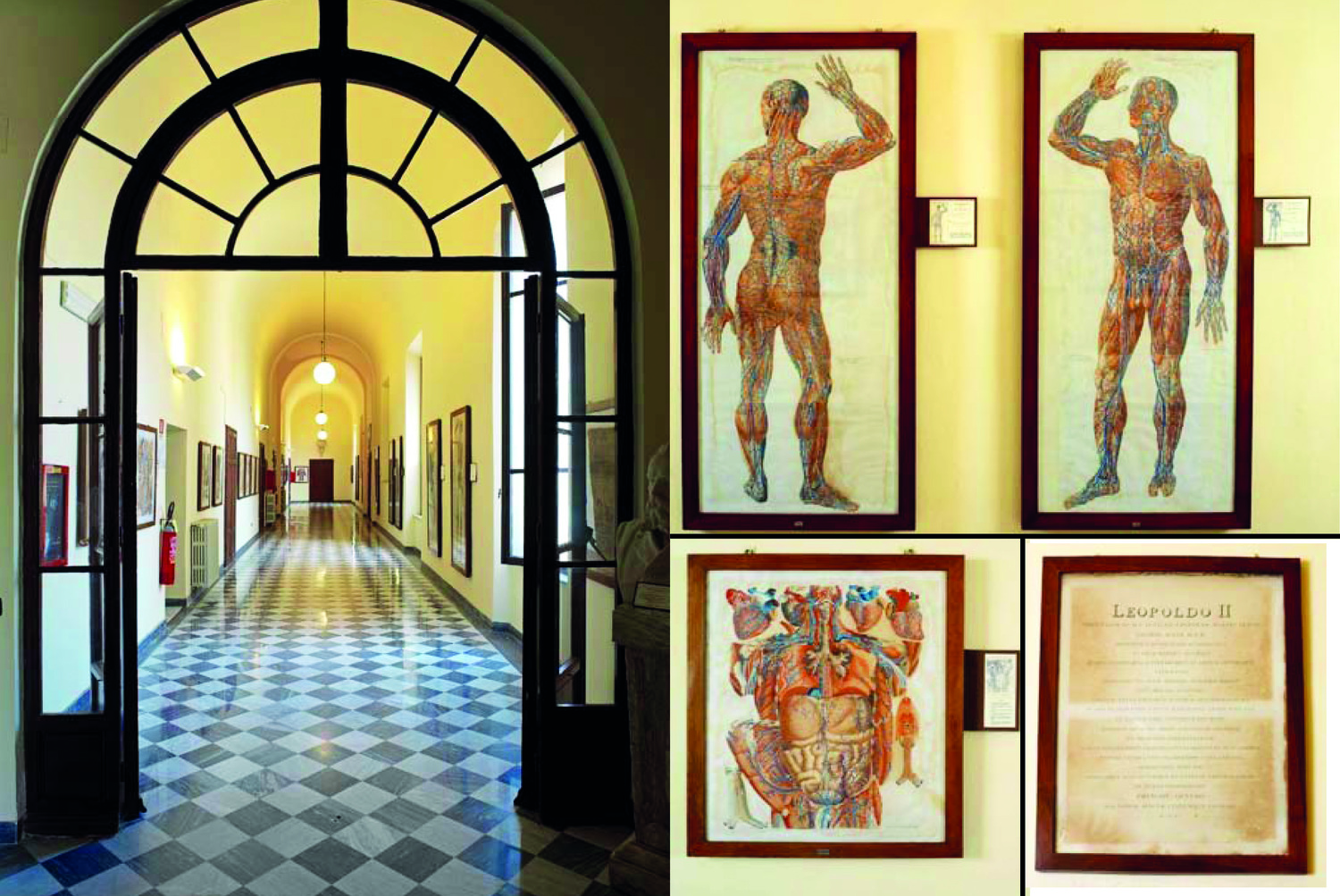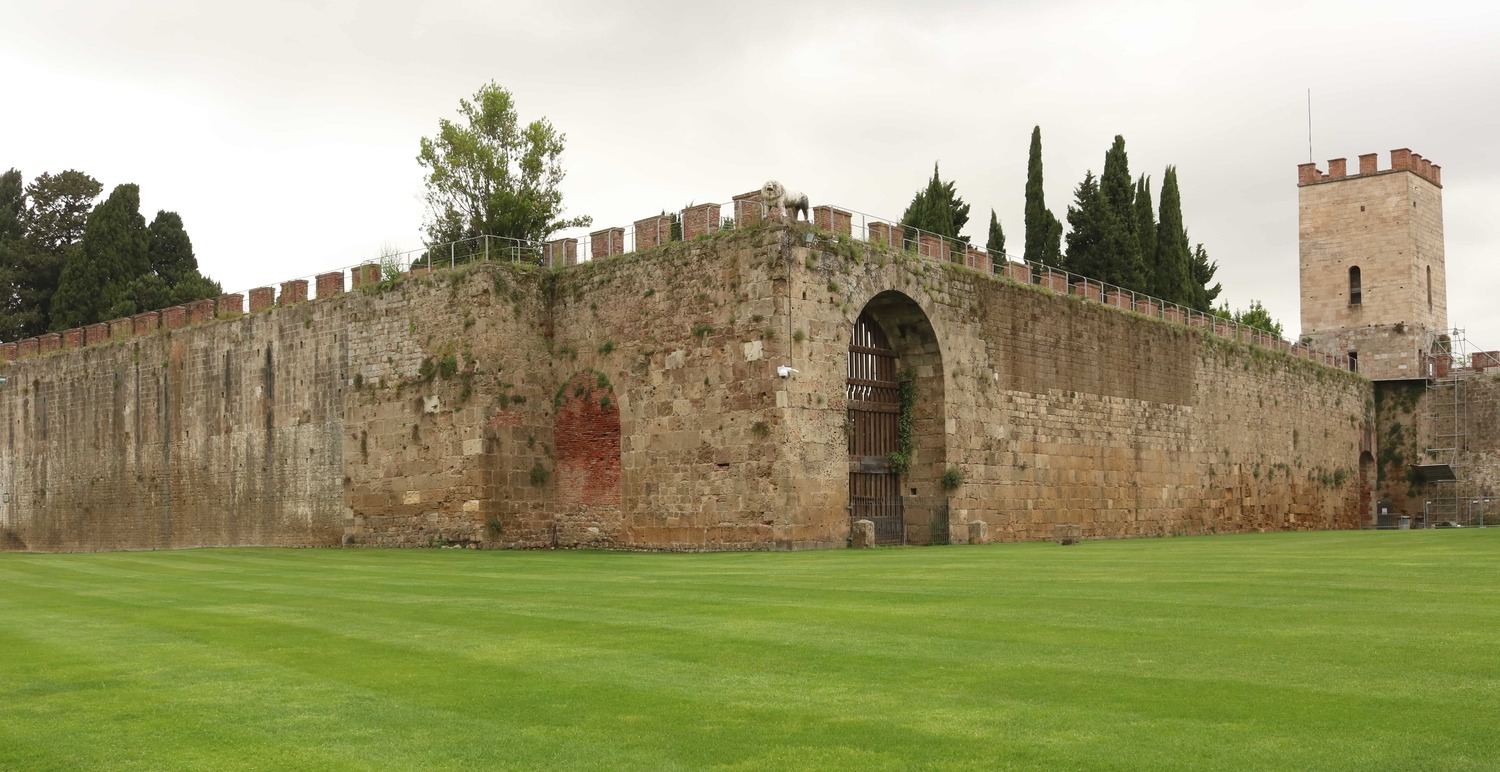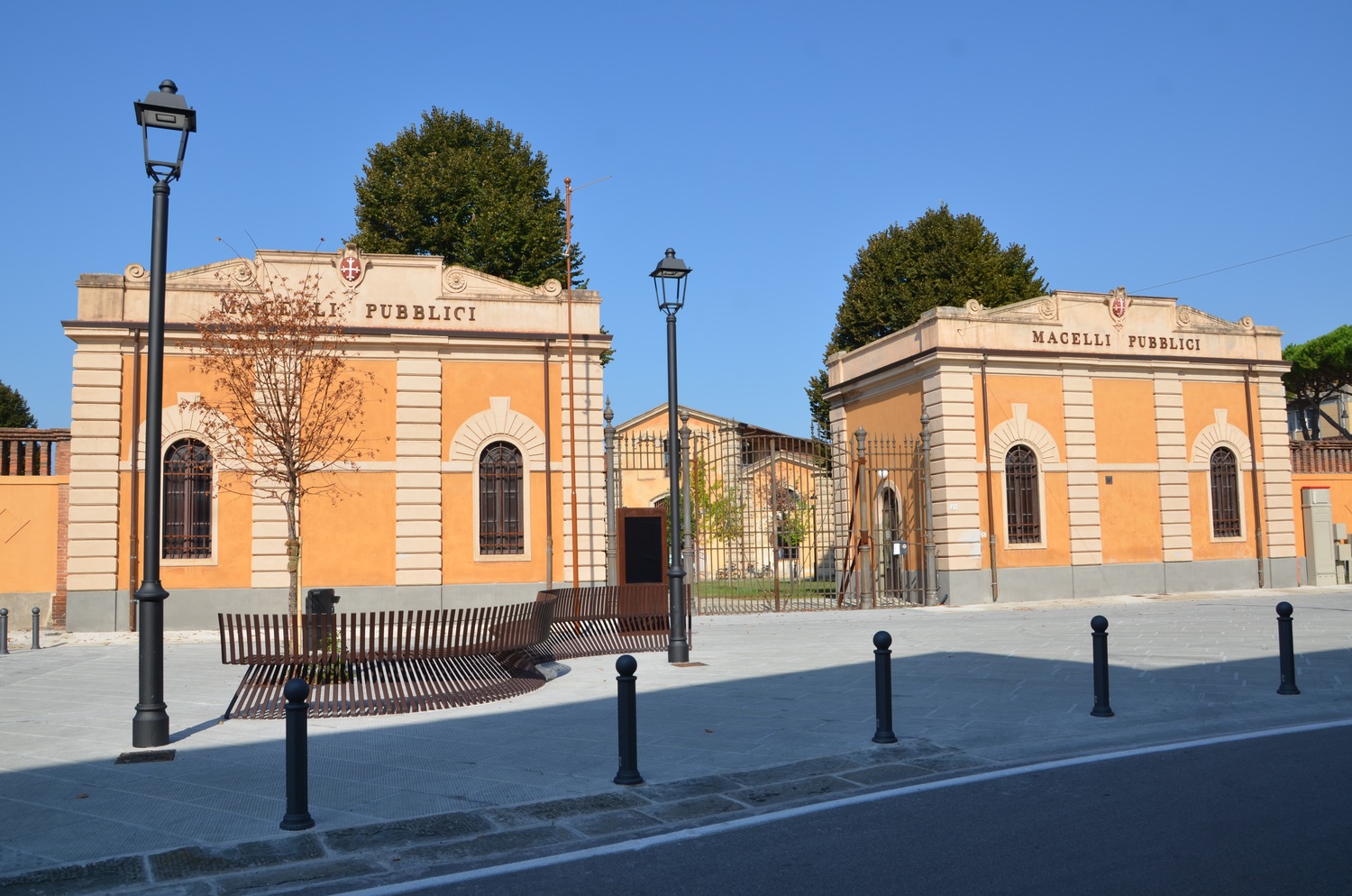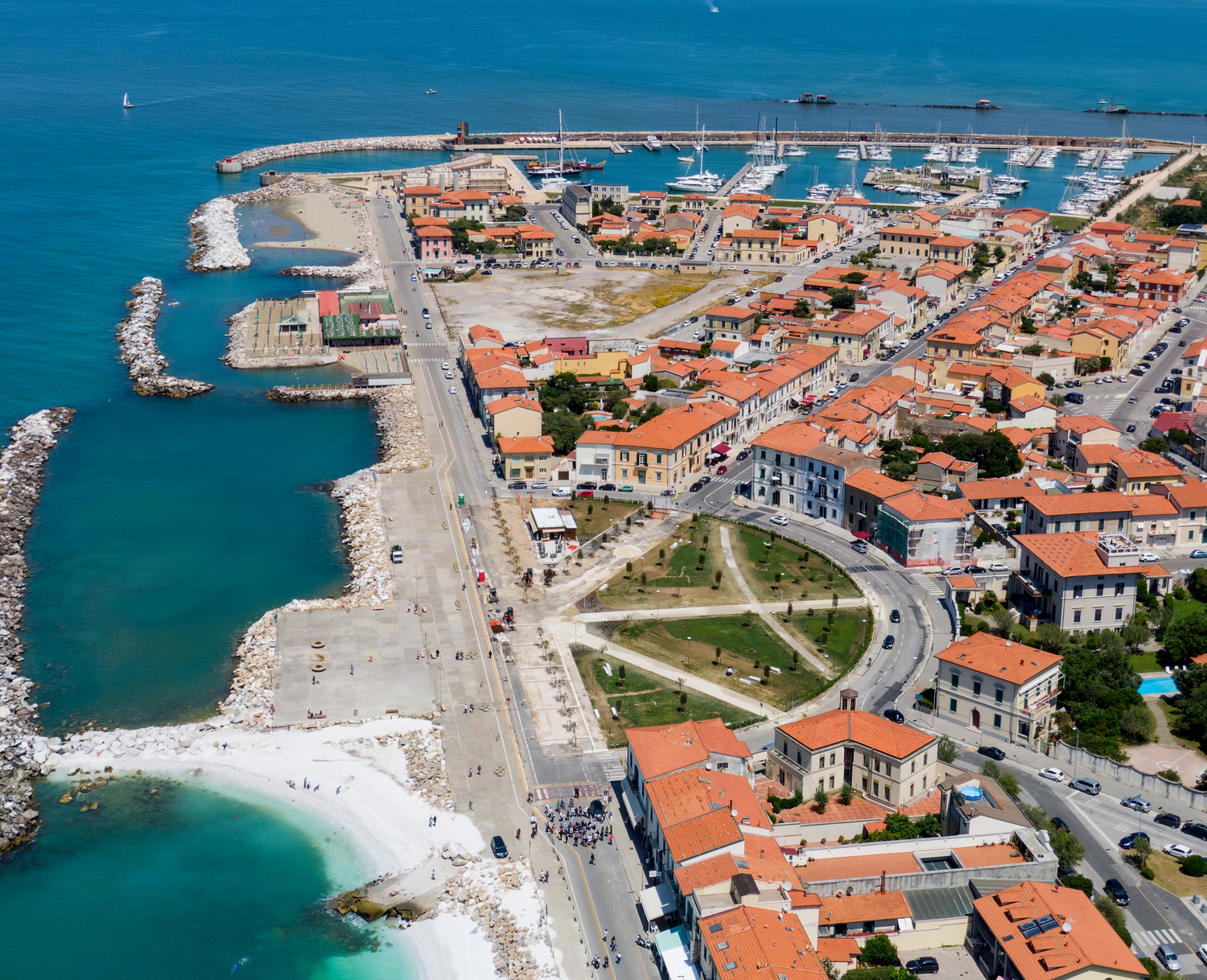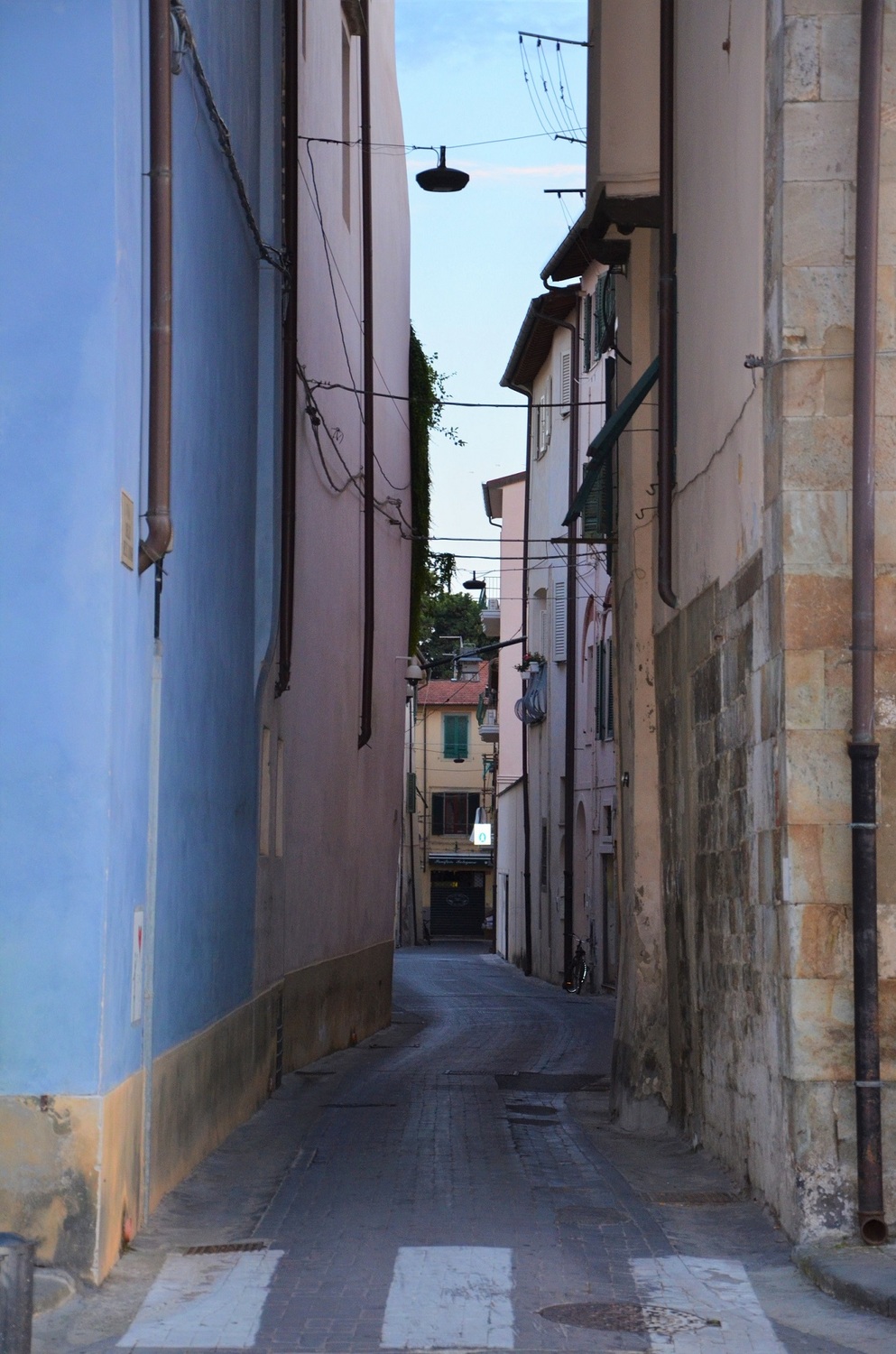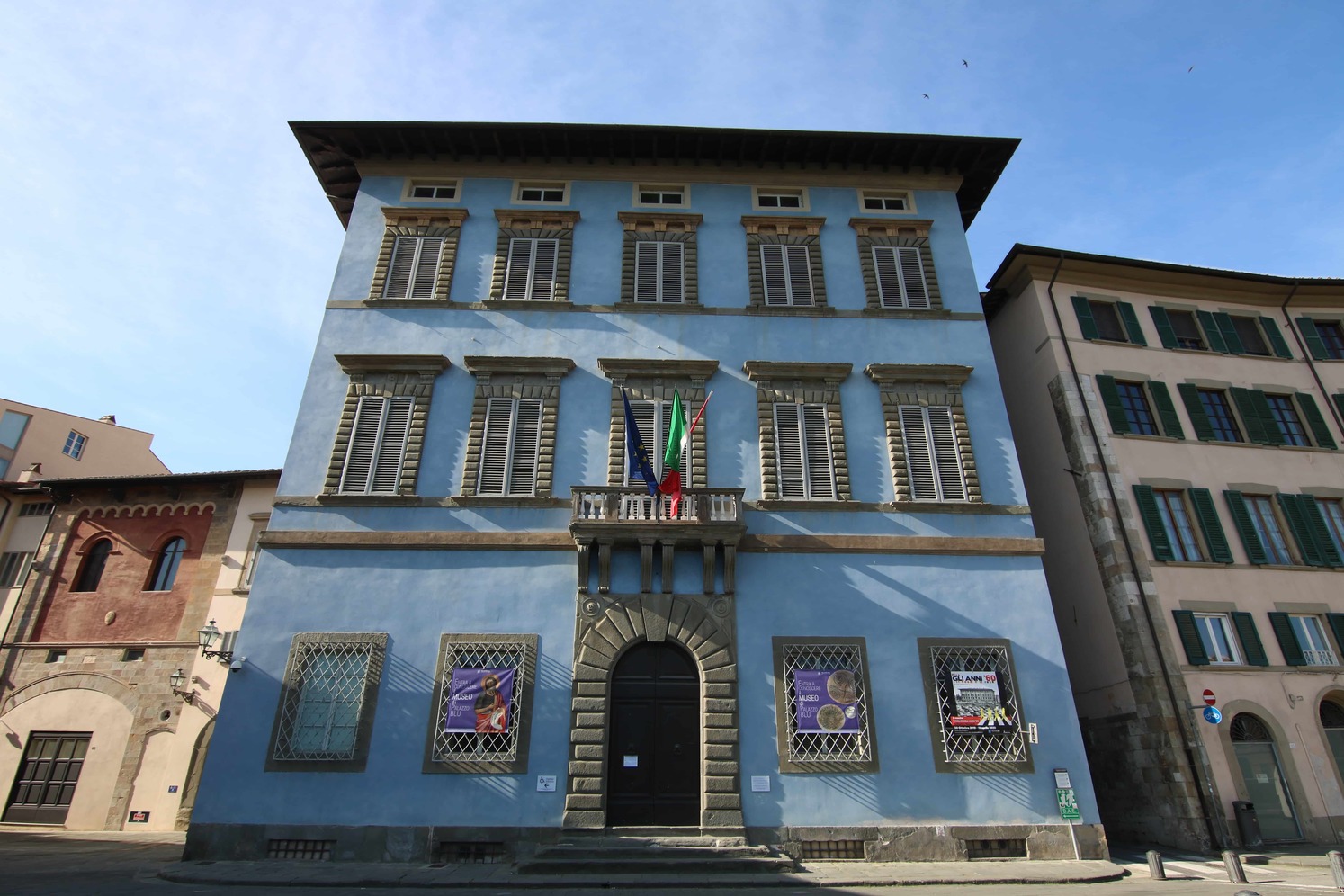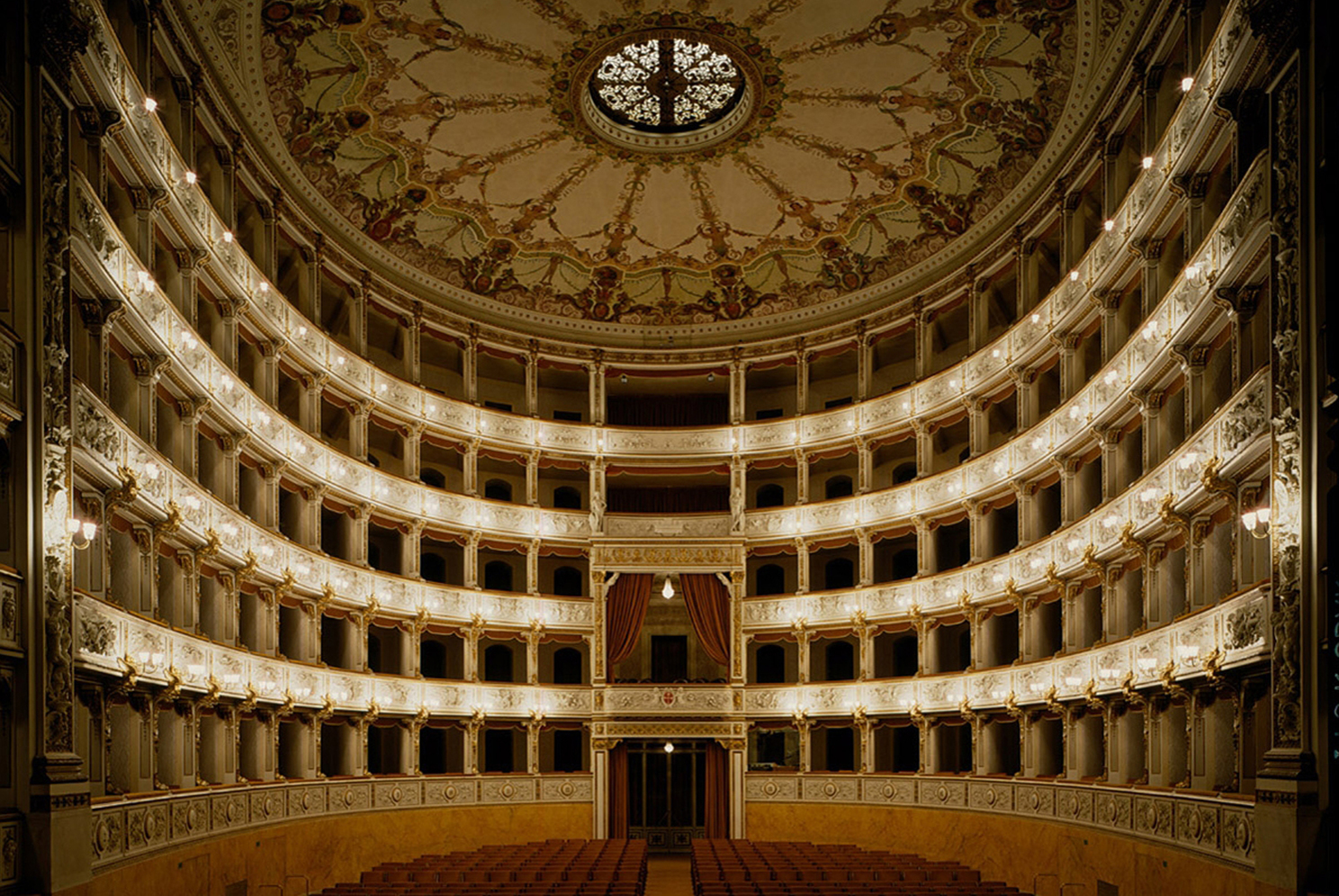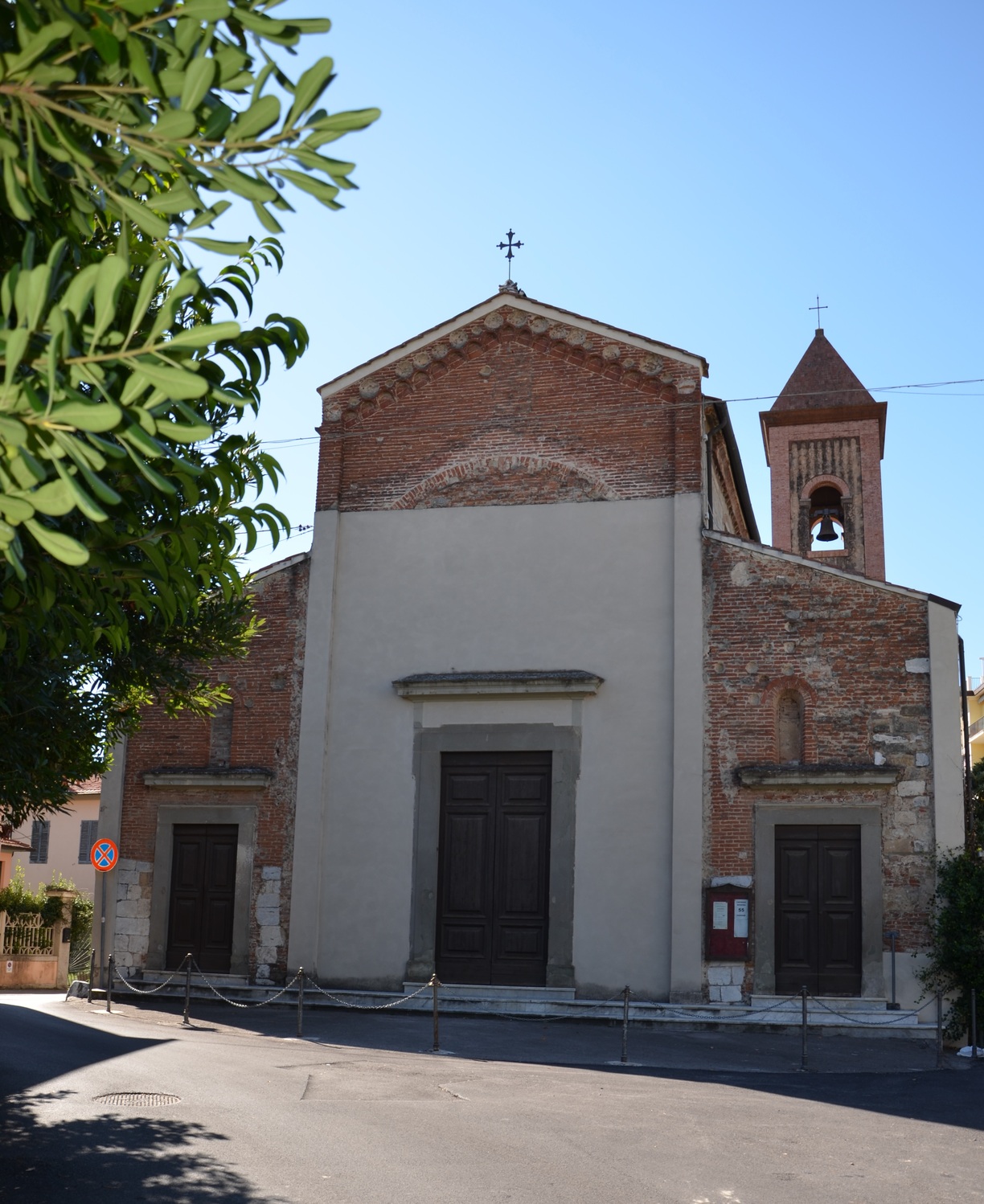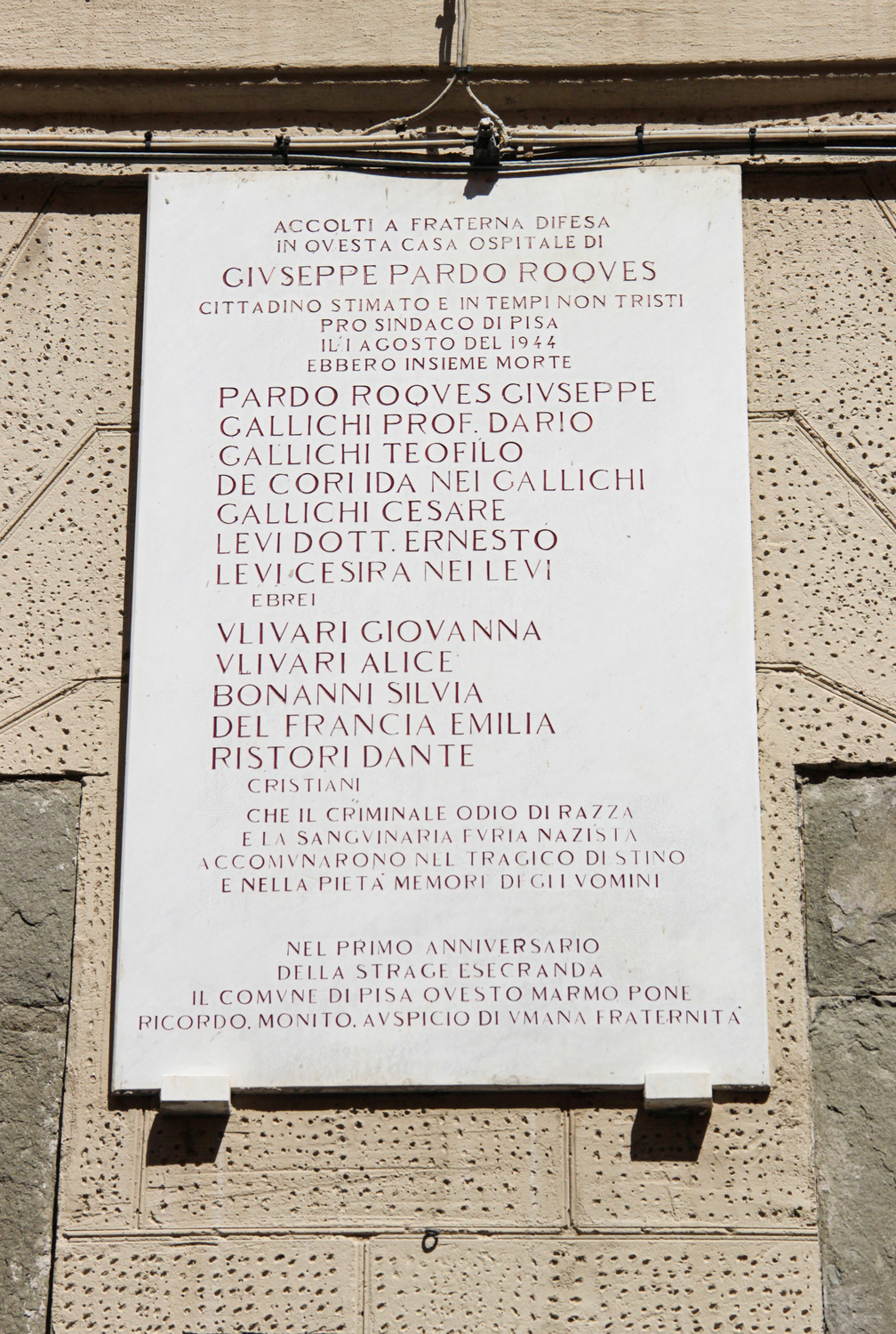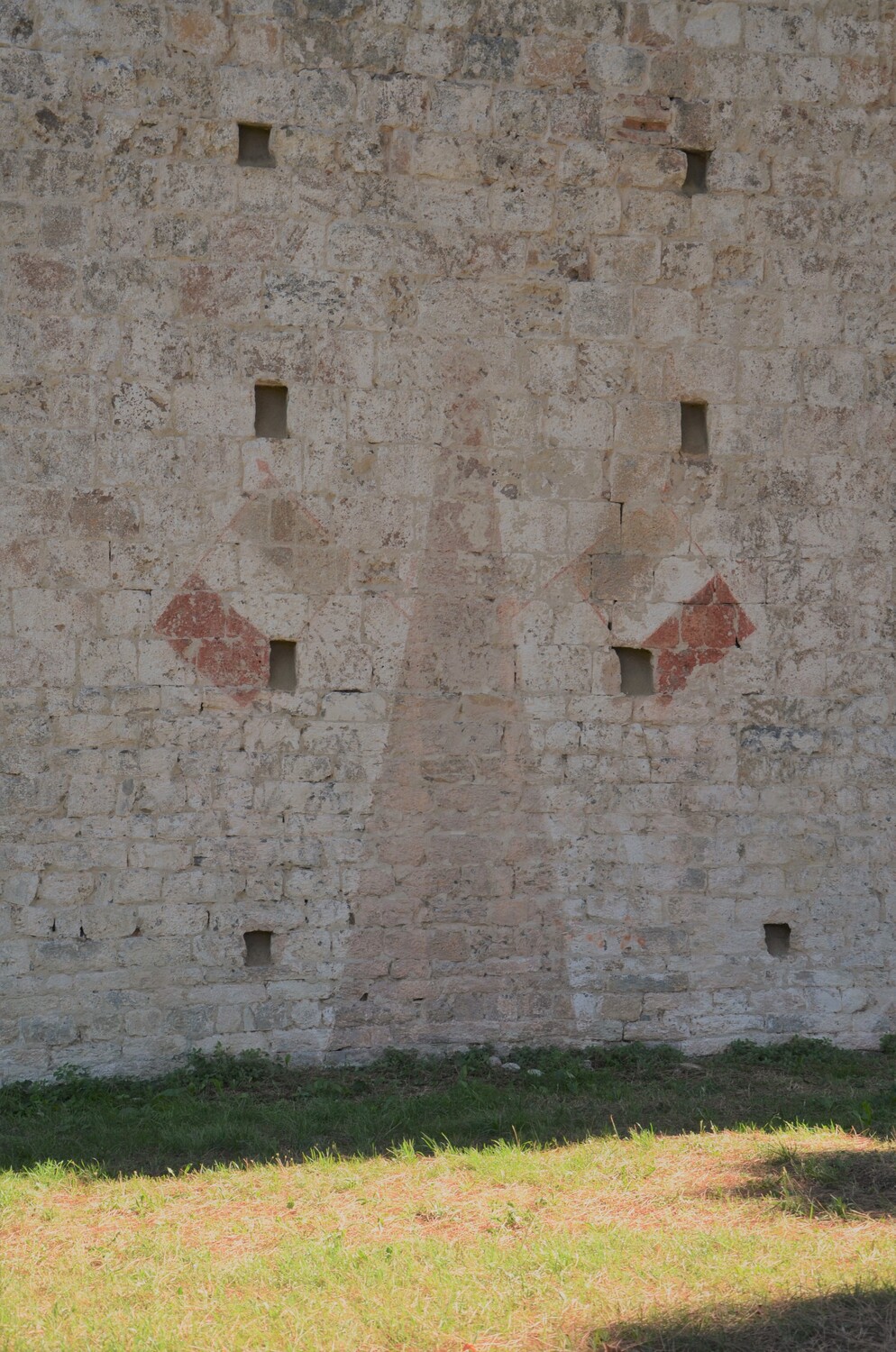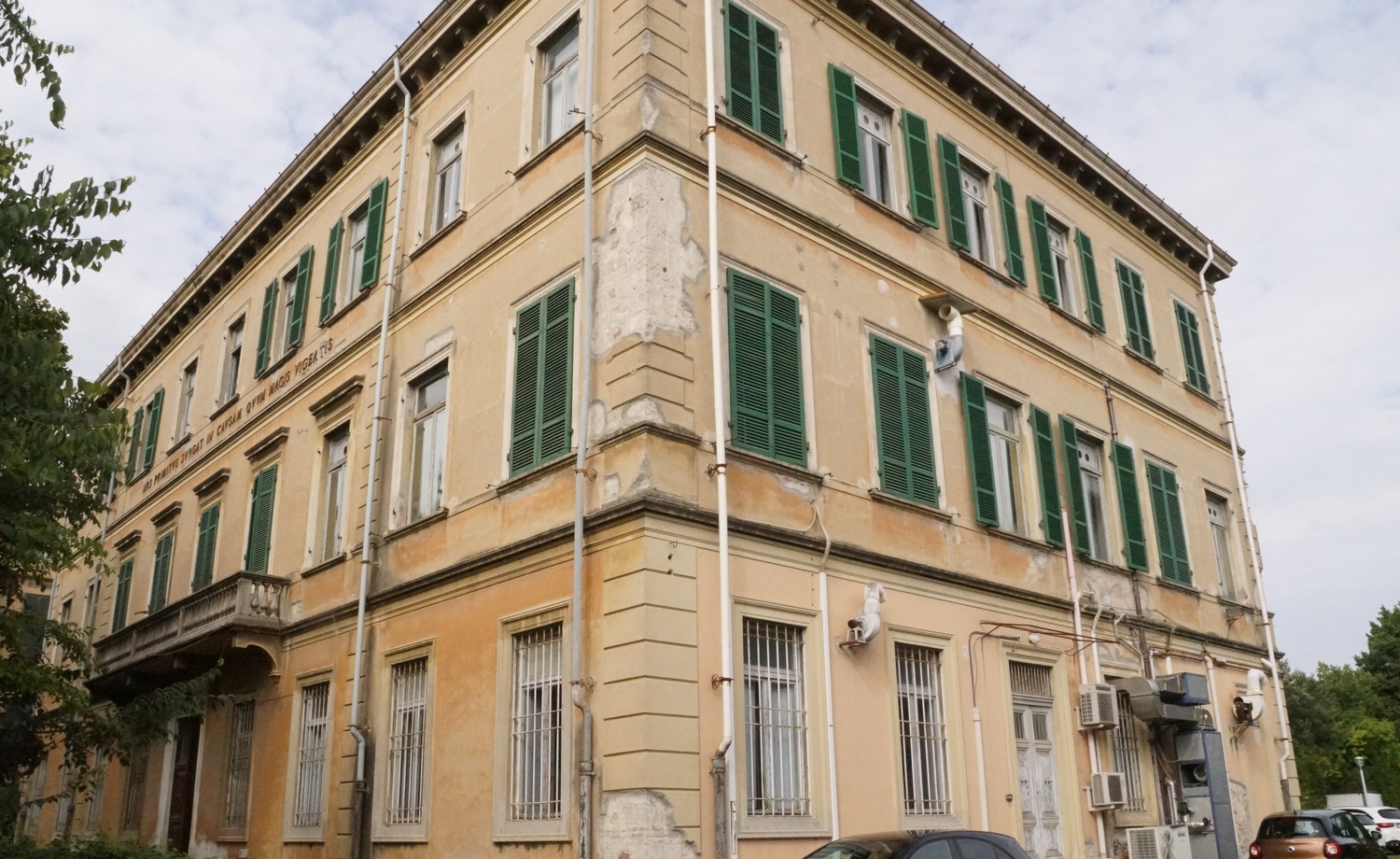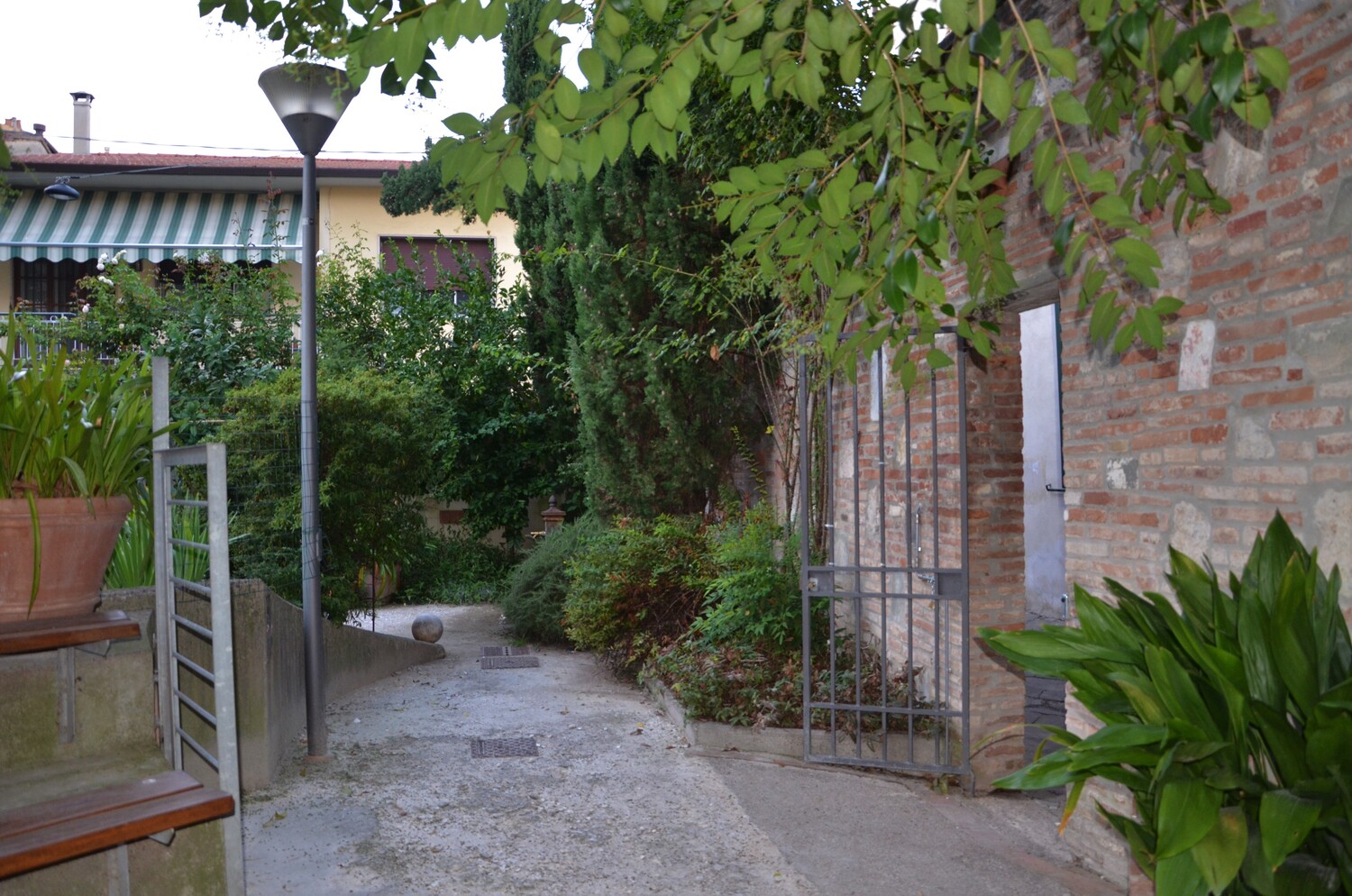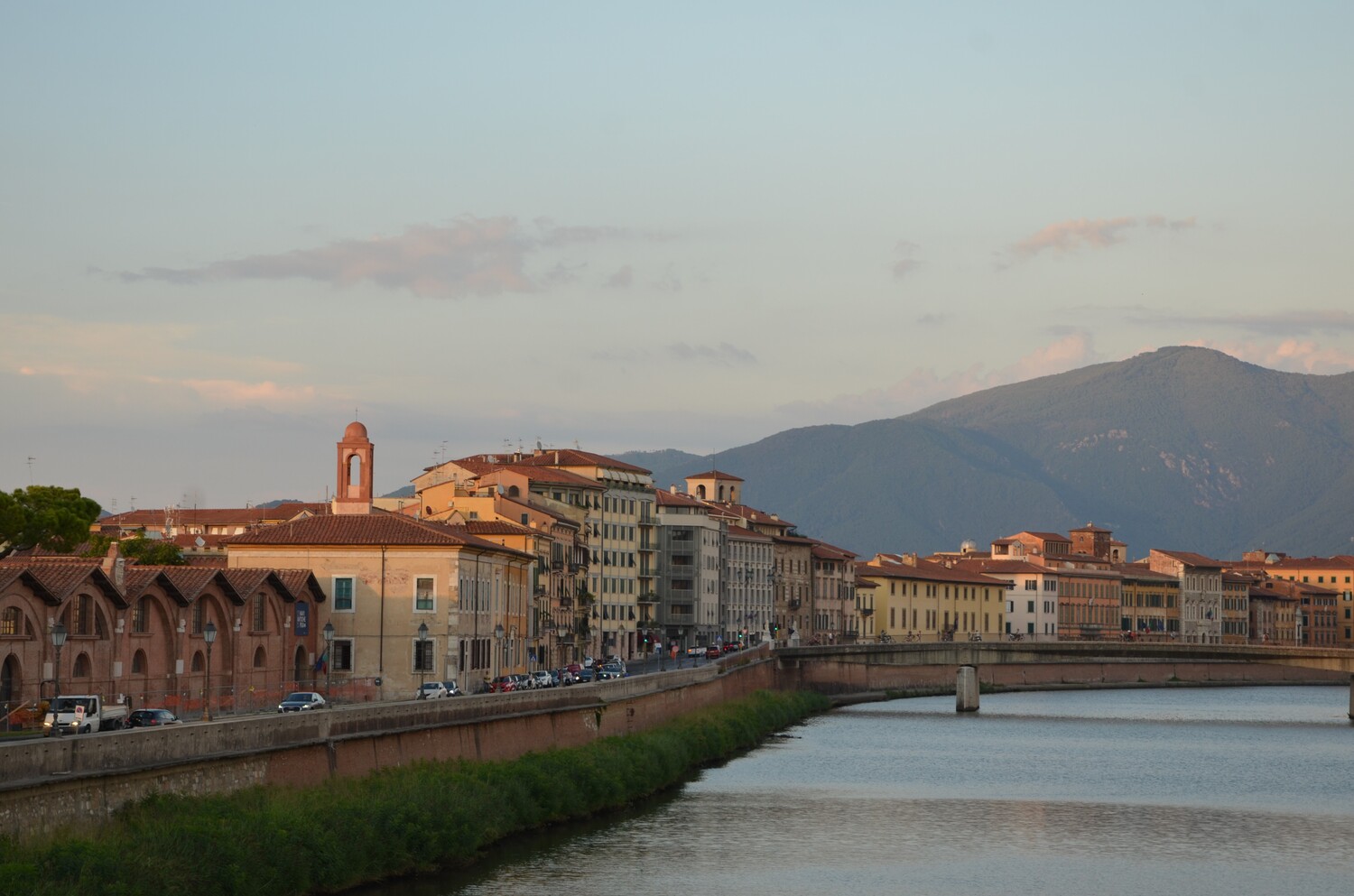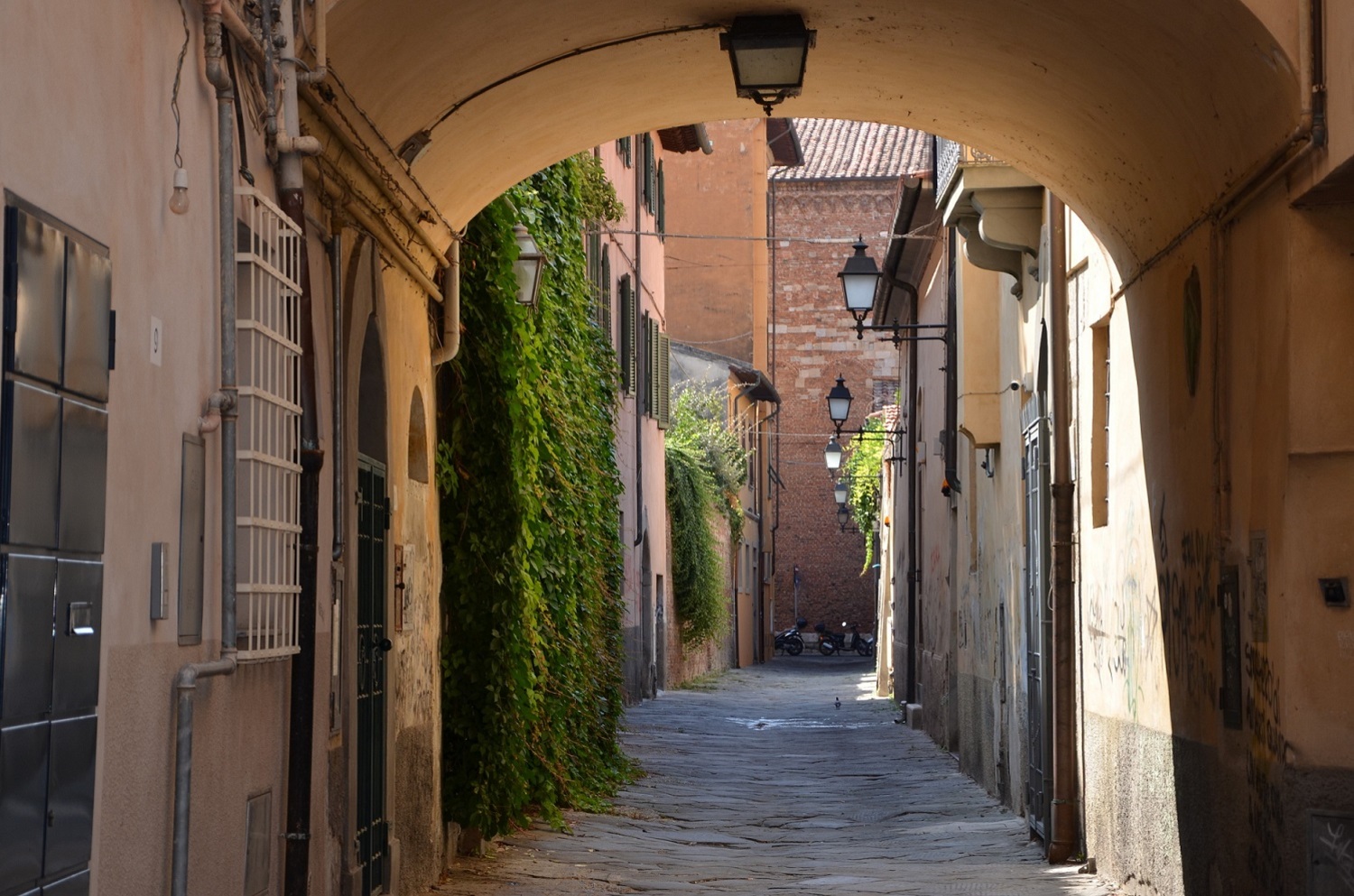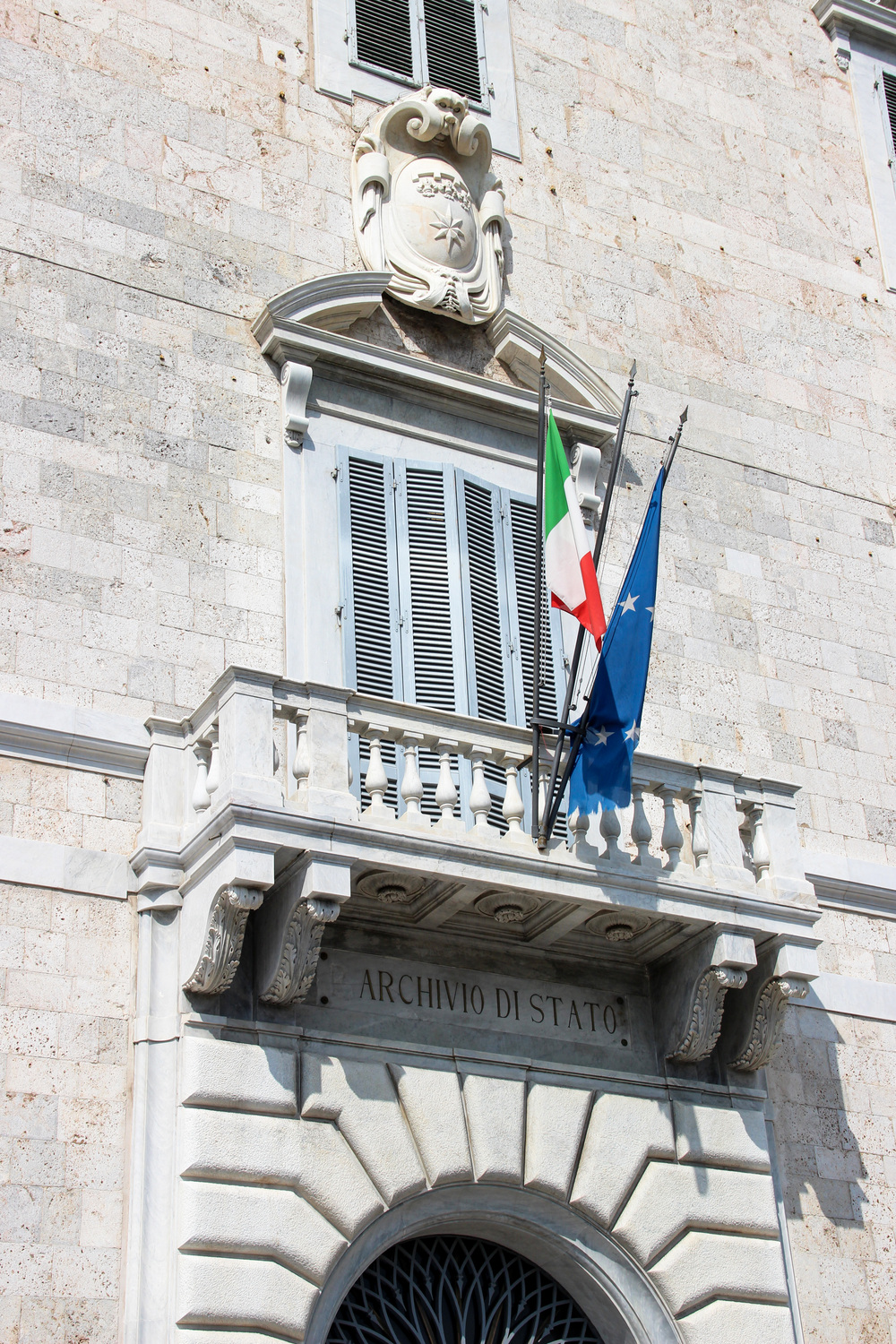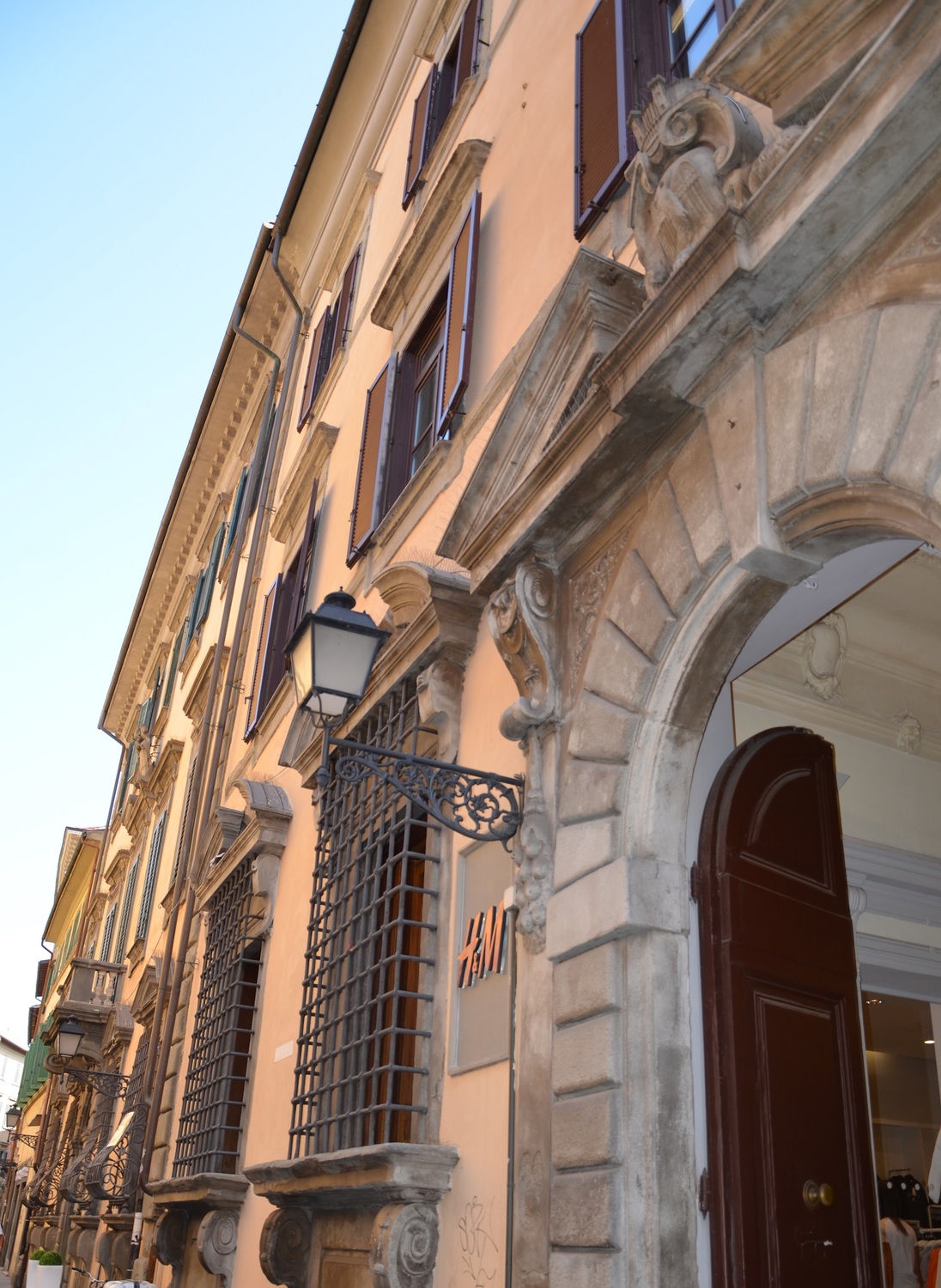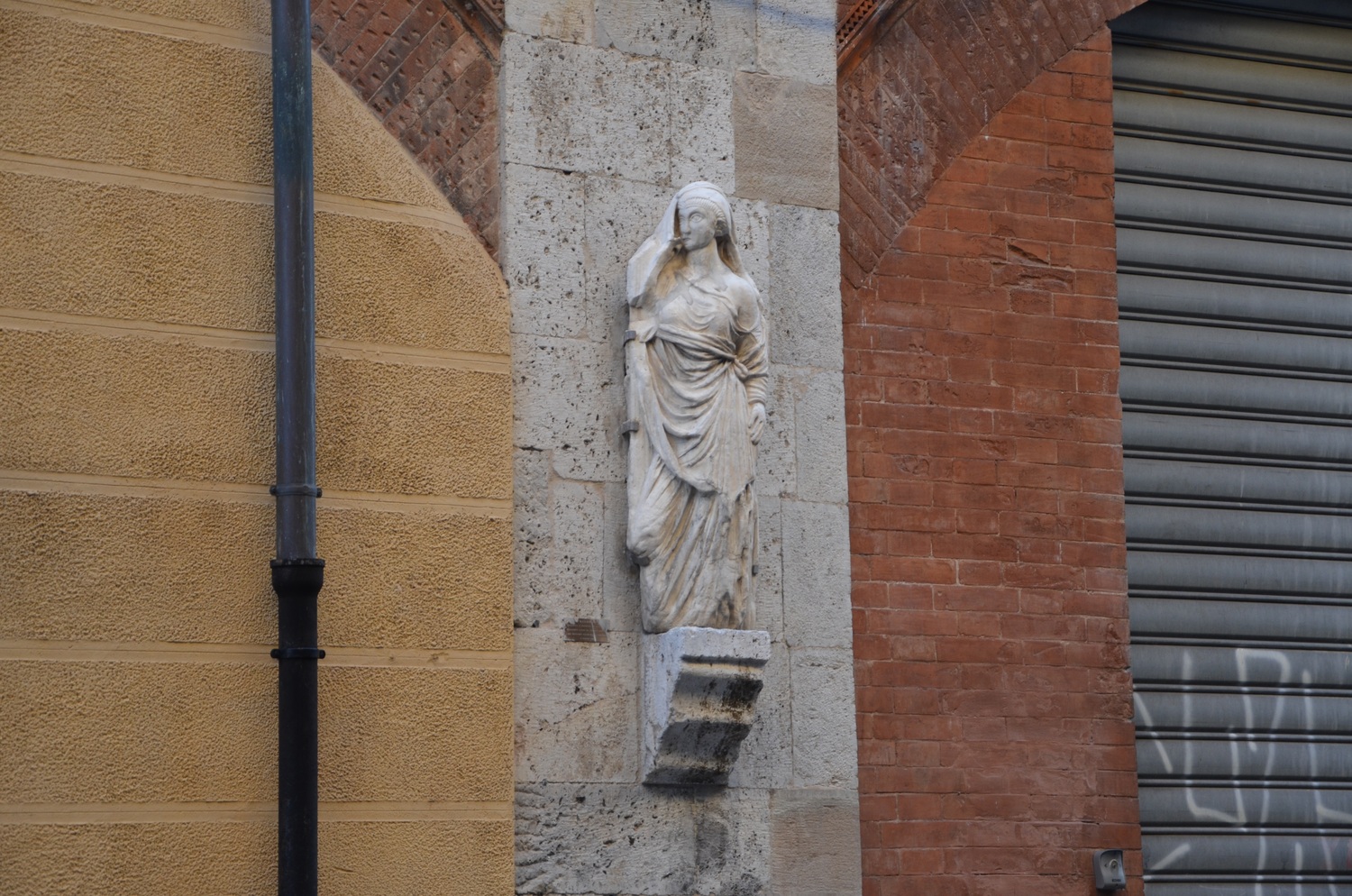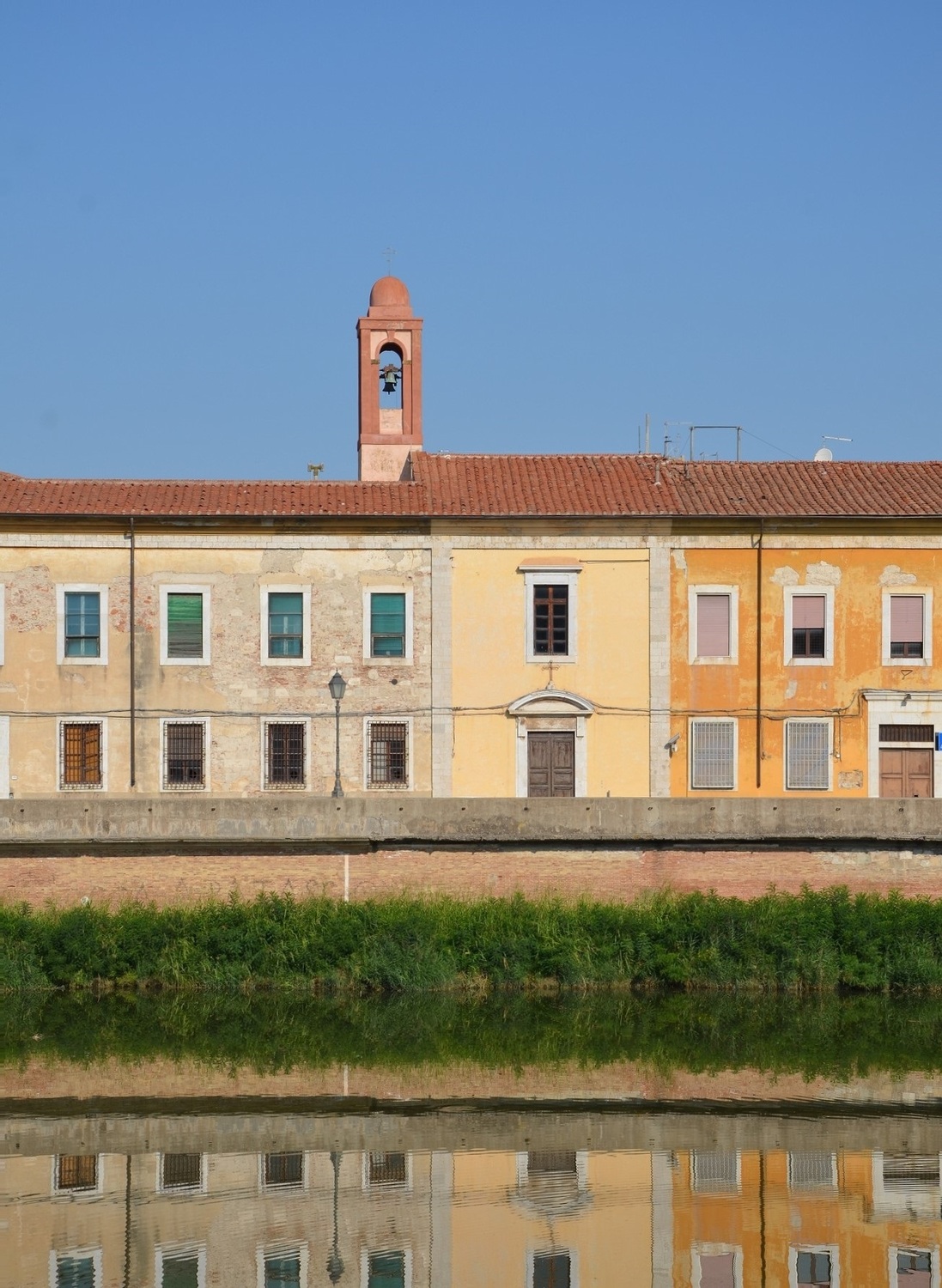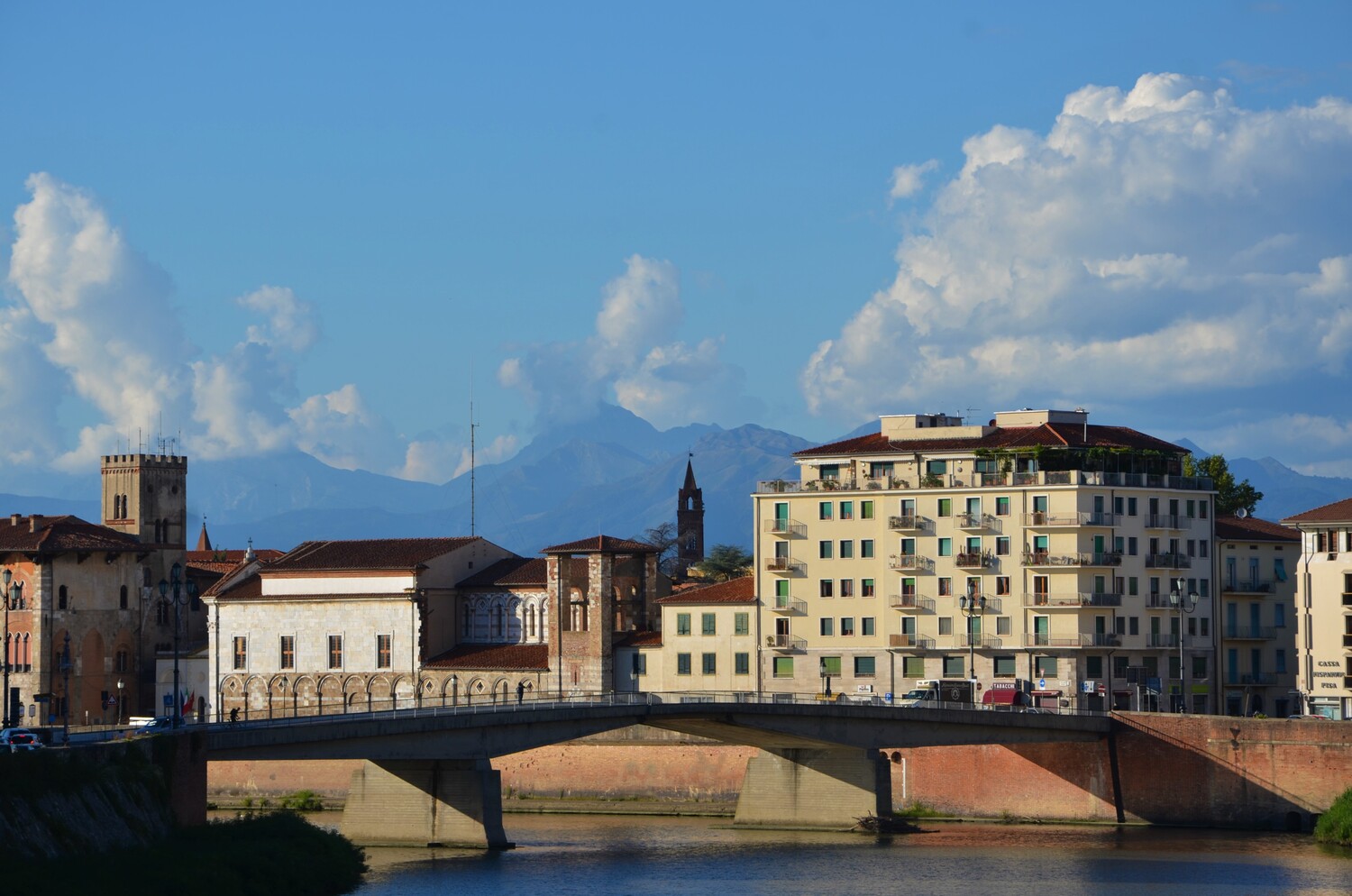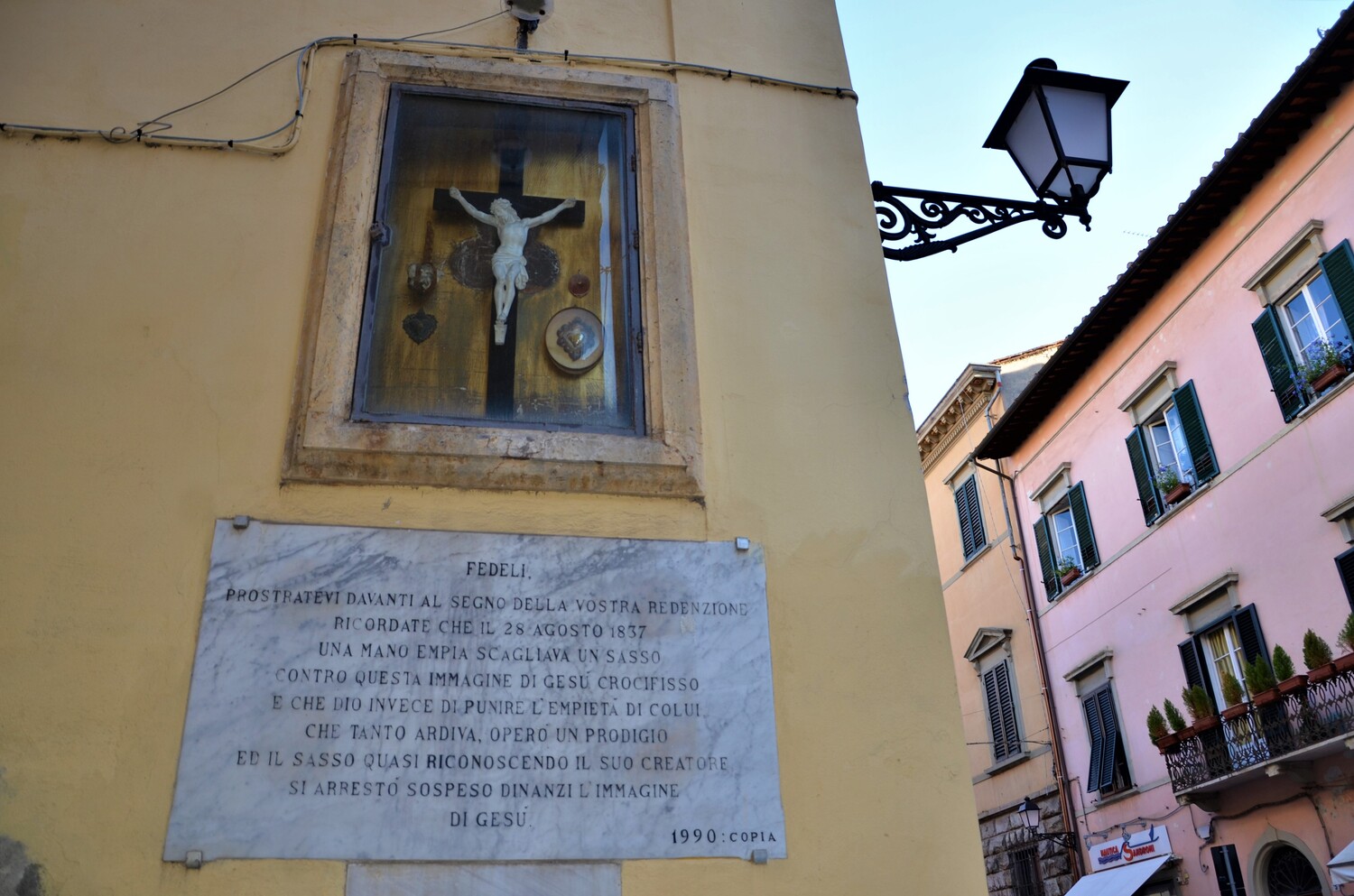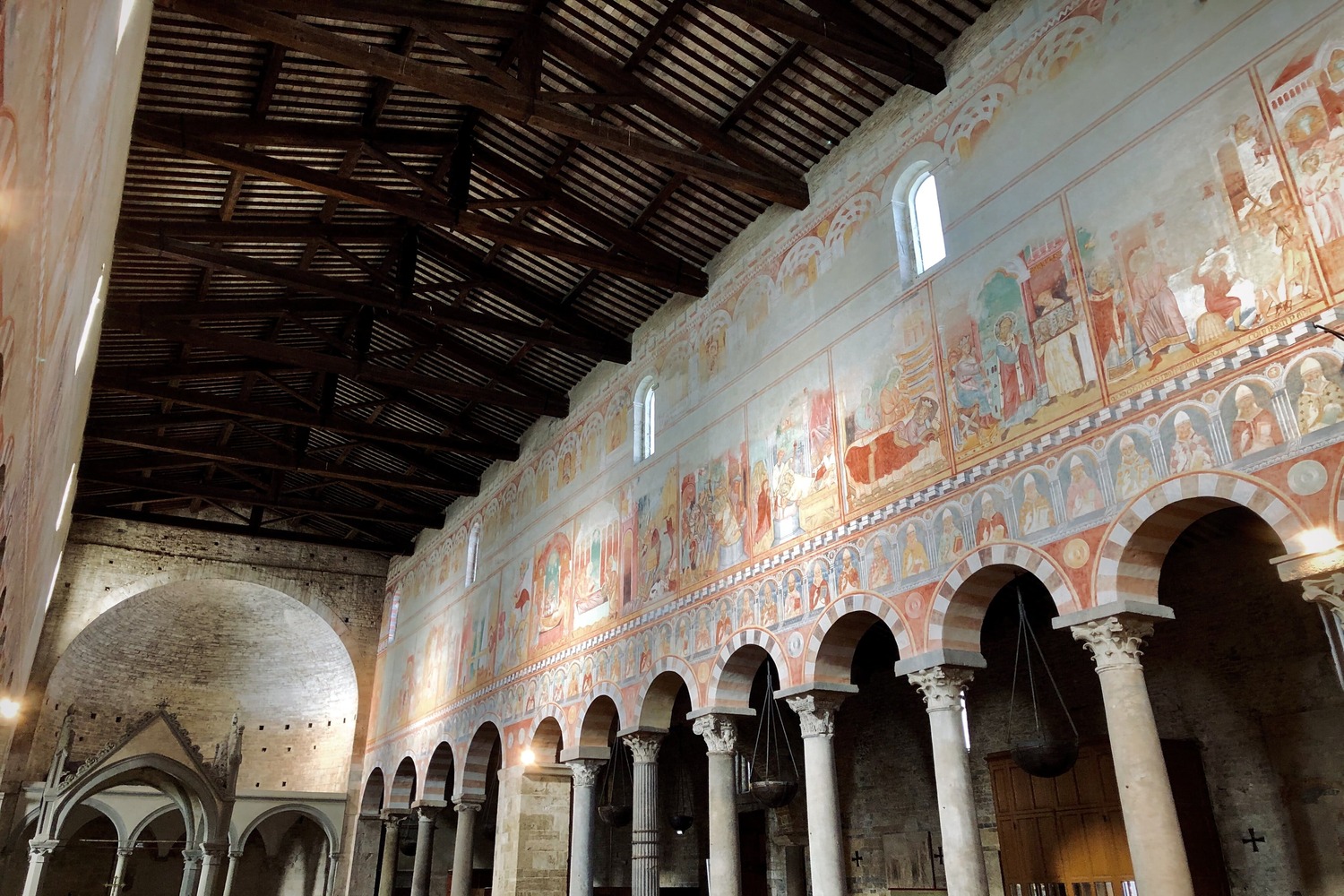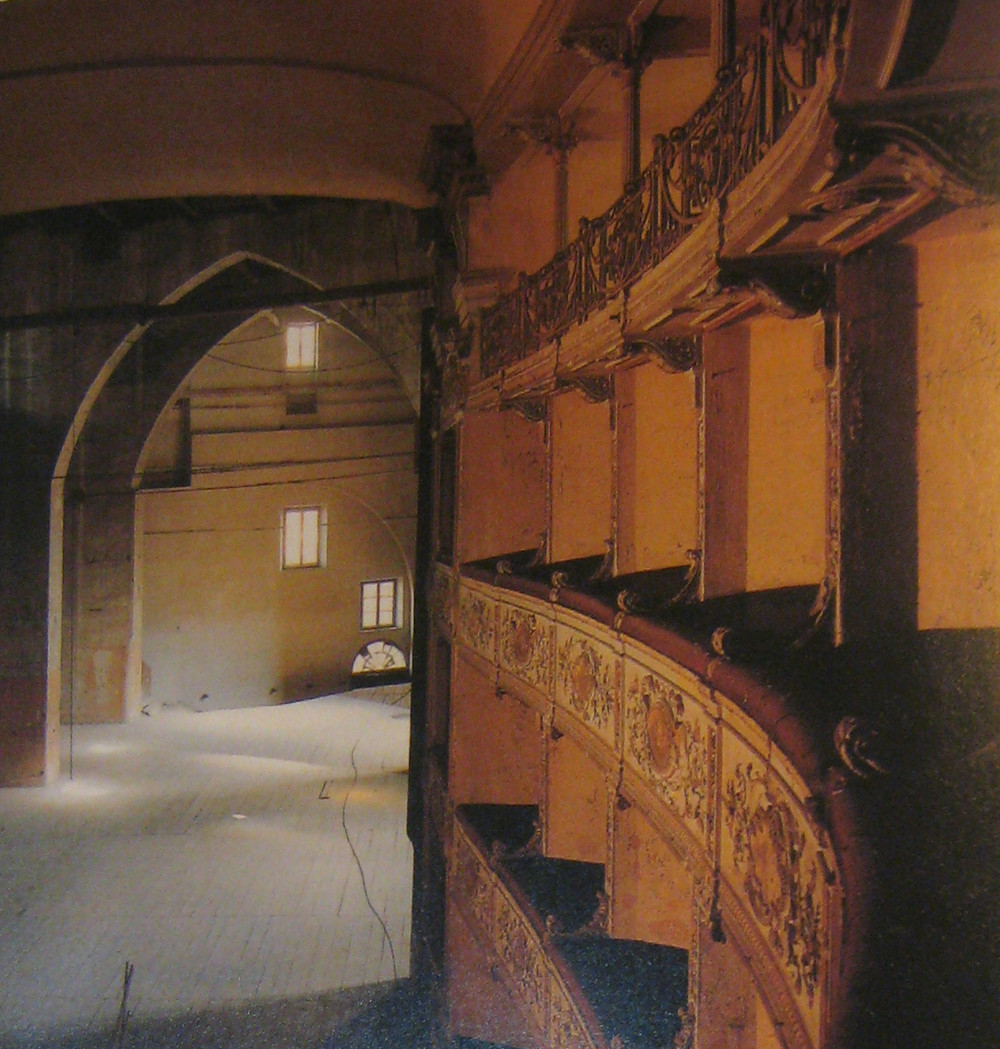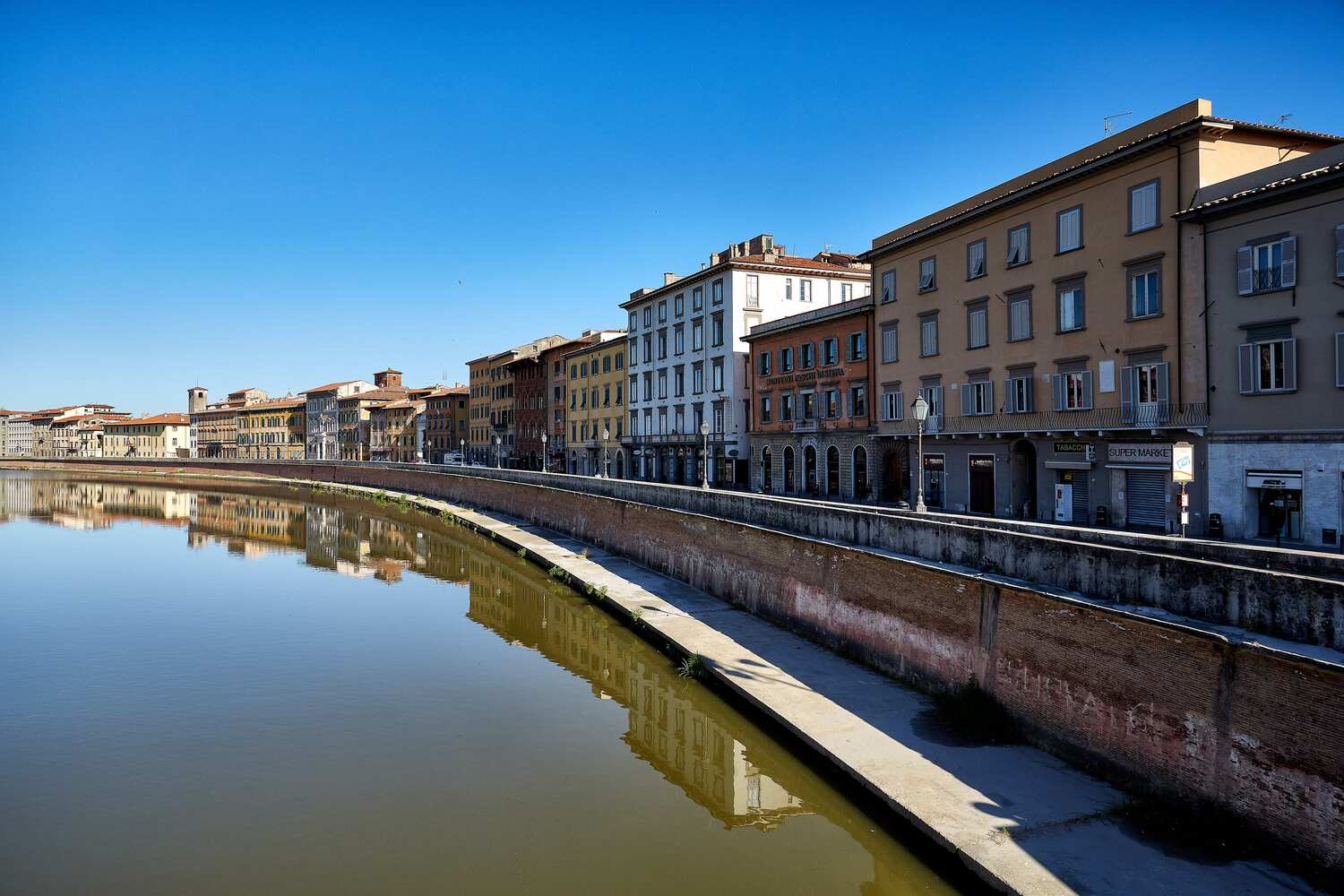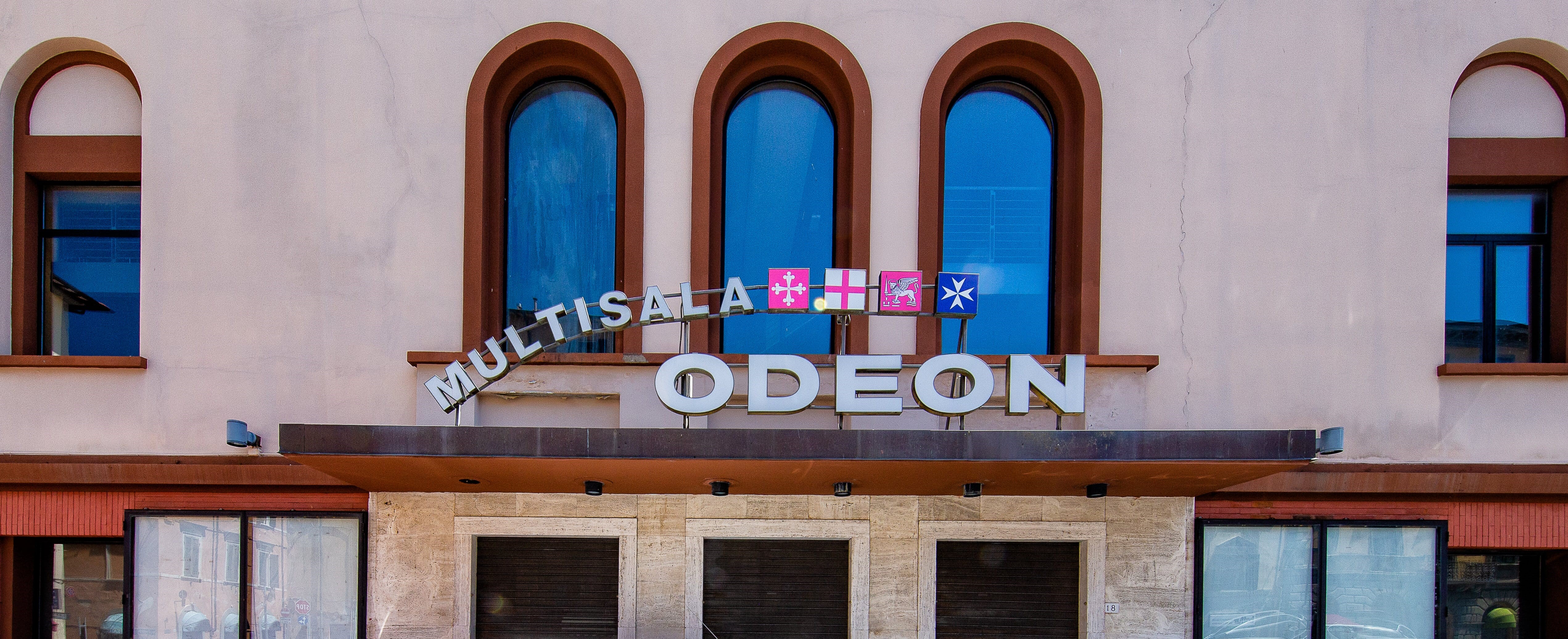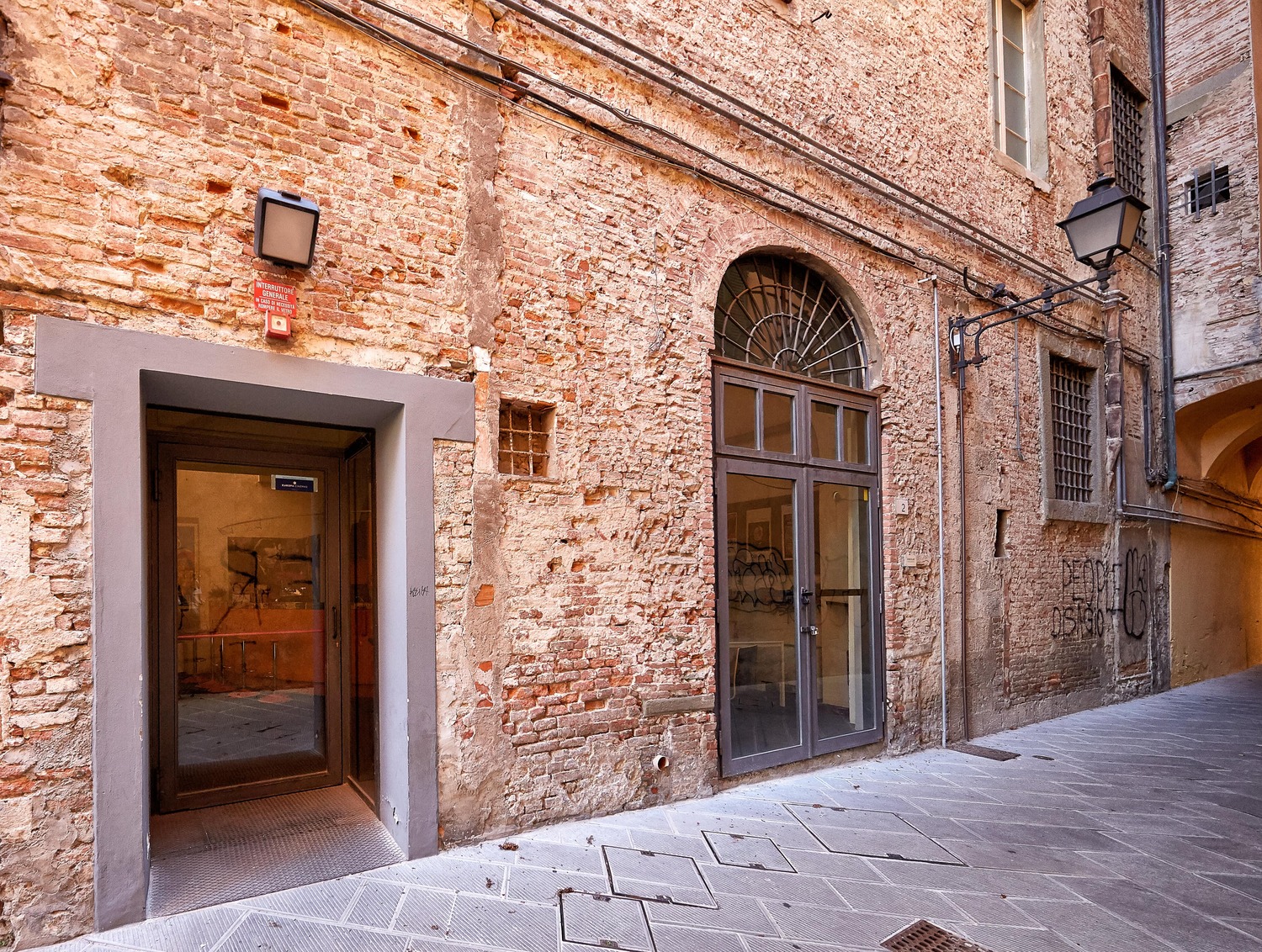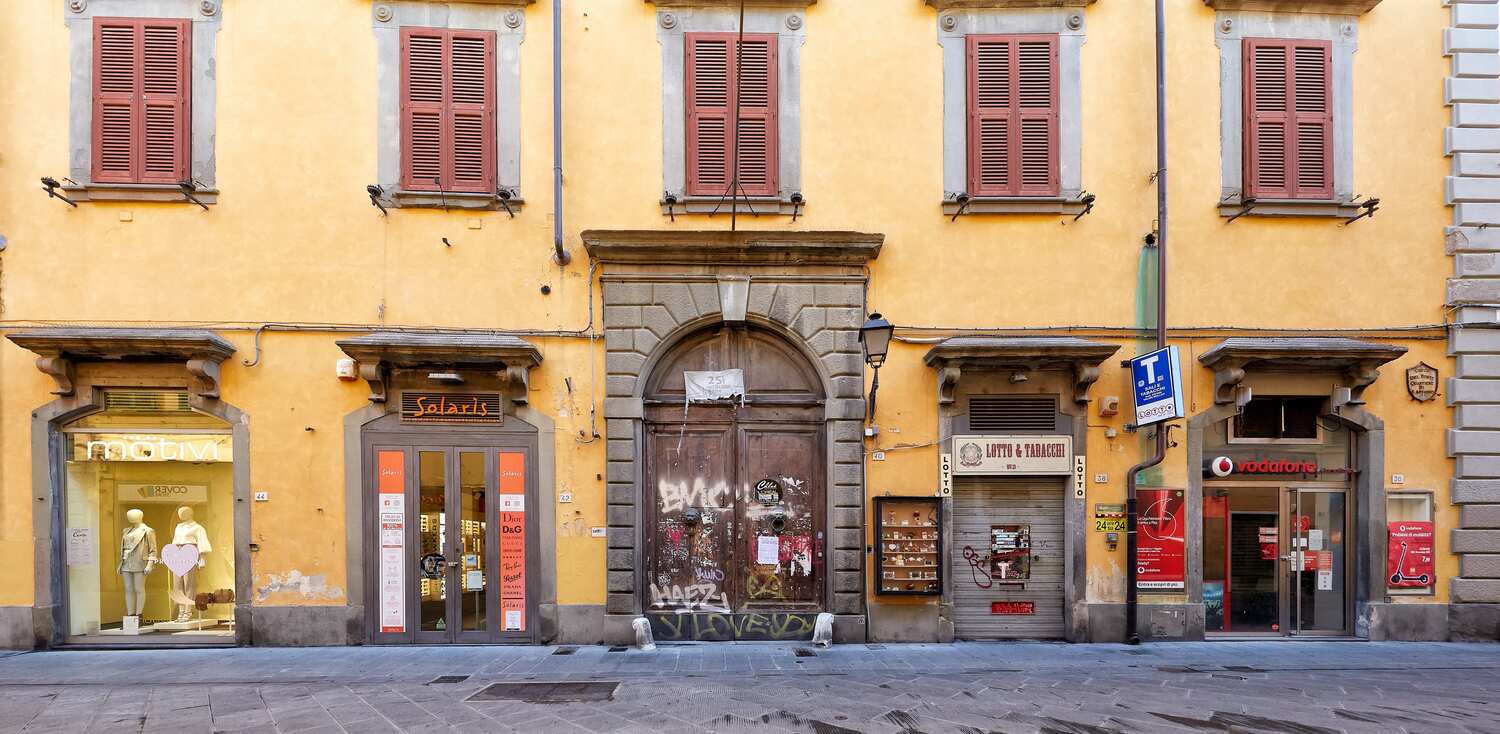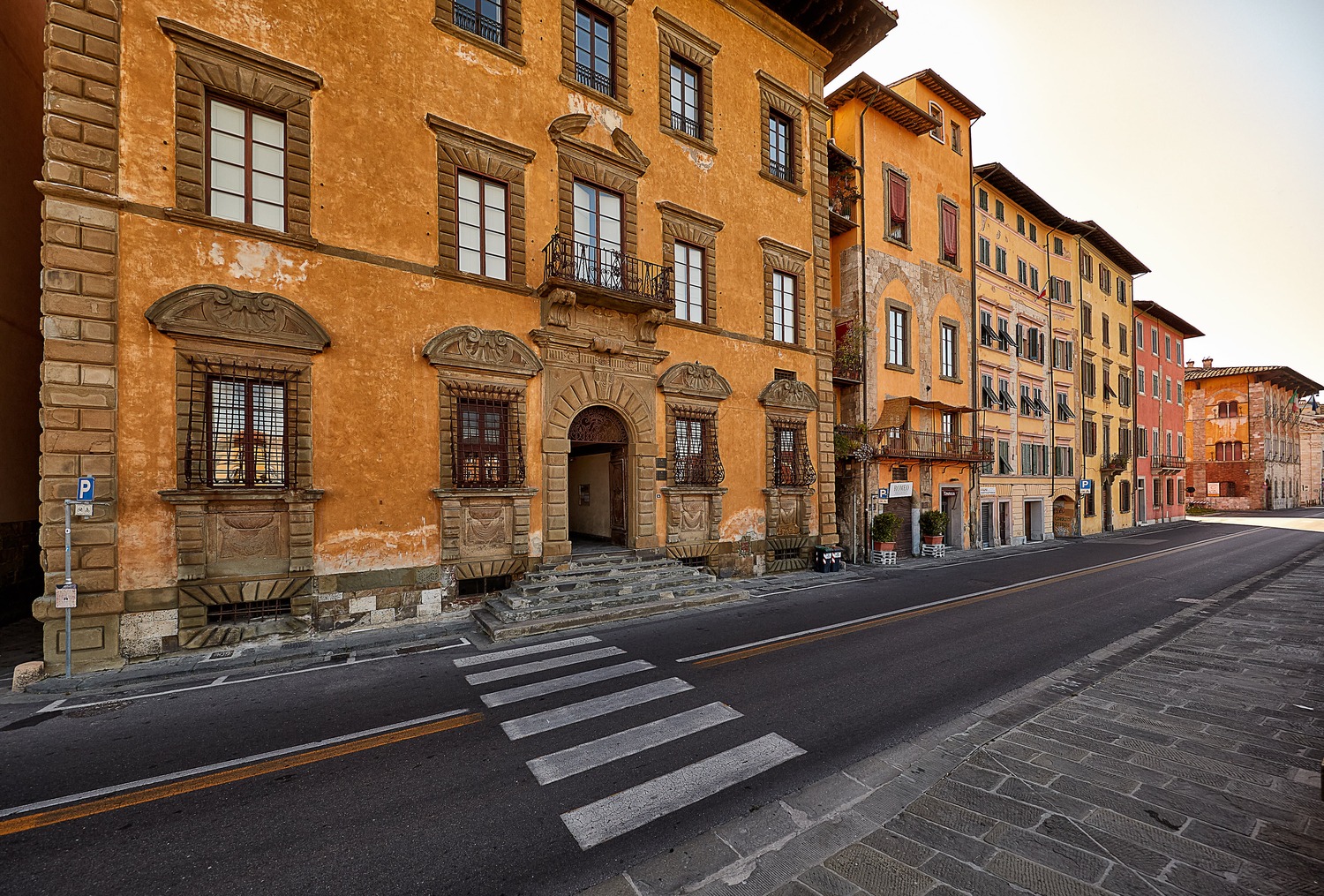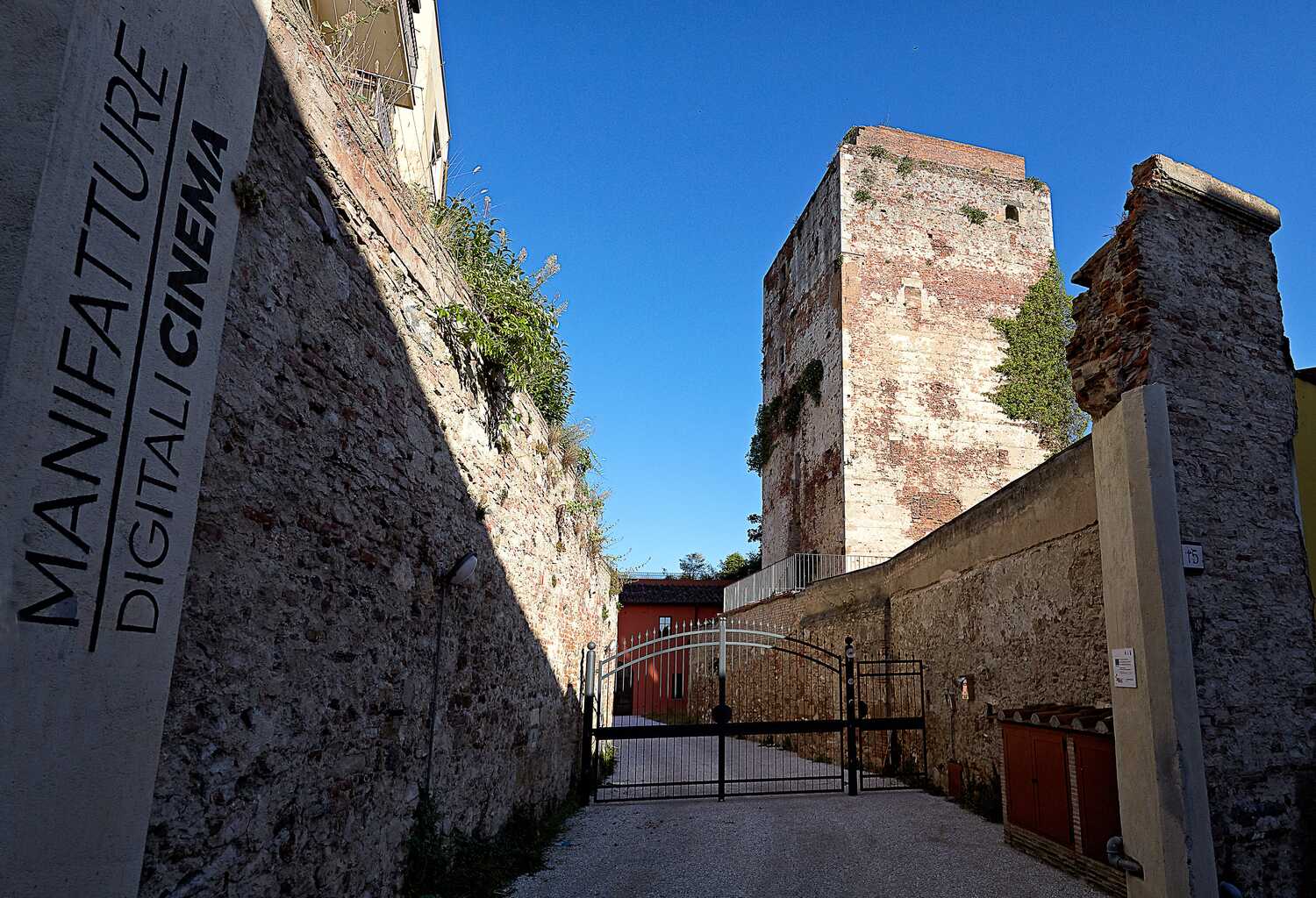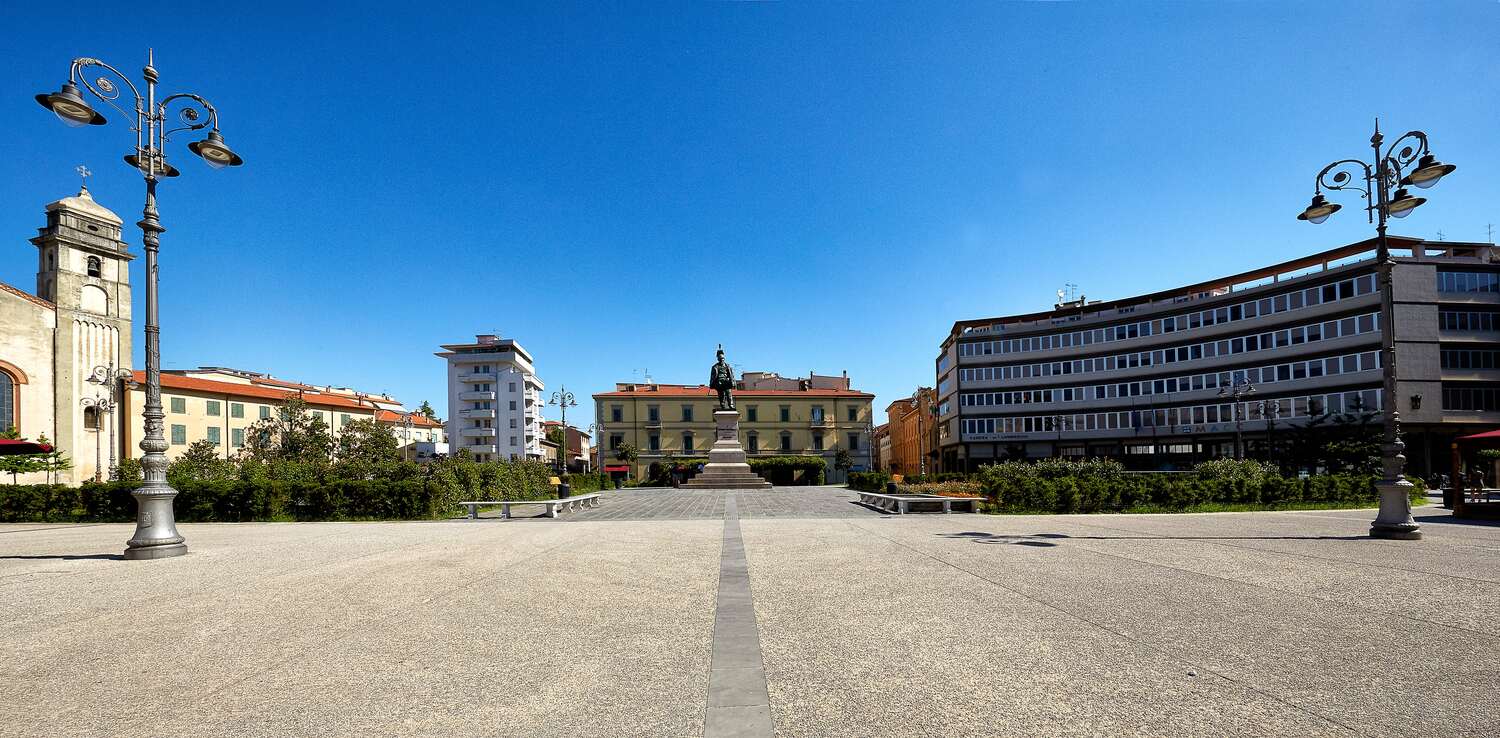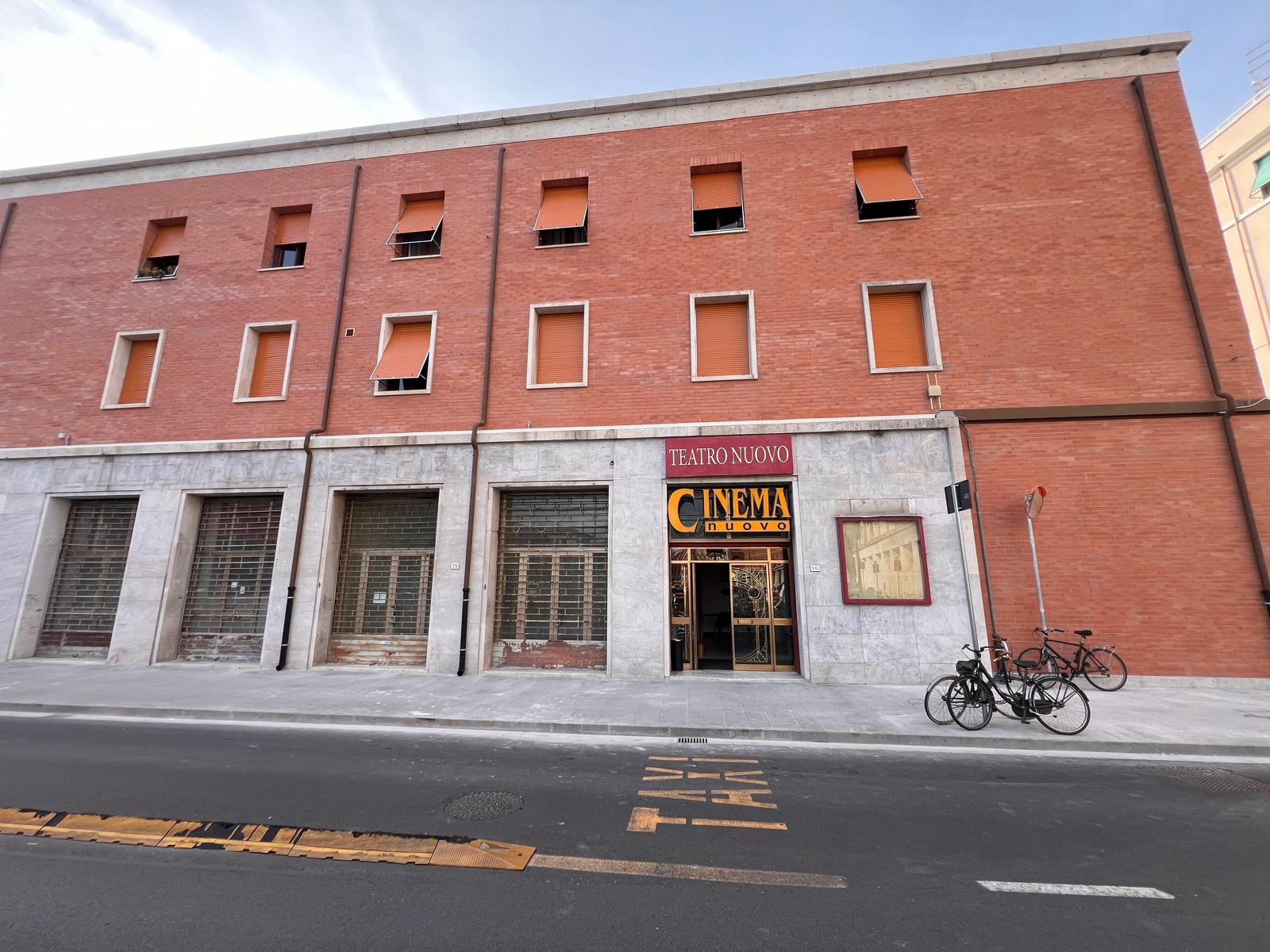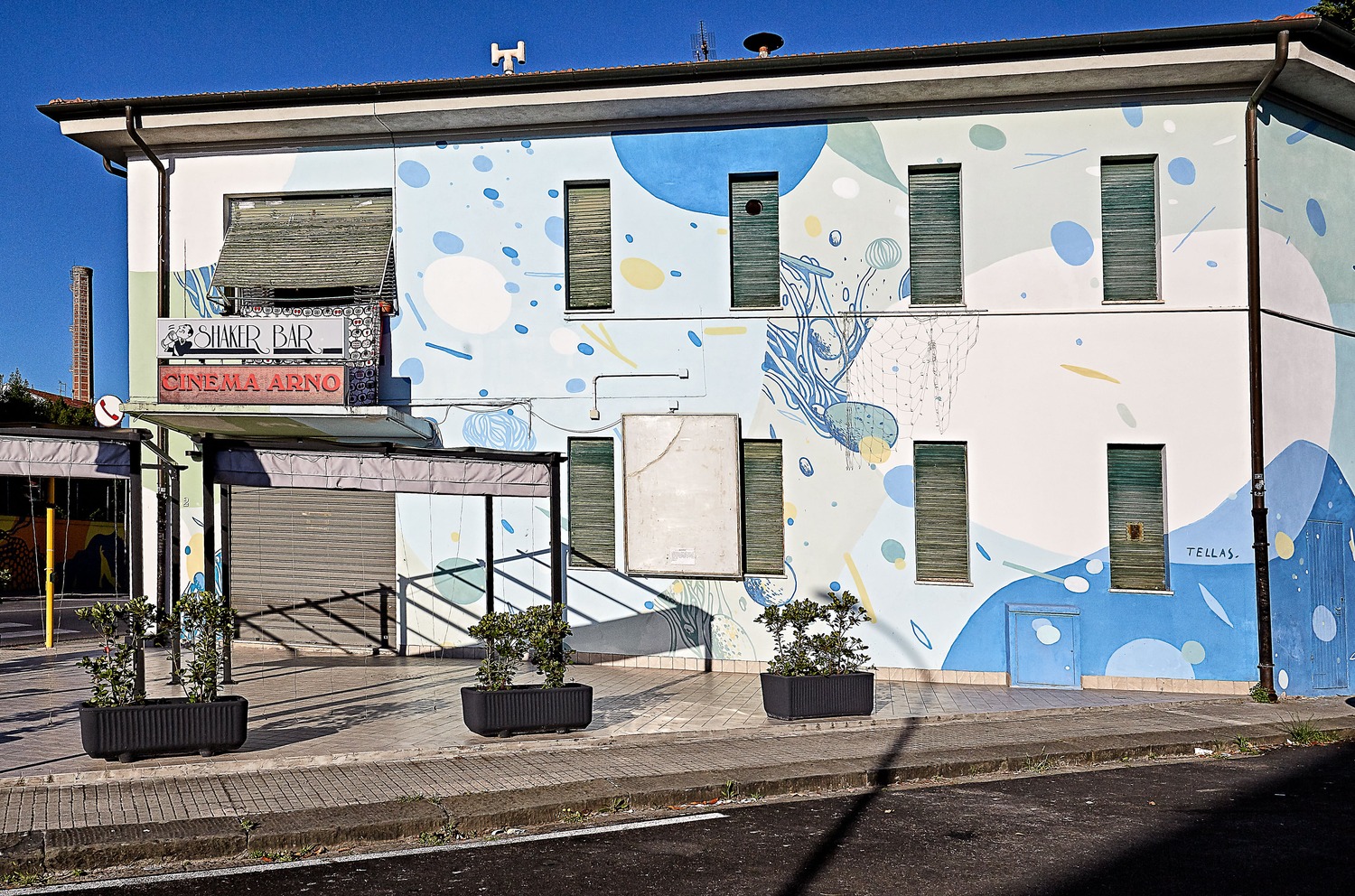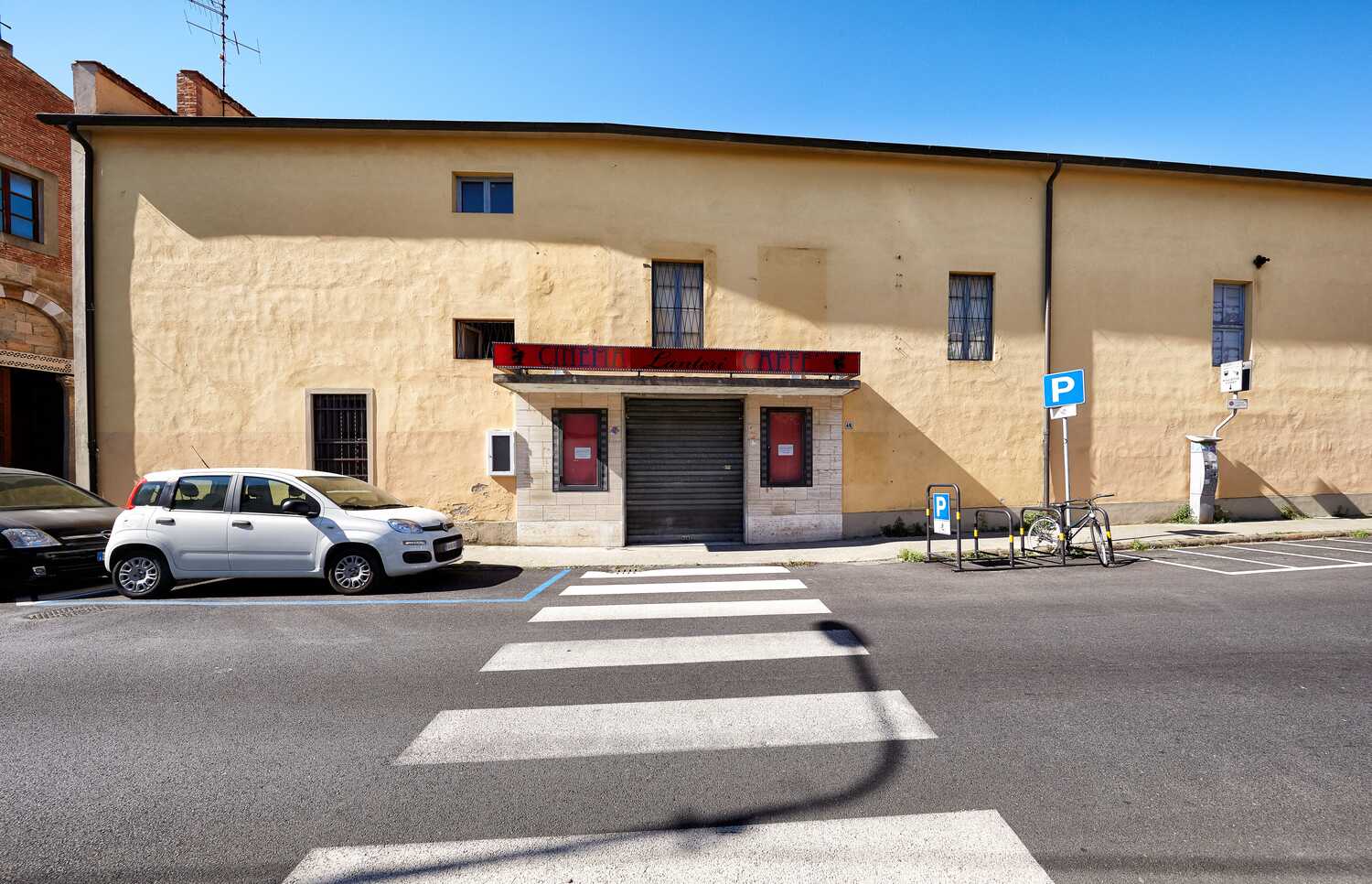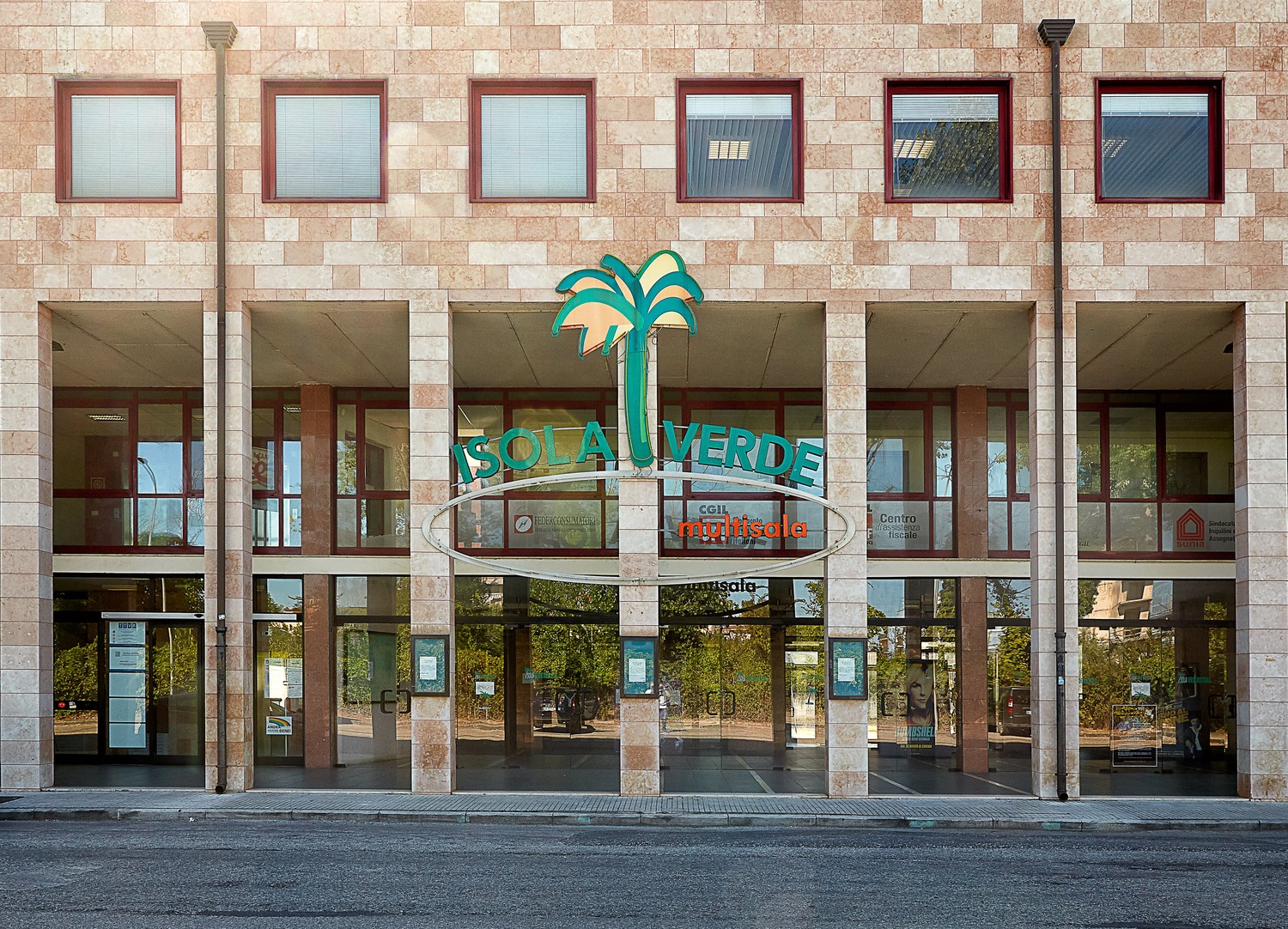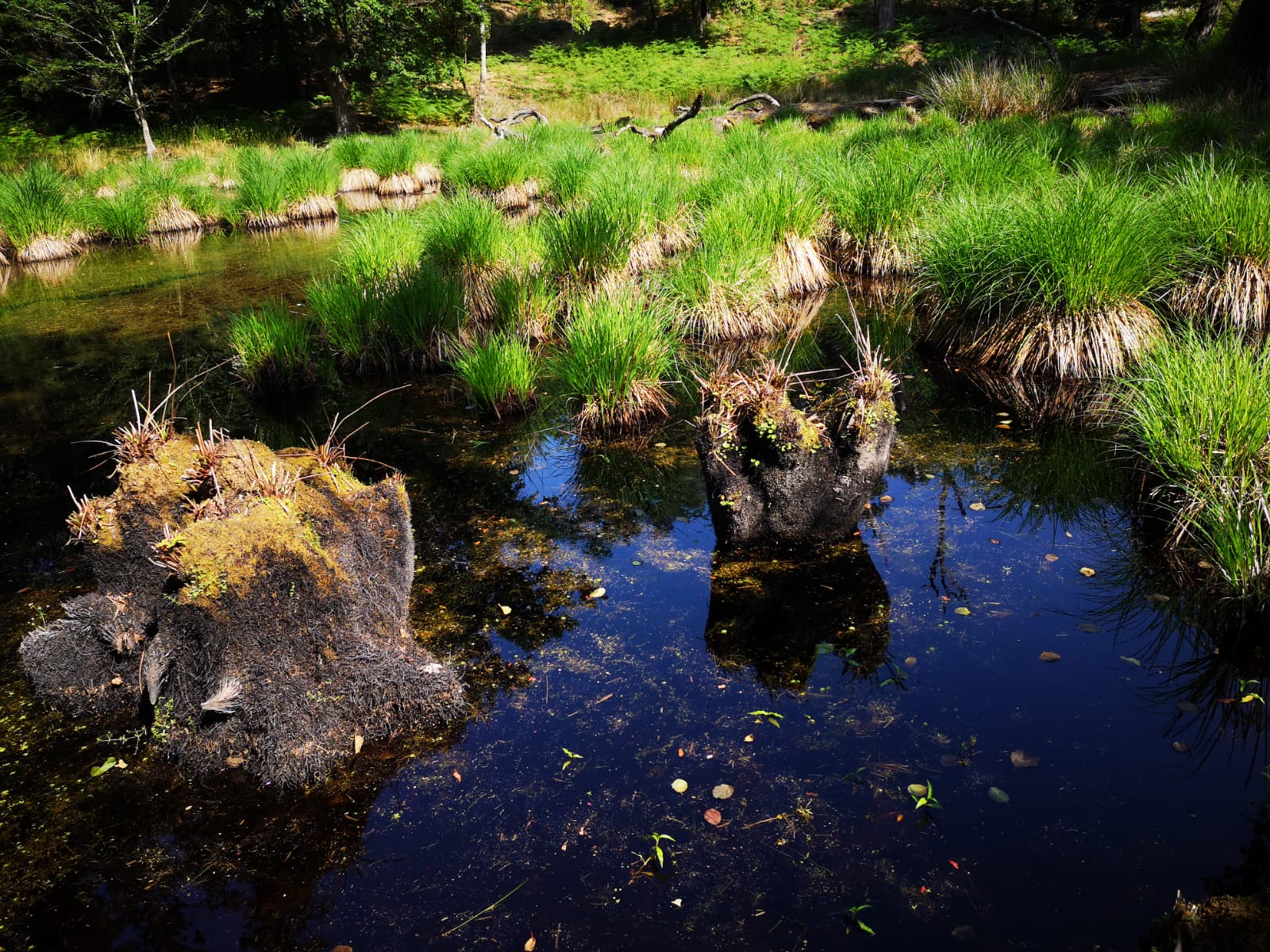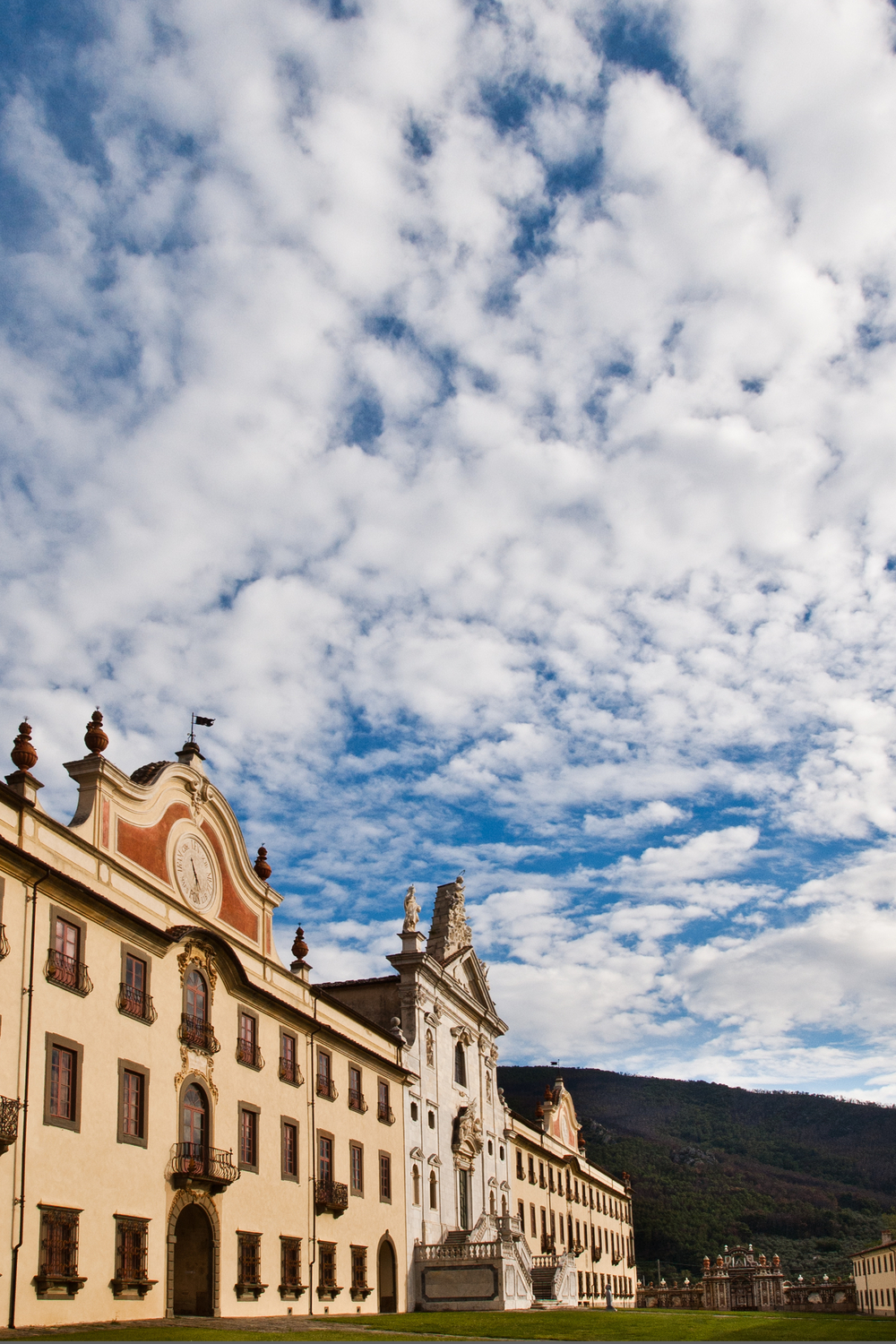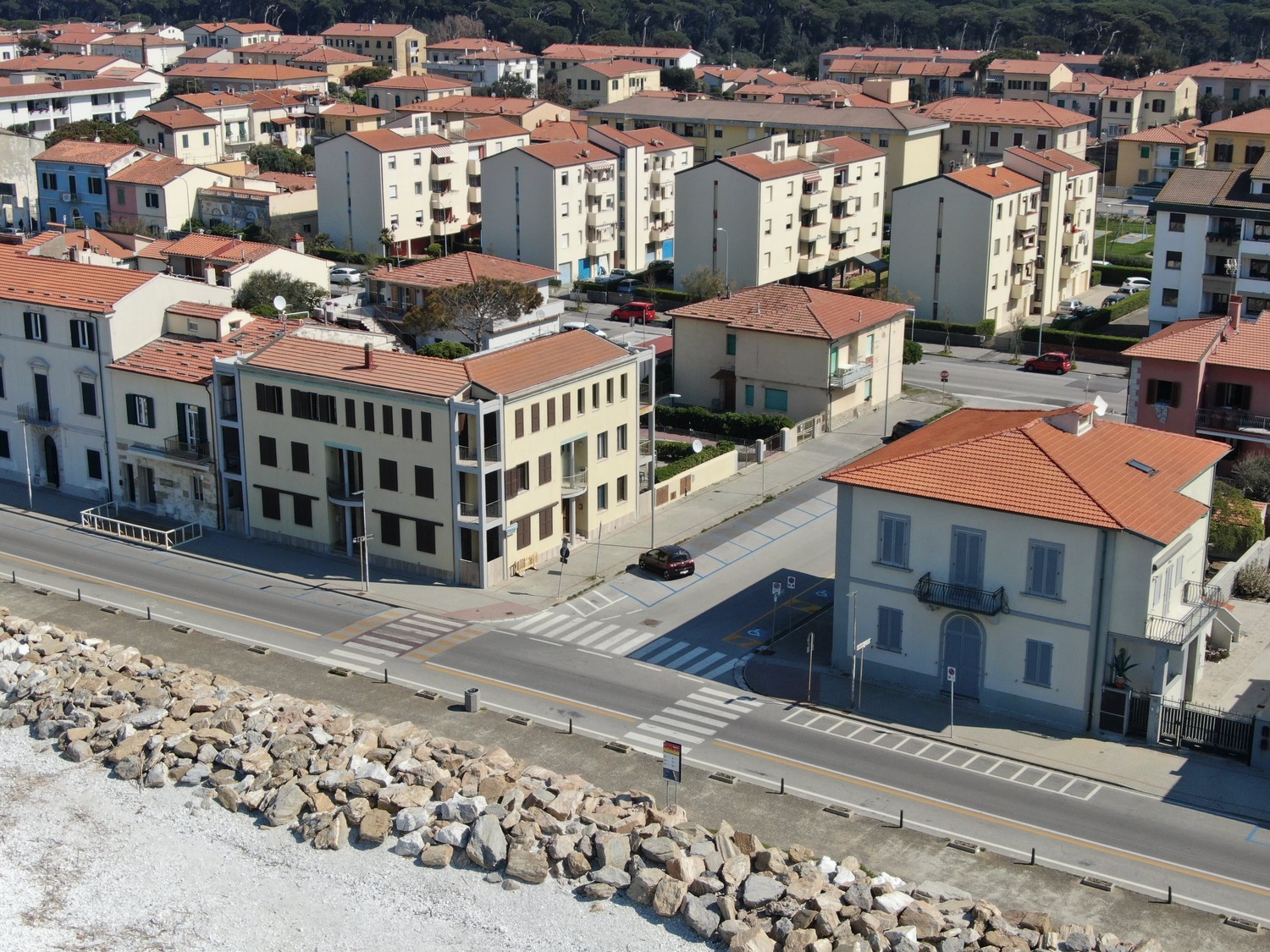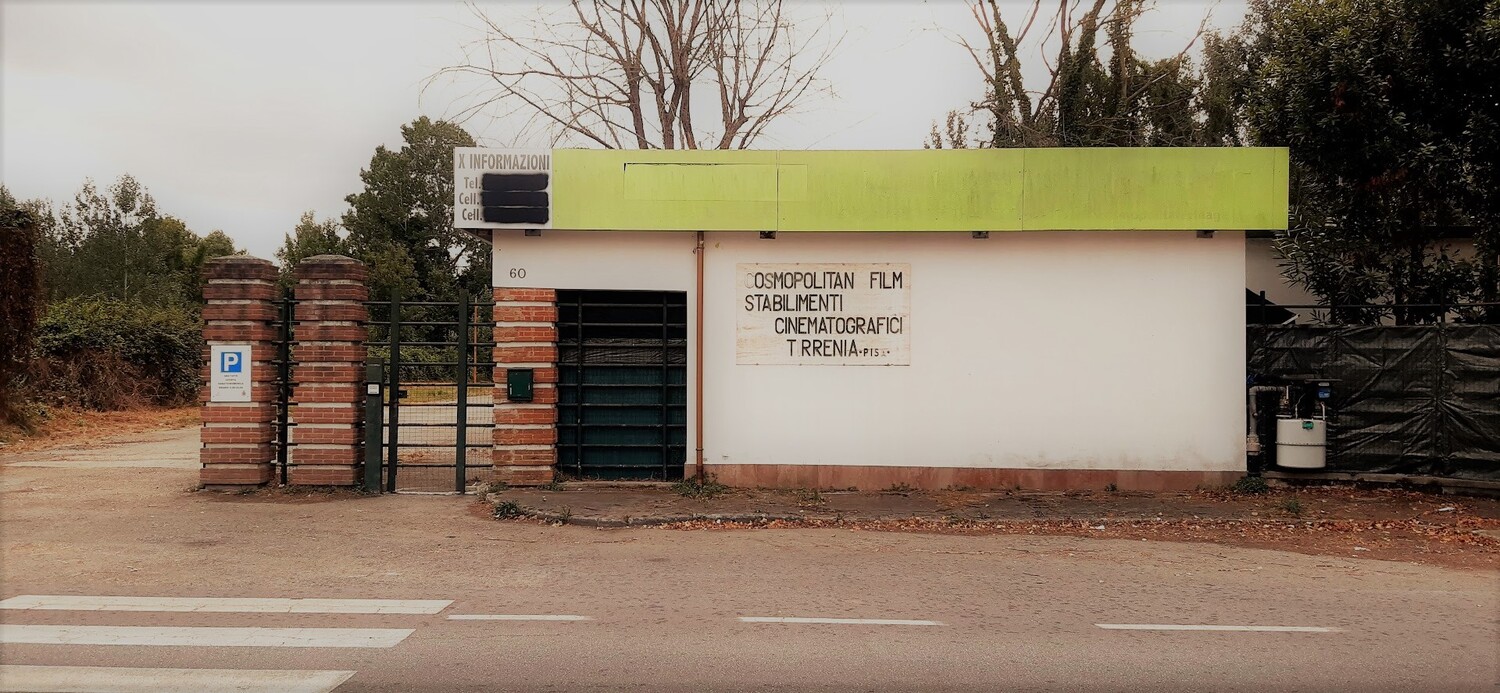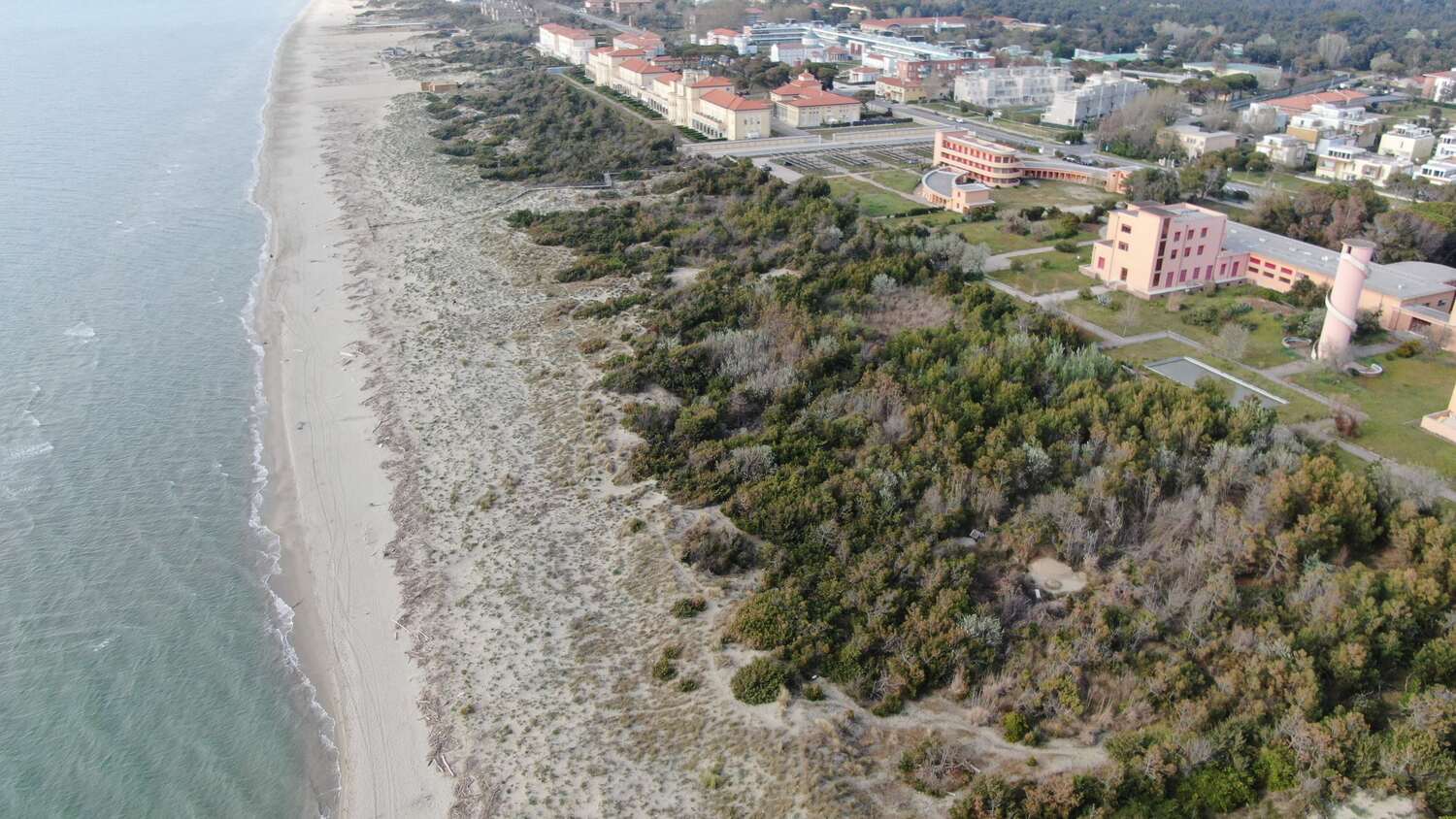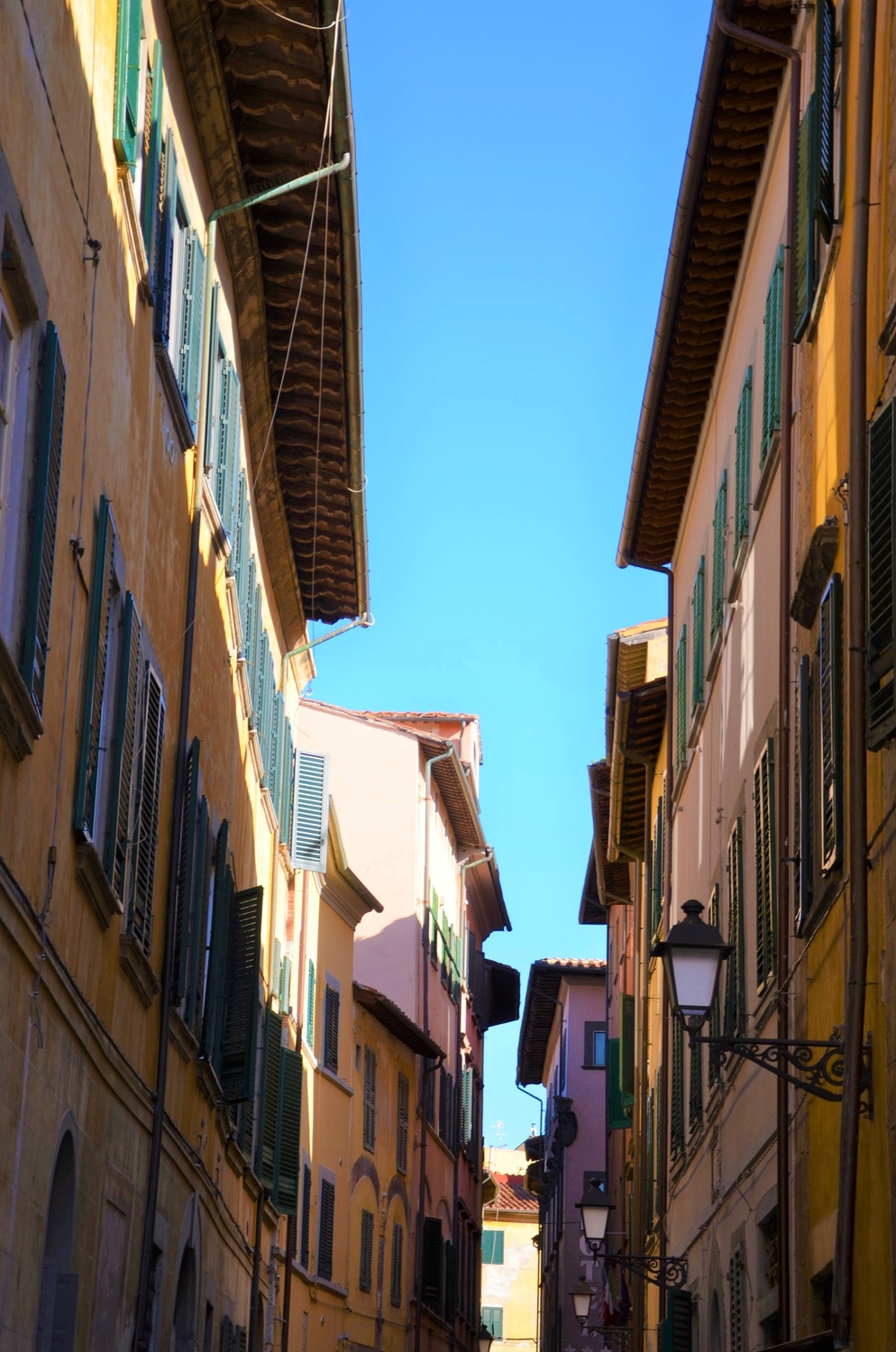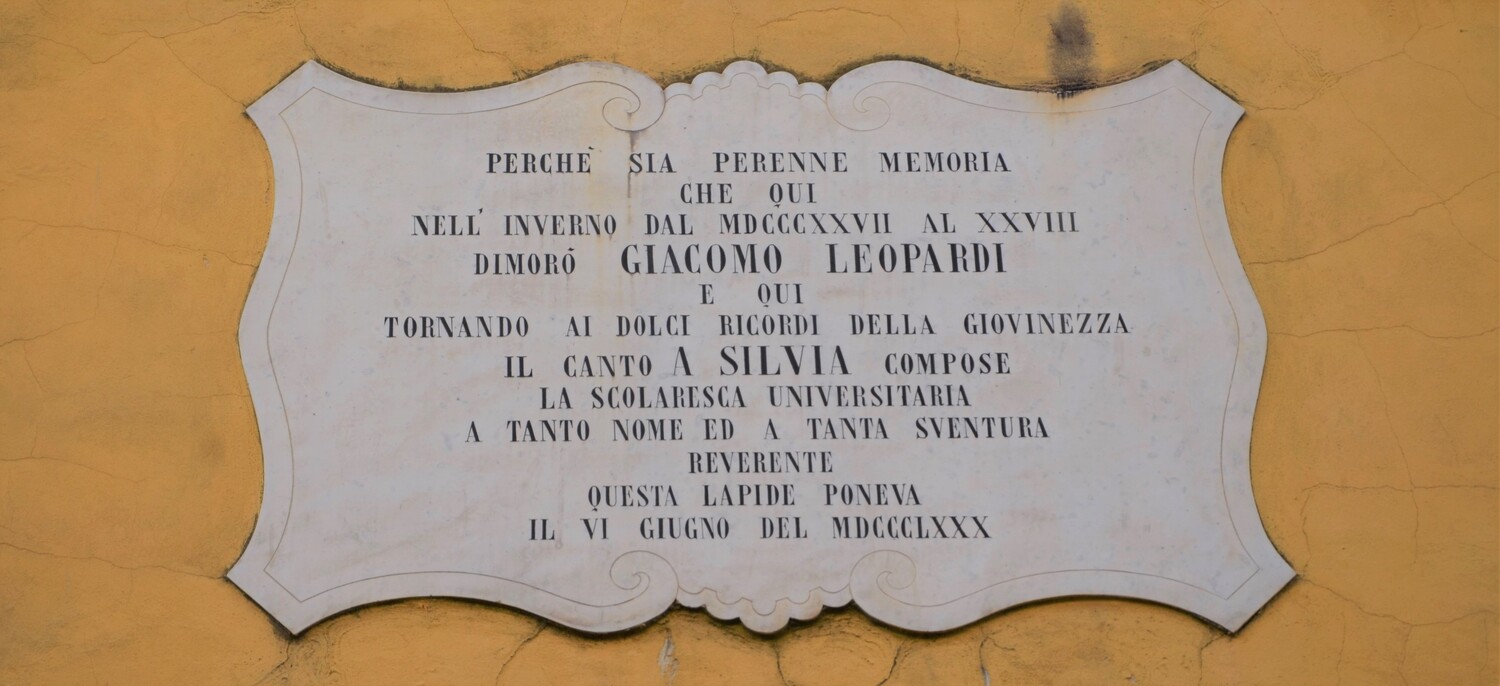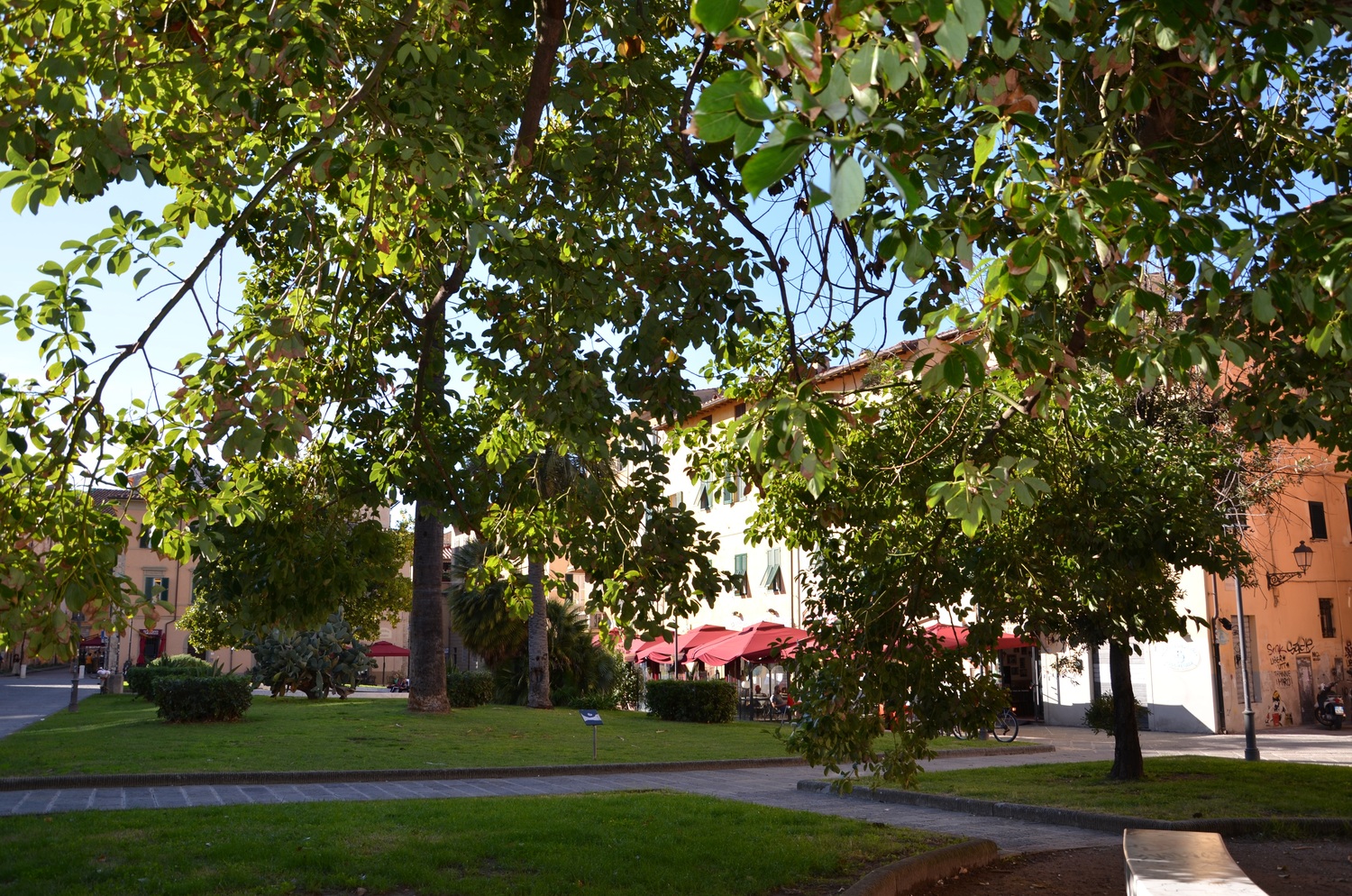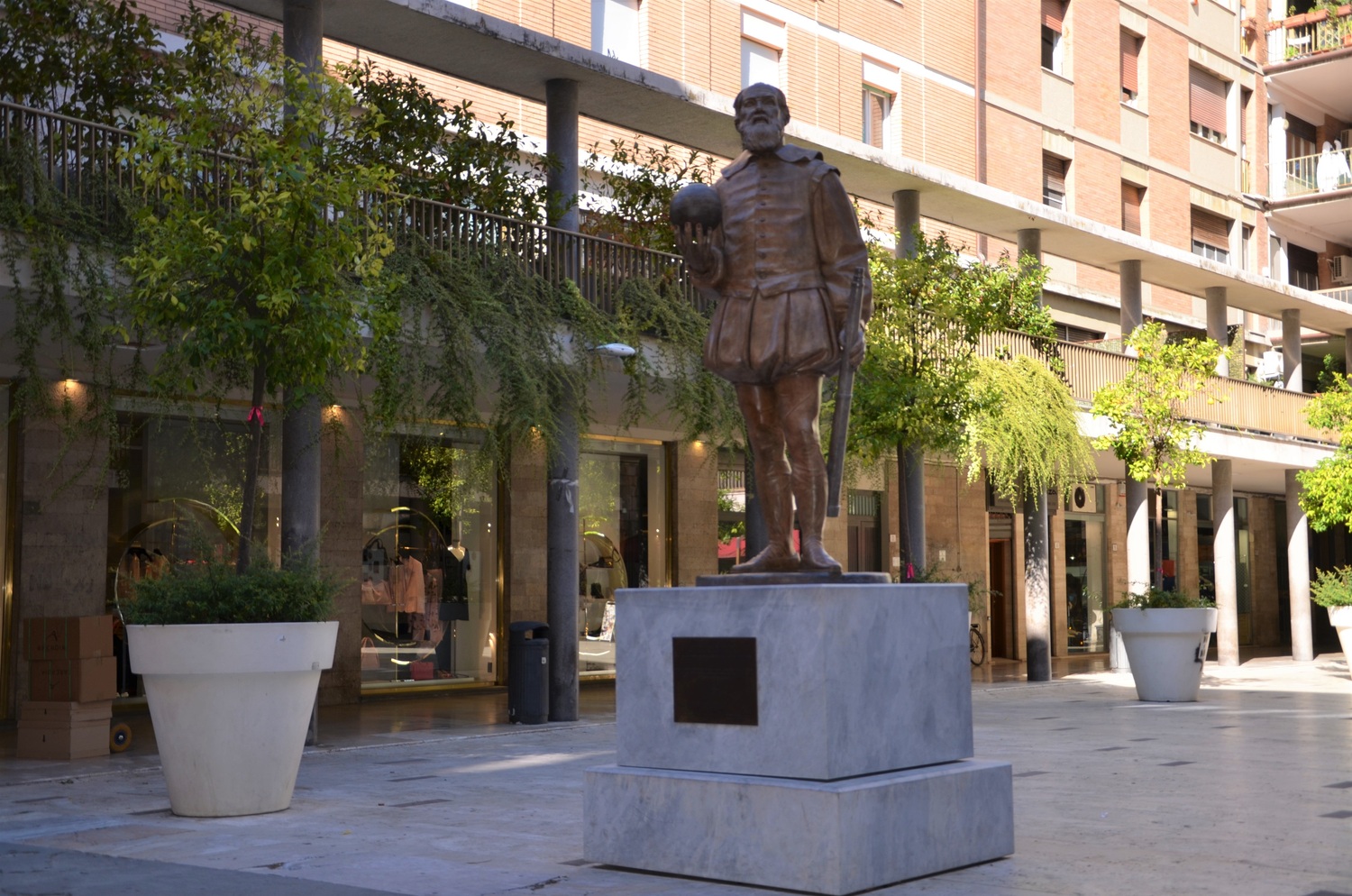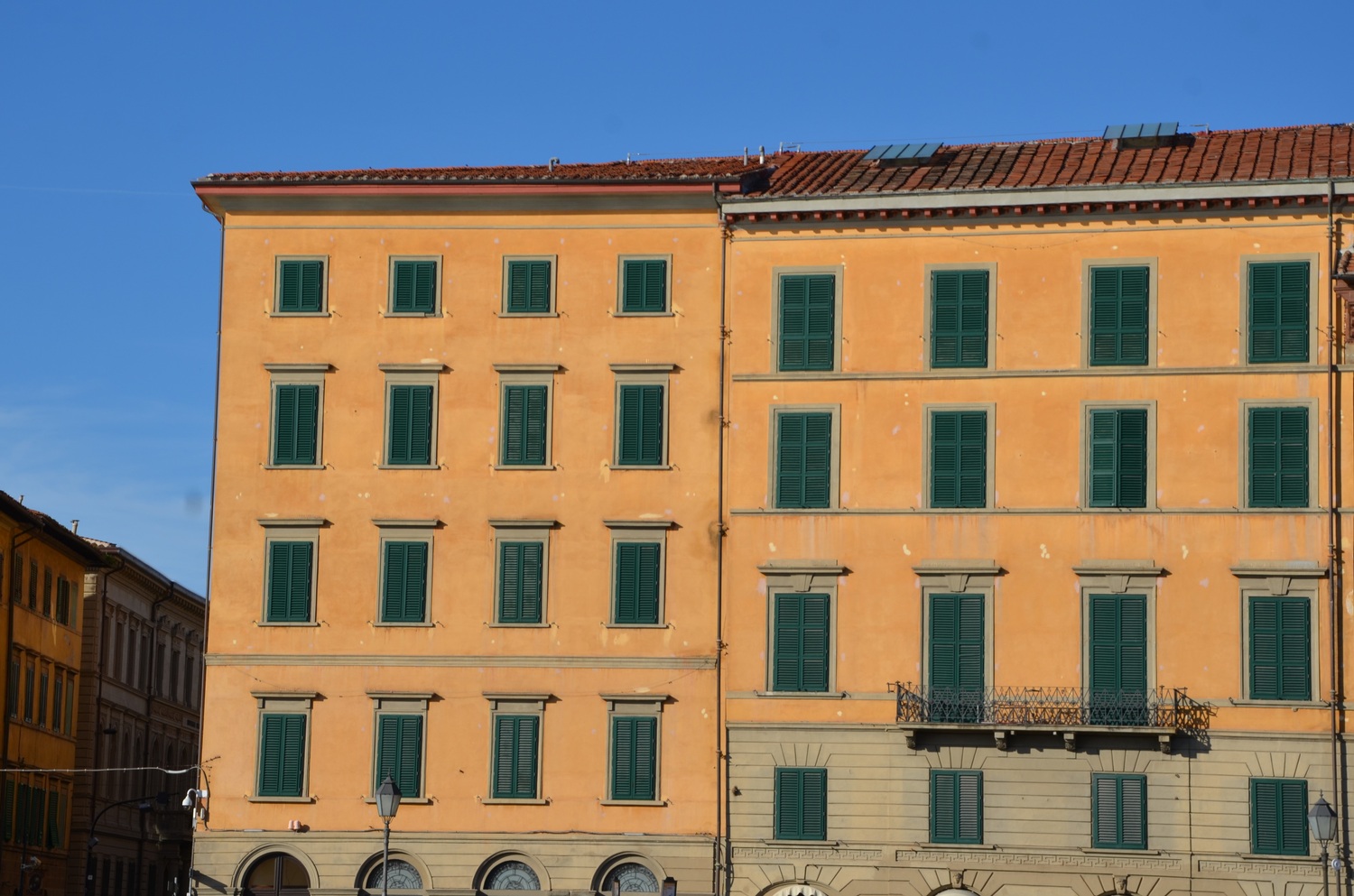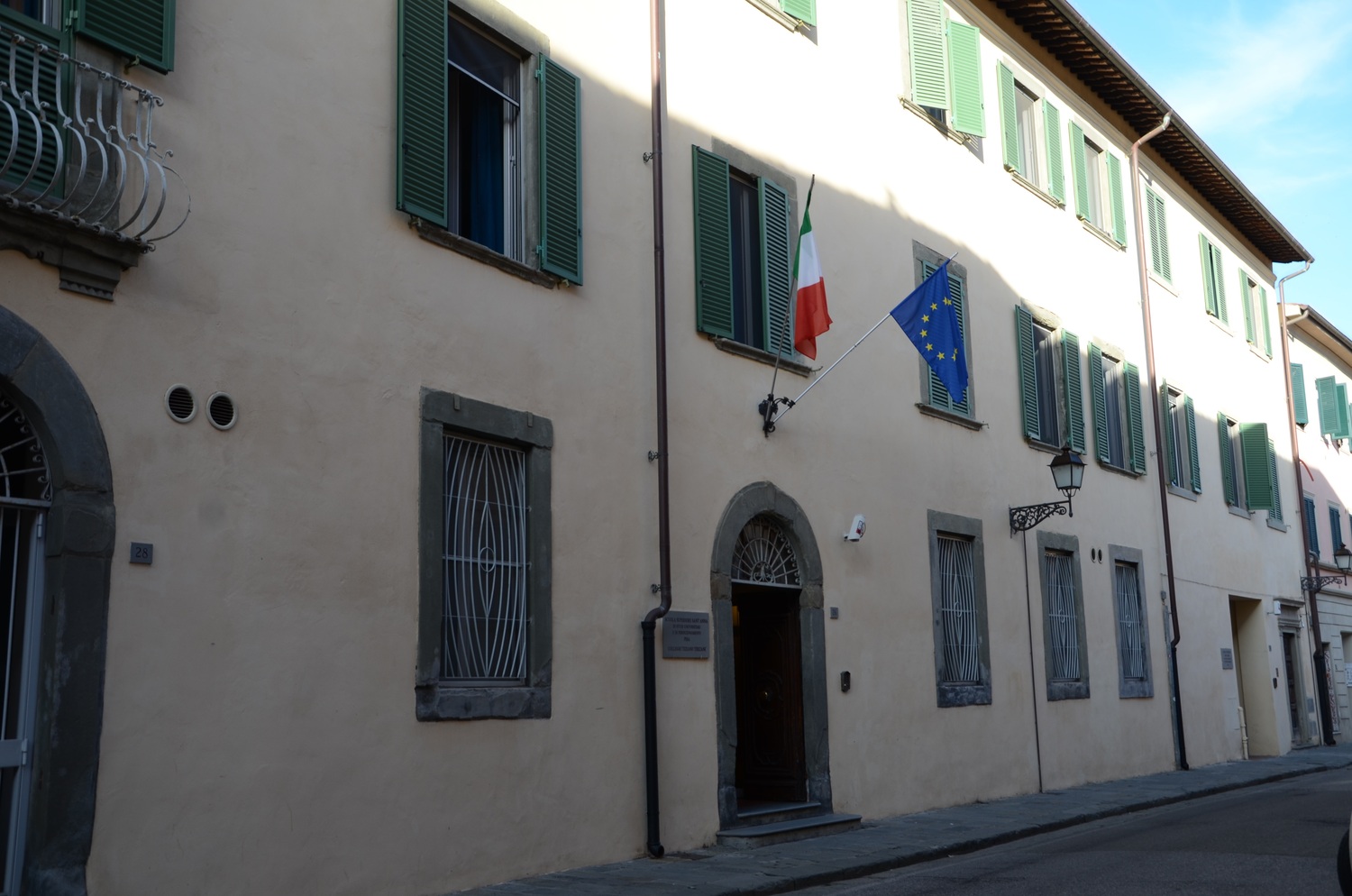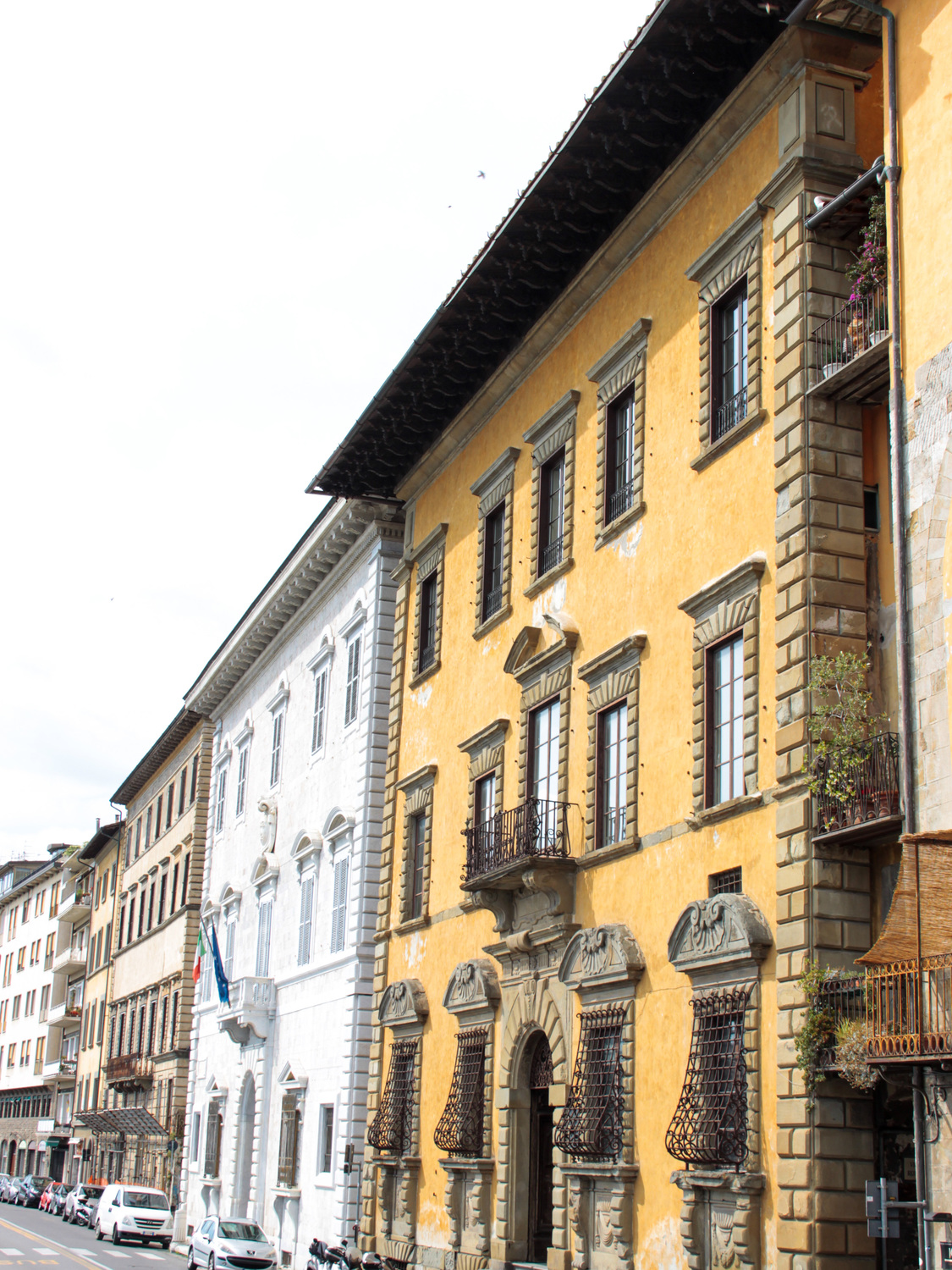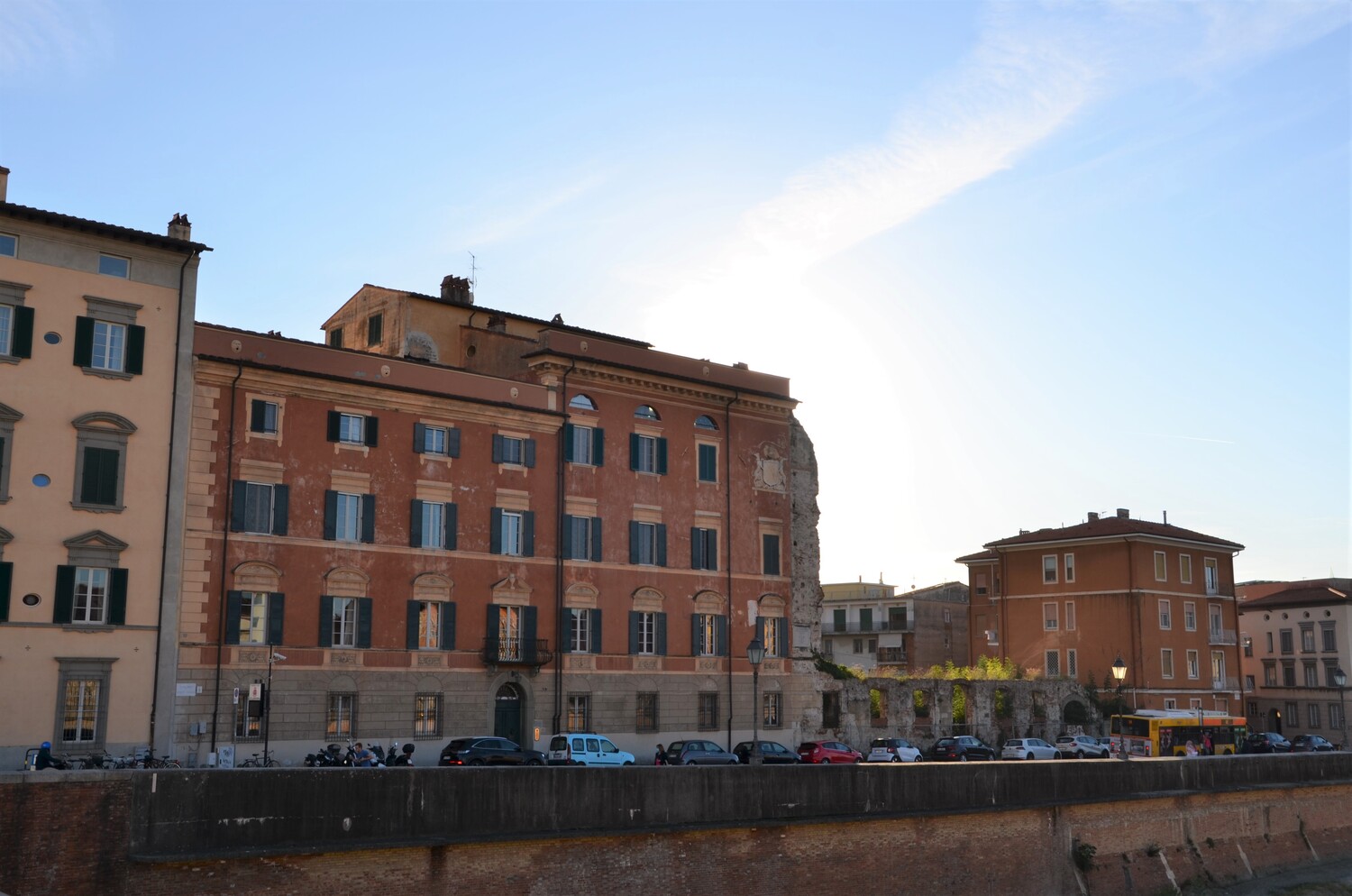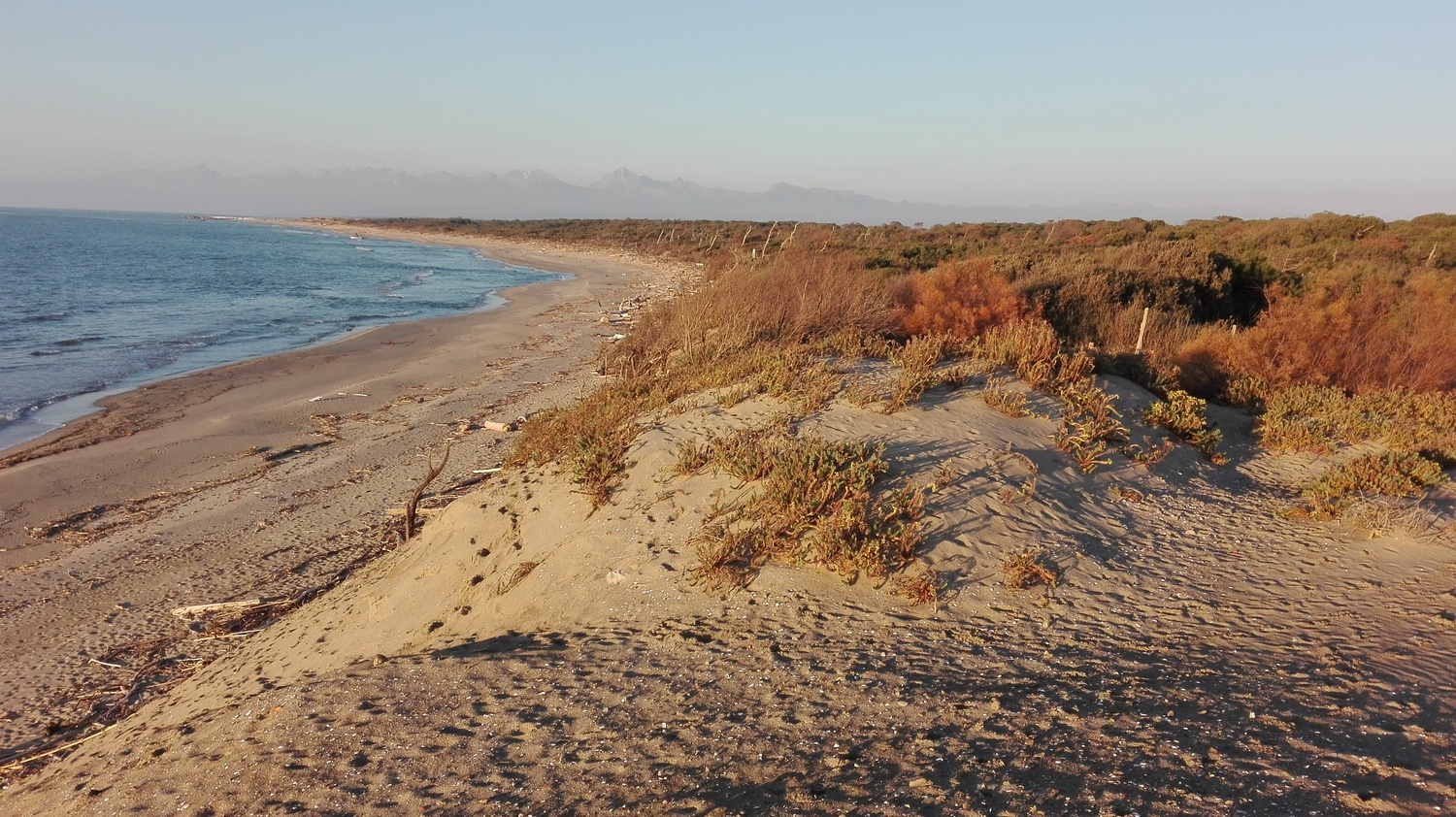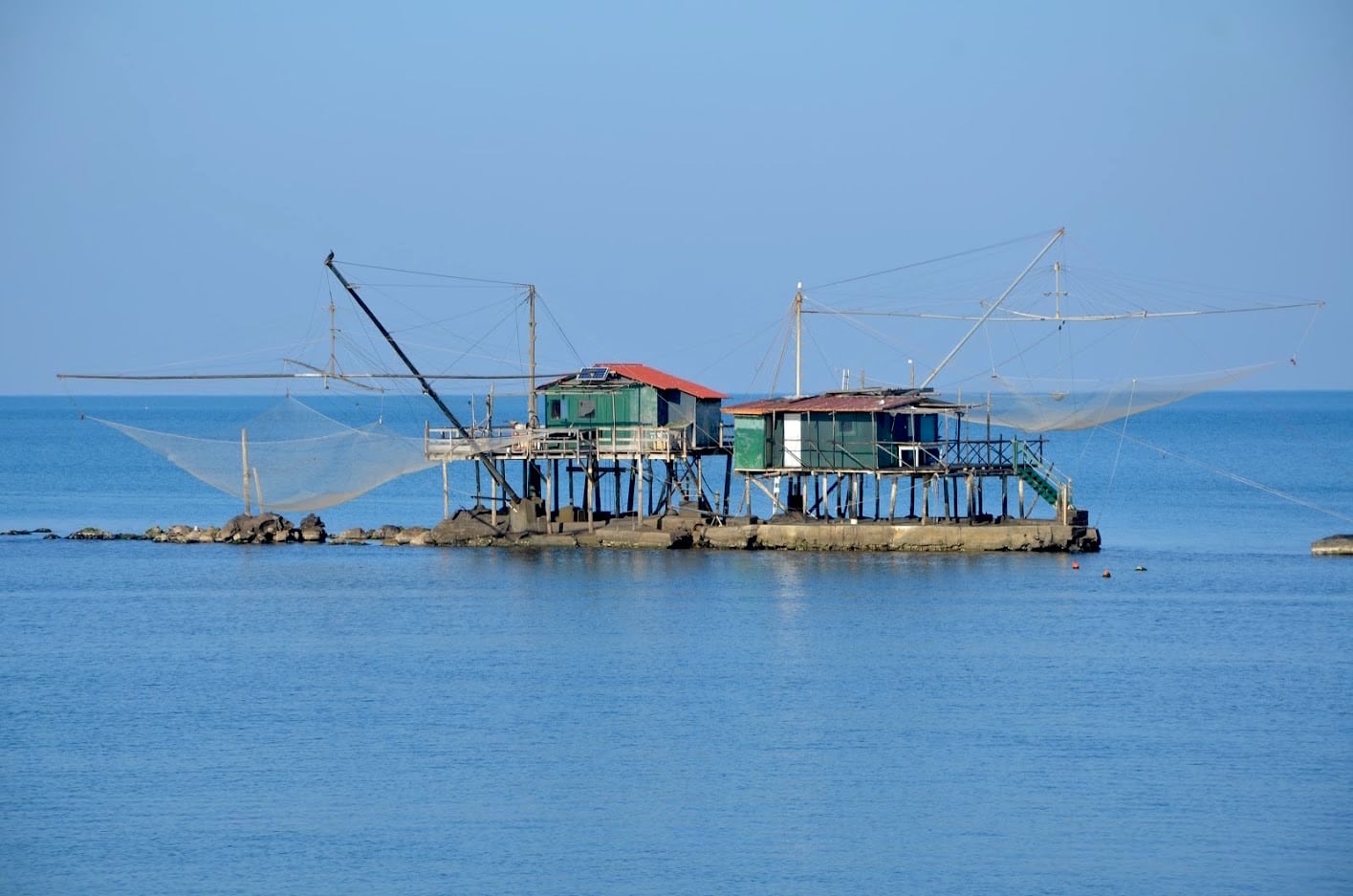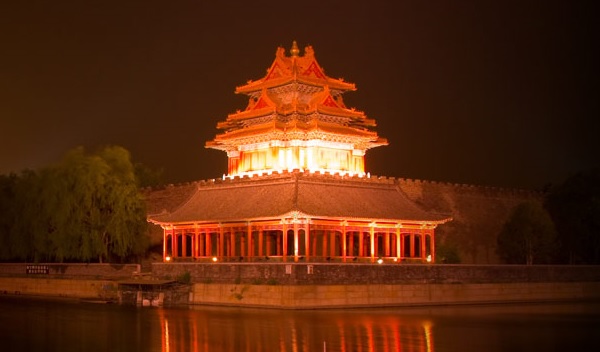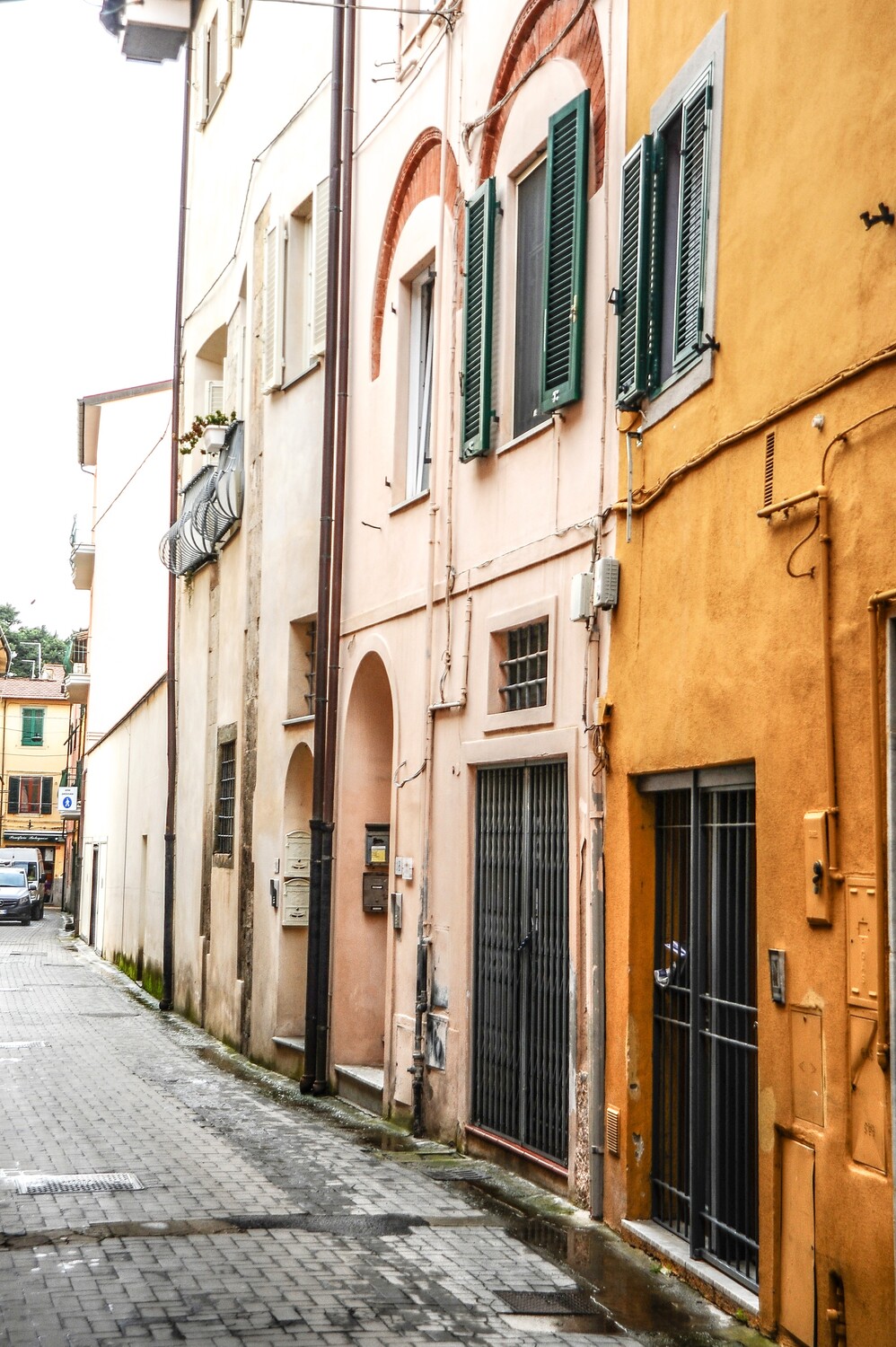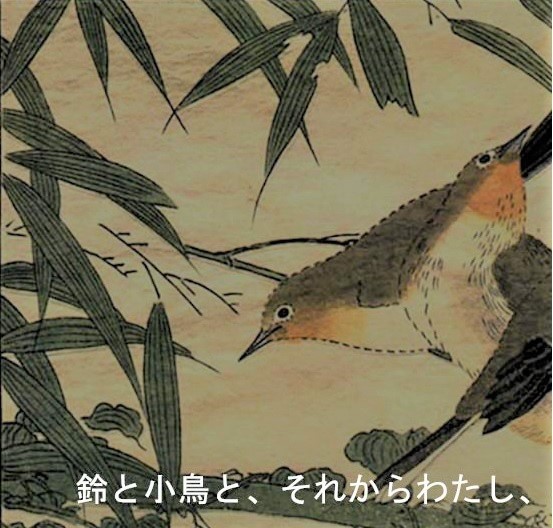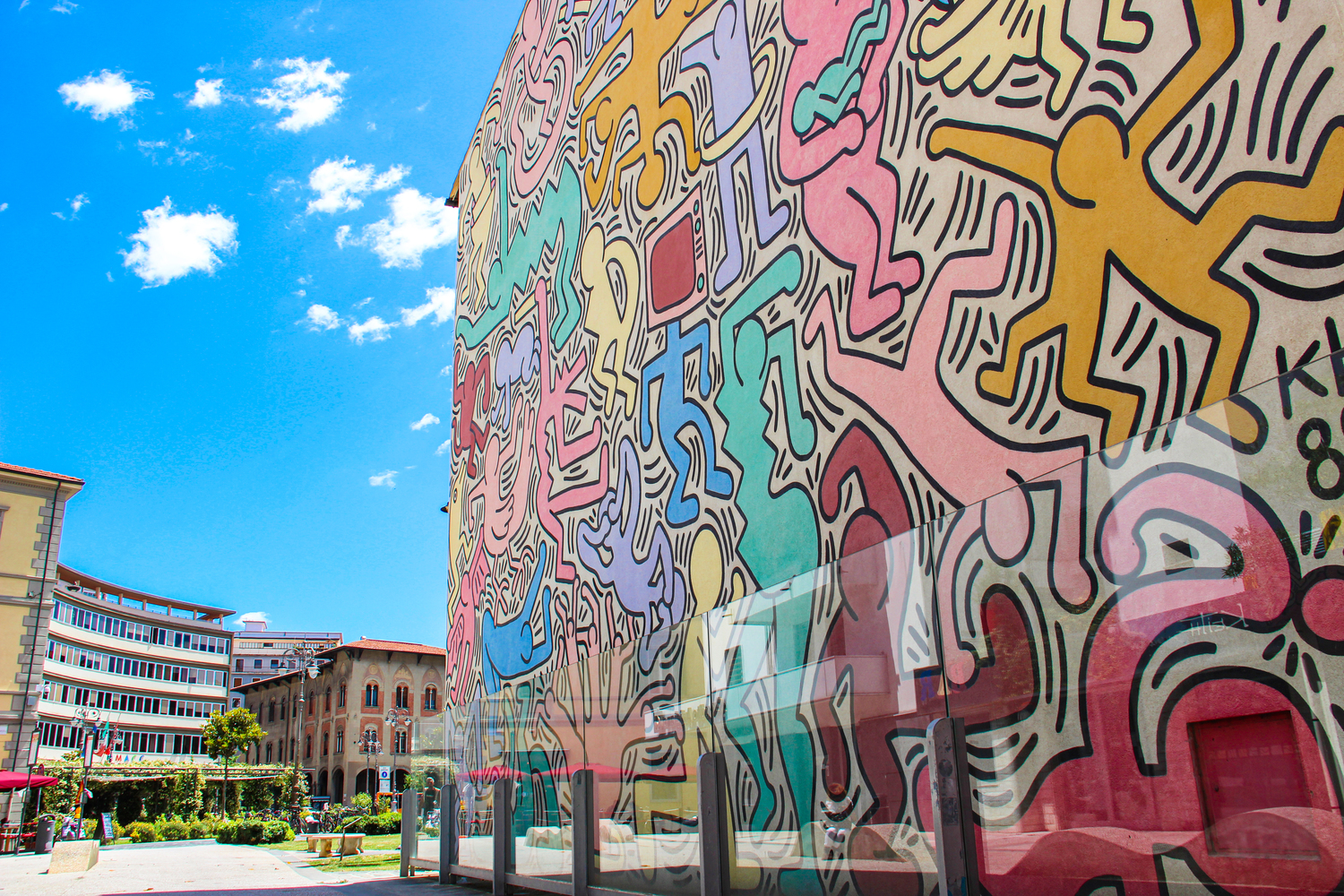Piazza dei Cavalieri
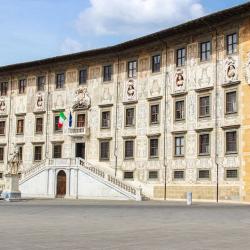
- The Palazzo dell' Orologio (Watch Palace), or of the Bonomo, was the knights' infirmary: the façade still reveals a cycle of allegorical frescoes painted by Filippo Palladini and Giovanni Stefano Marucelli and at the first level a plaque commemorates the events of Count Ugolino della Gherardesca, who was imprisoned and starved here, as per Dante's quote. The clock, originally located on the bell tower of the church of the Knights, was installed here in 1696. Today the building houses the library of the Scuola Normale Superiore (Higher Education School).
- The Palazzo della Carovana was the seat of the Palazzo degli Anziani (Building of the Elders) in the Middle Ages, consisting of nine towered structures subsequently assembled into a single palace. The Elders were judges and administrators of the Pisan Republic. Giorgio Vasari designed a graffiti decoration, where we find allegories, zodiac signs and mythological figures linked to the power of the Medici. The half busts of the Grand Dukes and the great coats of arms are the work of various artists, including Giovan Battista Foggini, Stoldo Lorenzi and Giovanni Fancelli. The term Carovana derives from the training course followed by the knights. Today it is the headquarters of the Scuola Normale Superiore (Higher Education School) of Pisa.
- The large statue of Cosimo I de’ Medici wearing the clothes of the Knights of Santo Stefano and rests his foot on a dolphin, a symbol of the sea (a reference to the domination over what was once the Pisan Maritime Republic), was sculpted by Pietro Francavilla between 1594 and 1596. The statue rests on a pedestal and faces a fountain, known as the fountain of the hunchback, due to the curious shape of the half-bust from which the water pours out.
- The church of Santo Stefano dei Cavalieri was built starting in 1565 on a project by Vasari and took the place of the ancient church of San Sebastiano alle Fabbriche Maggiori (11th century). The façade was finished in the seventeenth century, while the lateral bodies were added only in 1934. The bell tower was erected in 1572 by Giovanni Fancelli. The single-chamber interior displays numerous trophies of the naval battles of the Medici fleet, fragments of boats and flags from the battle of Lepanto, including the one that was waving from the mast of the ship of Mehmet Alì Pascià. The monochromes on the walls narrate the life of the Saint, while the small Pulpit by Chiarissimo Fancelli (1627) is the one that was placed in the Cathedral to replace the Pulpit by Giovanni Pisano, following the 1595 fire. Among the works of great prestige is The Stoning of Santo Stefano by Giorgio Vasari of 1571 and the Nativity of Christ by Bronzino of 1564 (in the left nave). In addition, there are the military episodes of the Order depicted in the paintings of the wooden ceiling created by Bartolomeo Atticciati, by artists of the calibre of Cigoli and Jacopo Ligozzi. The altar by Foggini frames the urn that preserves the relics of Santo Stefano. The reliquary bust of San Lussorio, by Donatello, is now in the National Museum of San Matteo.
- The Palazzo della Canonica dei Cavalieri sacerdoti (The Presbitery of the Knight Priests) hides a large porch overlooking vegetable and flower gardens separated by high walls just like in the Middle Ages.
- The Palazzo del Consiglio dei Dodici (Palace of the Council of Twelve), built by Pietro Francavilla, was once the seat of the Chancellery of the Republic, and later the court of the Order. Inside there are documents and memorabilia related to the Order, as well as a beautiful cycle of frescoes by Pietro Paolo Lippi and Antonio Giusti, dated 1680-1682, and located in the Audience Hall. The wooden ceiling of the hall is embellished with works by Ventura Salimbeni and recent restoration works have brought to light an Assumption of Mary by the Ghirlandaio school.
- The square is closed by the Collegio Puteano, founded in 1605 by archbishop Antonio dal Pozzo to host some Biellese students at the University of Pisa and the small church of San Rocco, built in the 16th century over the medieval church of San Pietro in Cortevecchia (mentioned since 1028).
Cit. La bocca sollevò dal fiero pasto
quel peccator, forbendola a' capelli
del capo ch'elli avea di retro guasto.
(…)
Tu dei saper ch’i’ fui conte Ugolino,
e questi è l’arcivescovo Ruggieri:
or ti dirò perché i son tal vicino.
Che per l’effetto de’ suo’ mai pensieri,
fidandomi di lui, io fossi preso
e poscia morto, dir non è mestieri;
però quel che non puoi avere inteso,
cioè come la morte mia fu cruda,
udirai, e saprai s’e’ m’ ha offeso.
Breve pertugio dentro da la Muda,
la qual per me ha ’l titol de la fame,
e che conviene ancor ch’altrui si chiuda,
(…)
Quand’ebbe detto ciò, con li occhi torti
riprese ’l teschio misero co’ denti,
che furo a l’osso, come d’un can, forti.
Ahi Pisa, vituperio de le genti
del bel paese là dove 'l sì suona,
poi che i vicini a te punir son lenti,
muovasi la Capraia e la Gorgona,
e faccian siepe ad Arno in su la foce,
sì ch’elli annieghi in te ogne persona!
Che se ’l conte Ugolino aveva voce
d’aver tradita te de le castella,
non dovei tu i figli suoi porre a tal croce.
Dante Alighieri, La Divina Commedia, Inferno, canto XXXIII
- L’amica geniale (My brilliant friend) (7th episode, II season of the TV series, 2019). Lenù, one of the protagonists, studies at the Scuola Normale Superiore, whose main office is located here, in the Palazzo della Carovana: some scenes were shot in this square and inside the palace.
- Ora o mai più (Now or Never) (2003) directed by Lucio Pellegrini, screenplay by Pisan Roan Johnson, with Violante Placido, Elio Germano, and Riccardo Scamarcio. The film is largely shot in Pisa, the protagonists are university students who go from the occupation of a social centre to parties, debates, and finally end up at the G8 in Genoa. In a scene in Piazza dei Miracoli, a banner unfolds from the top of the tower of Pisa, a symbol of this student’s struggle, with the words: This is straight, it is the world that is warped.

